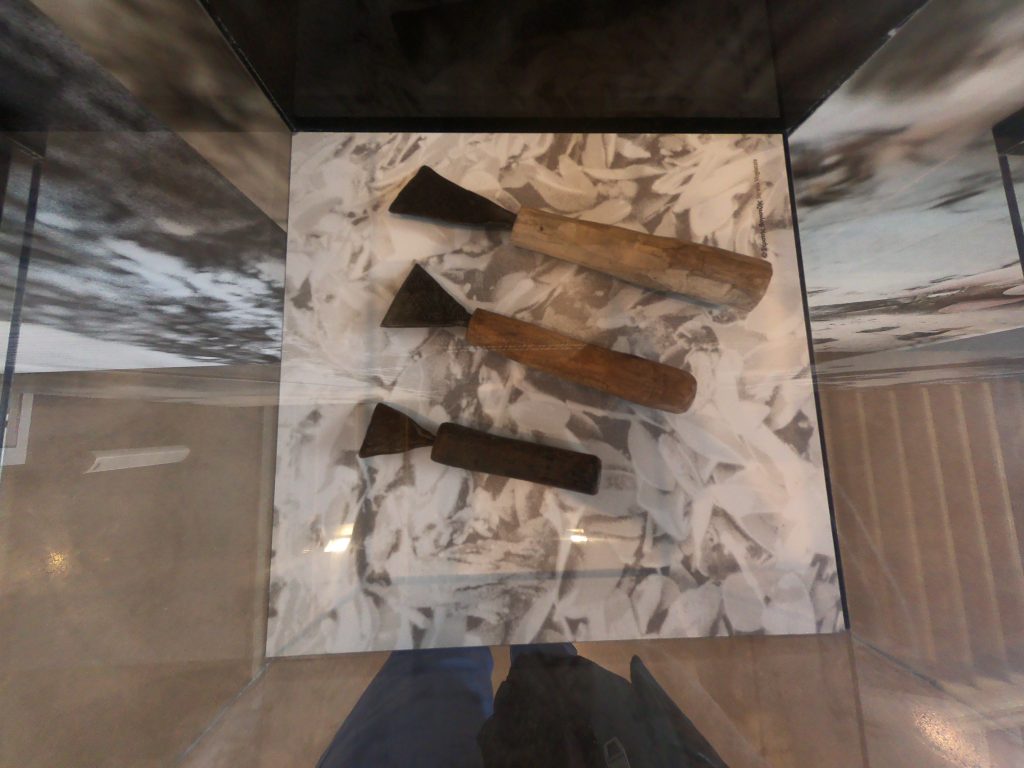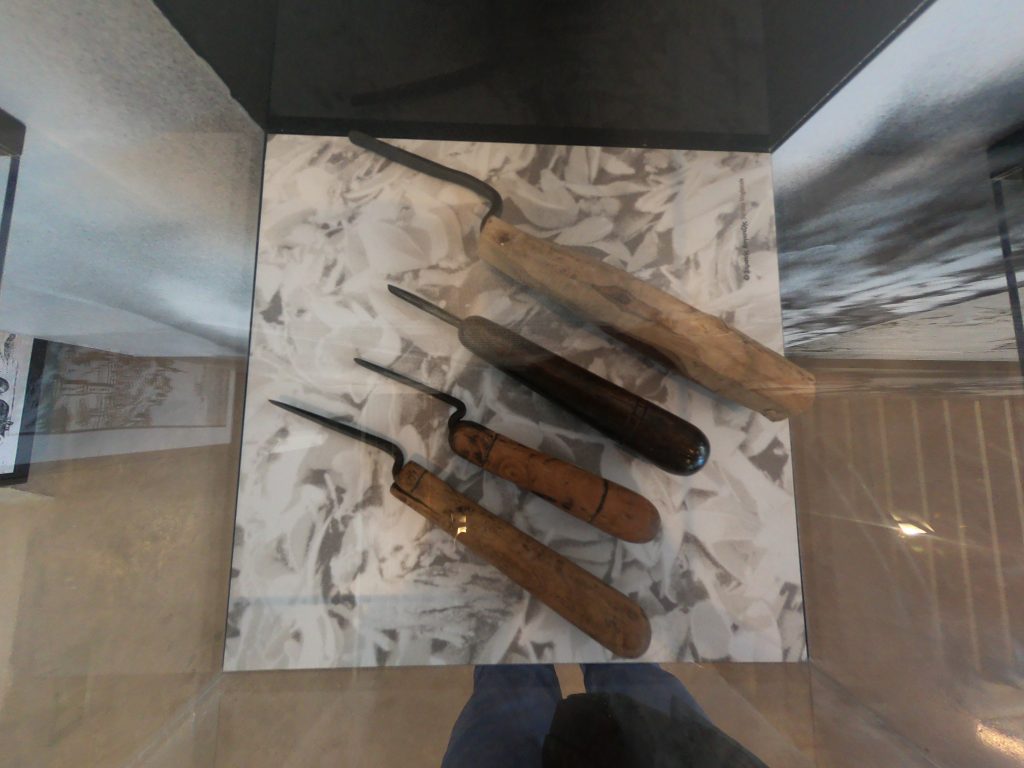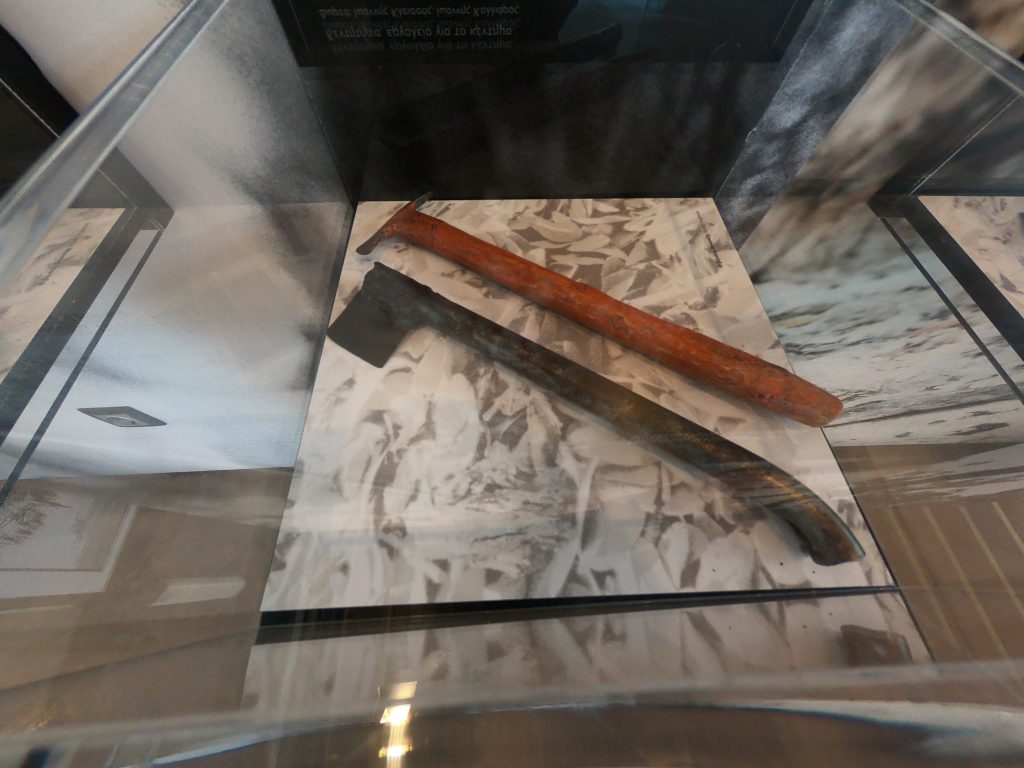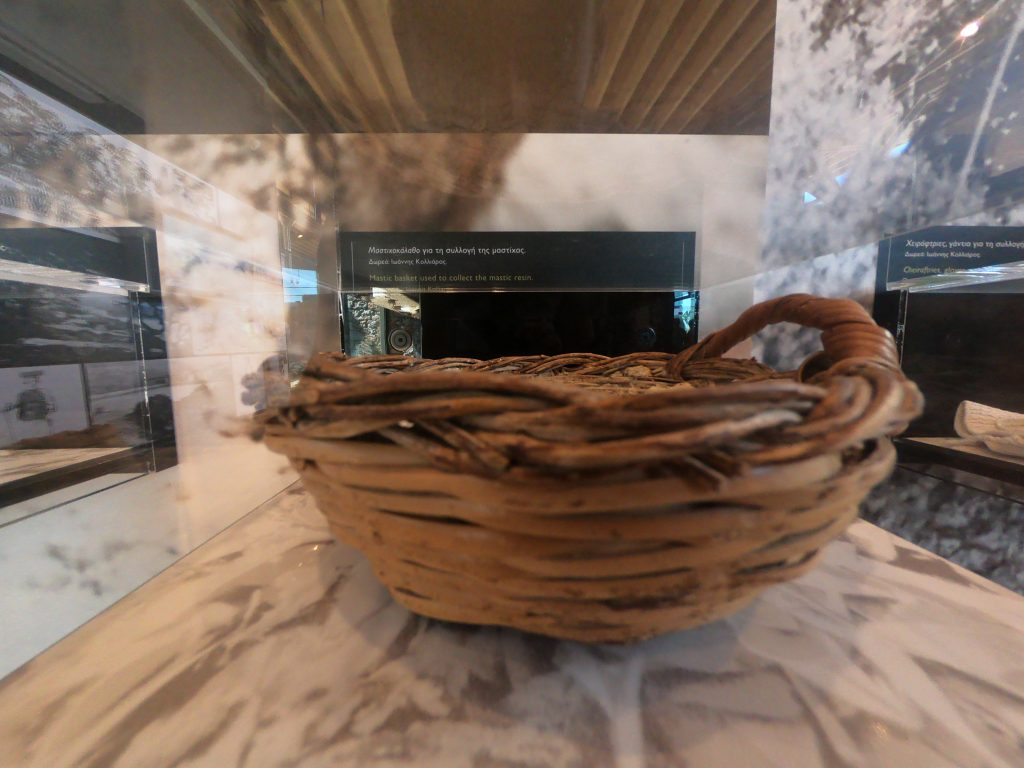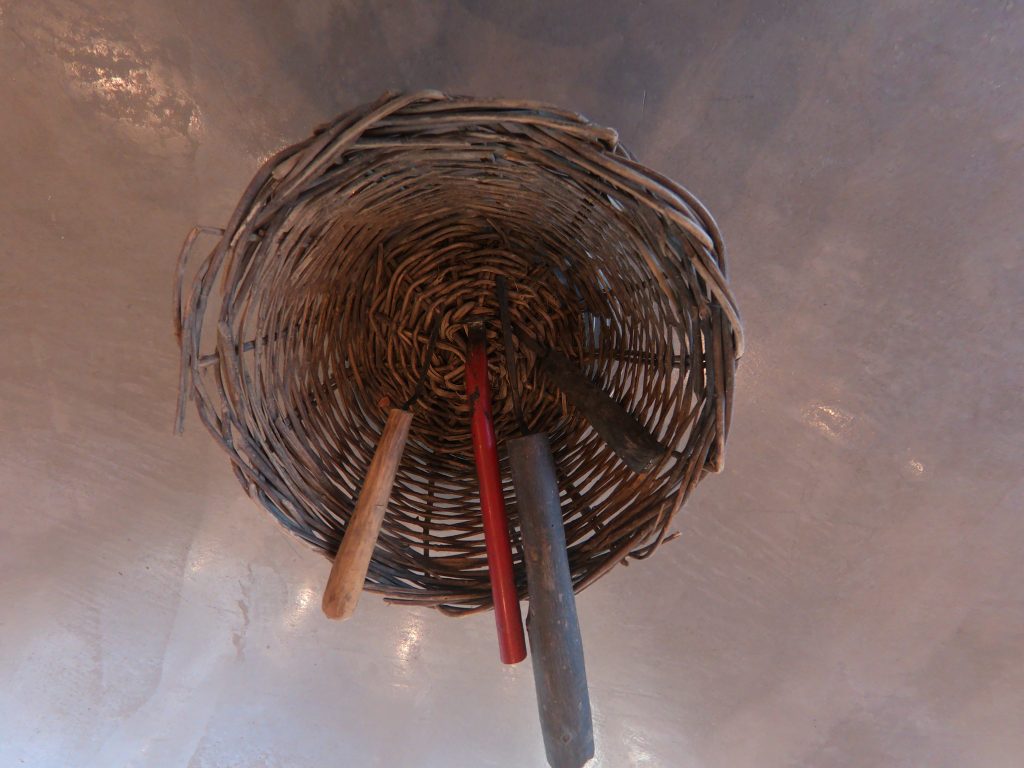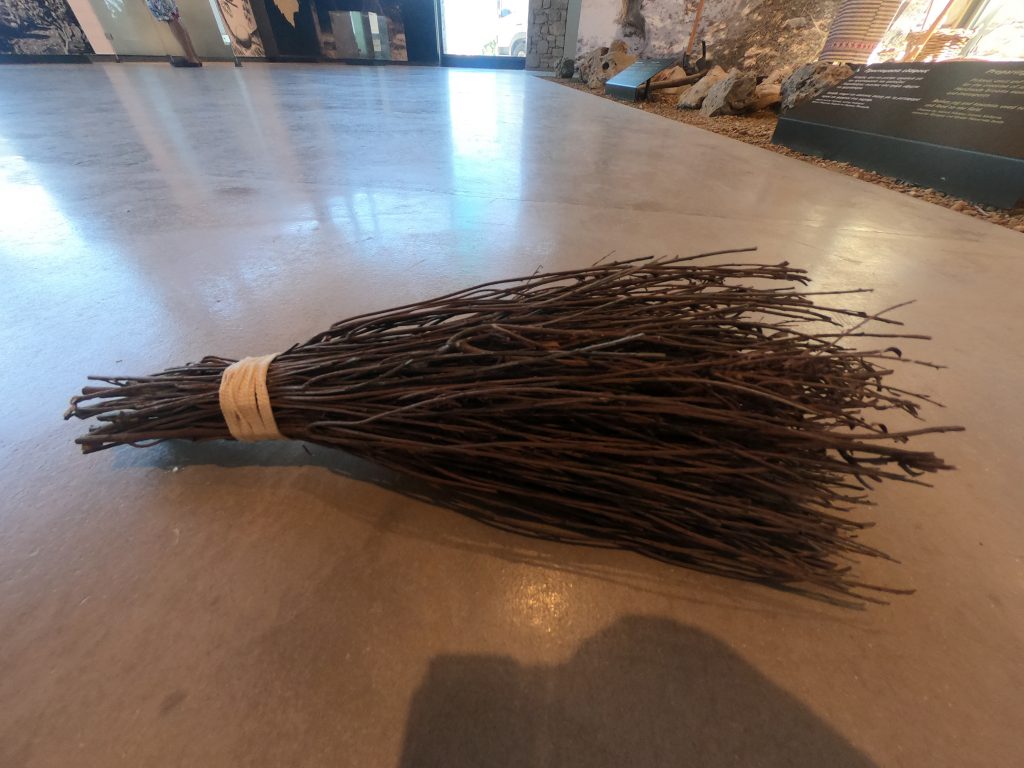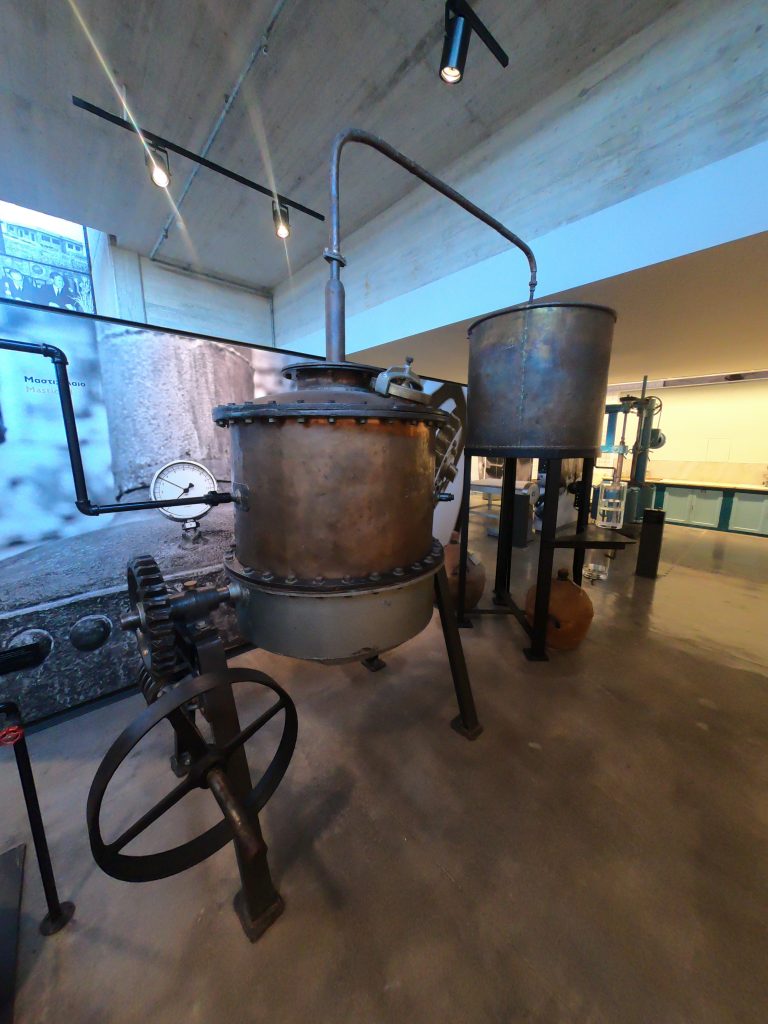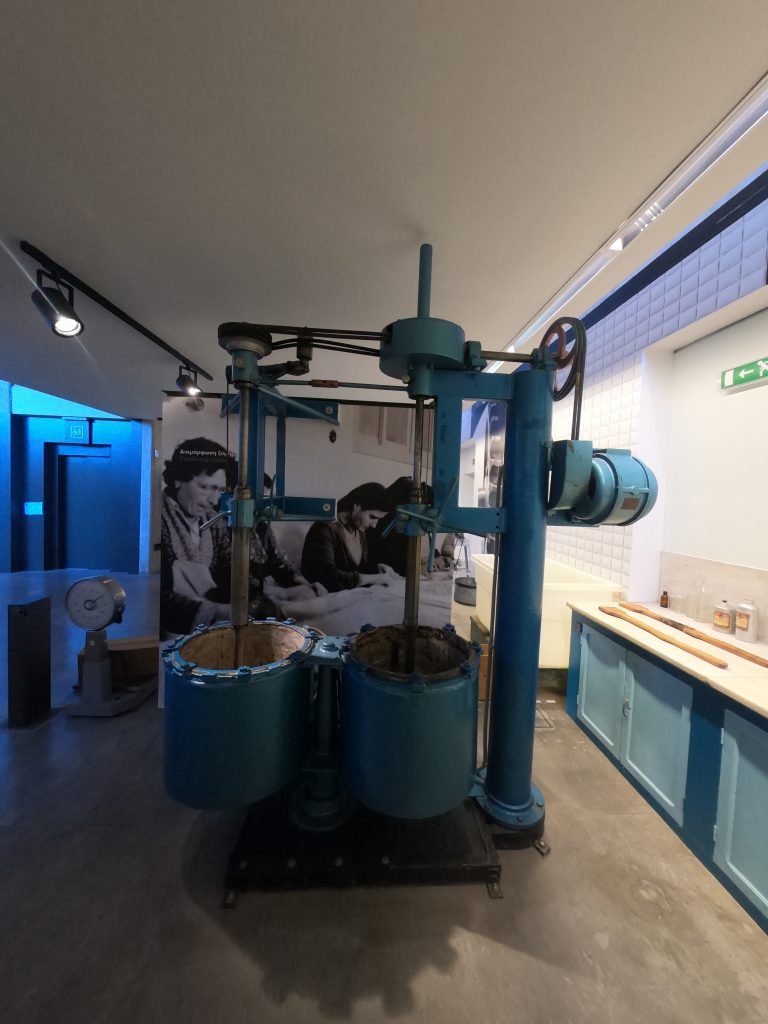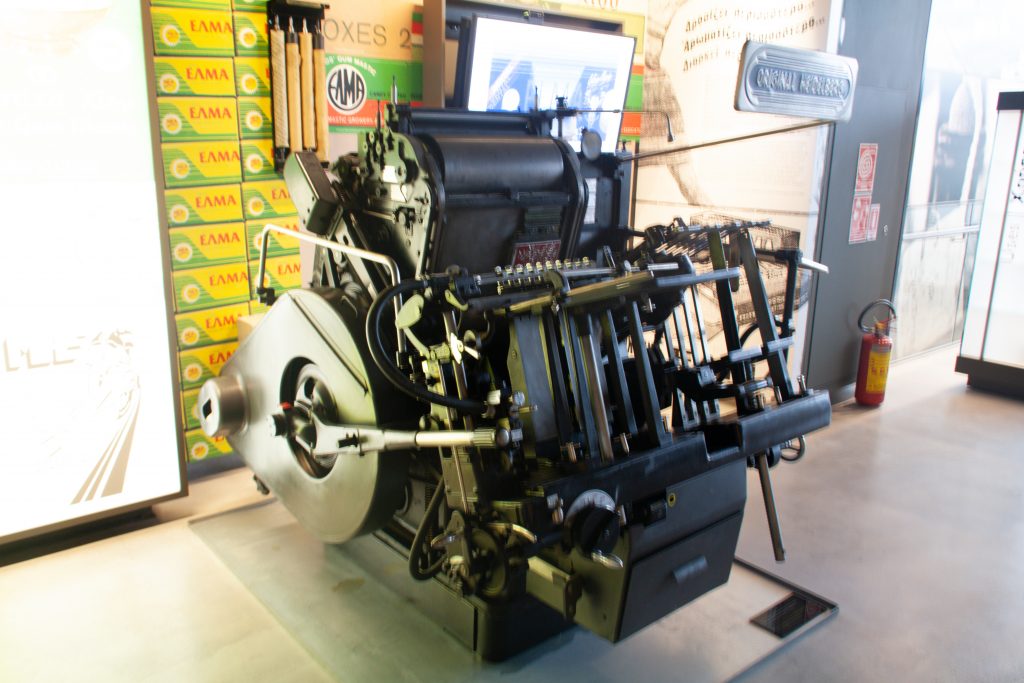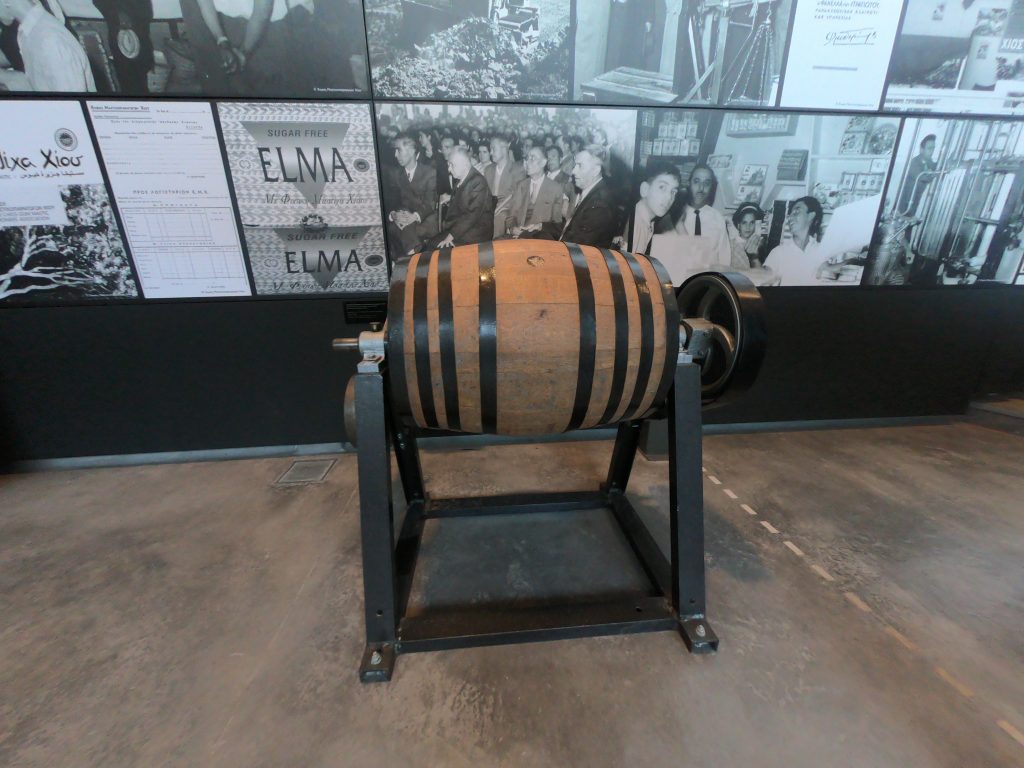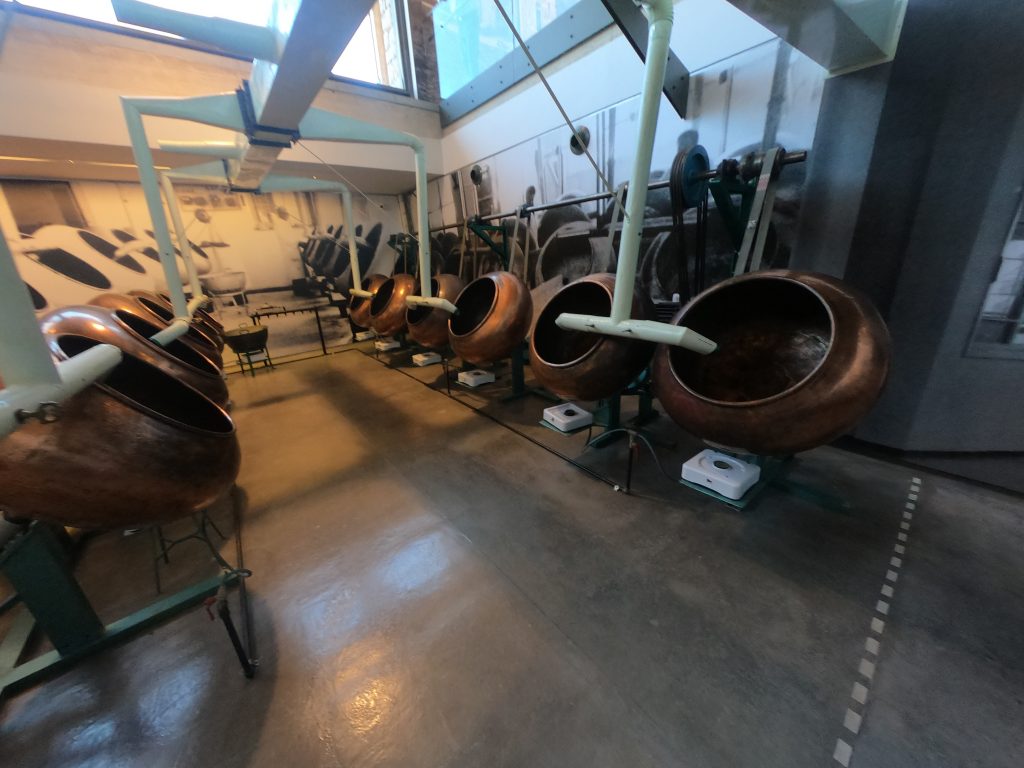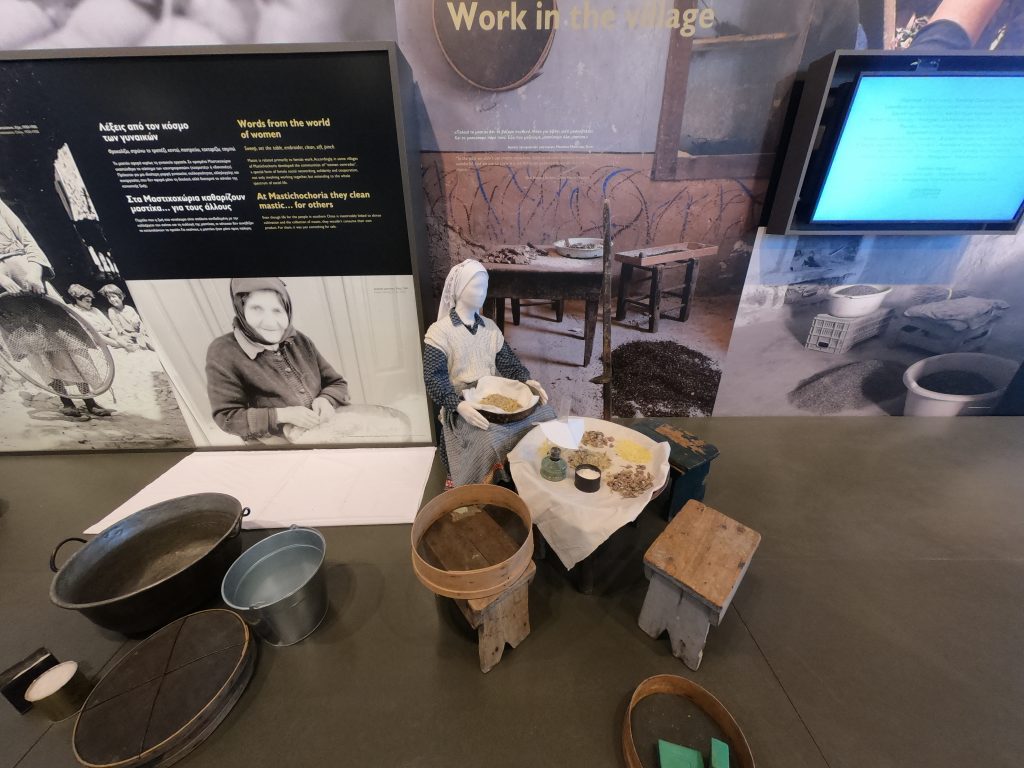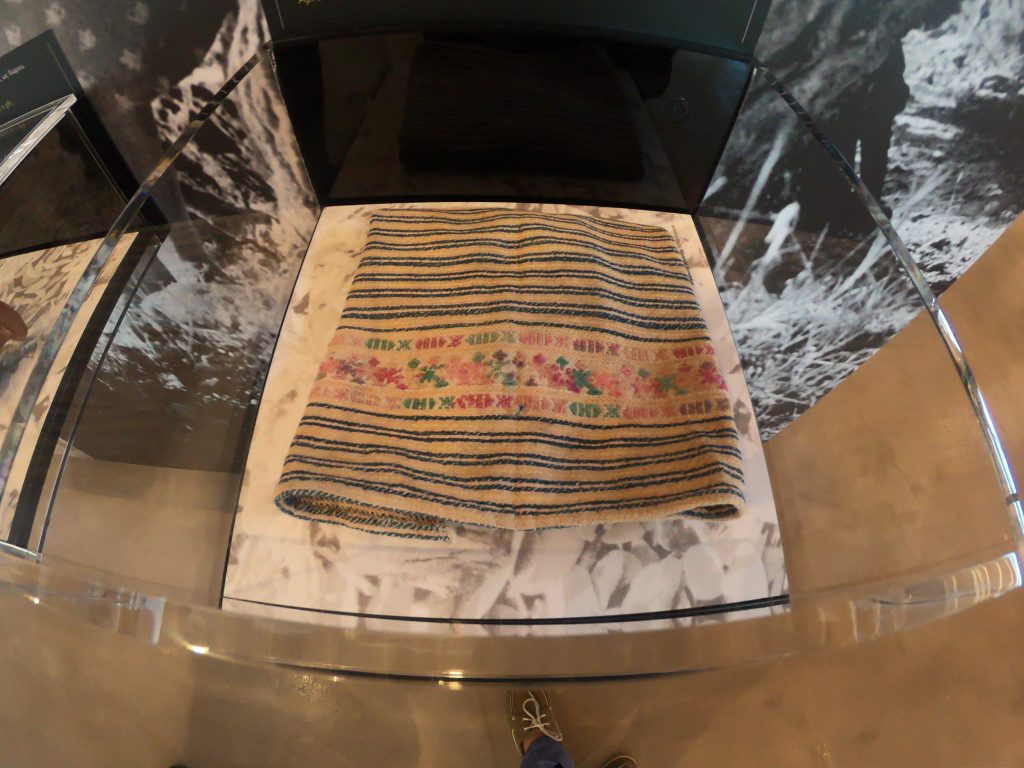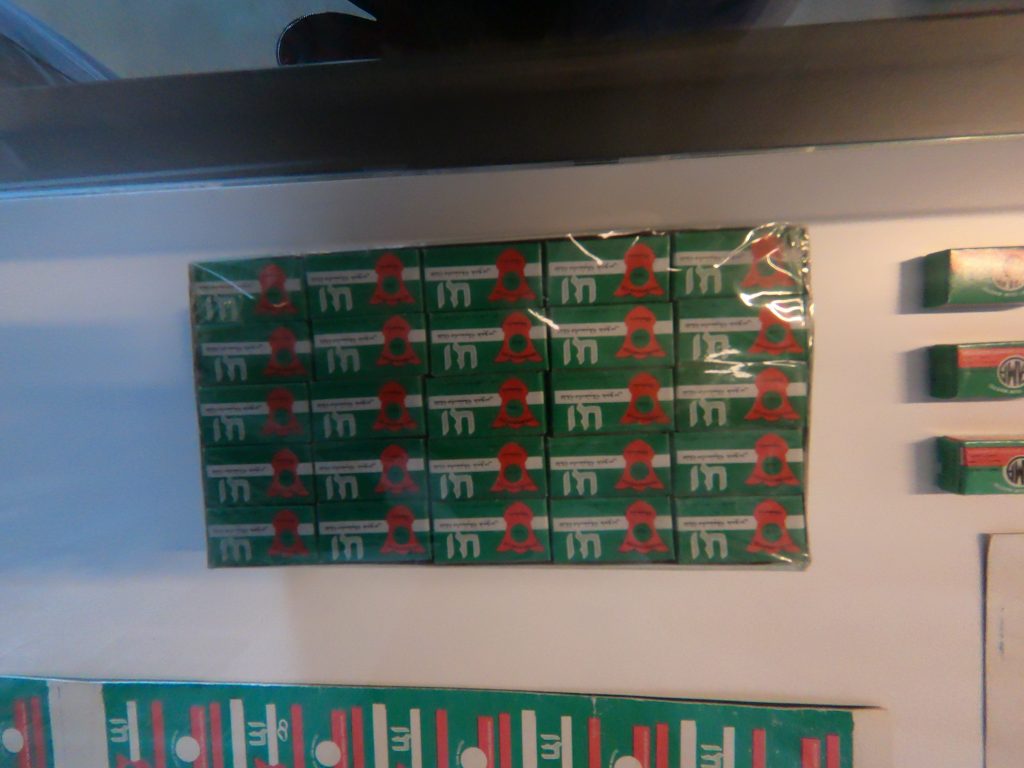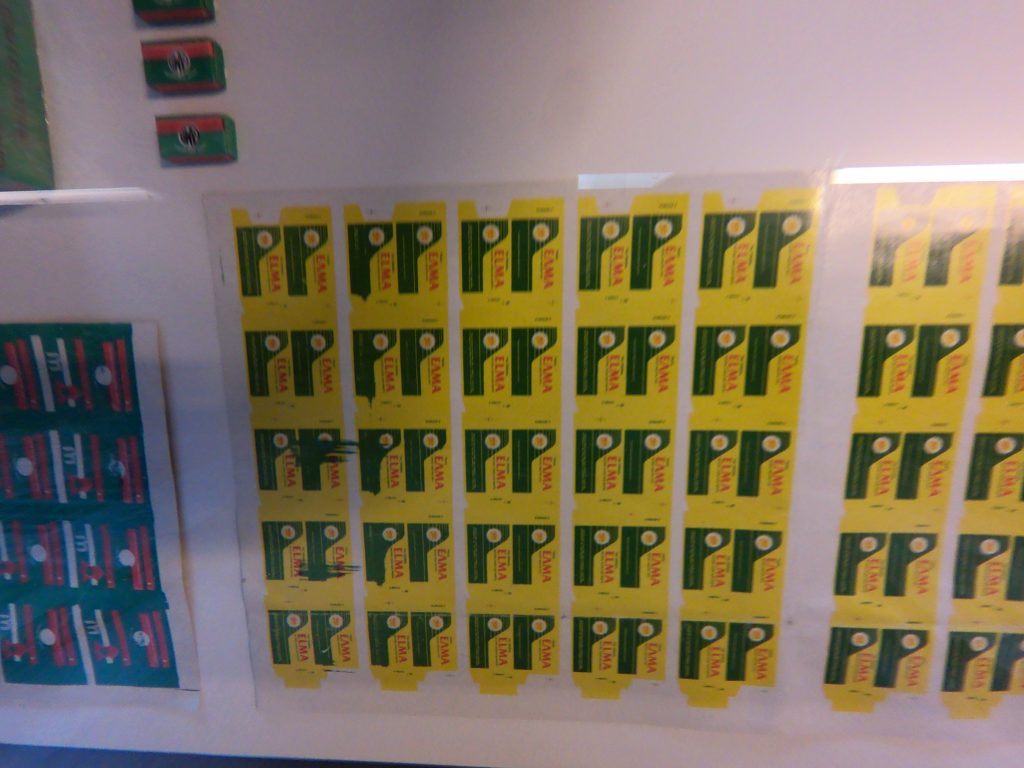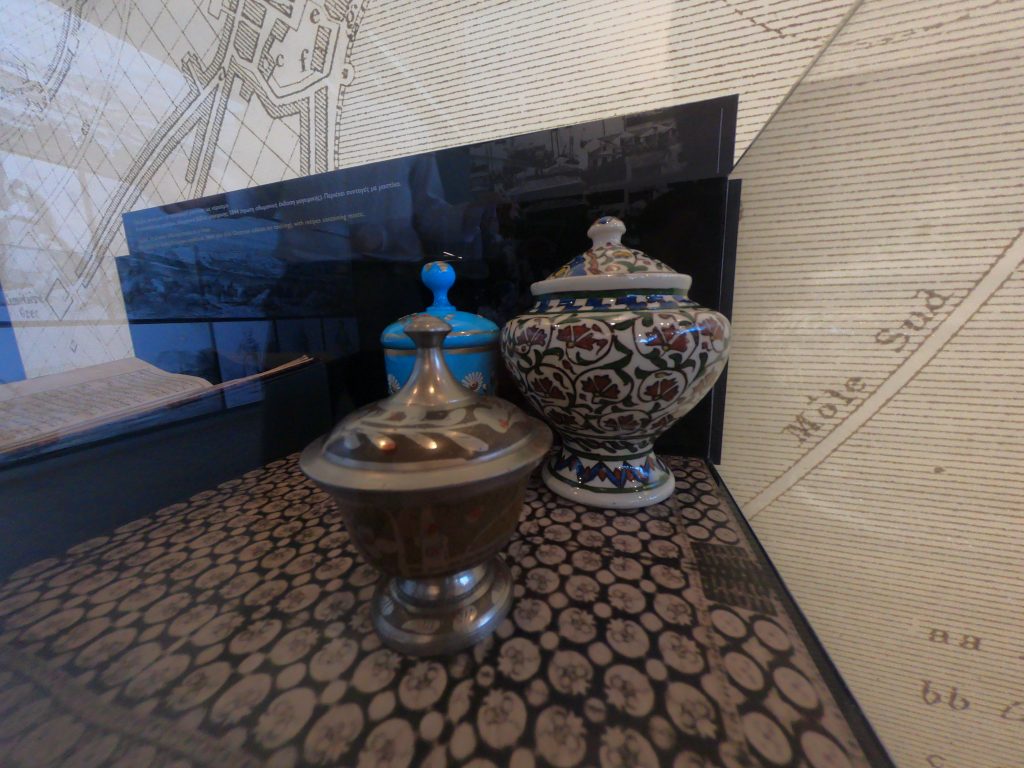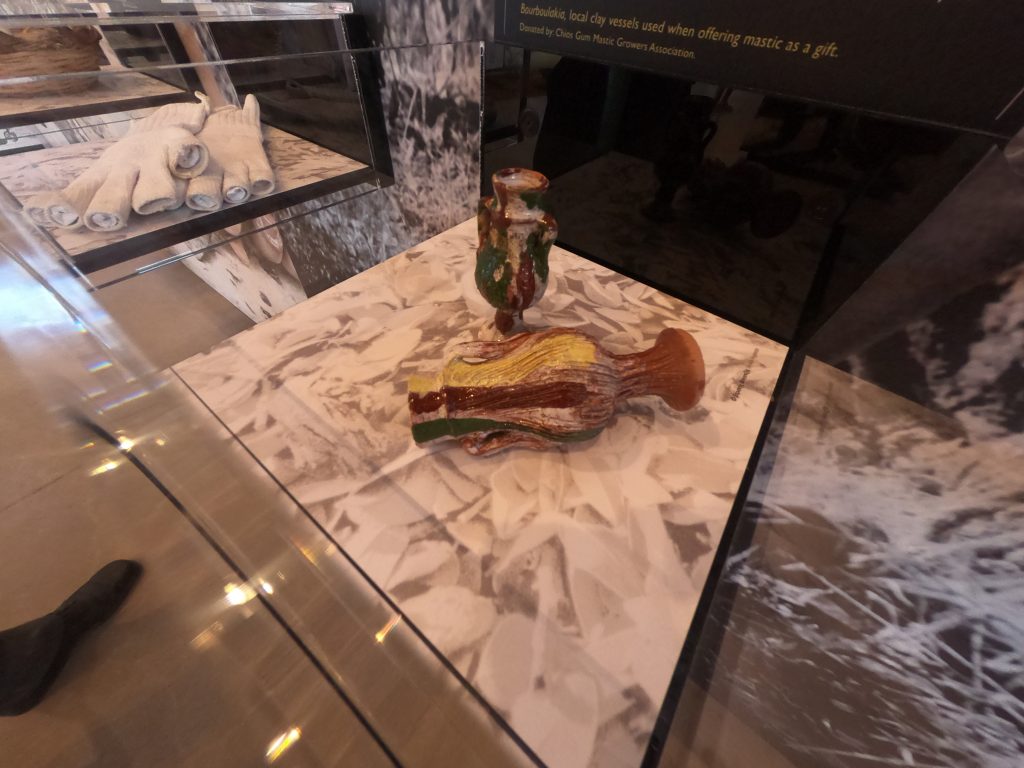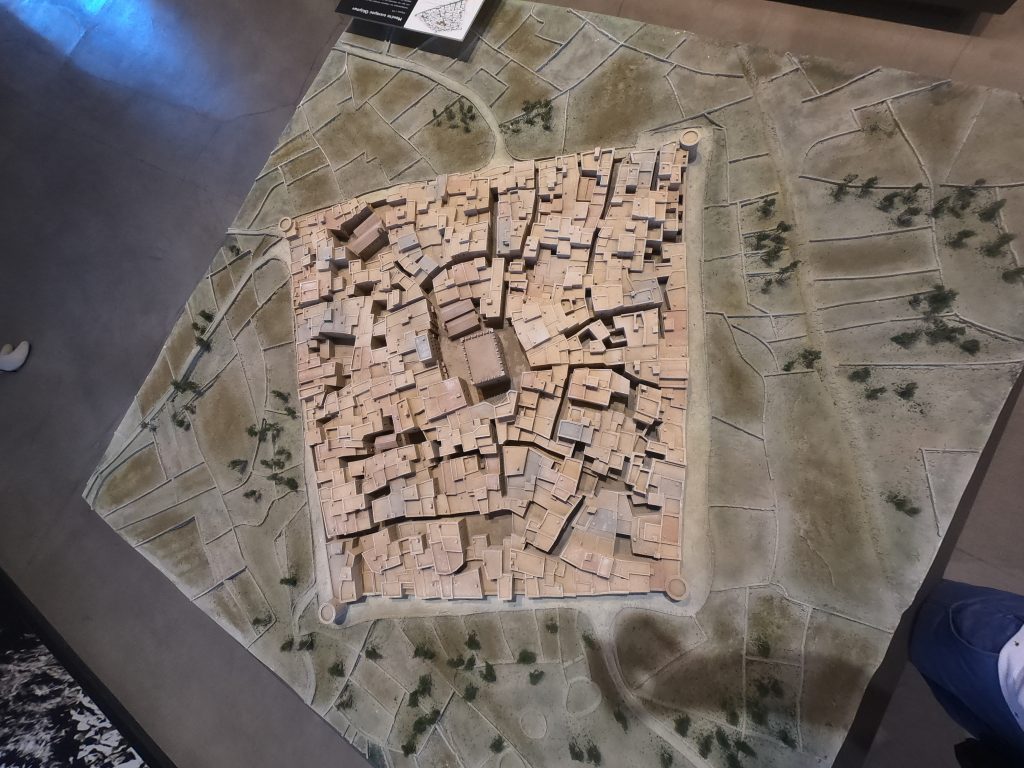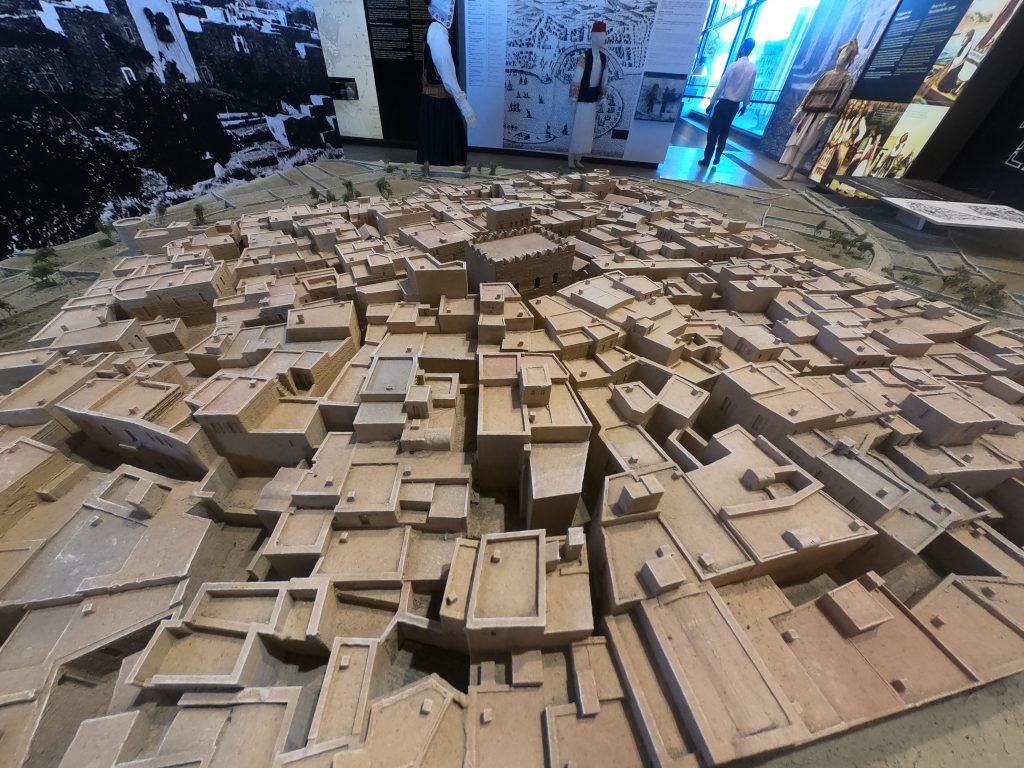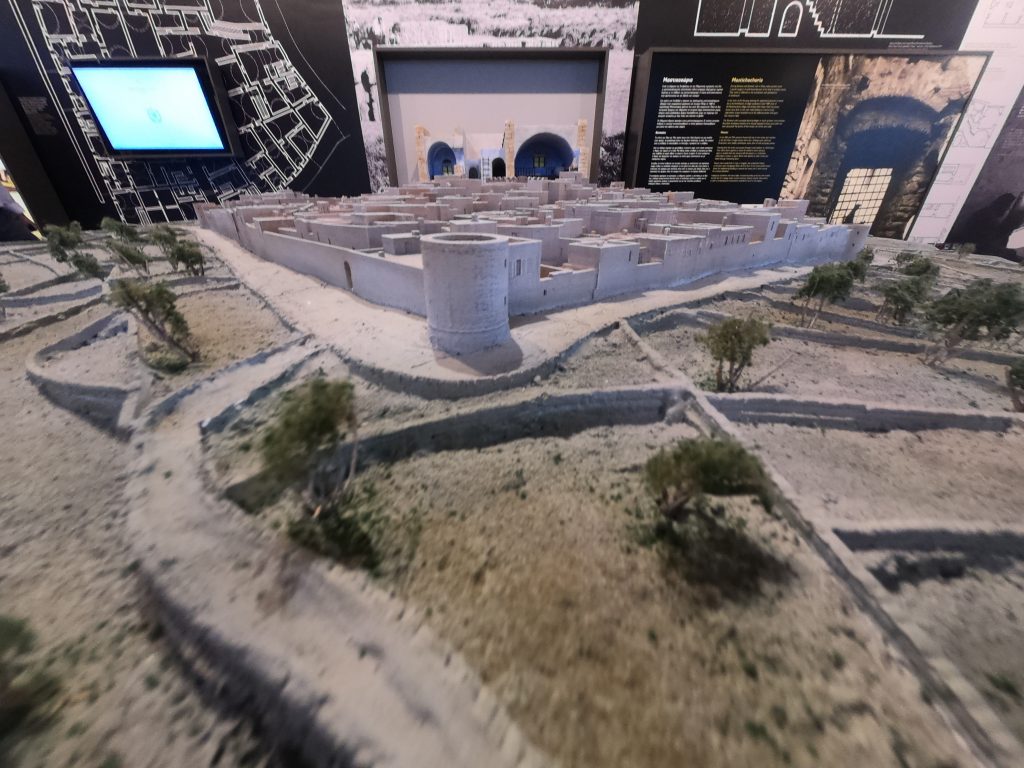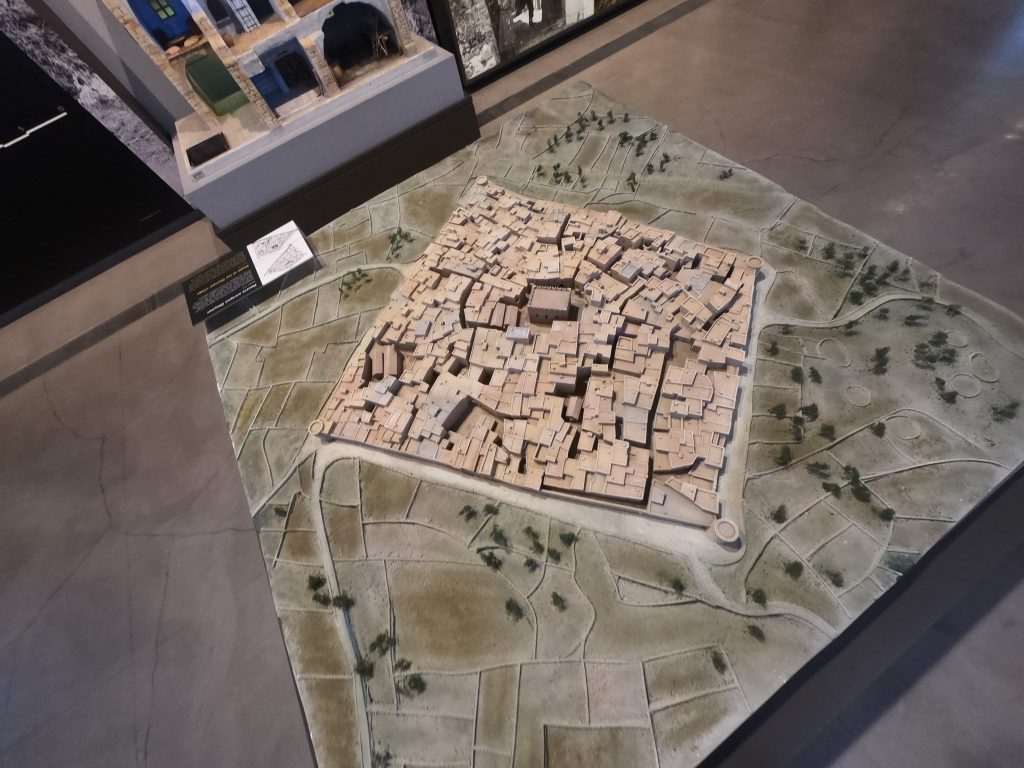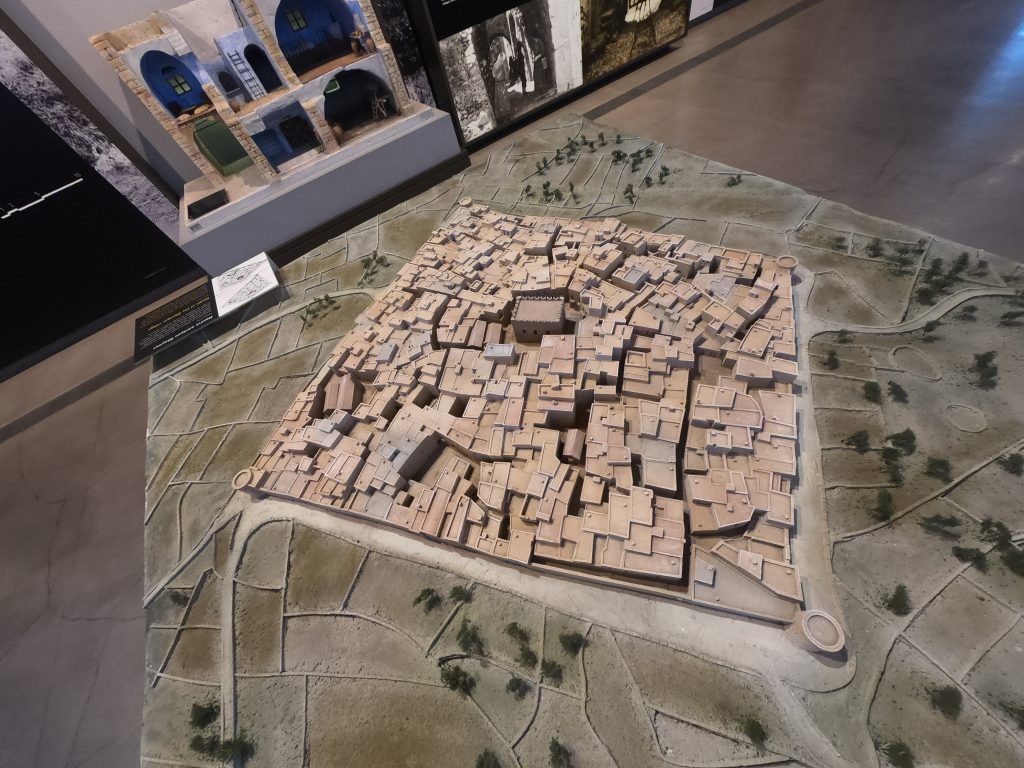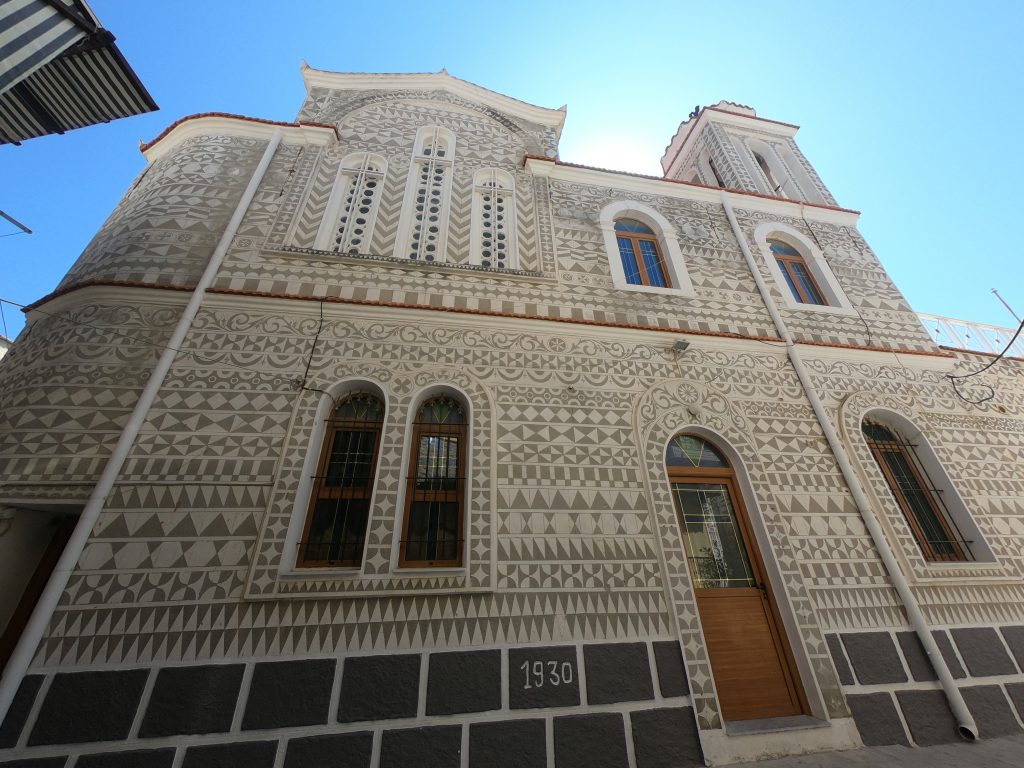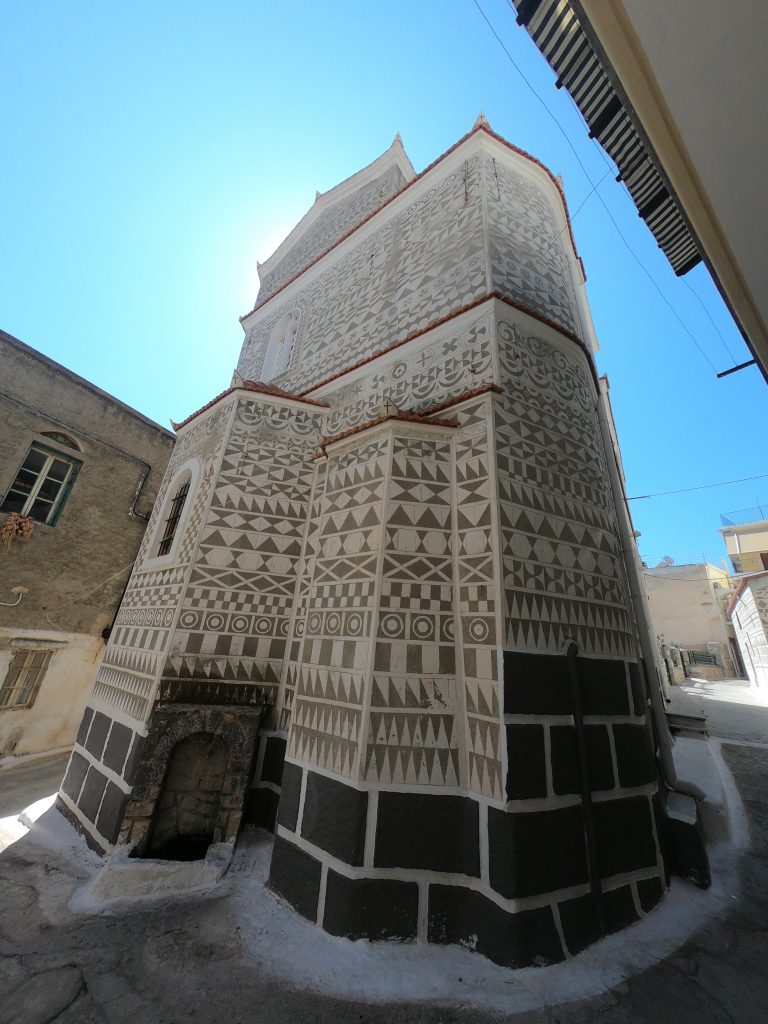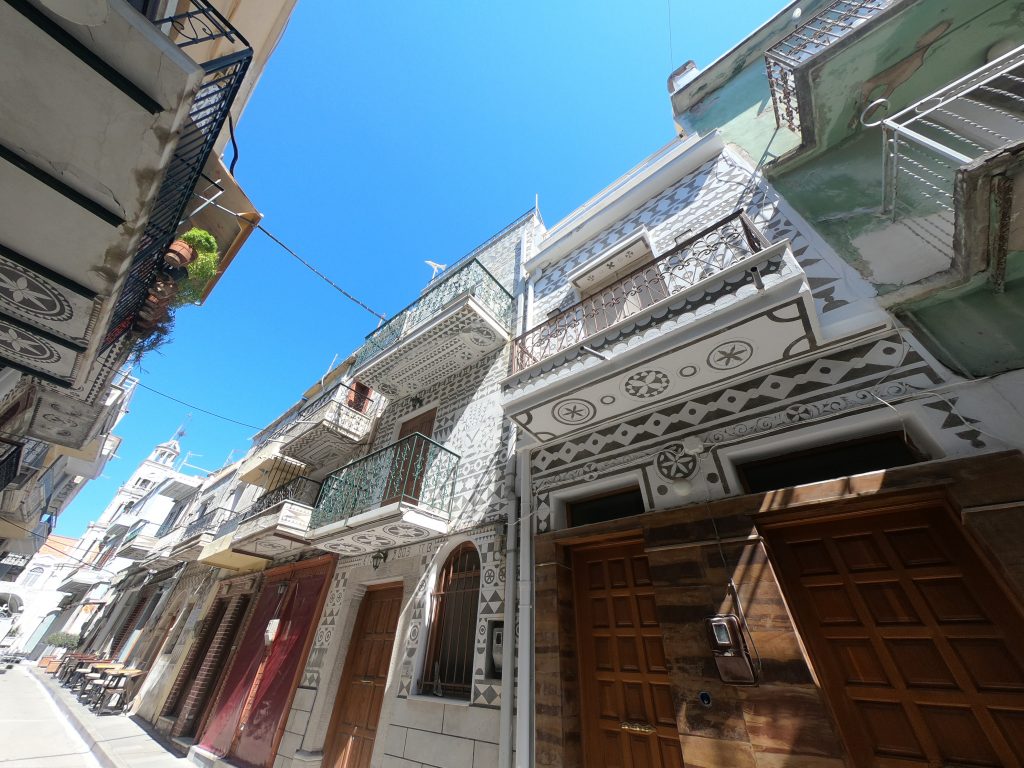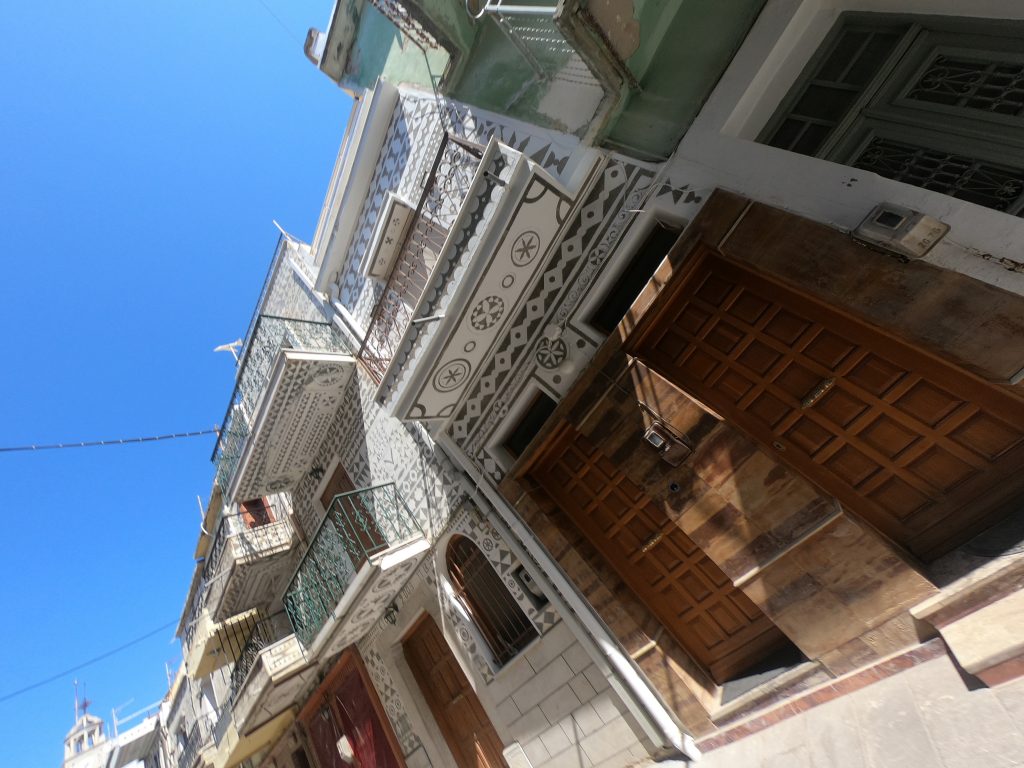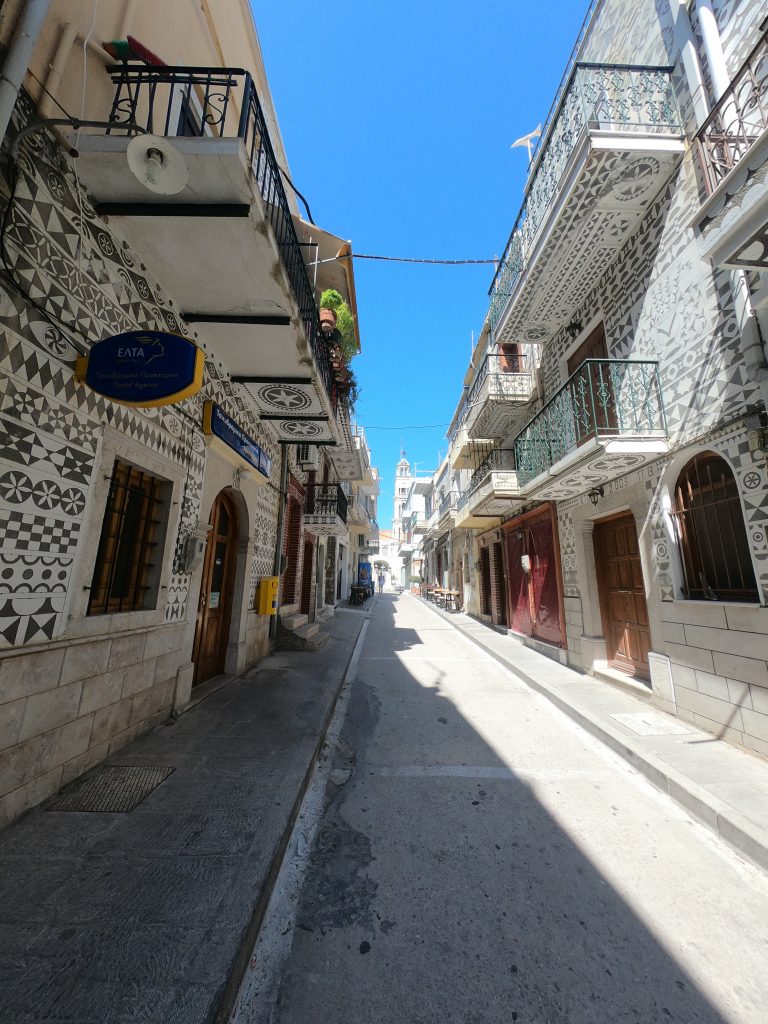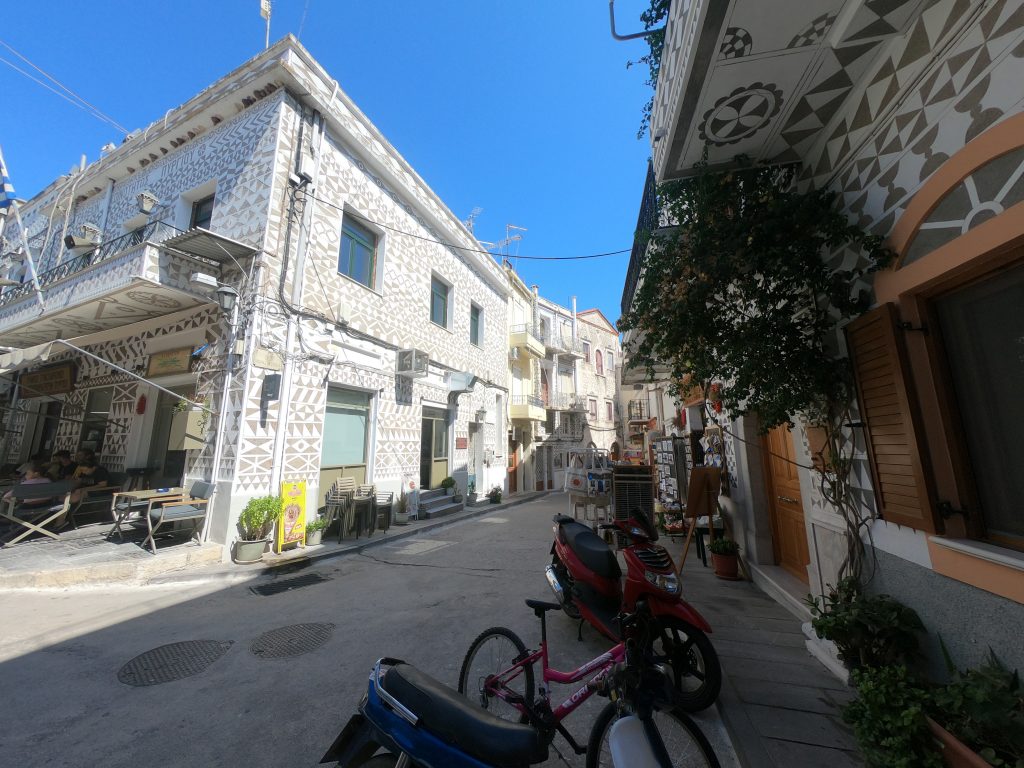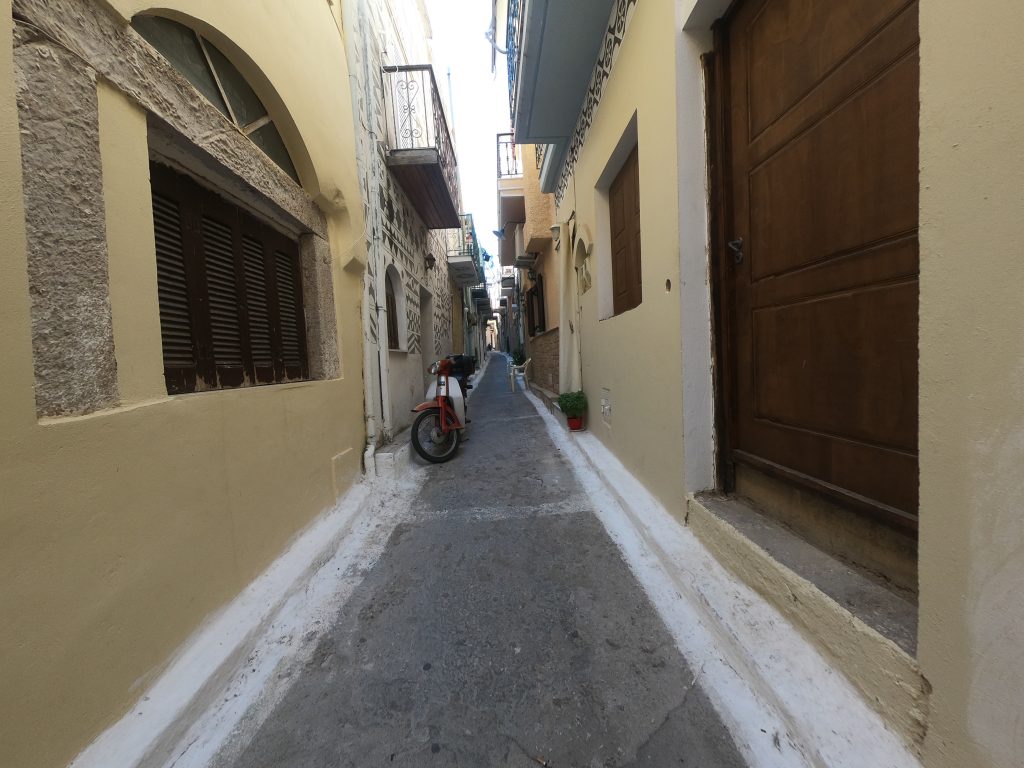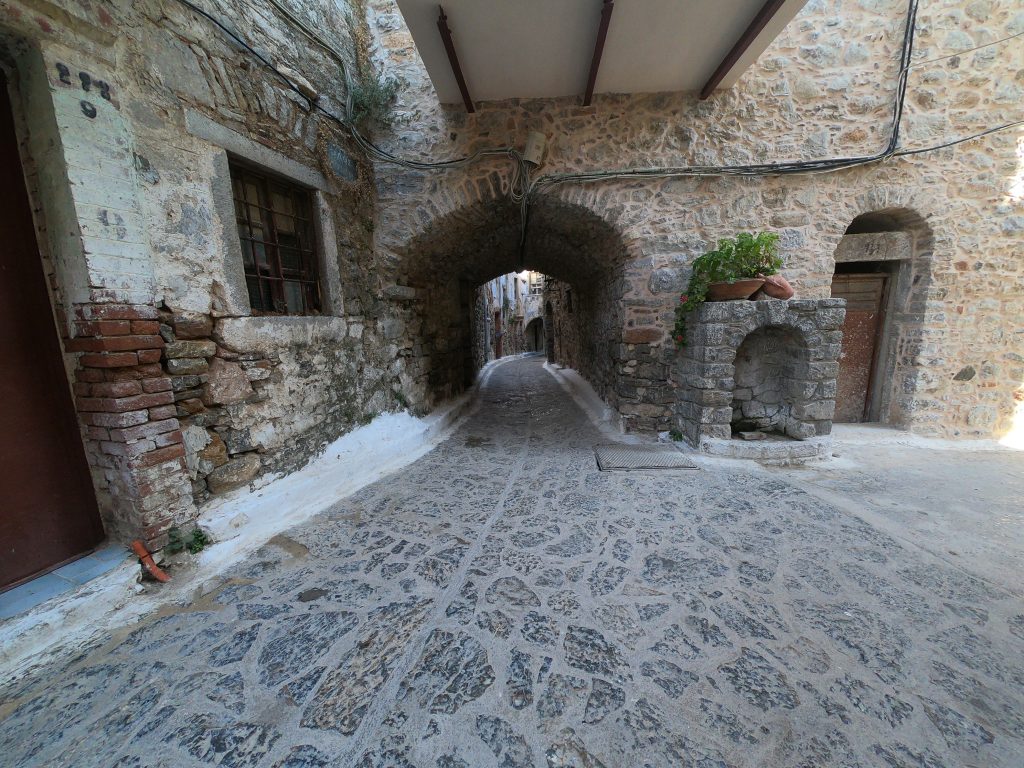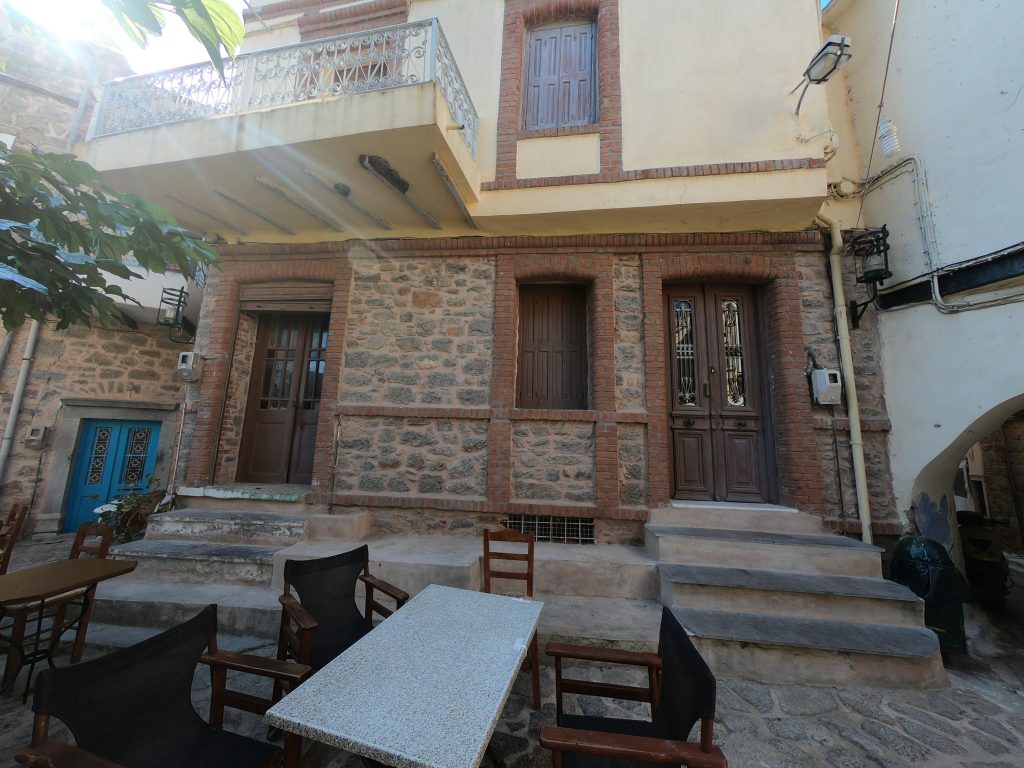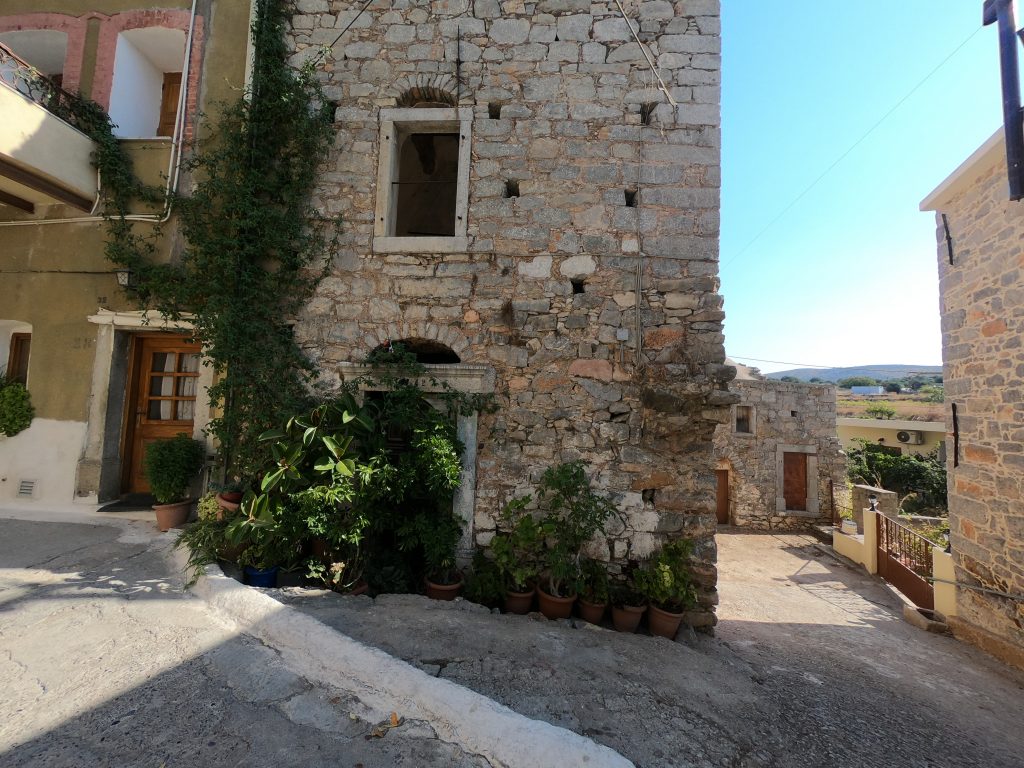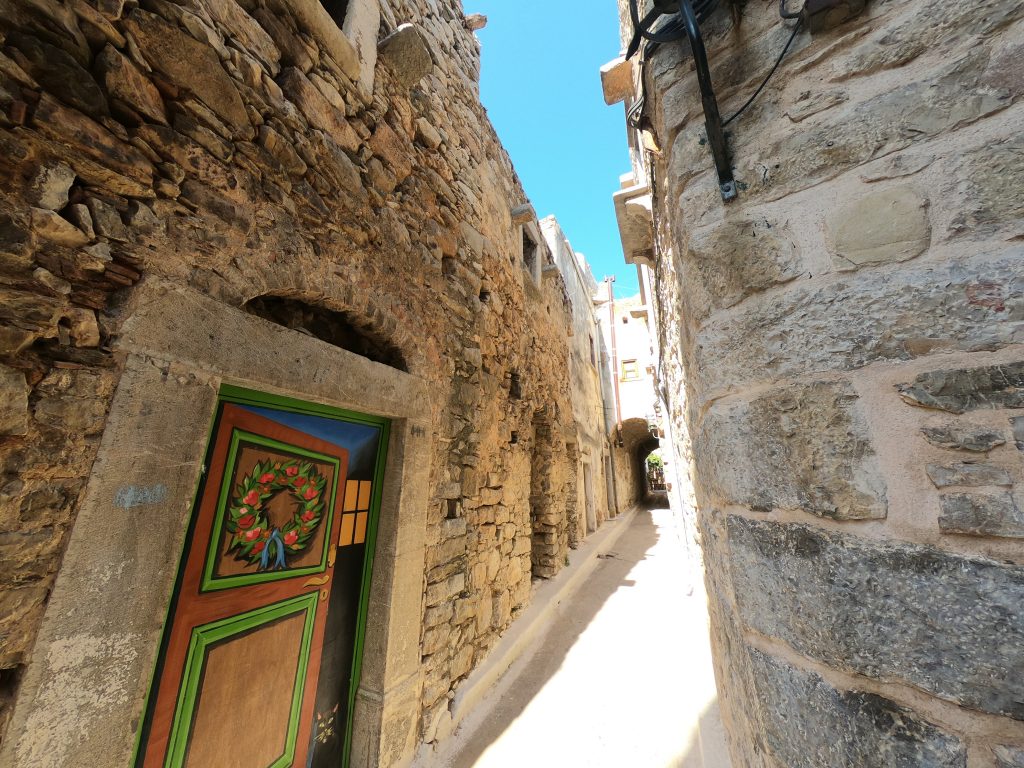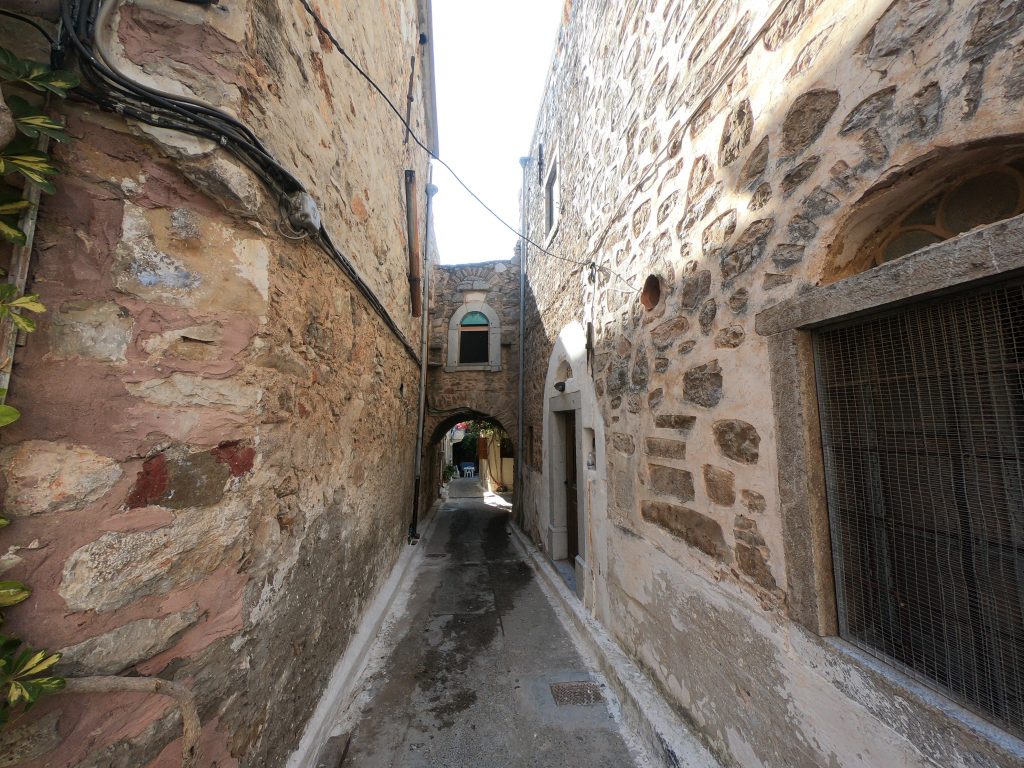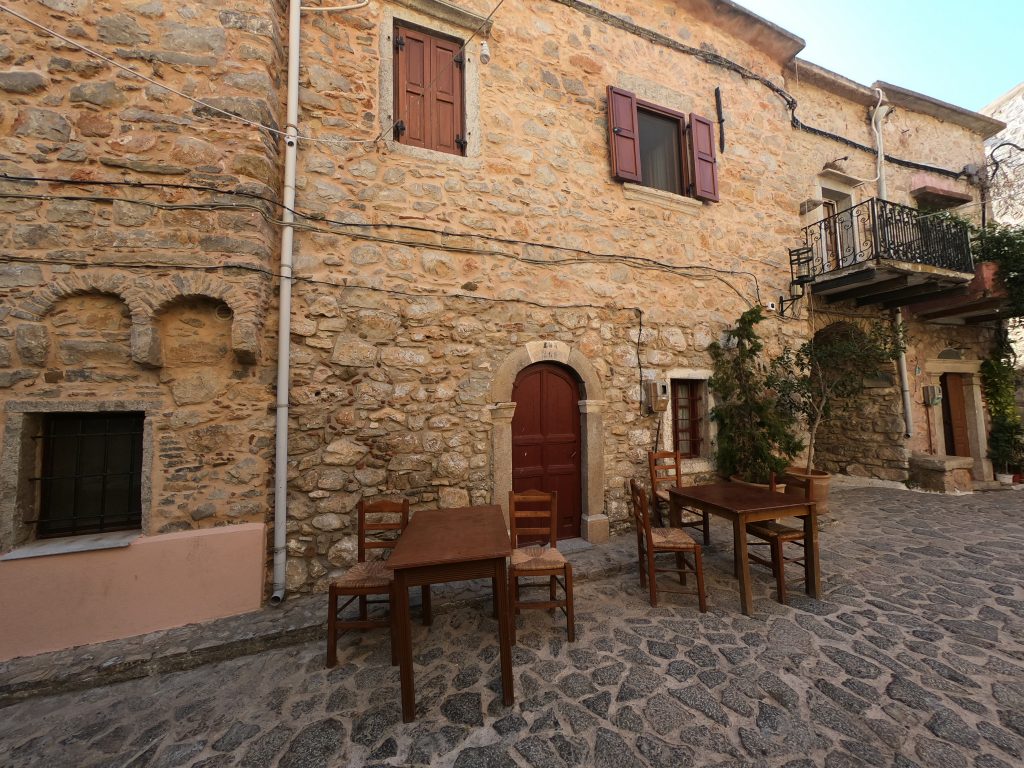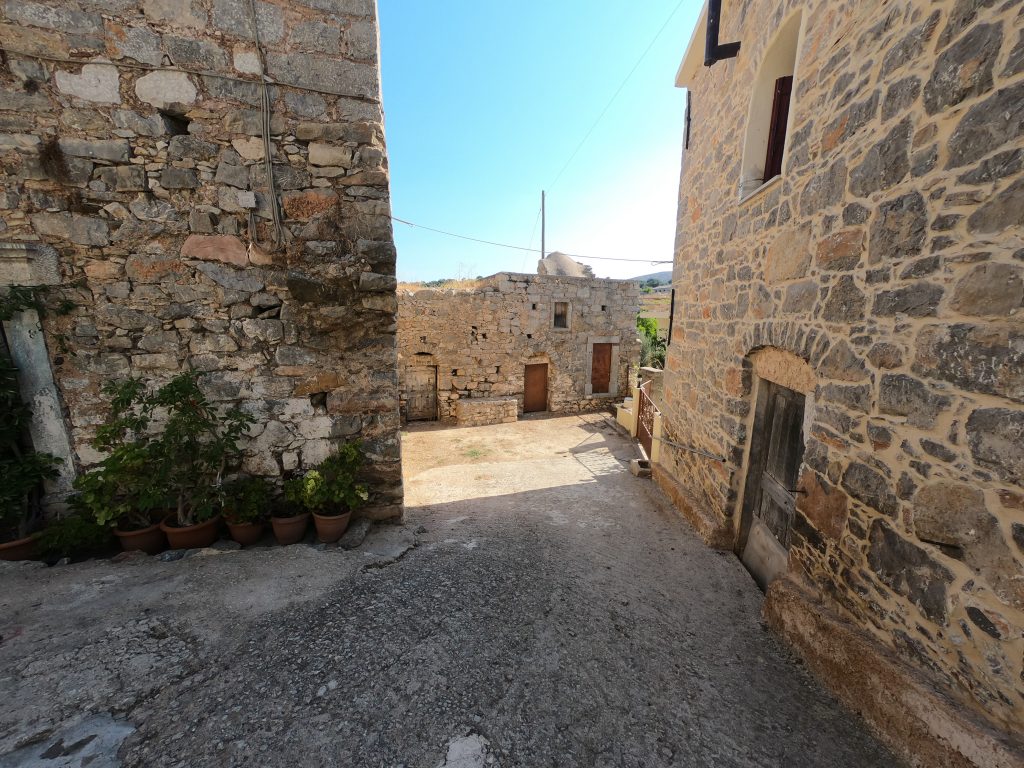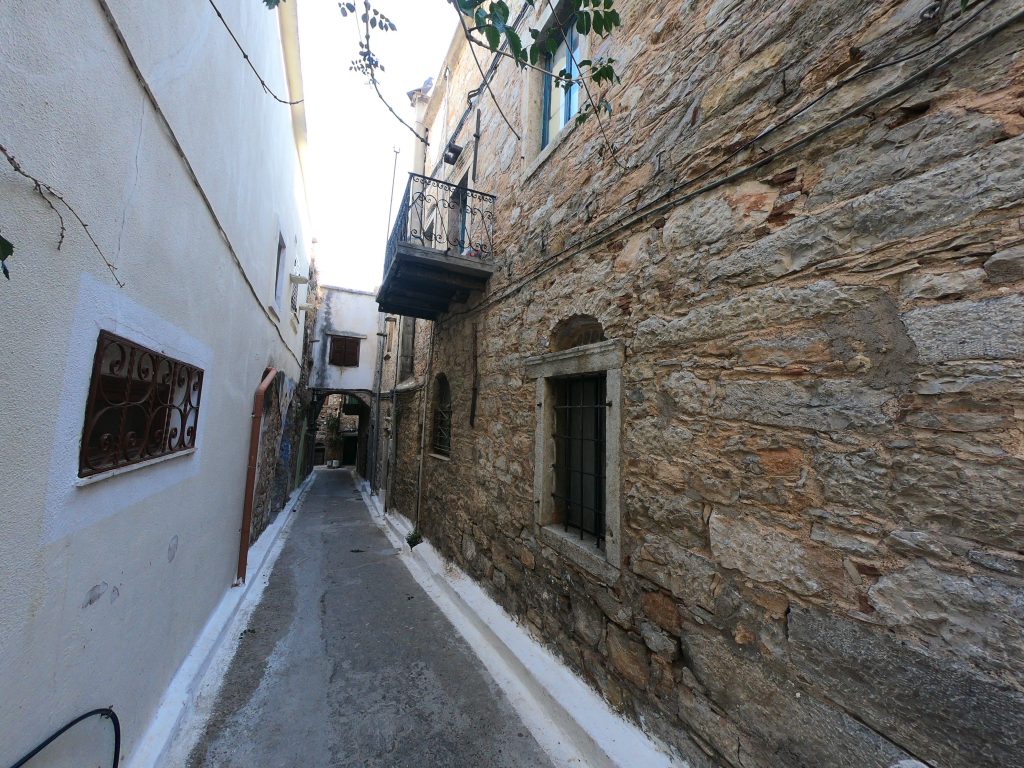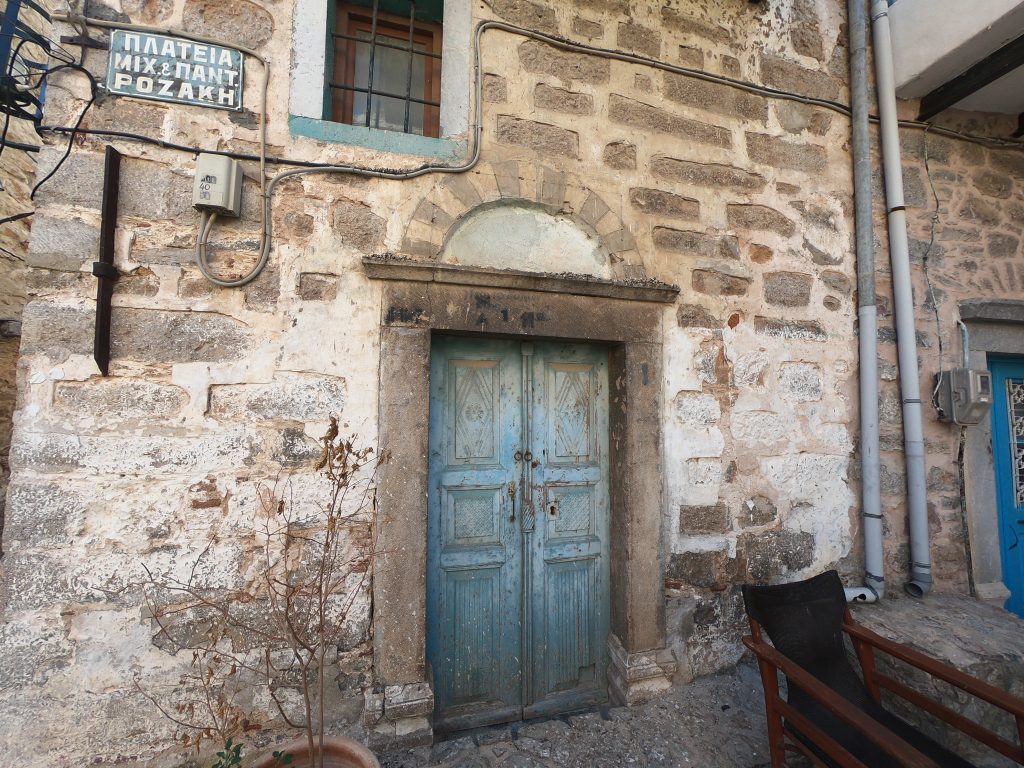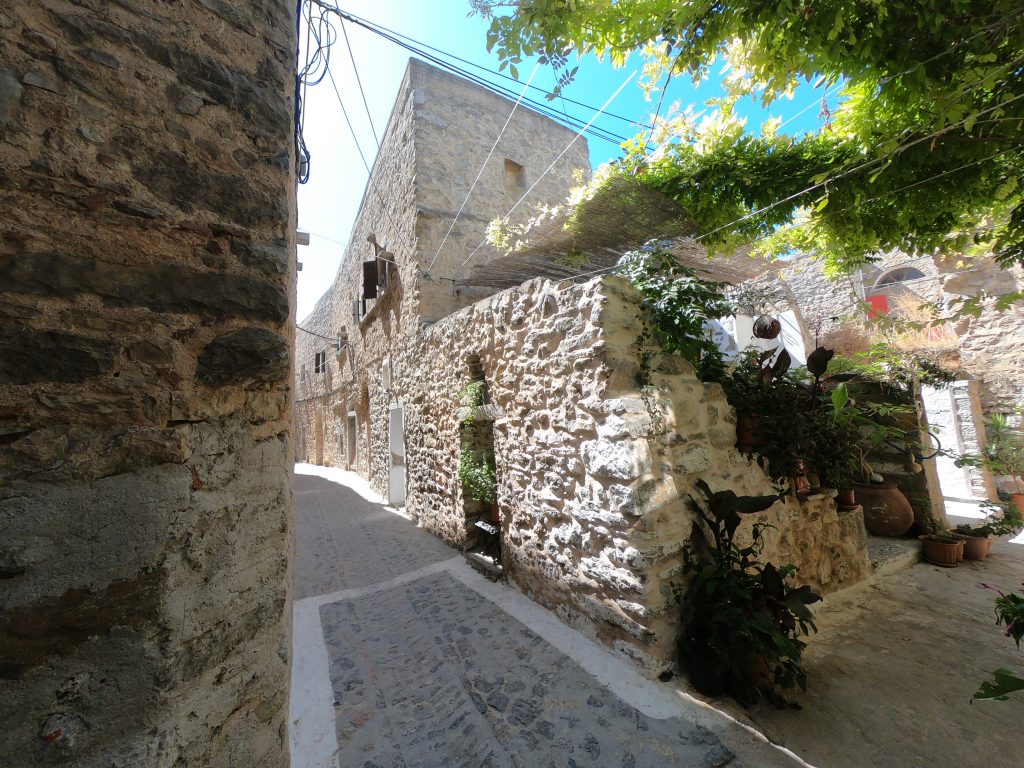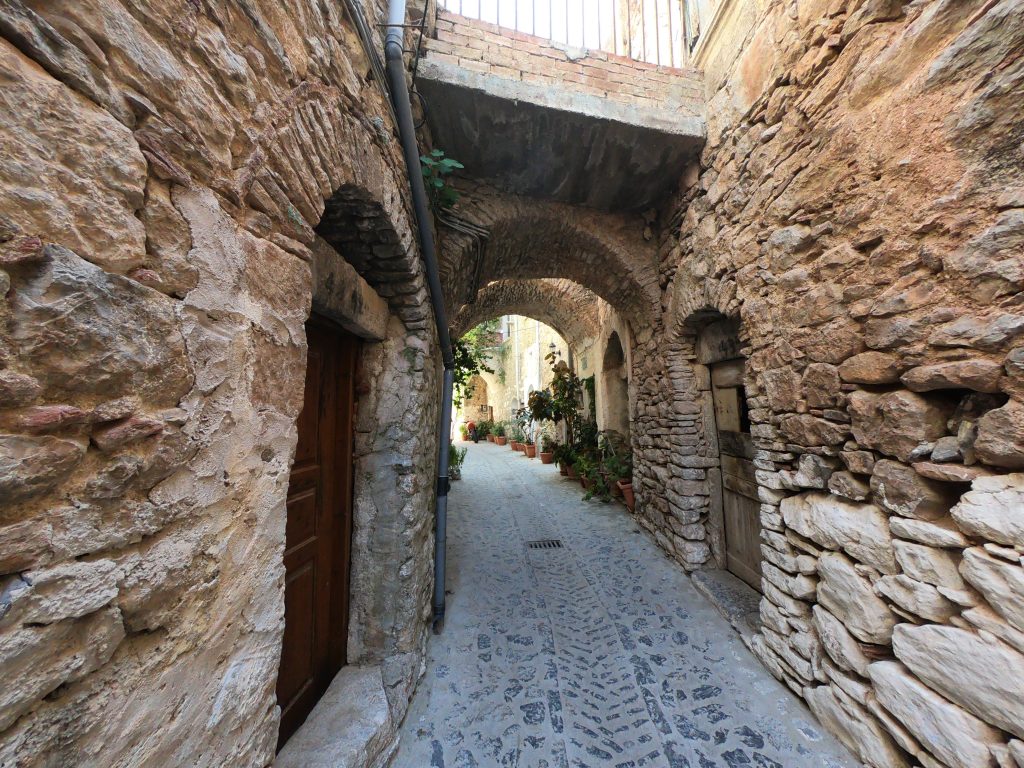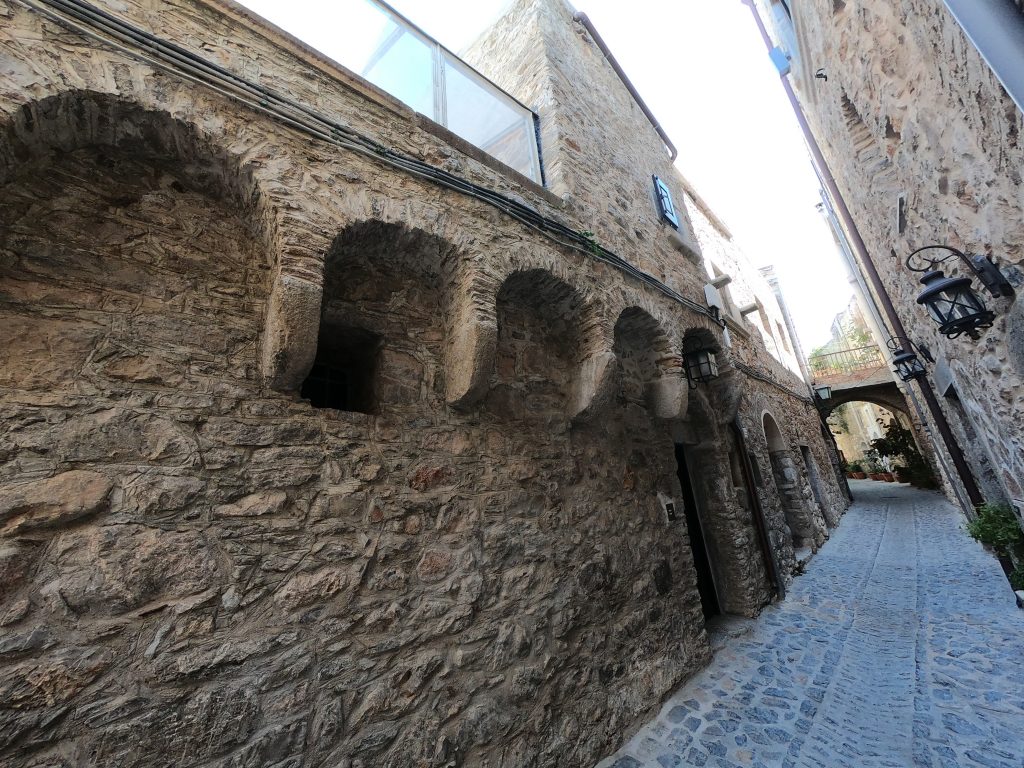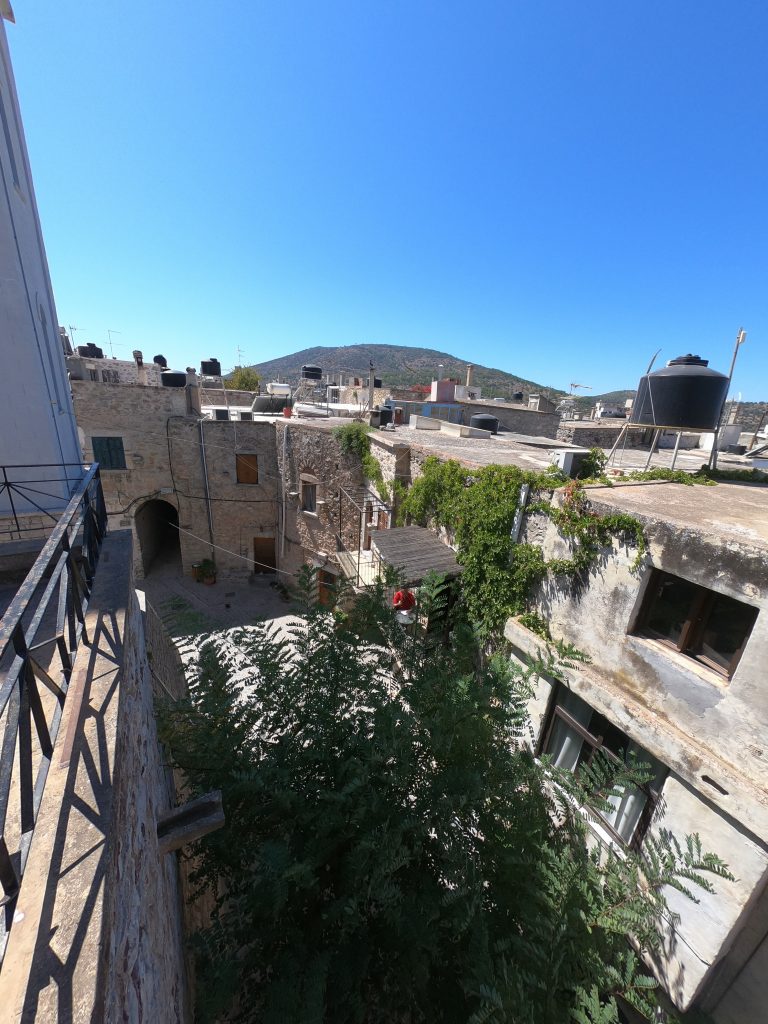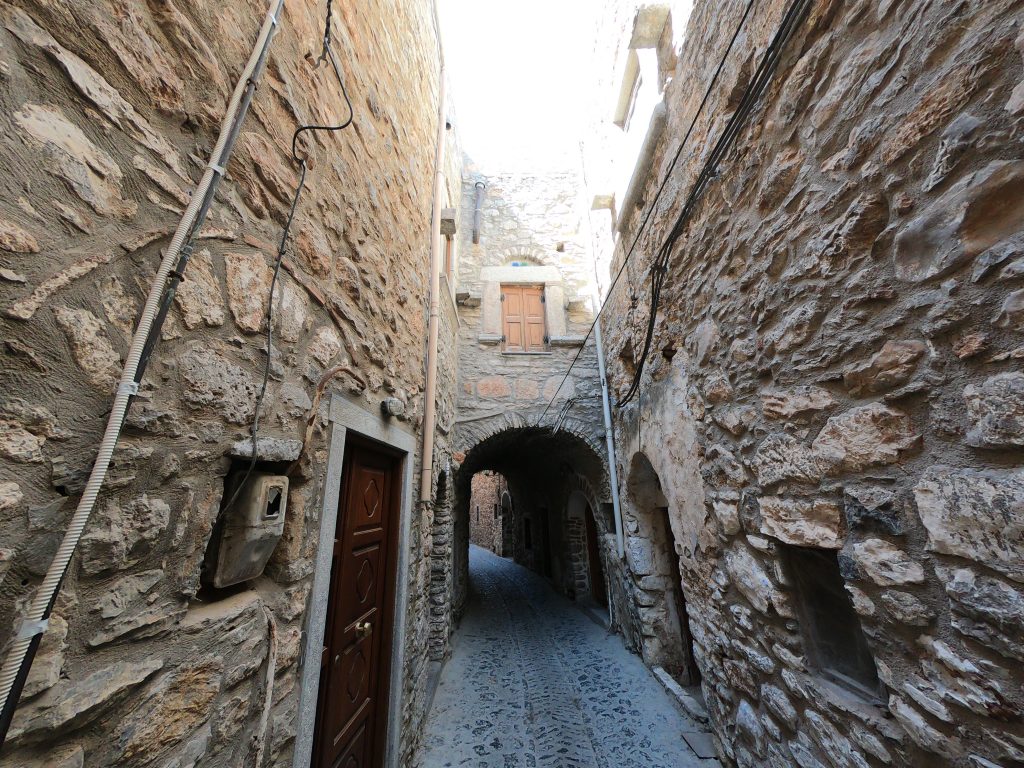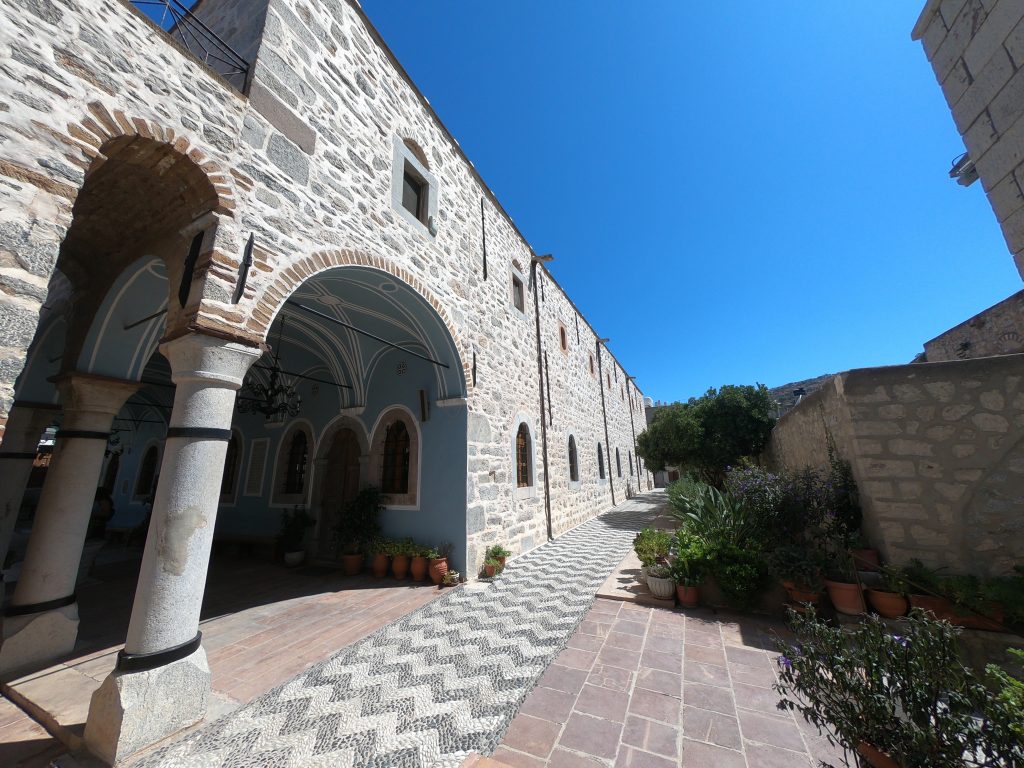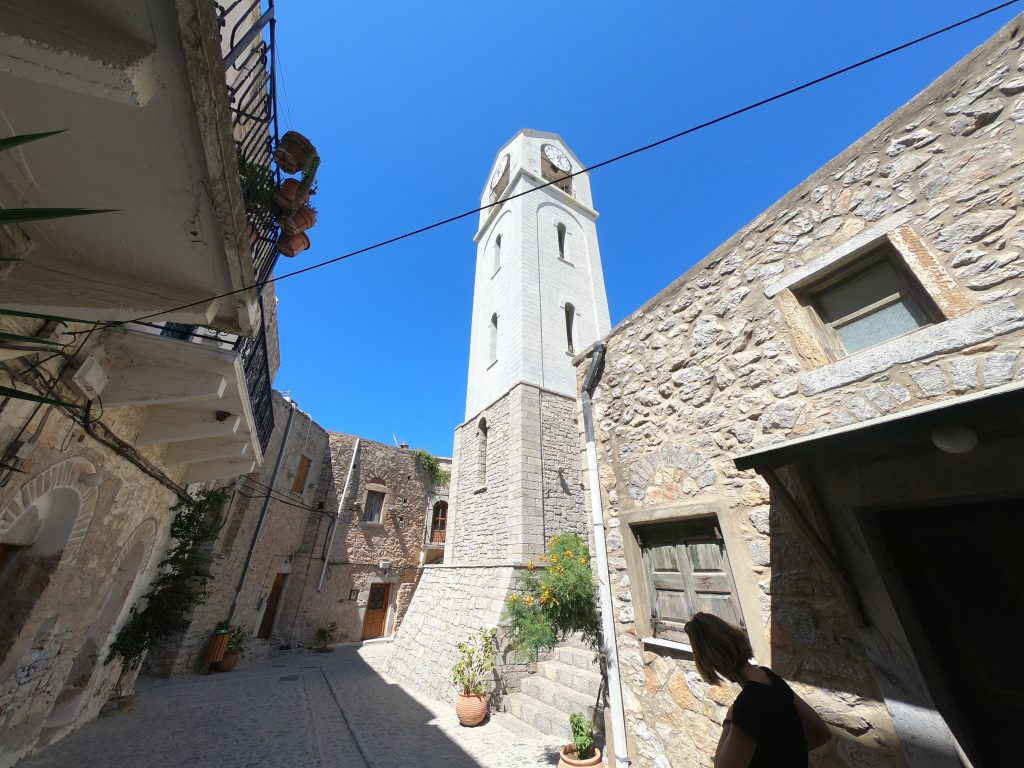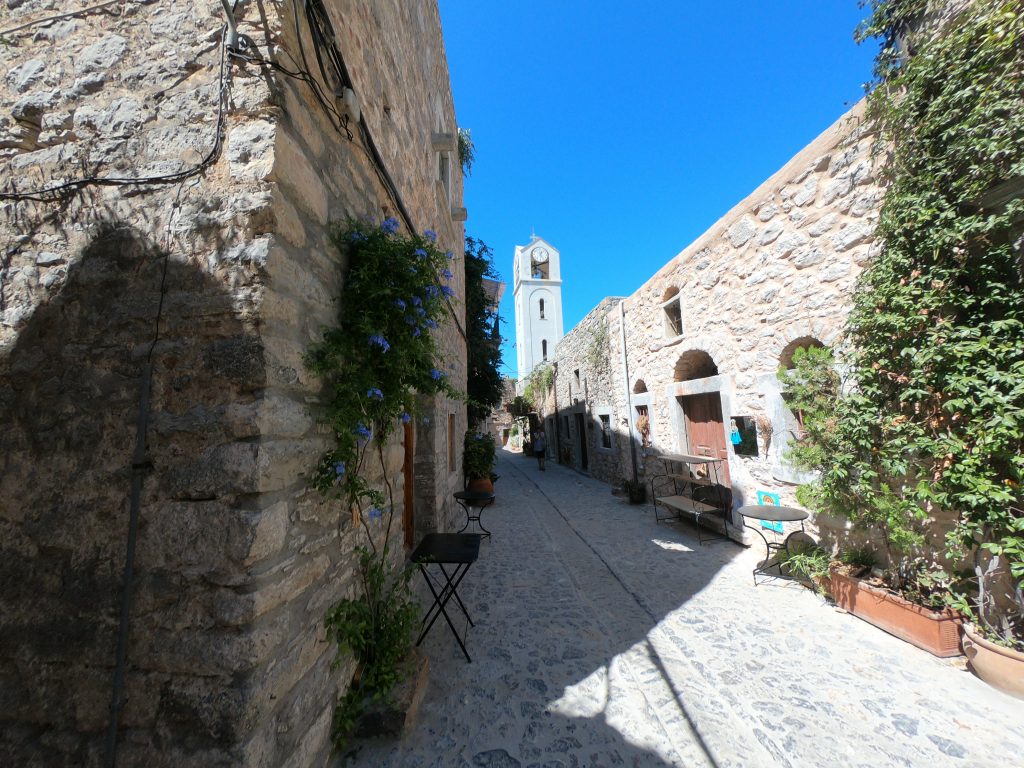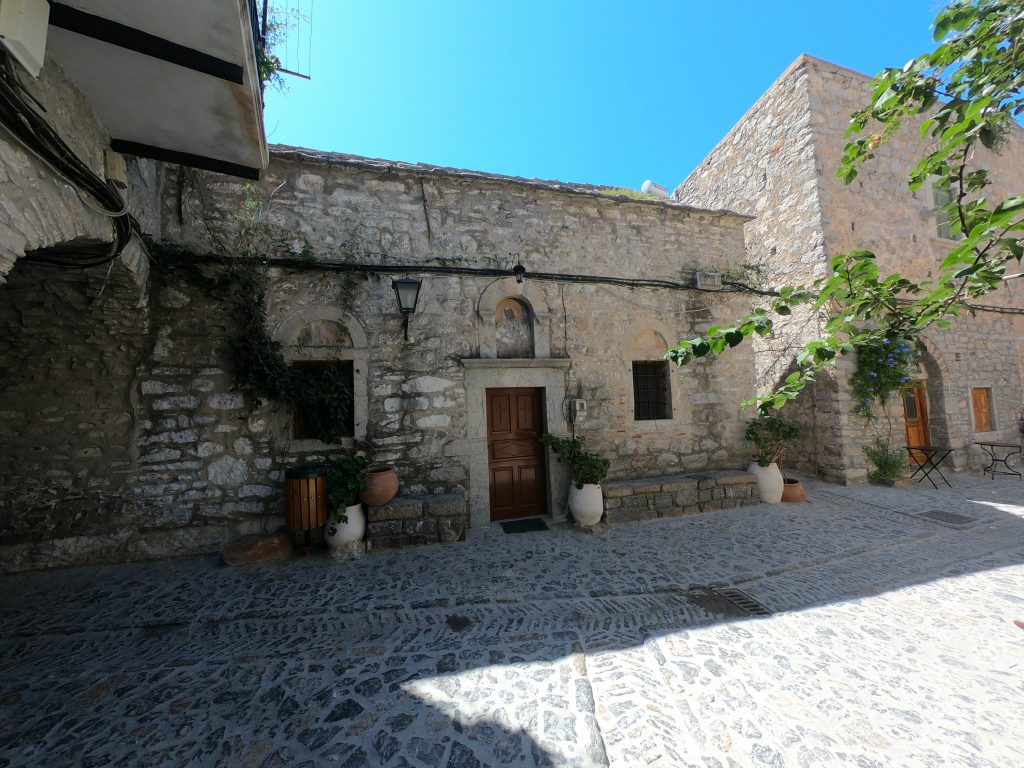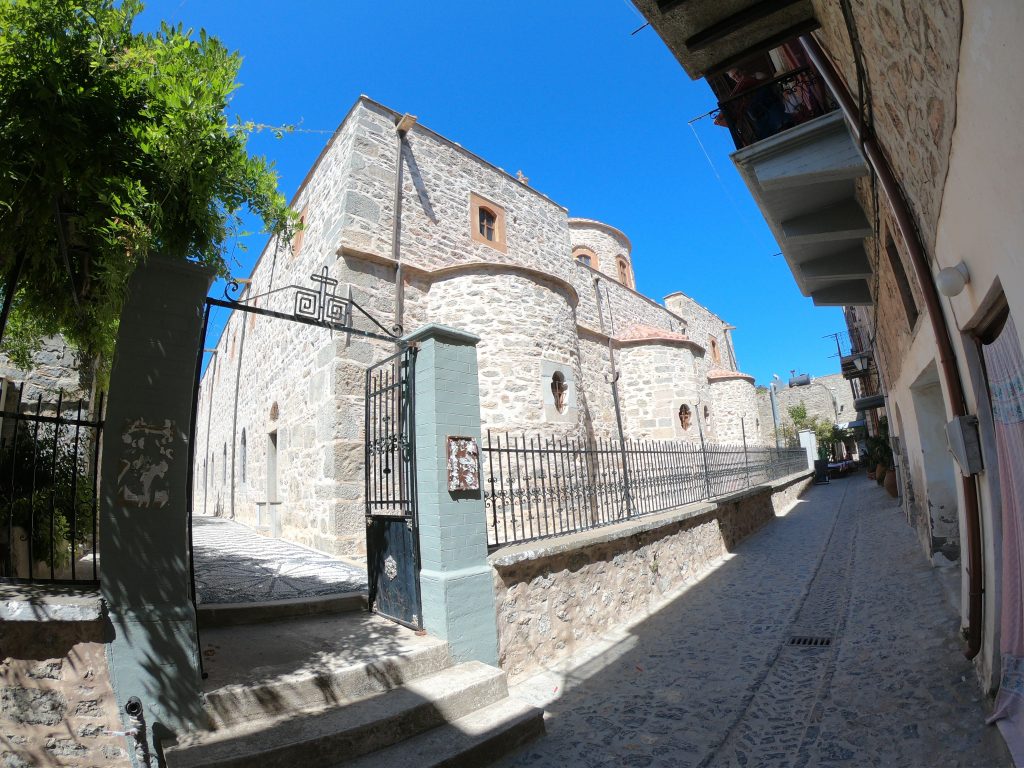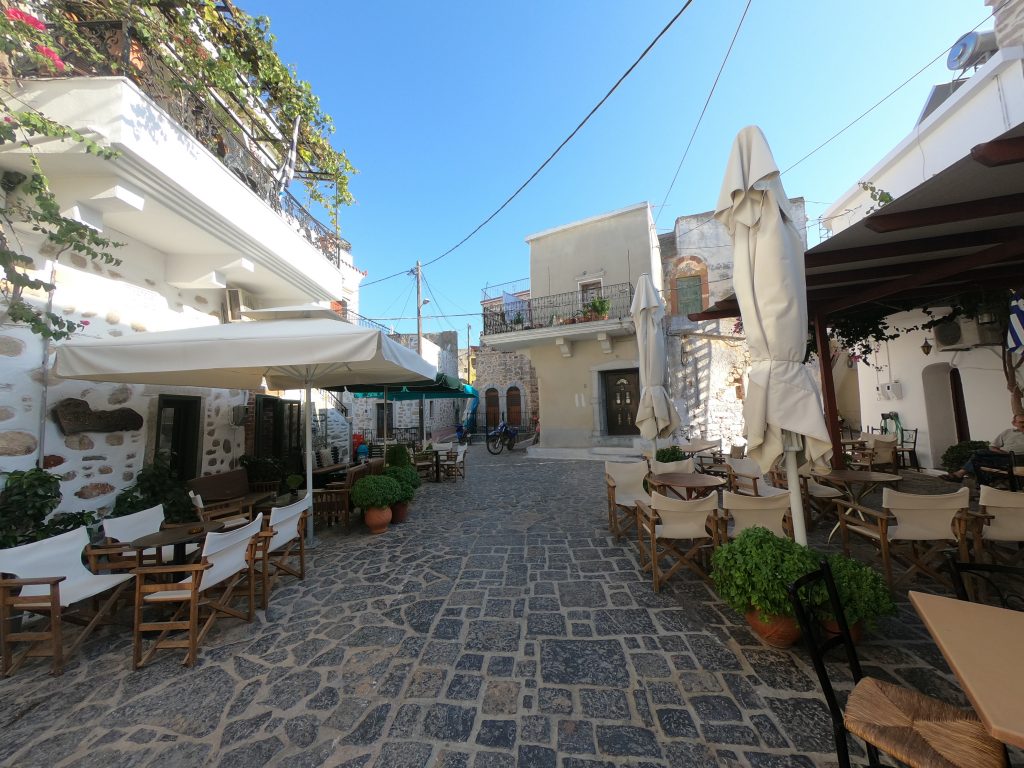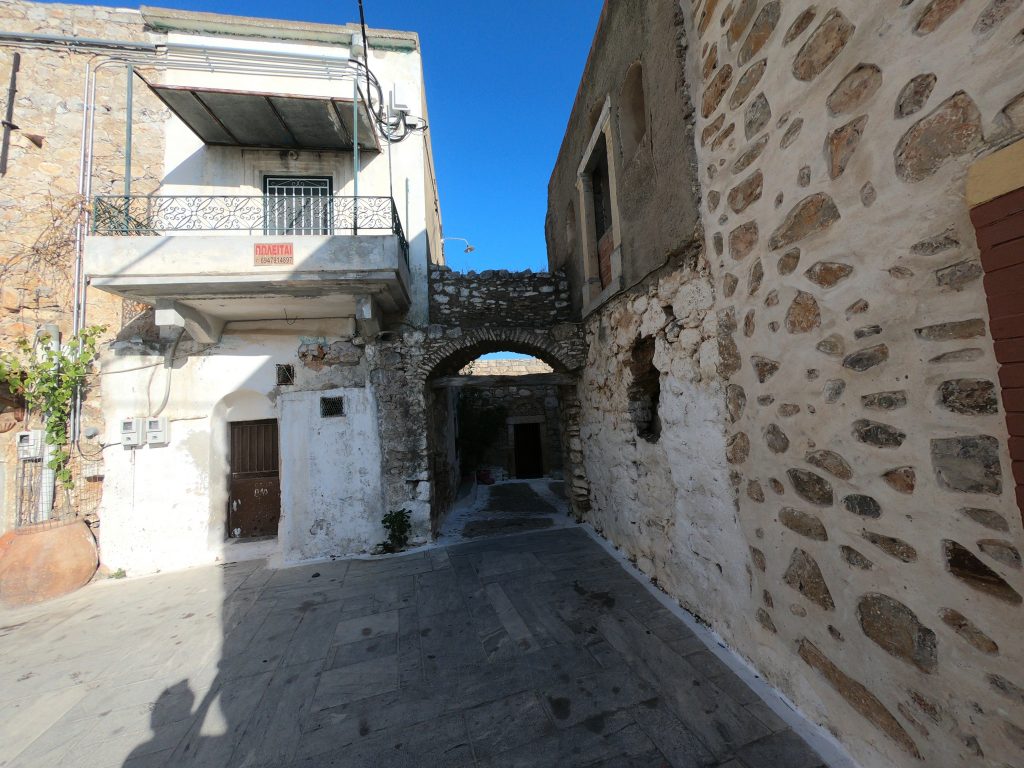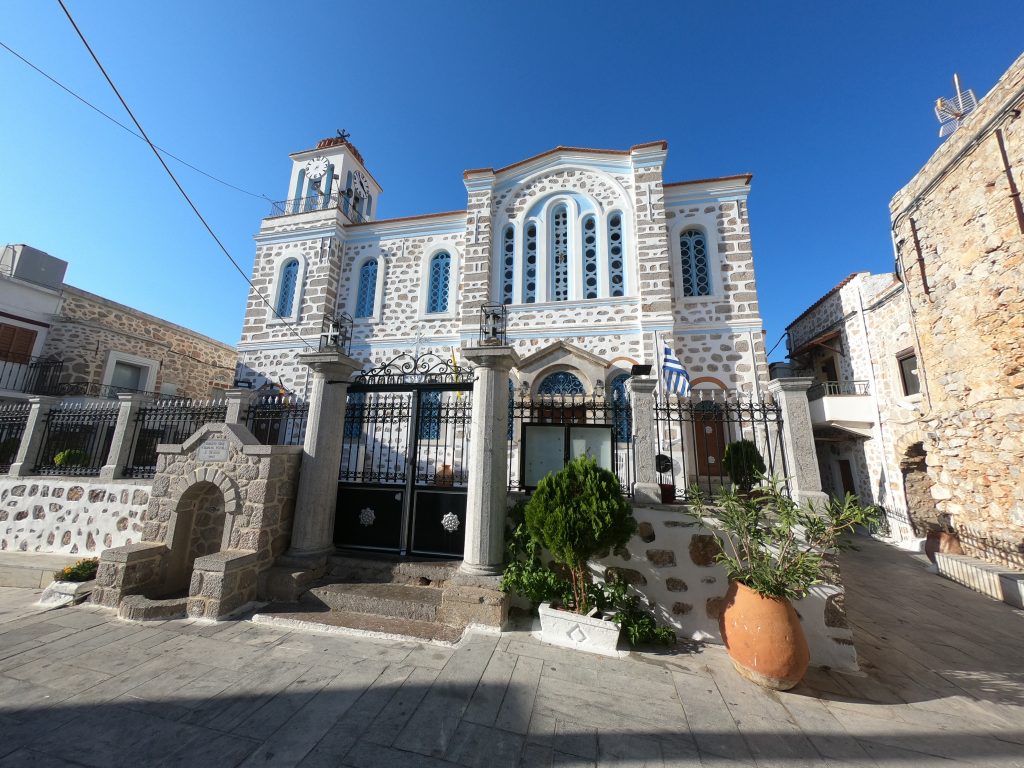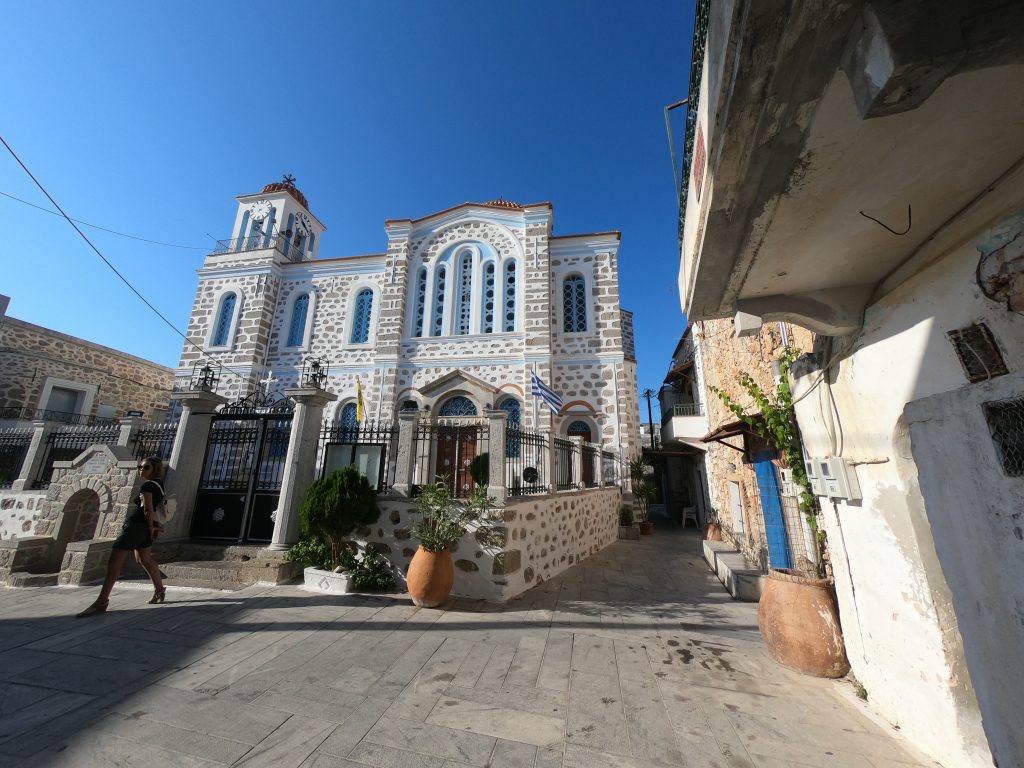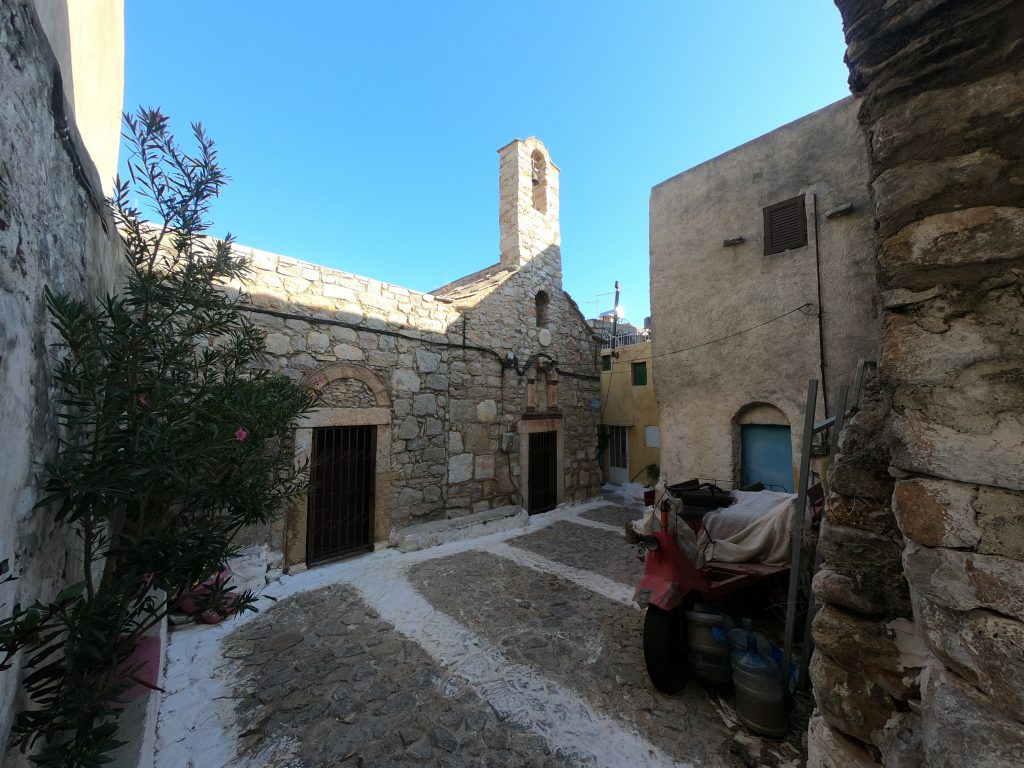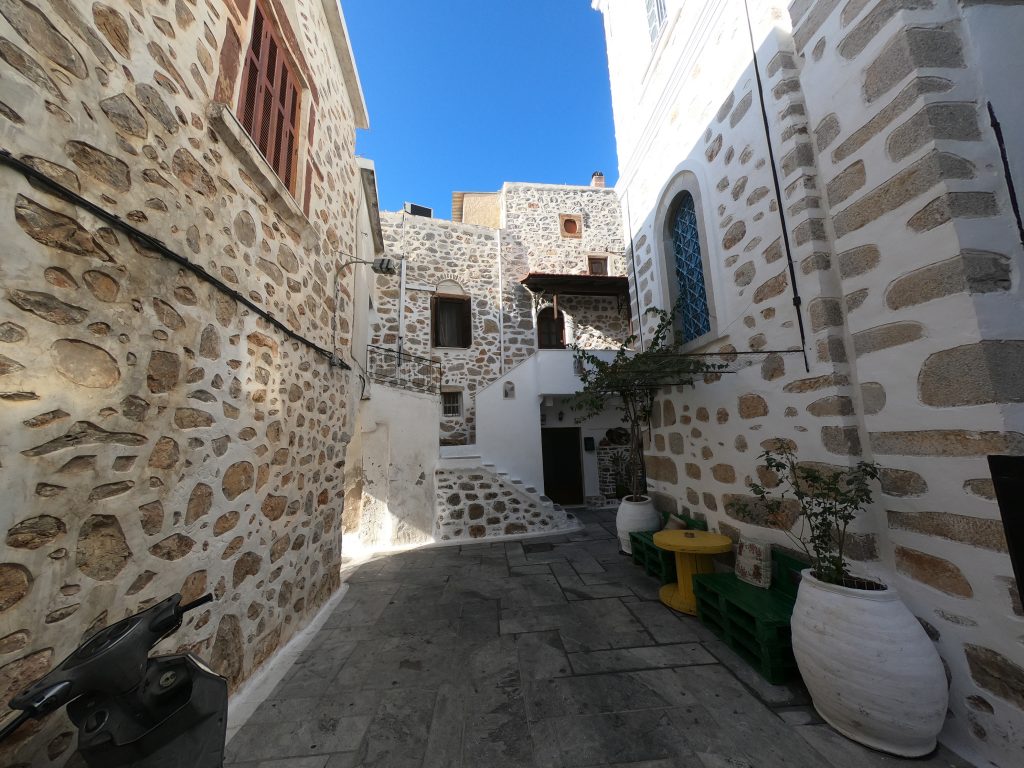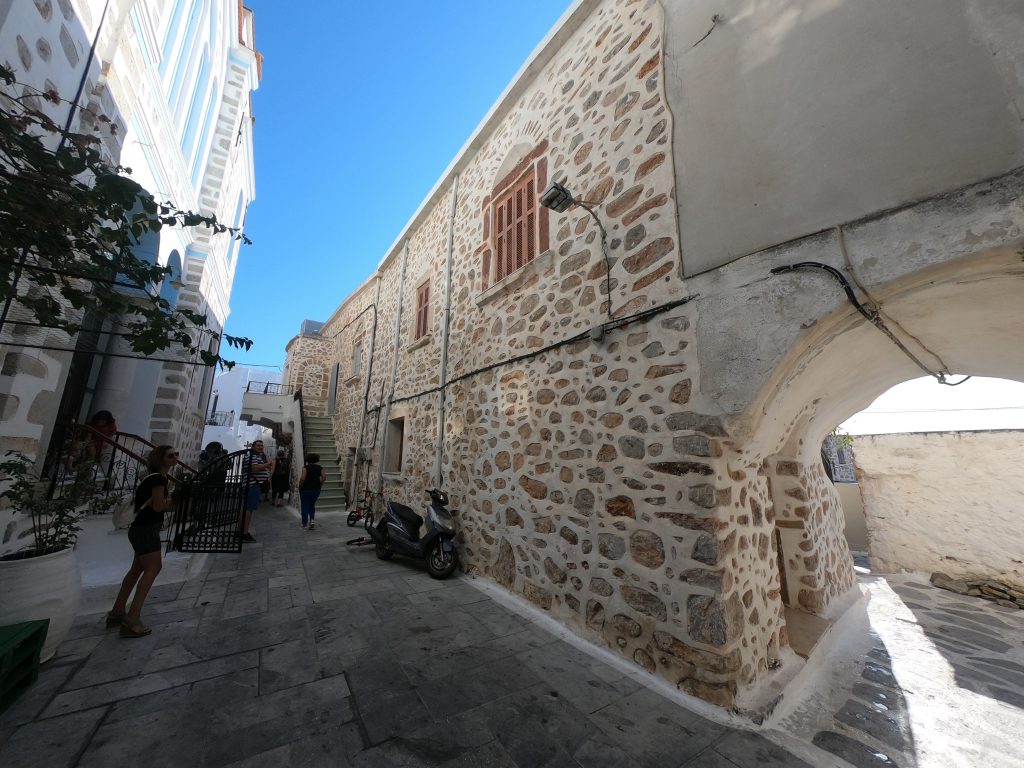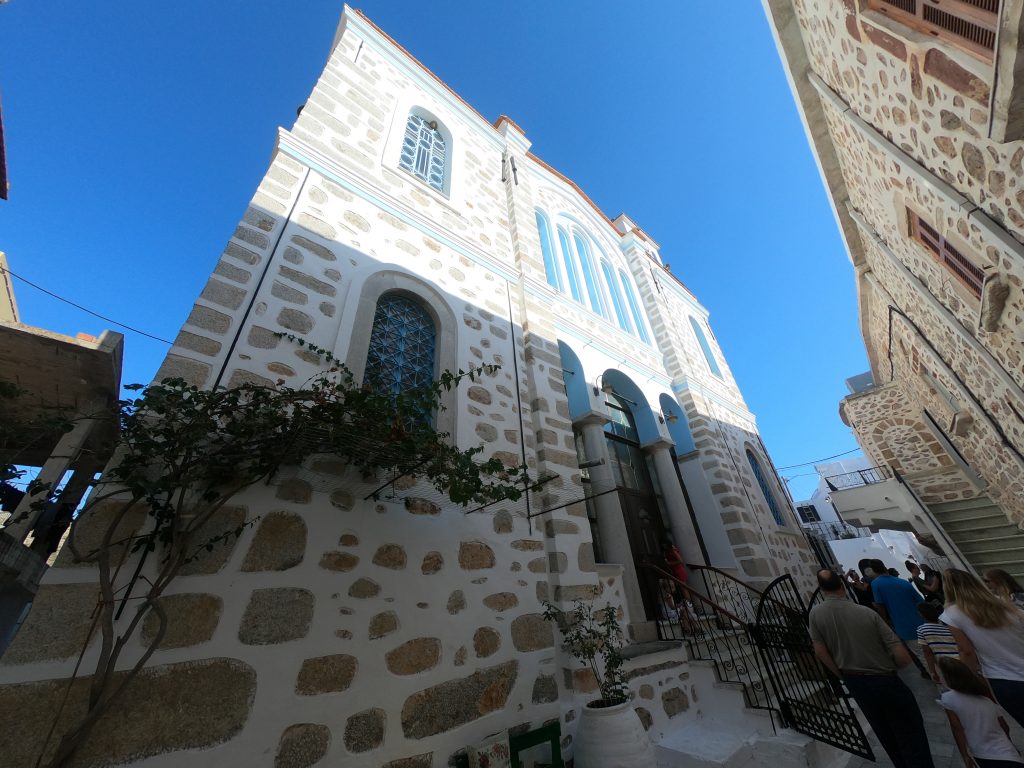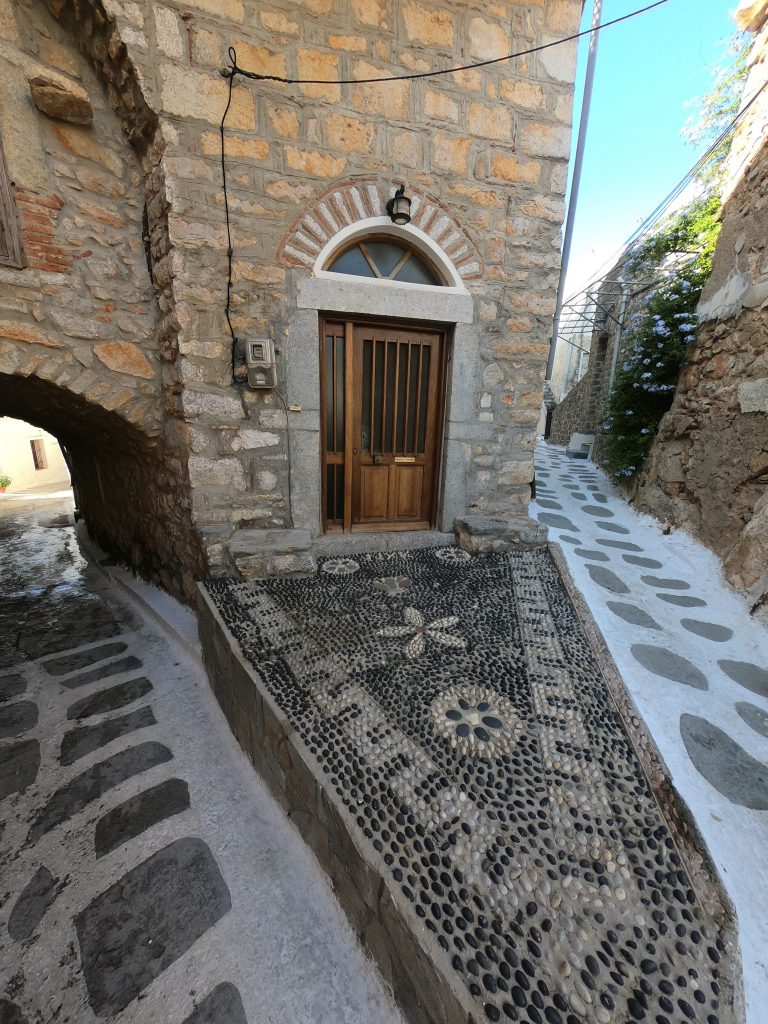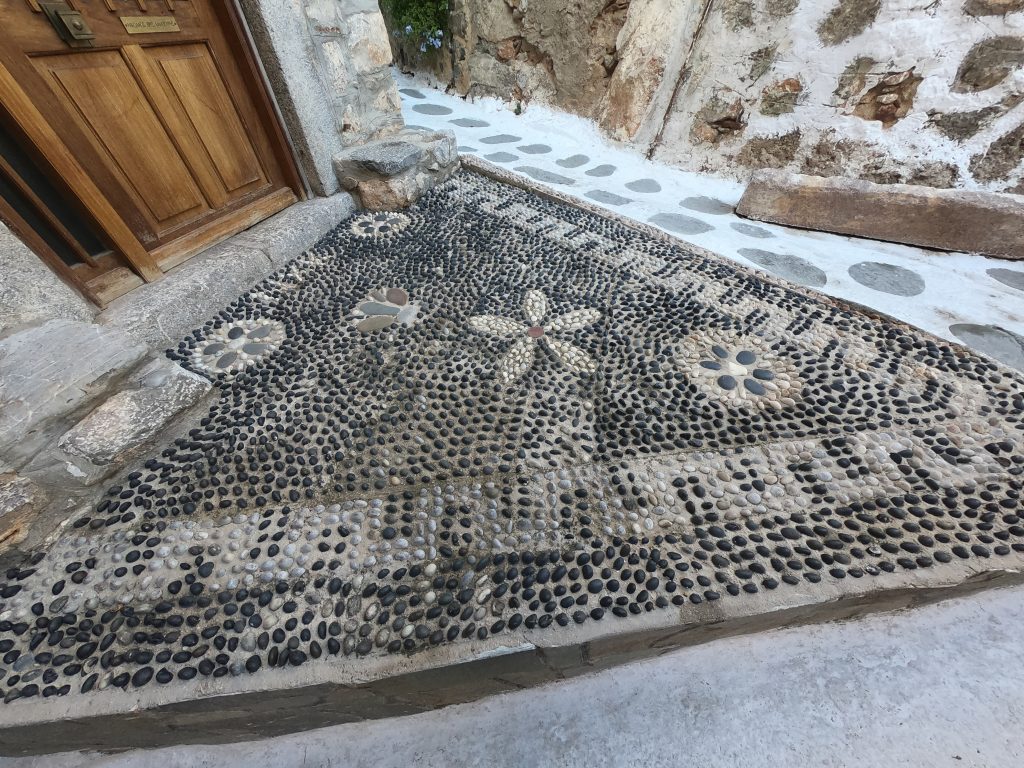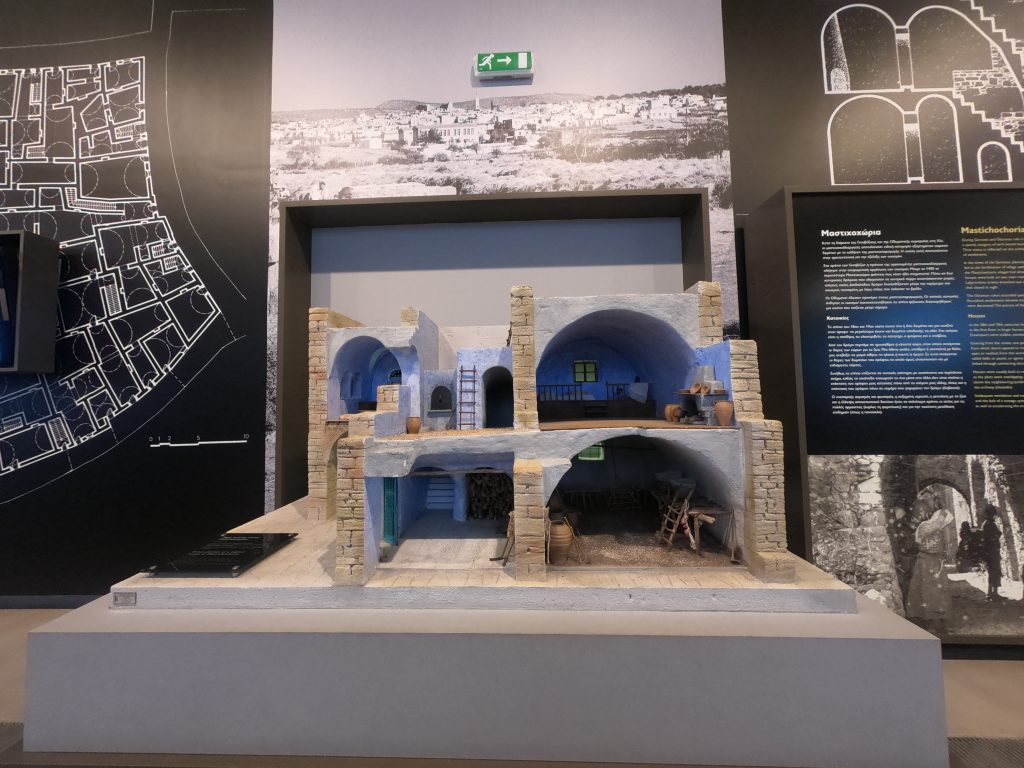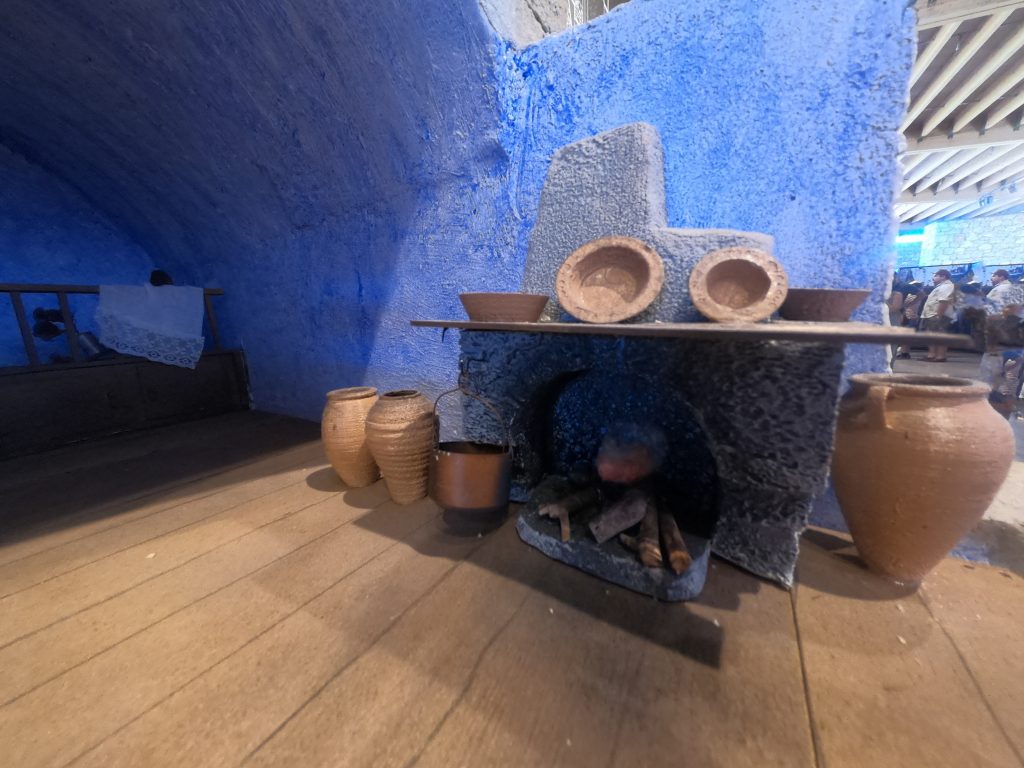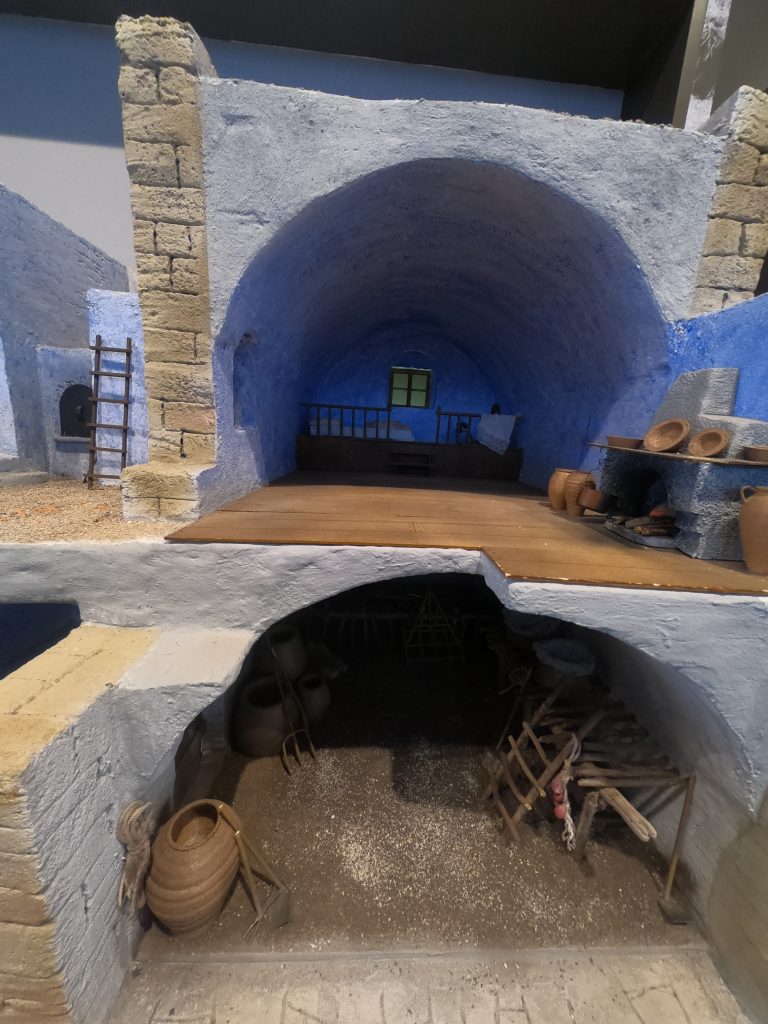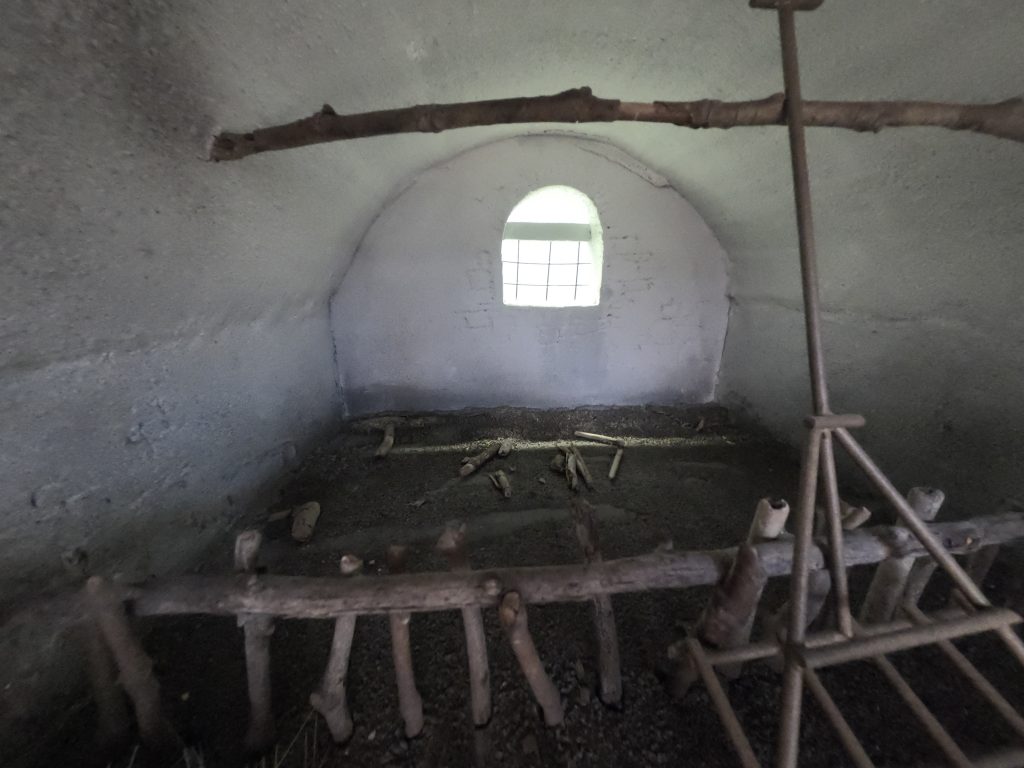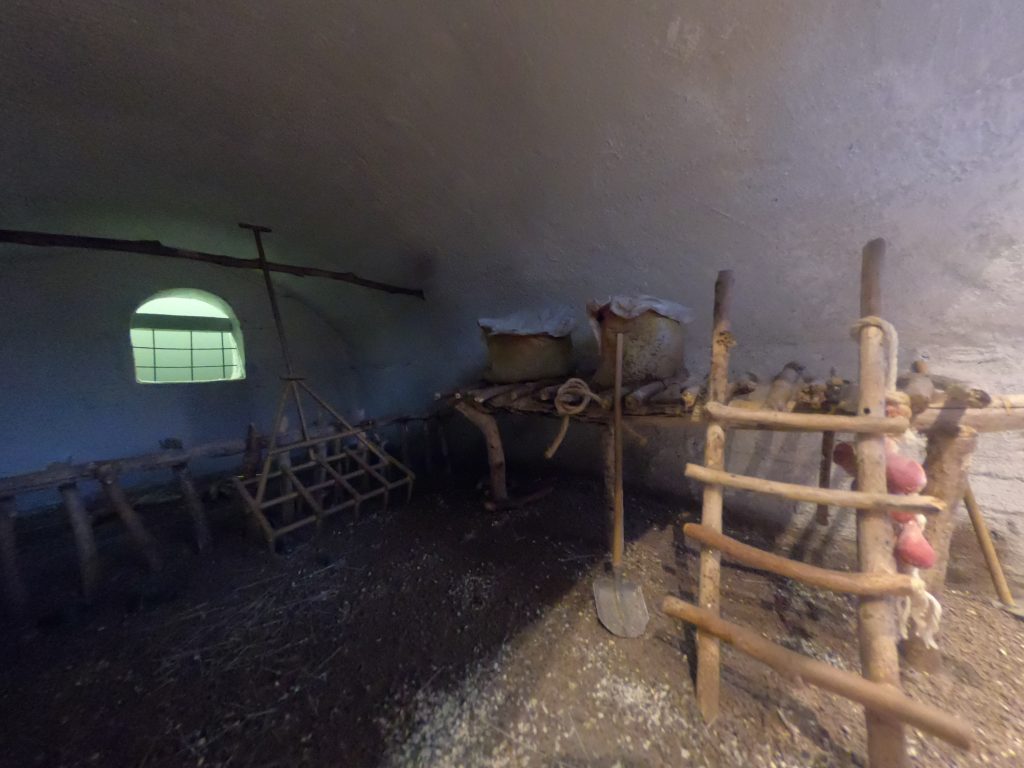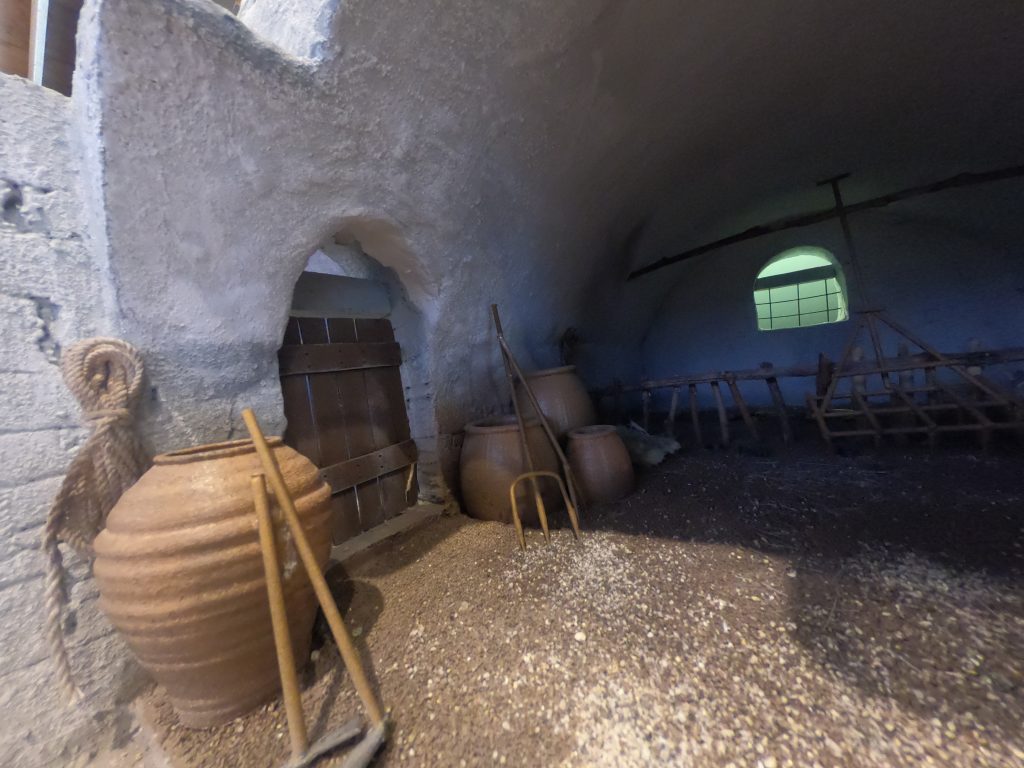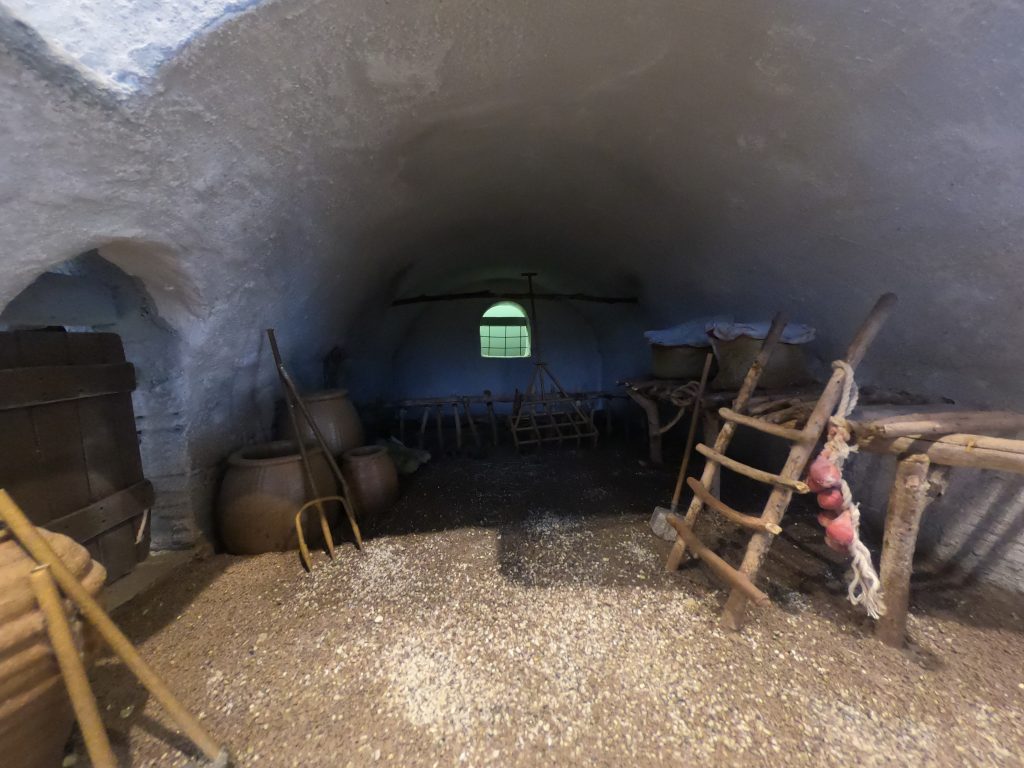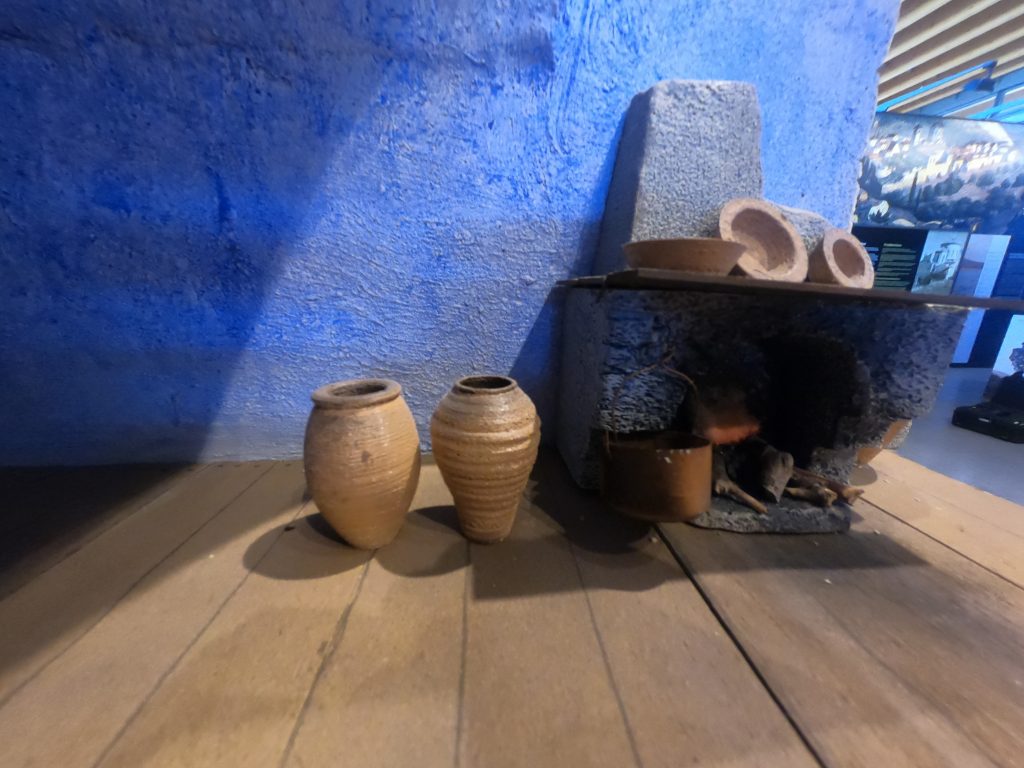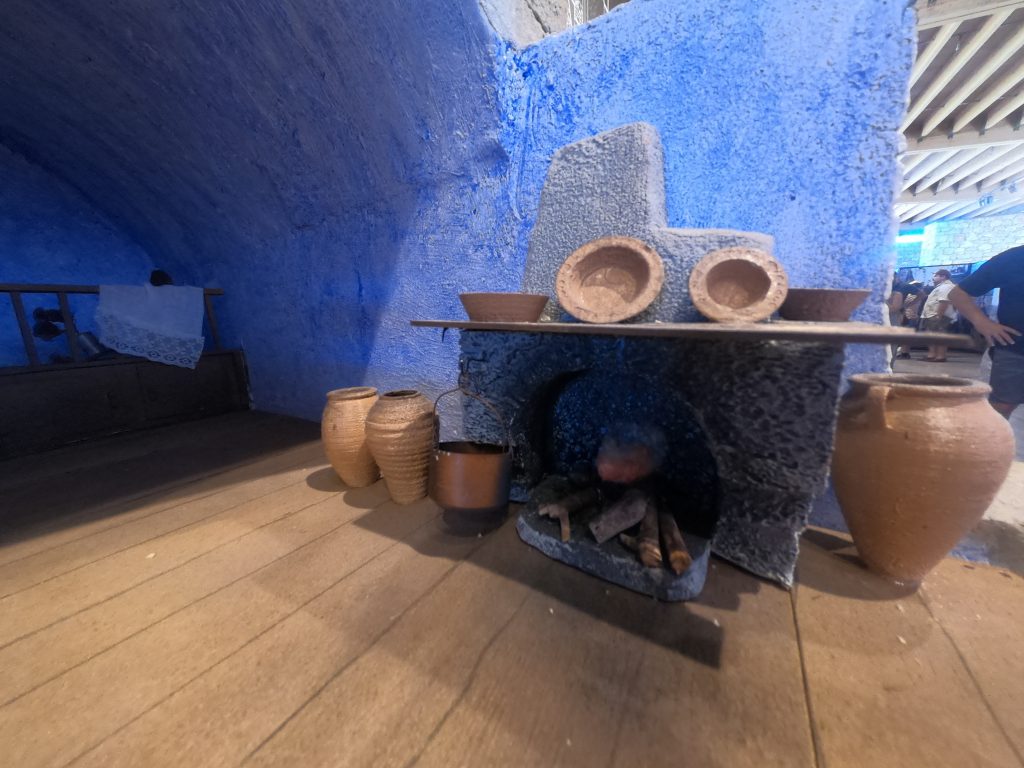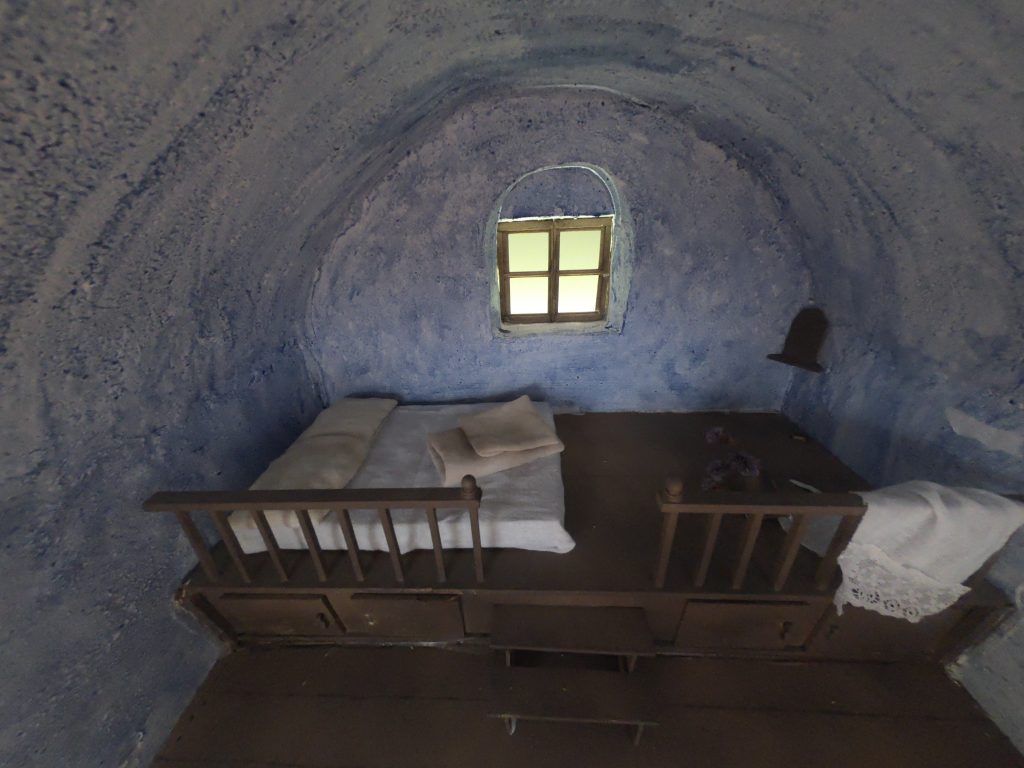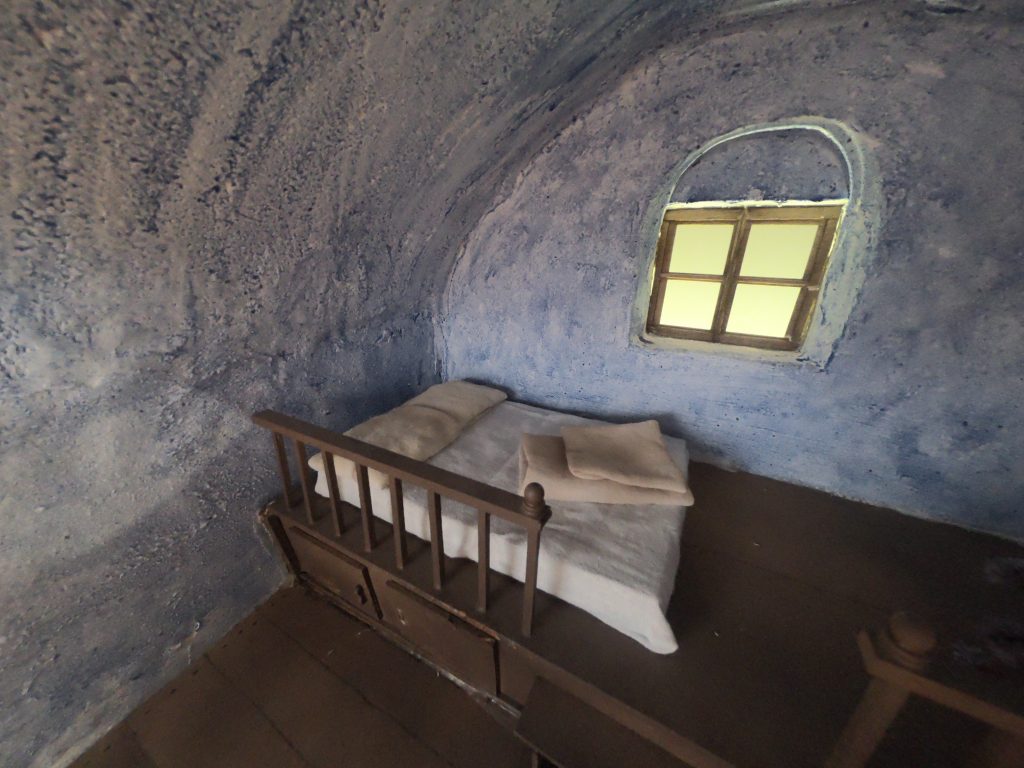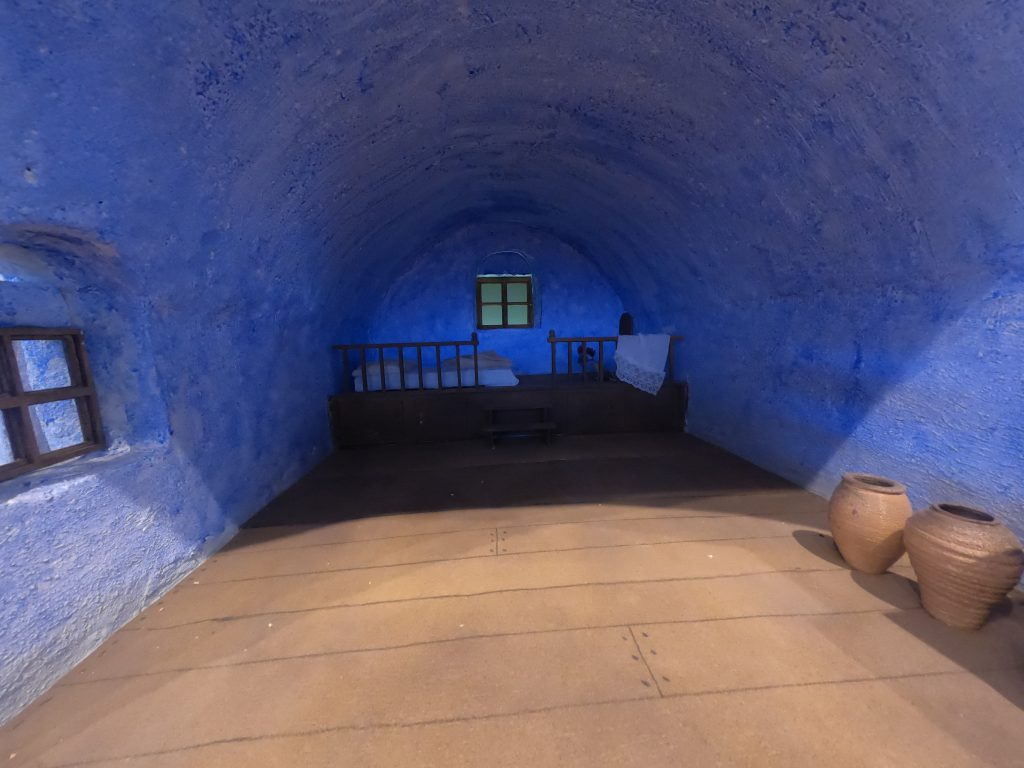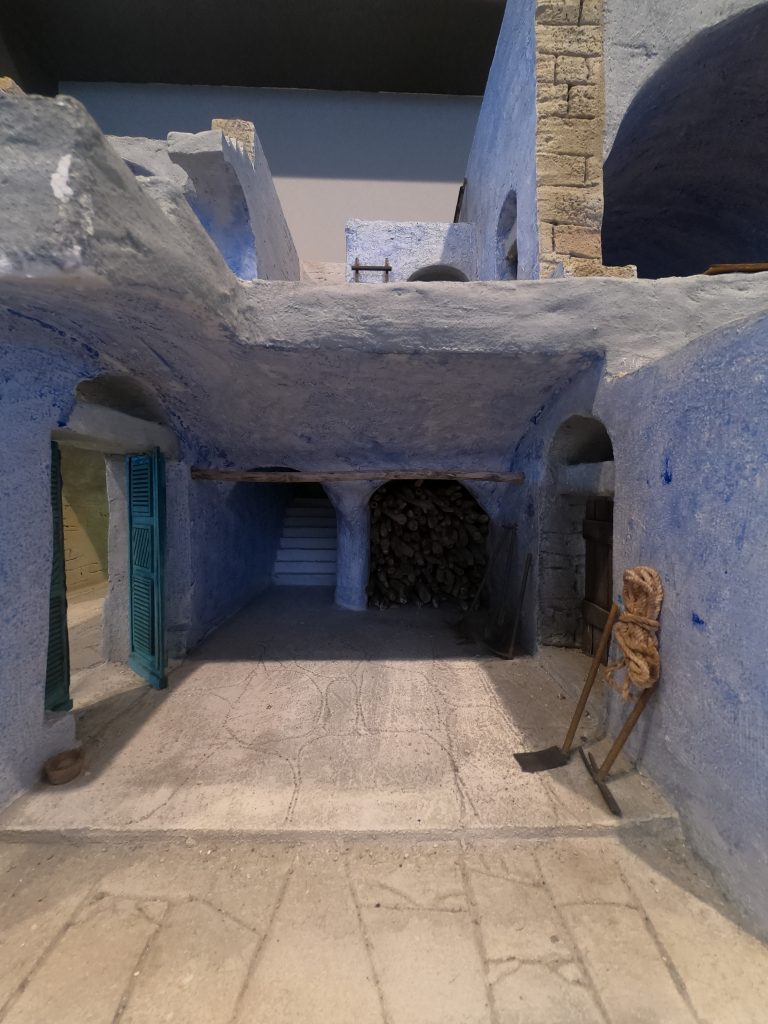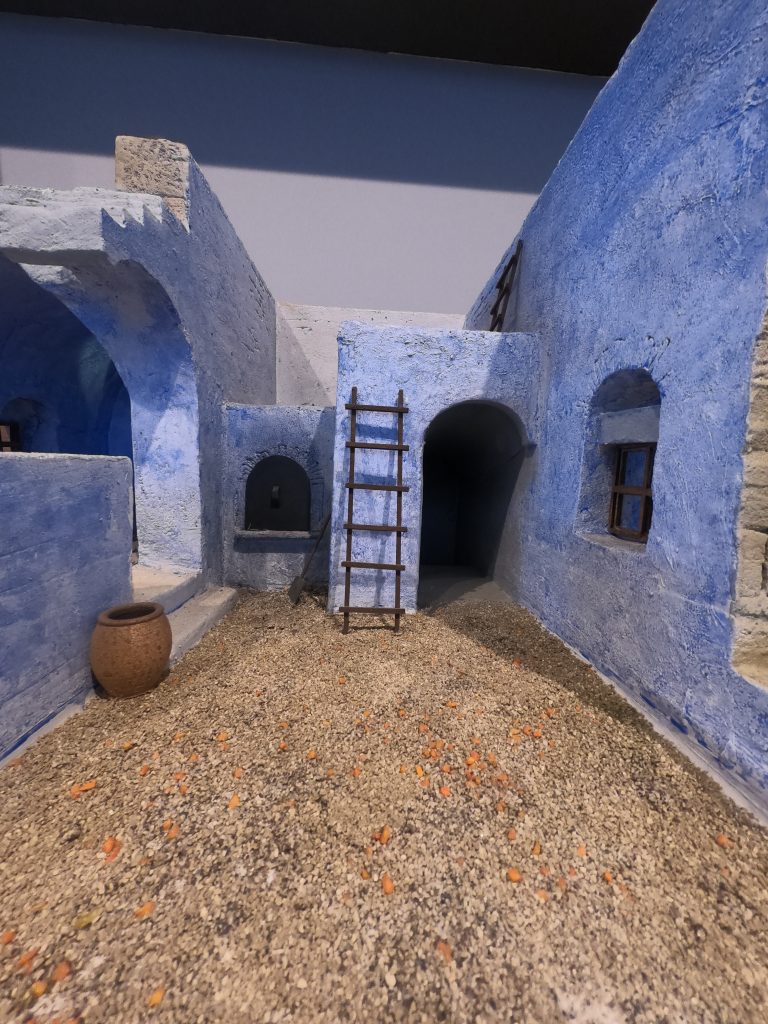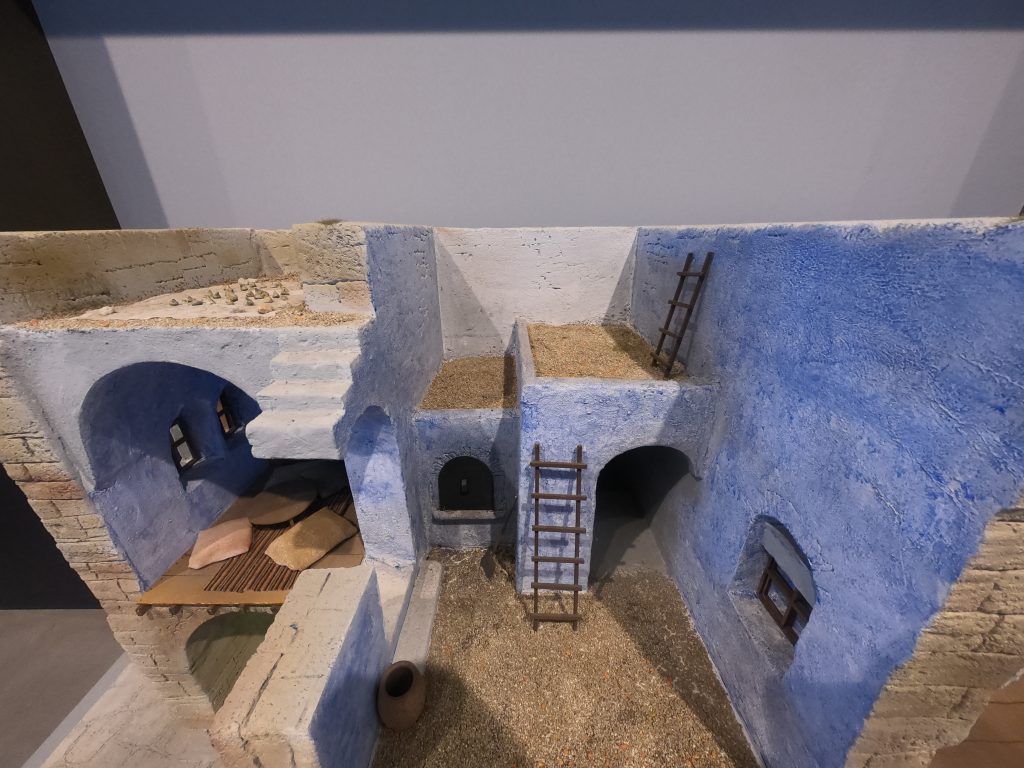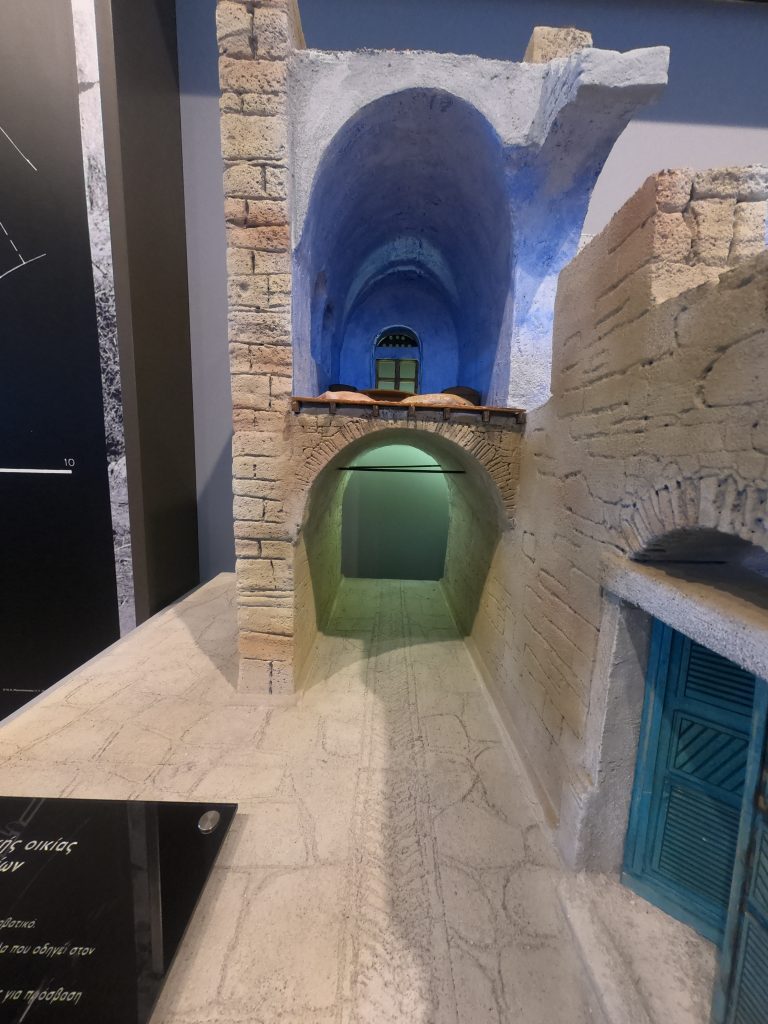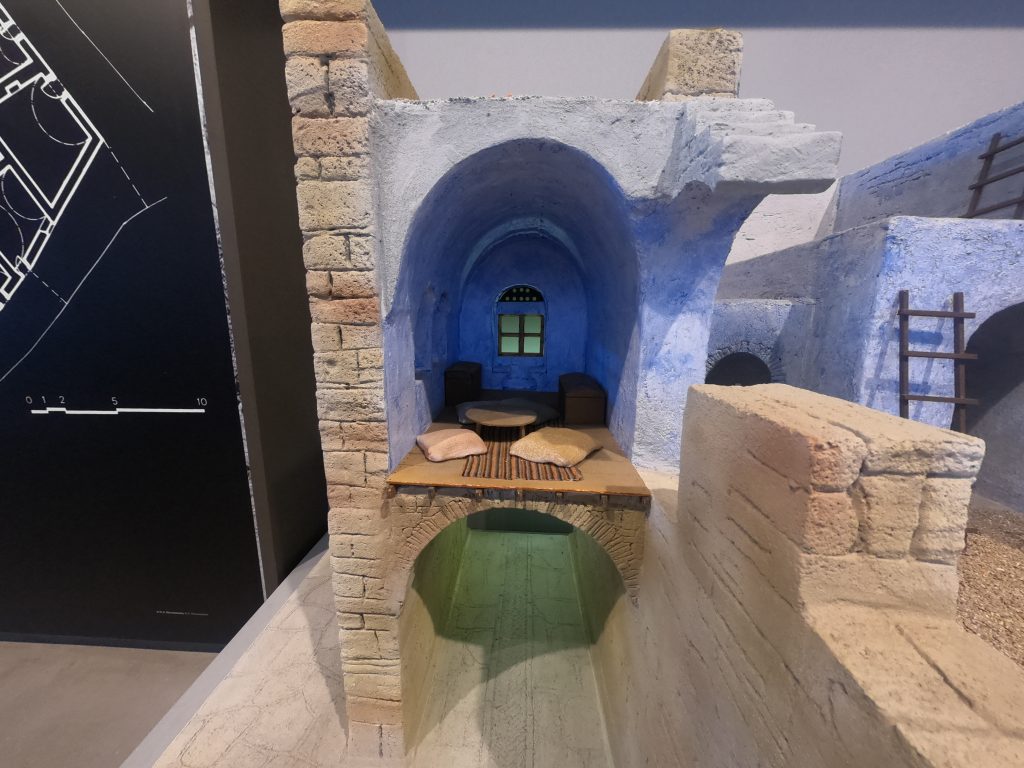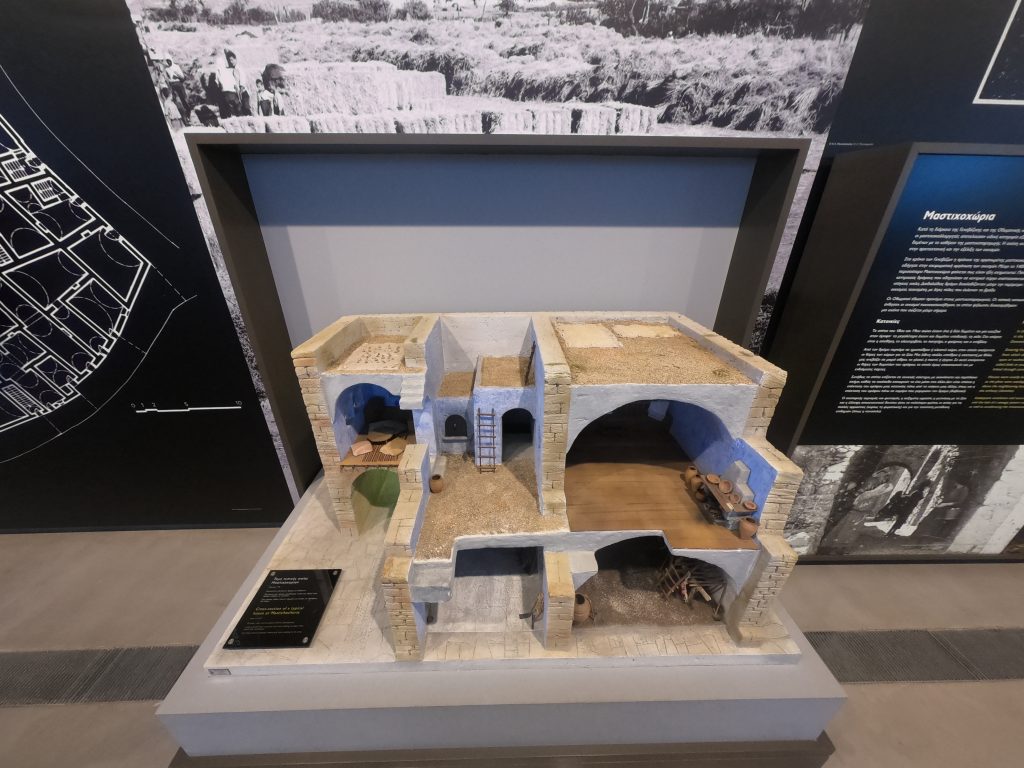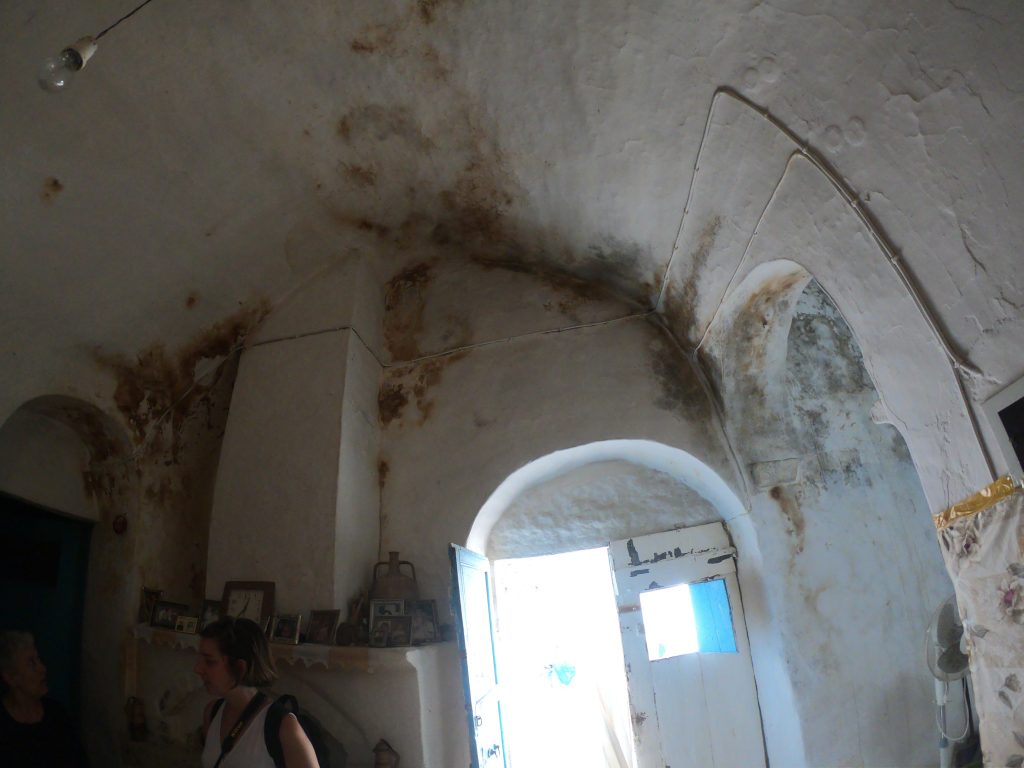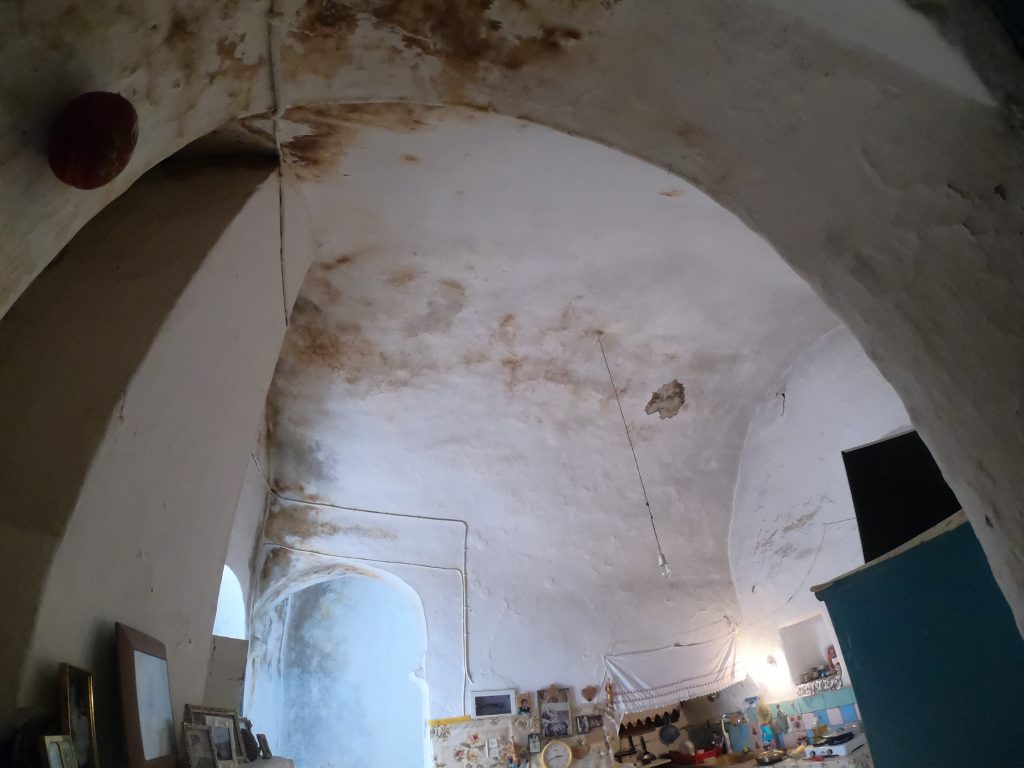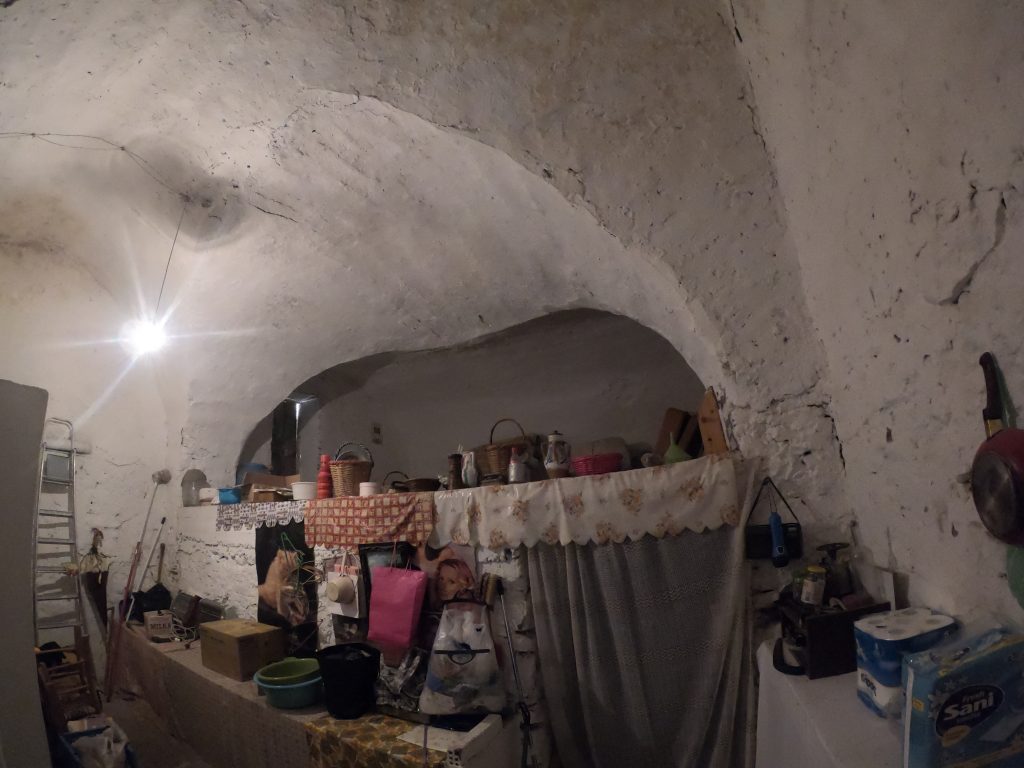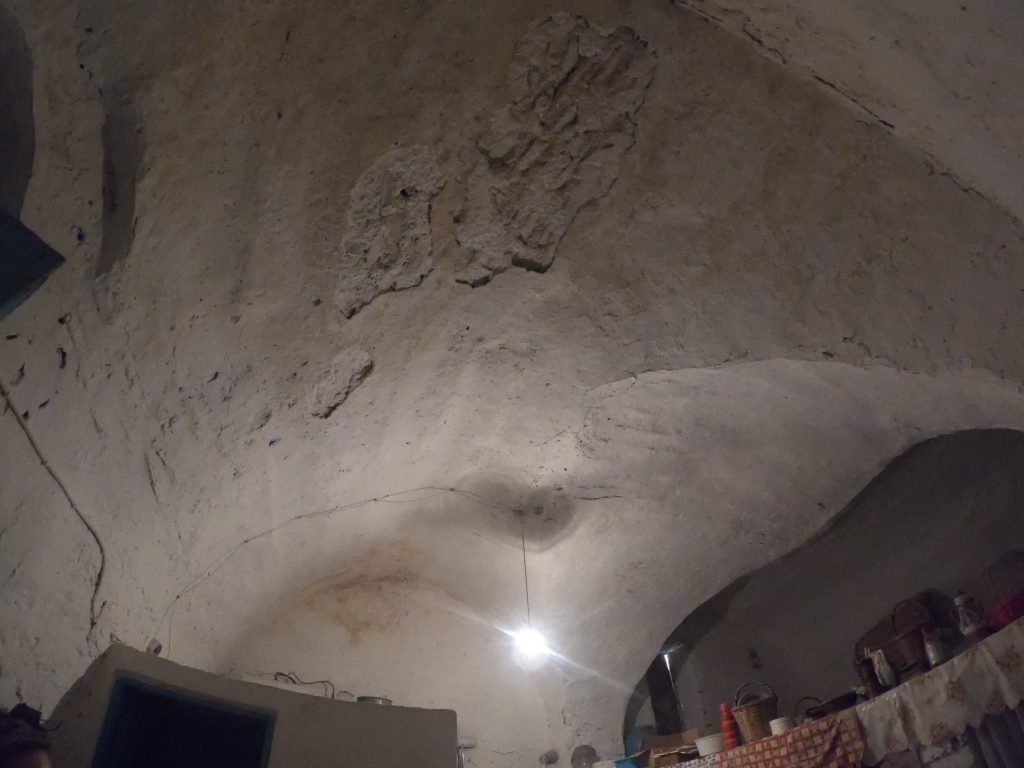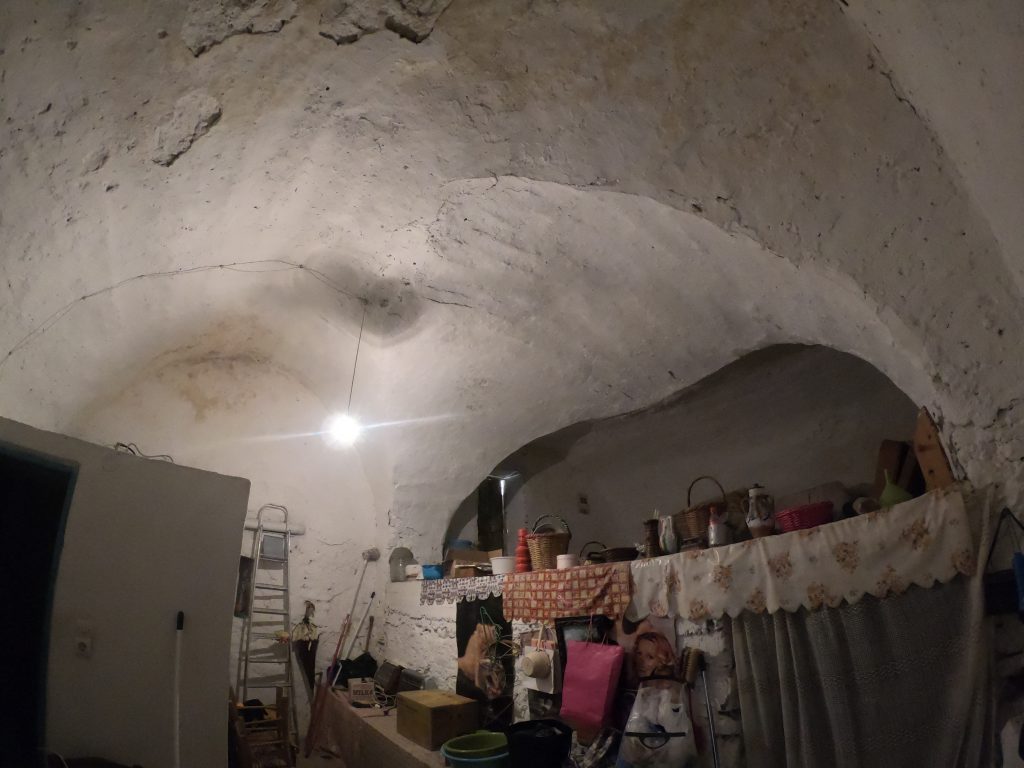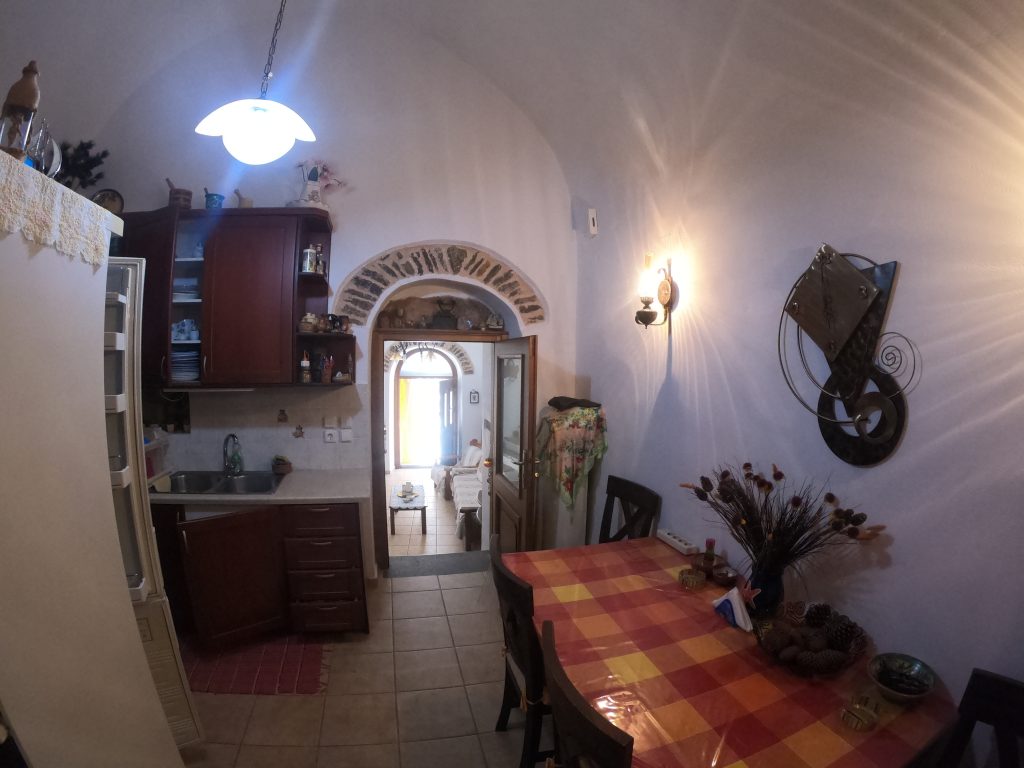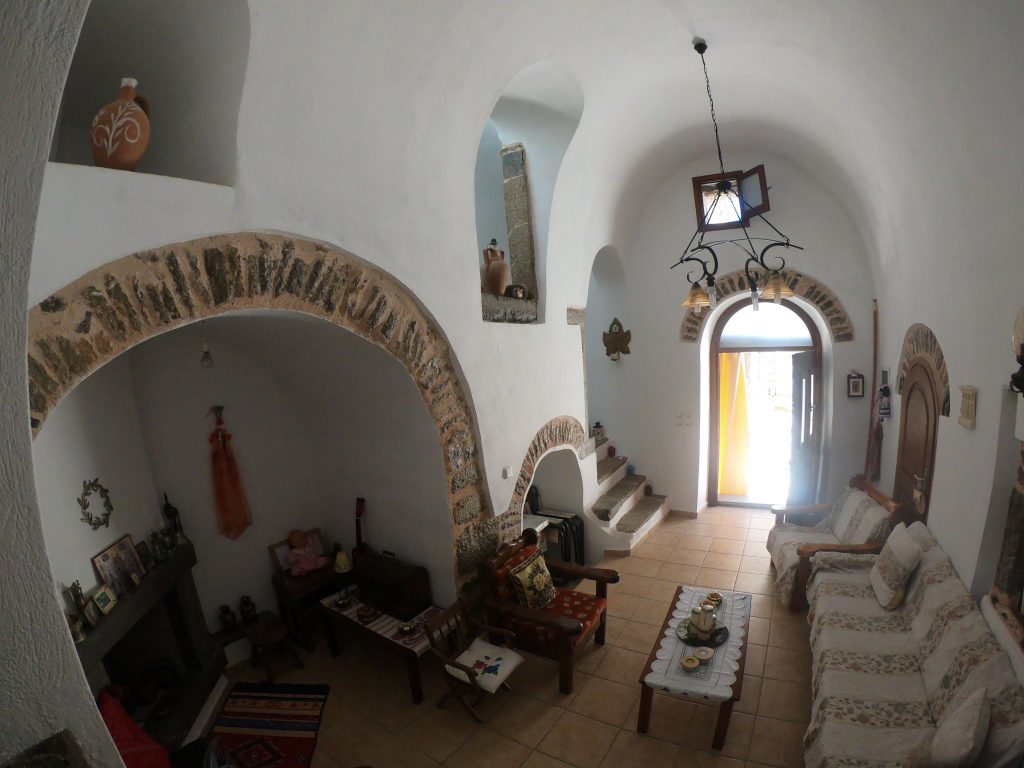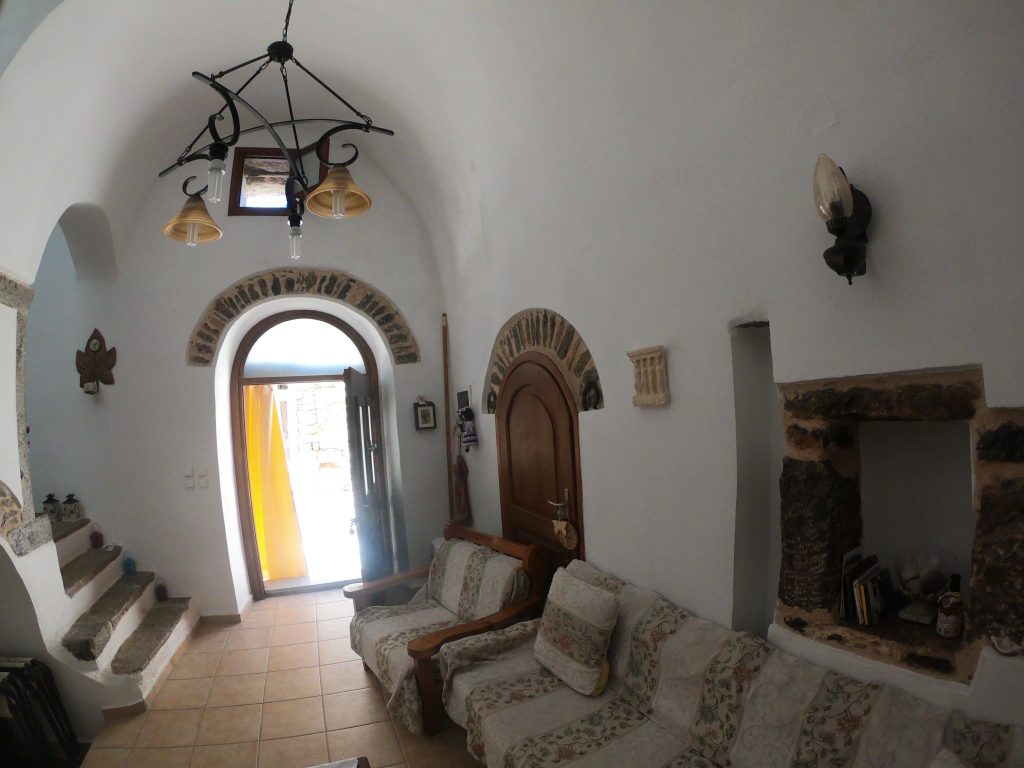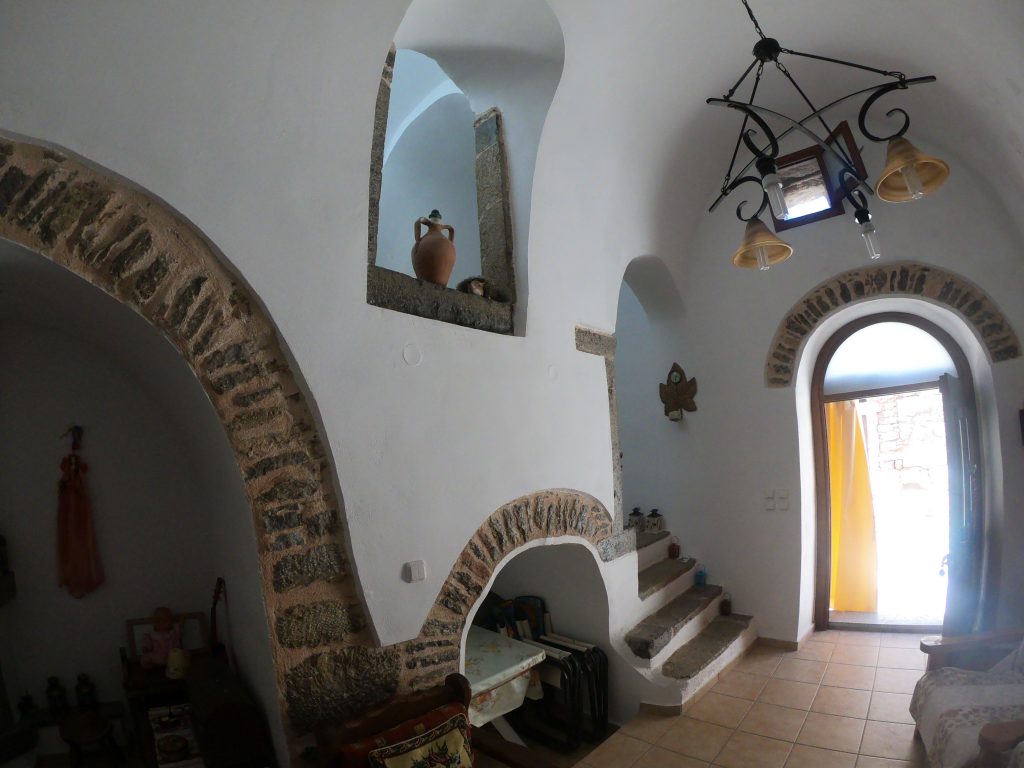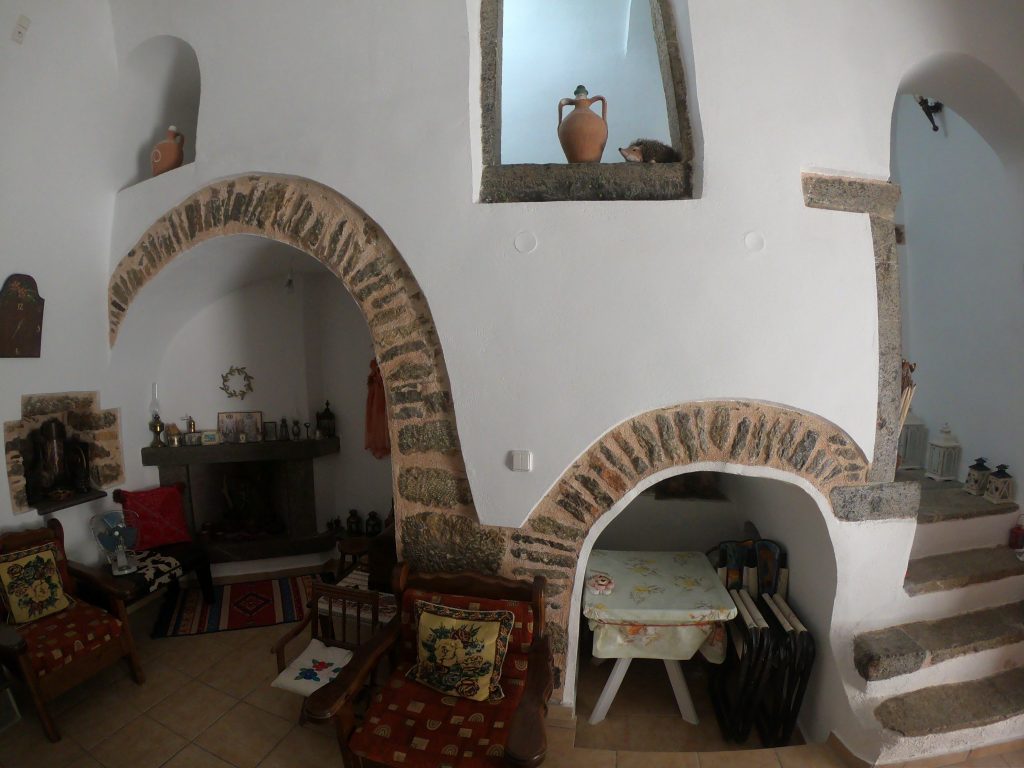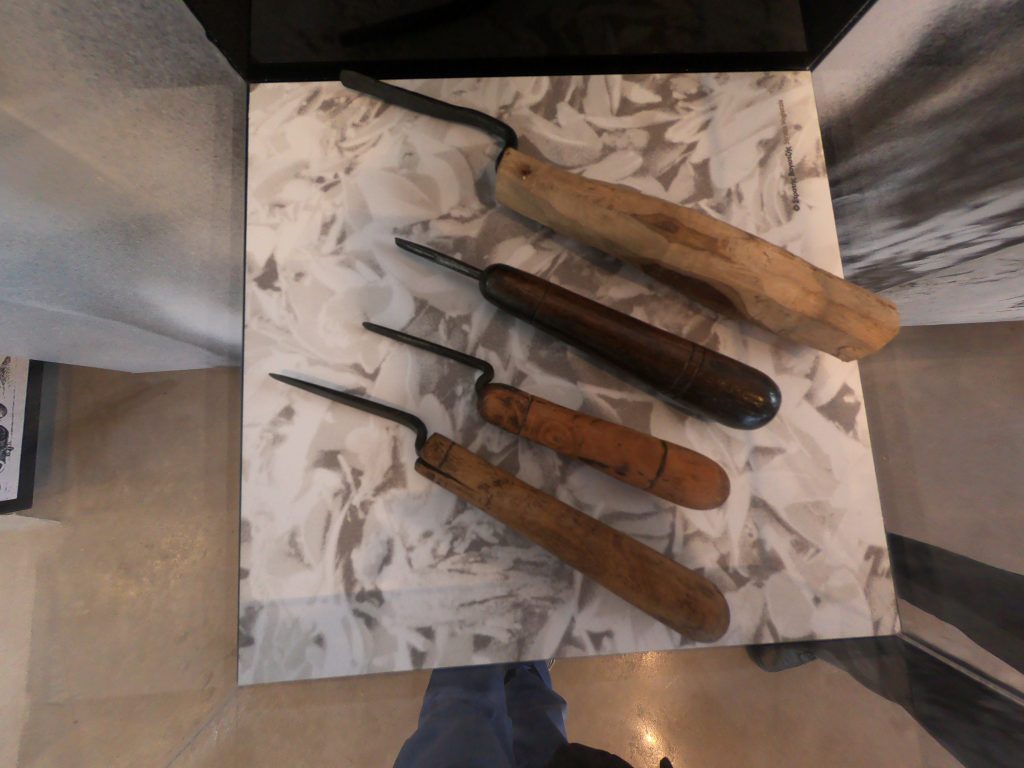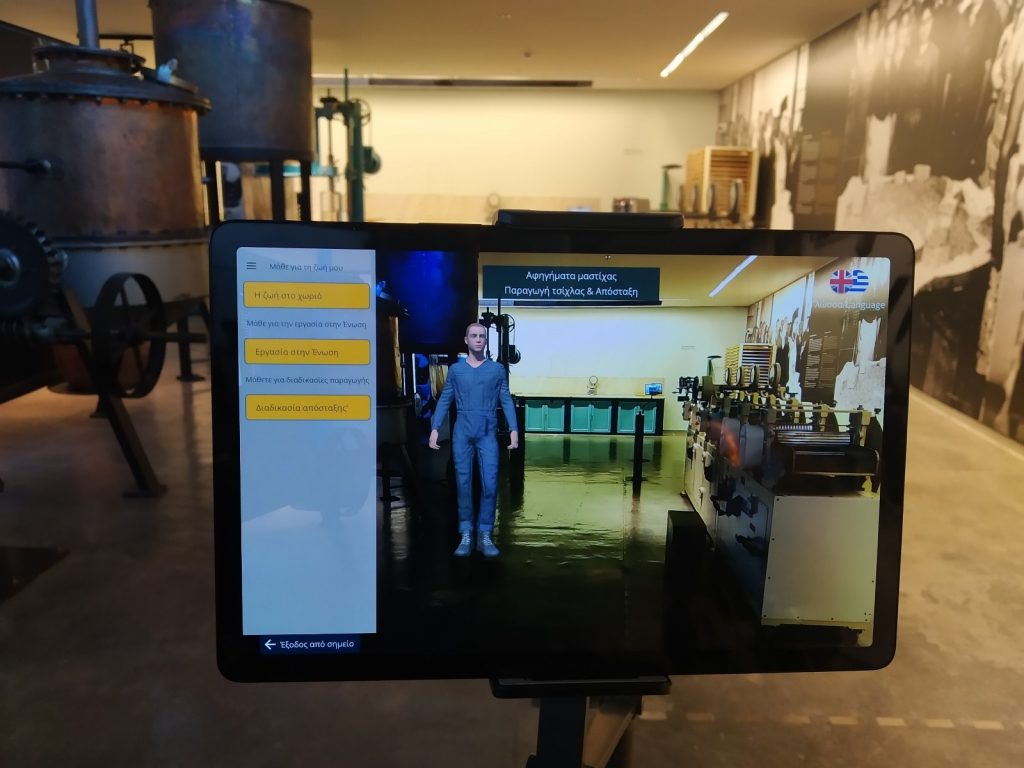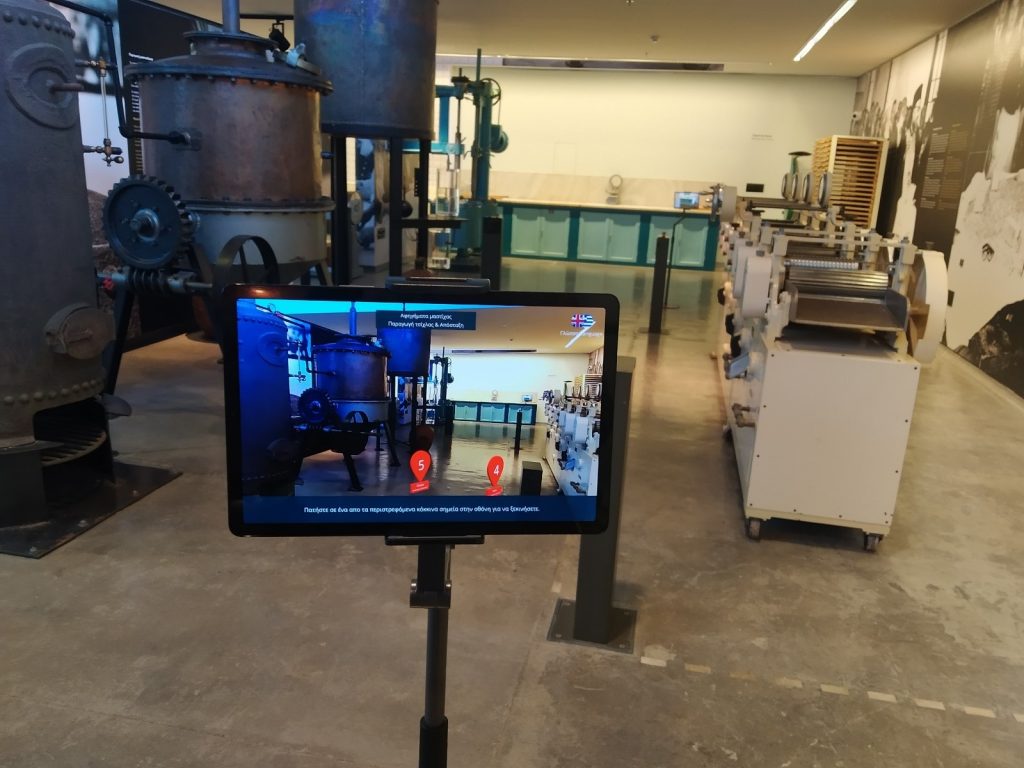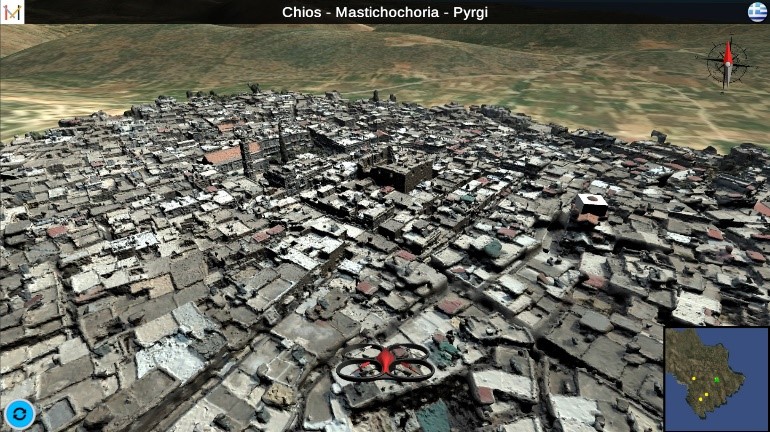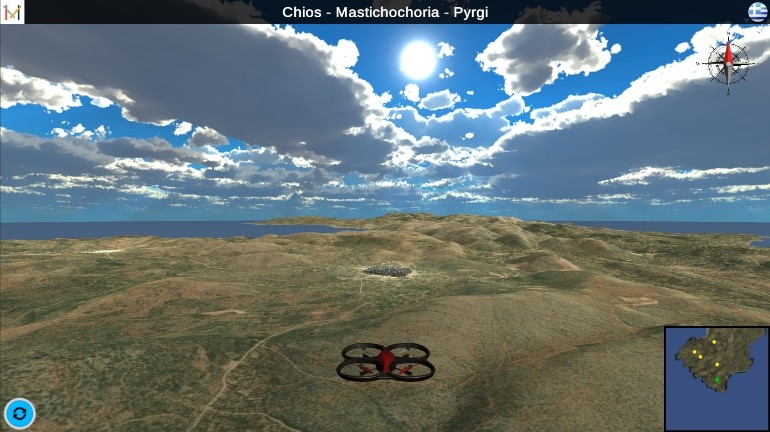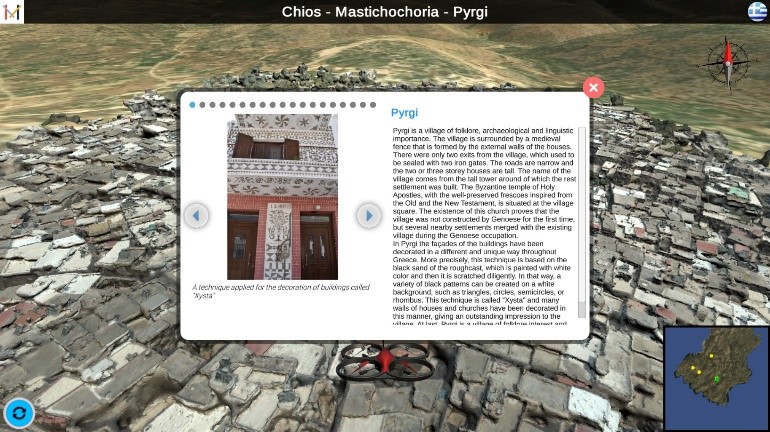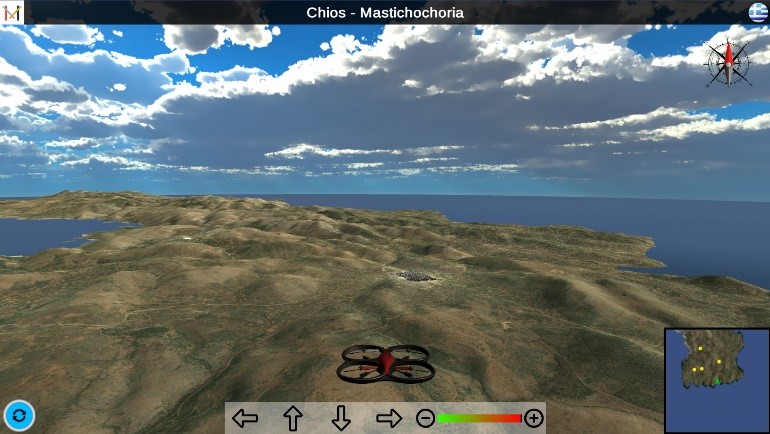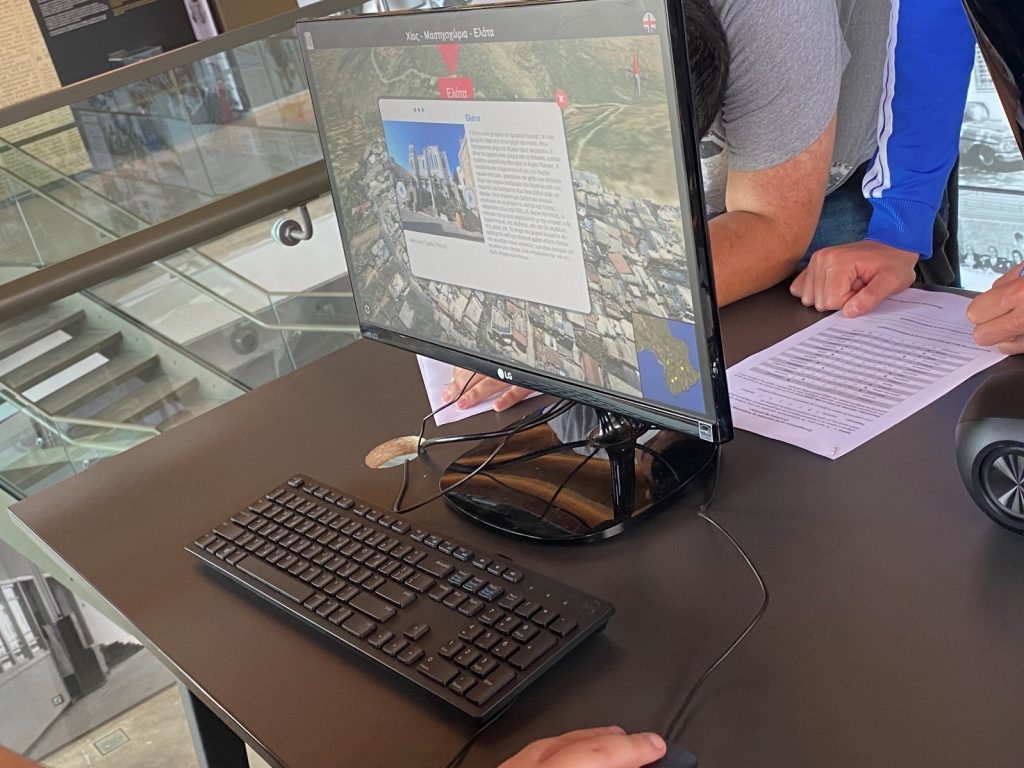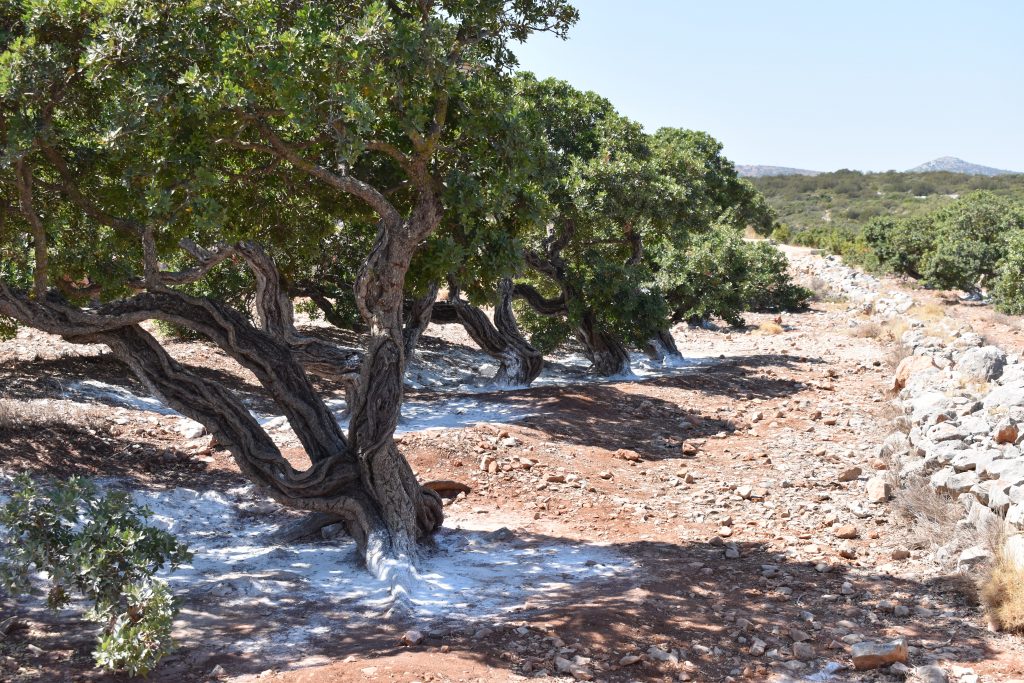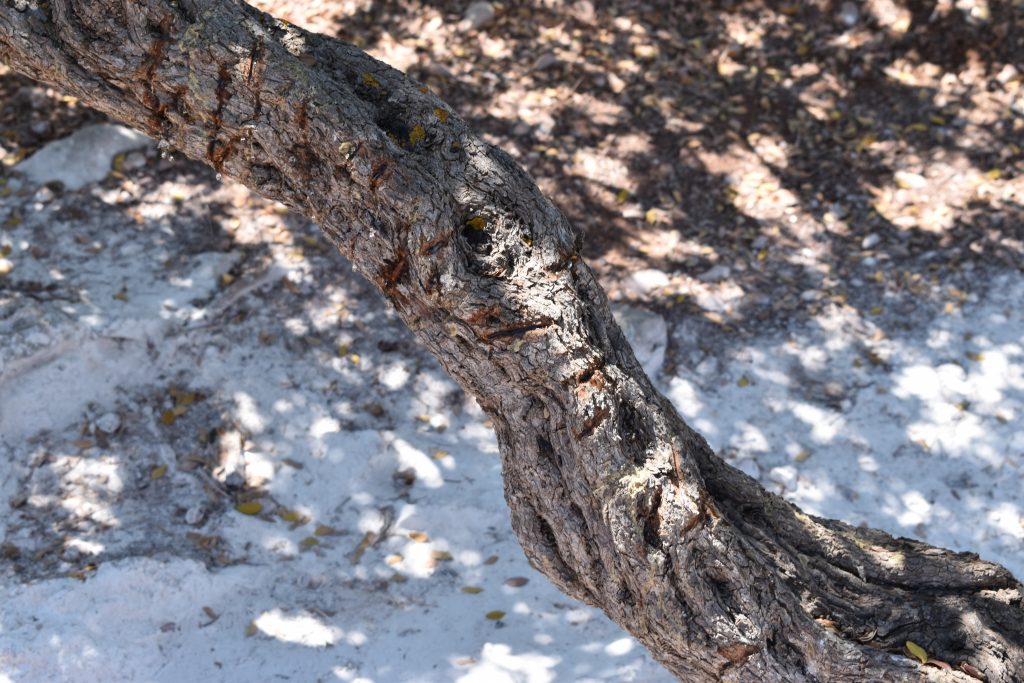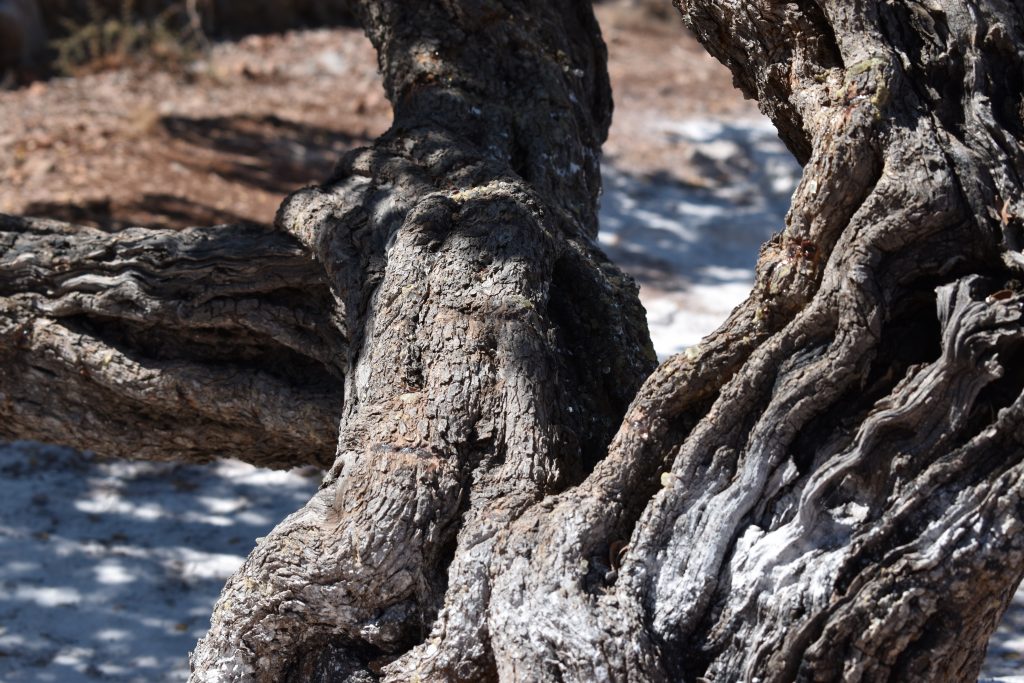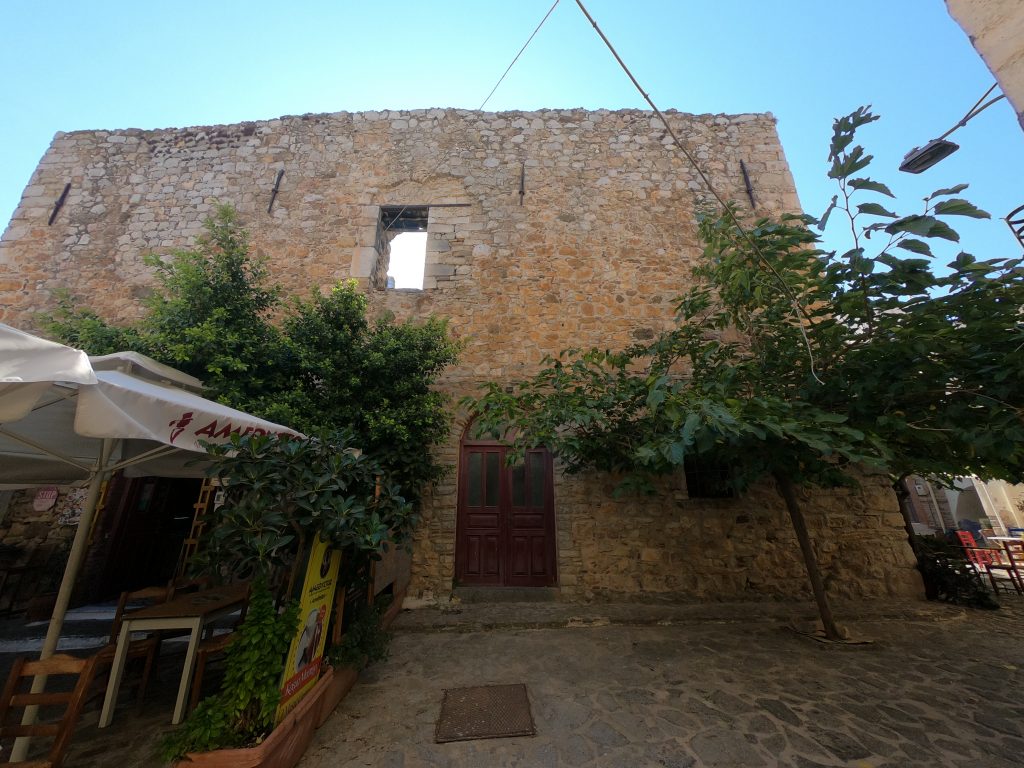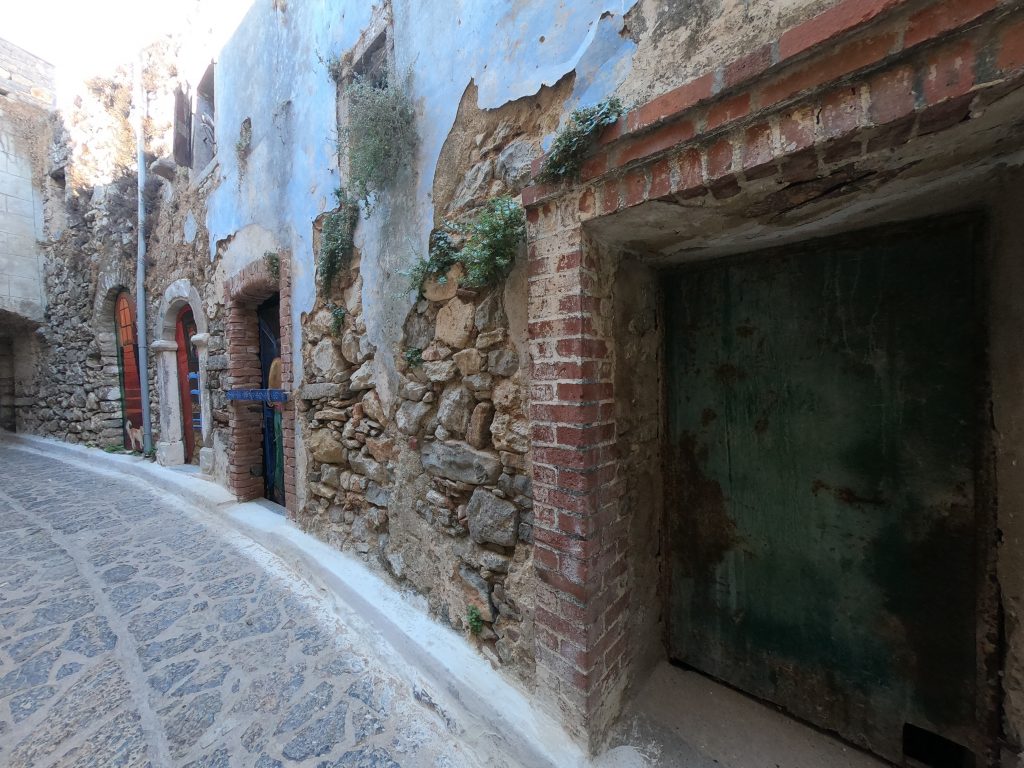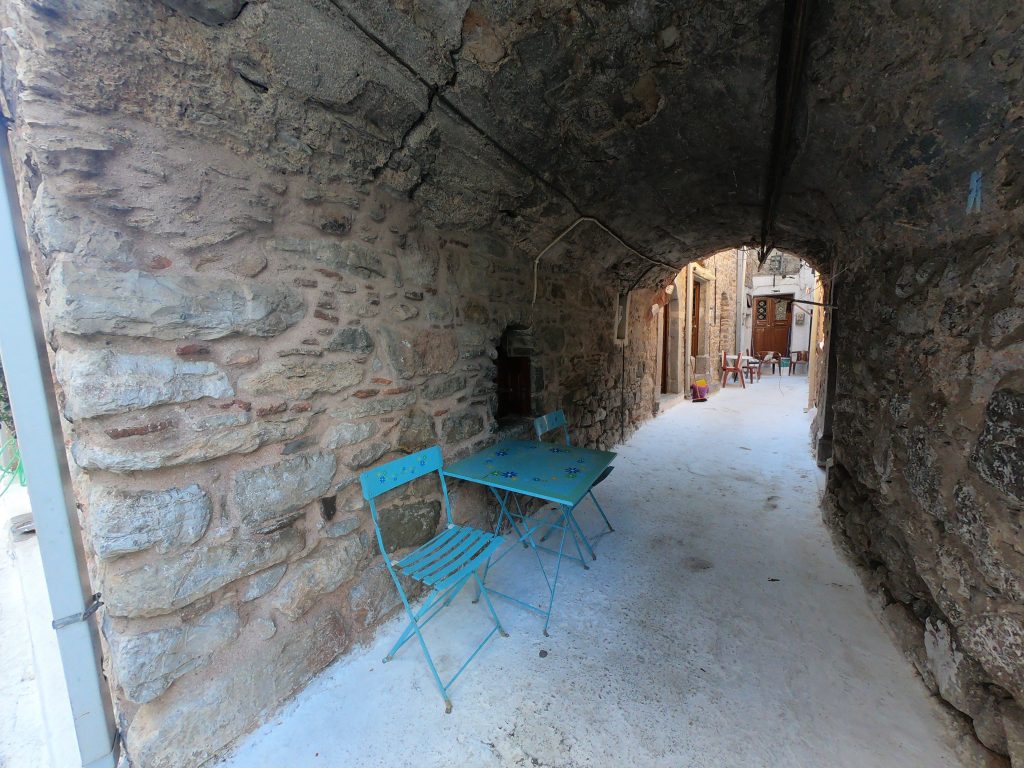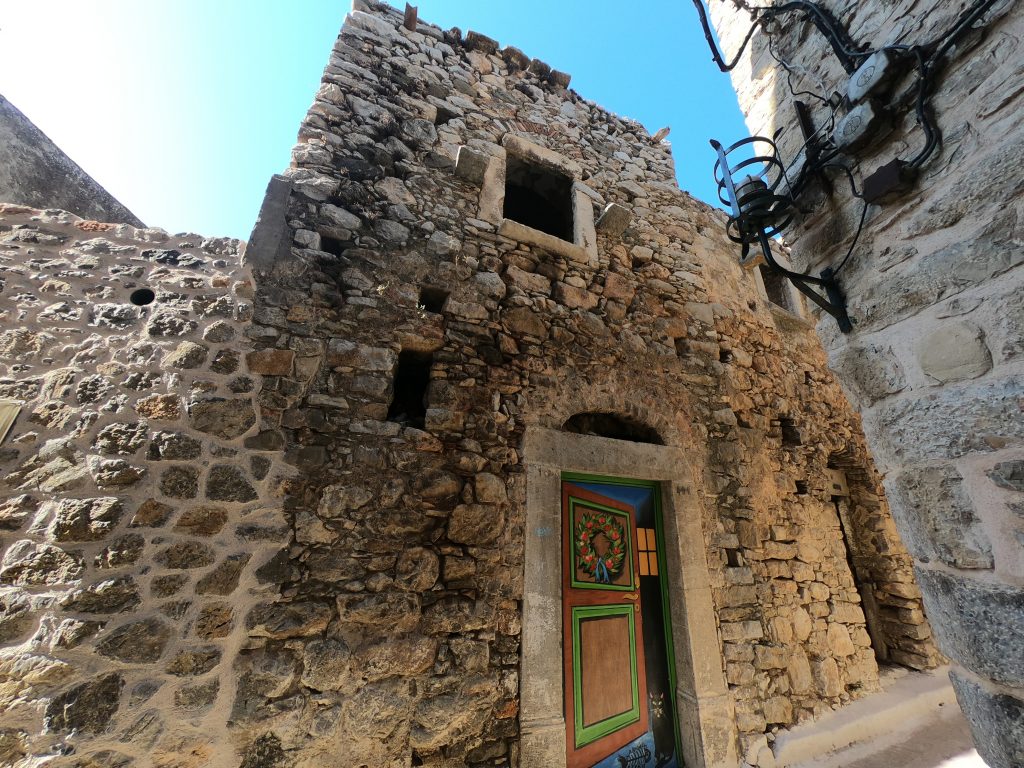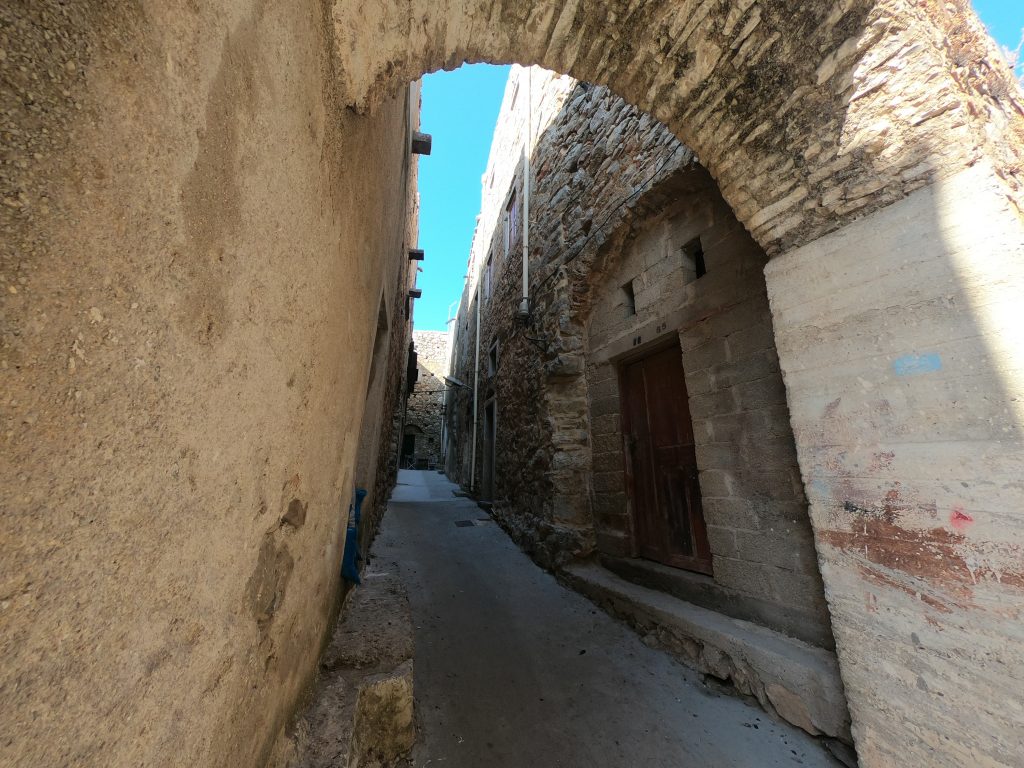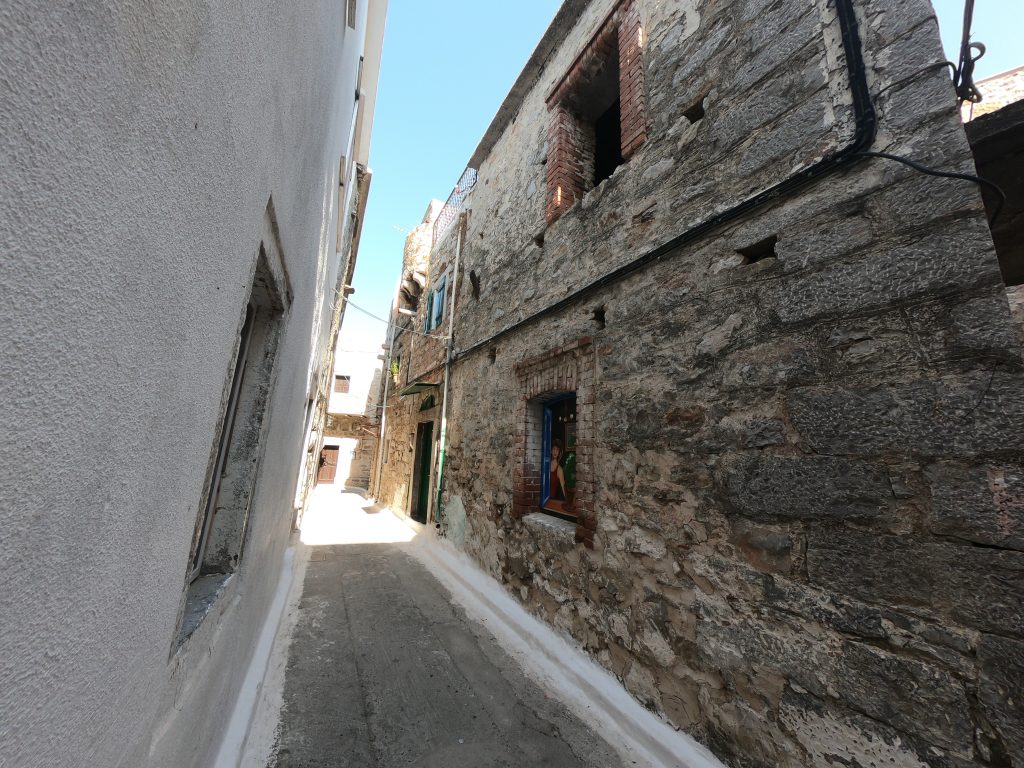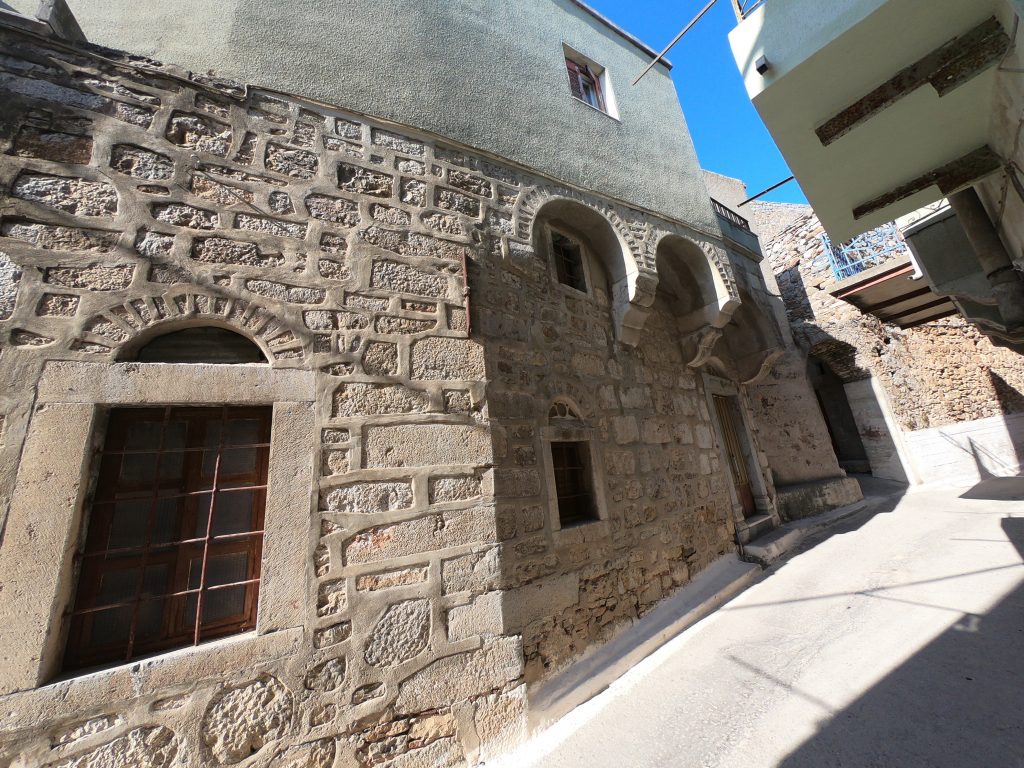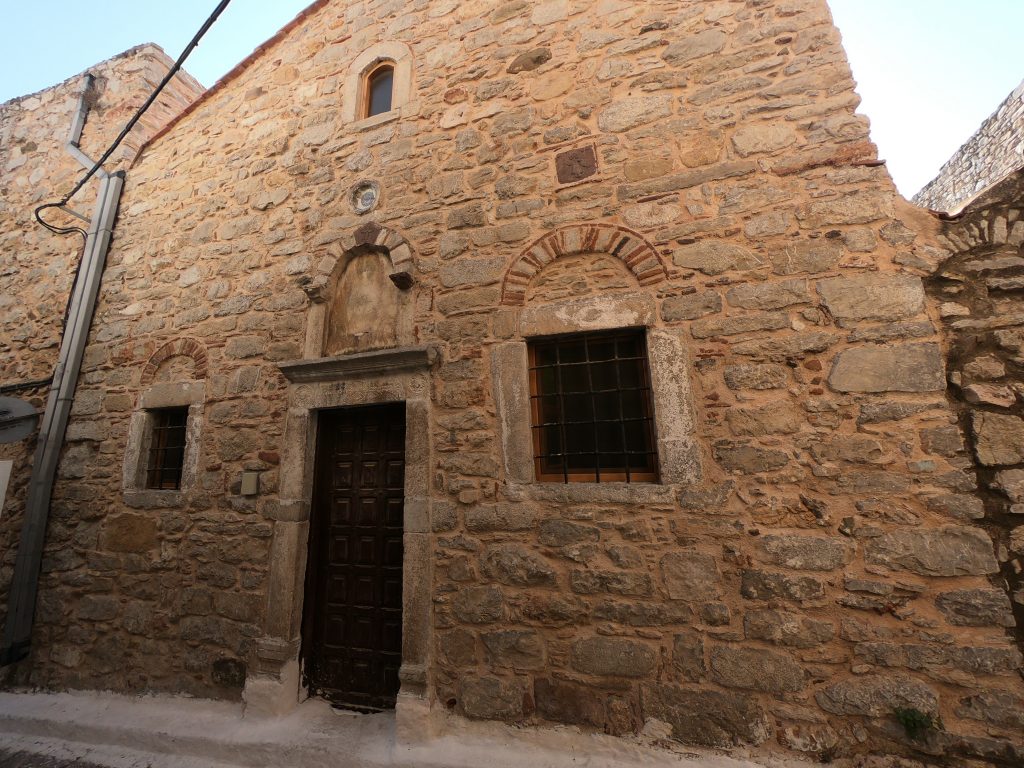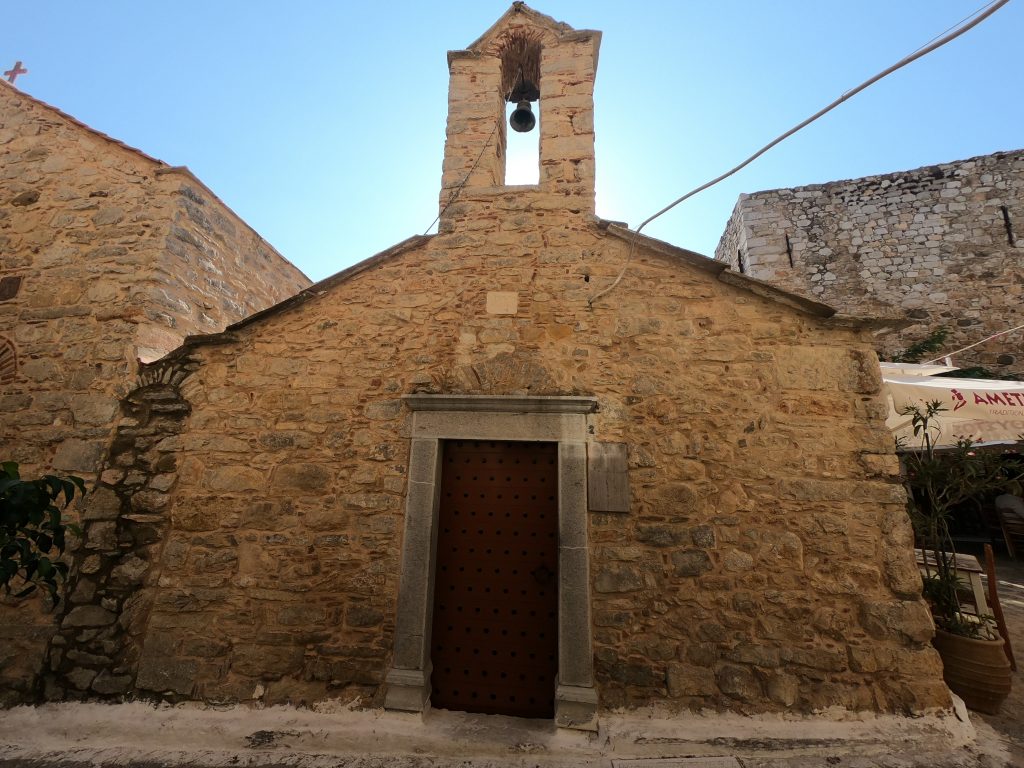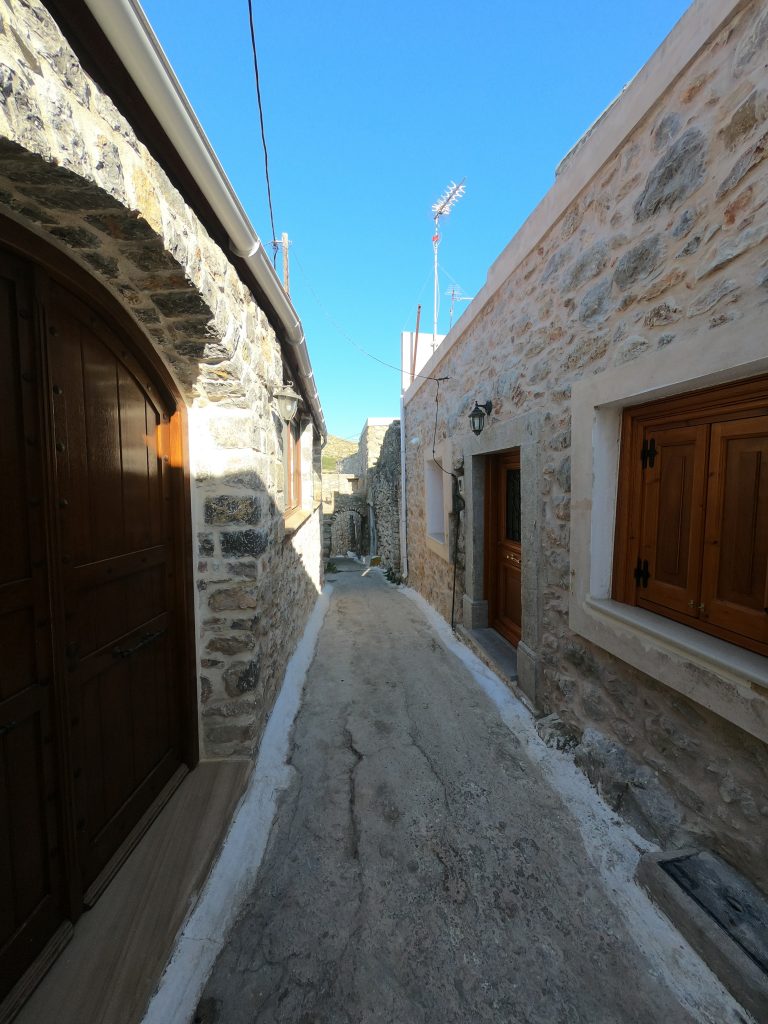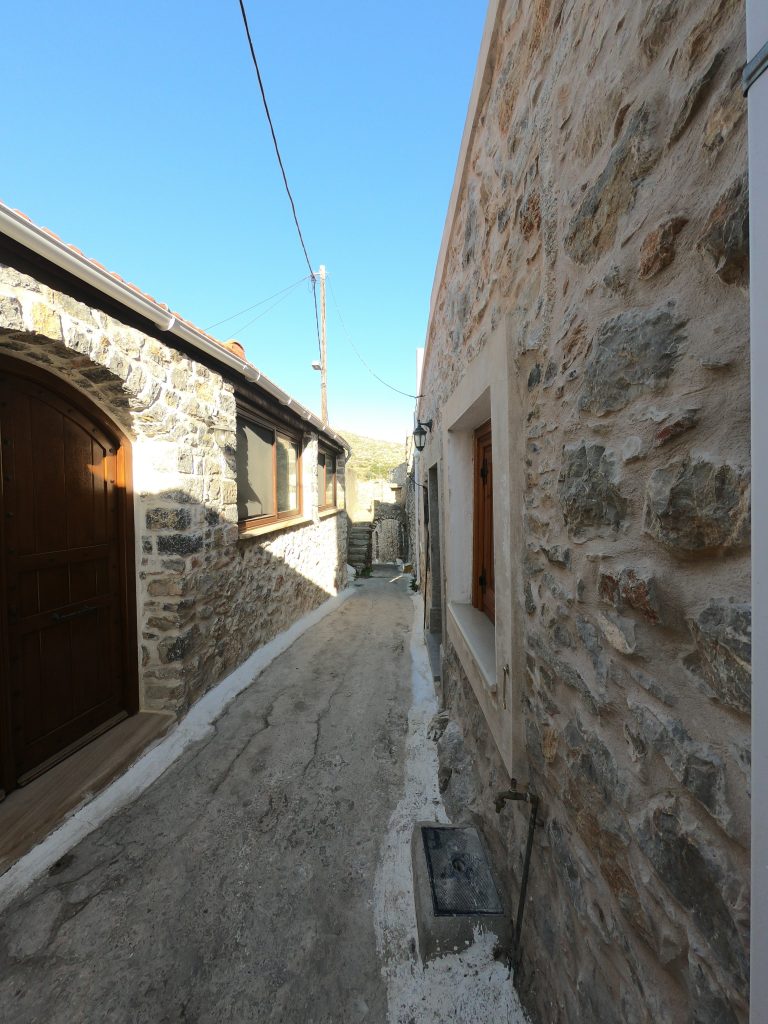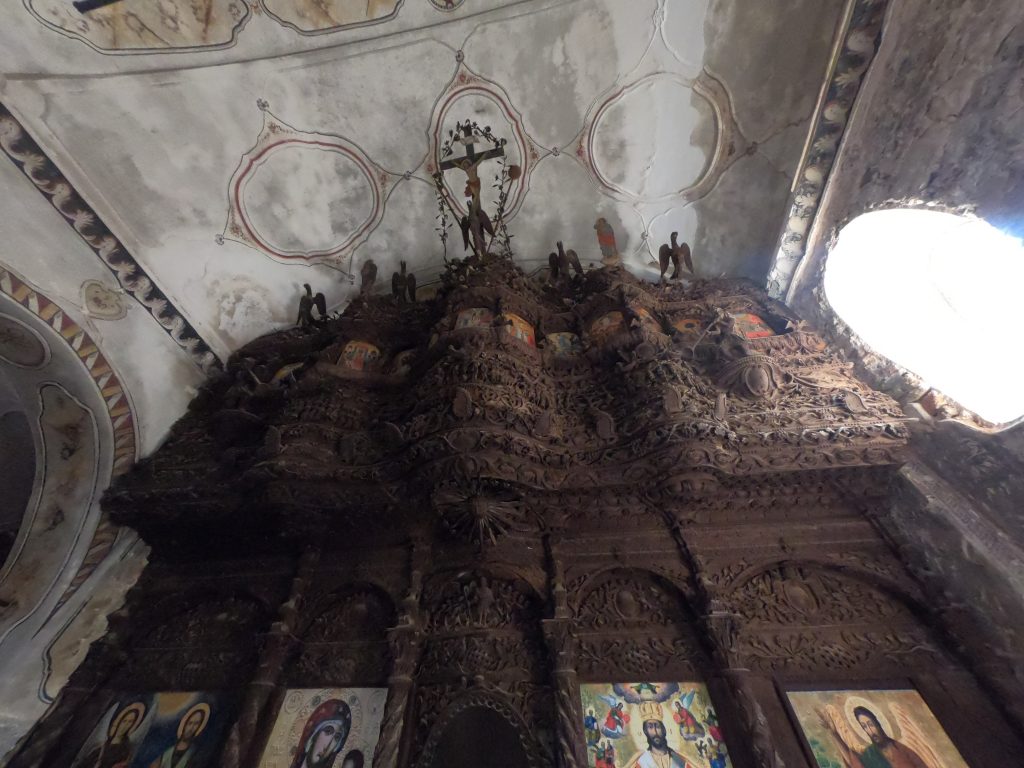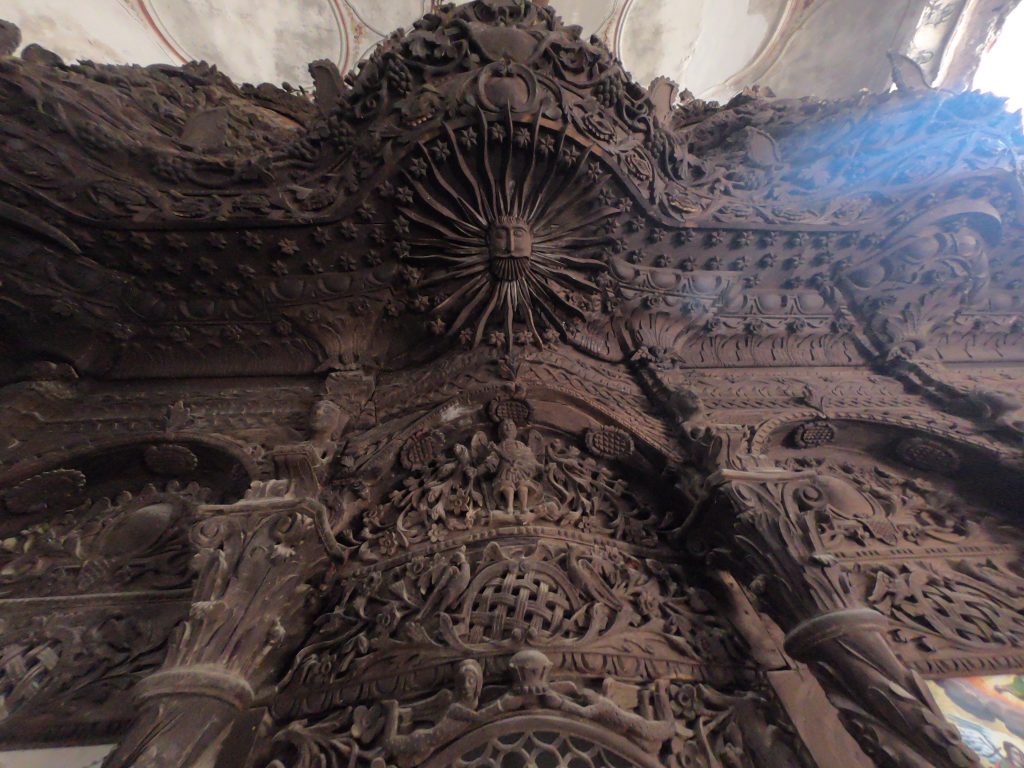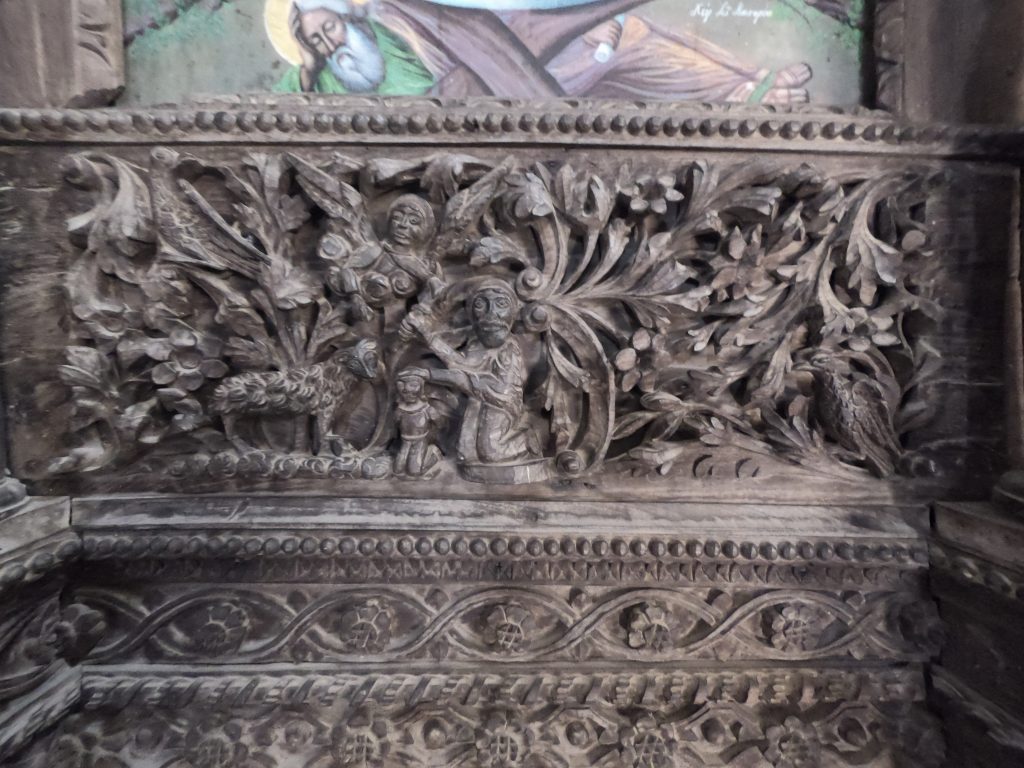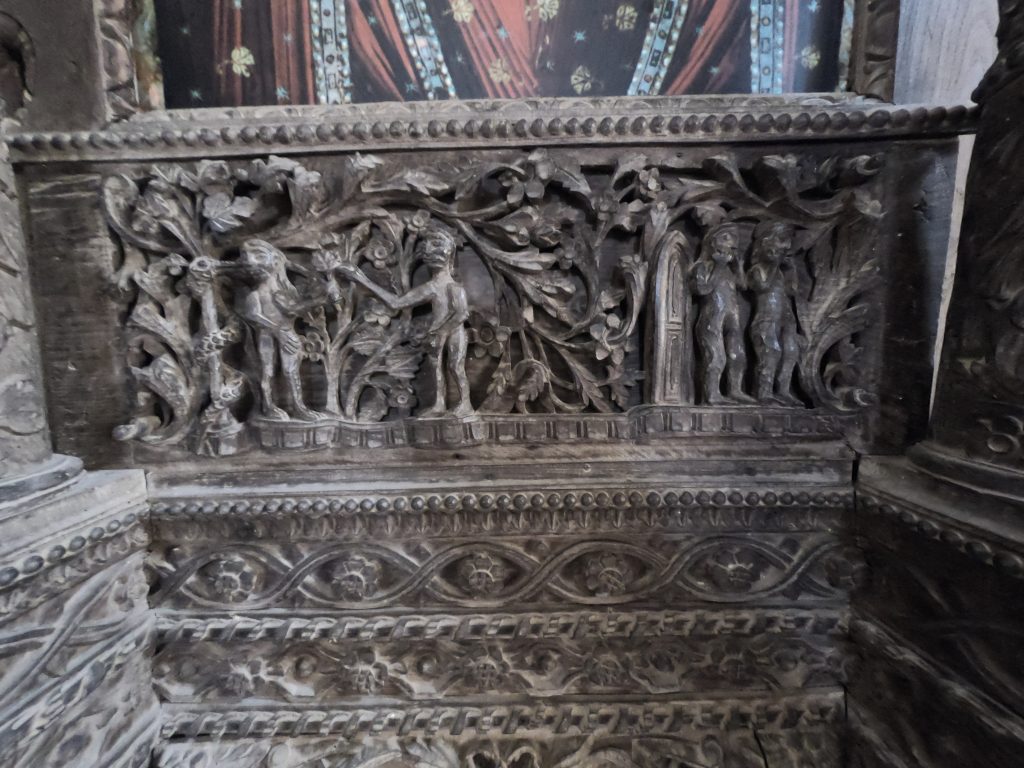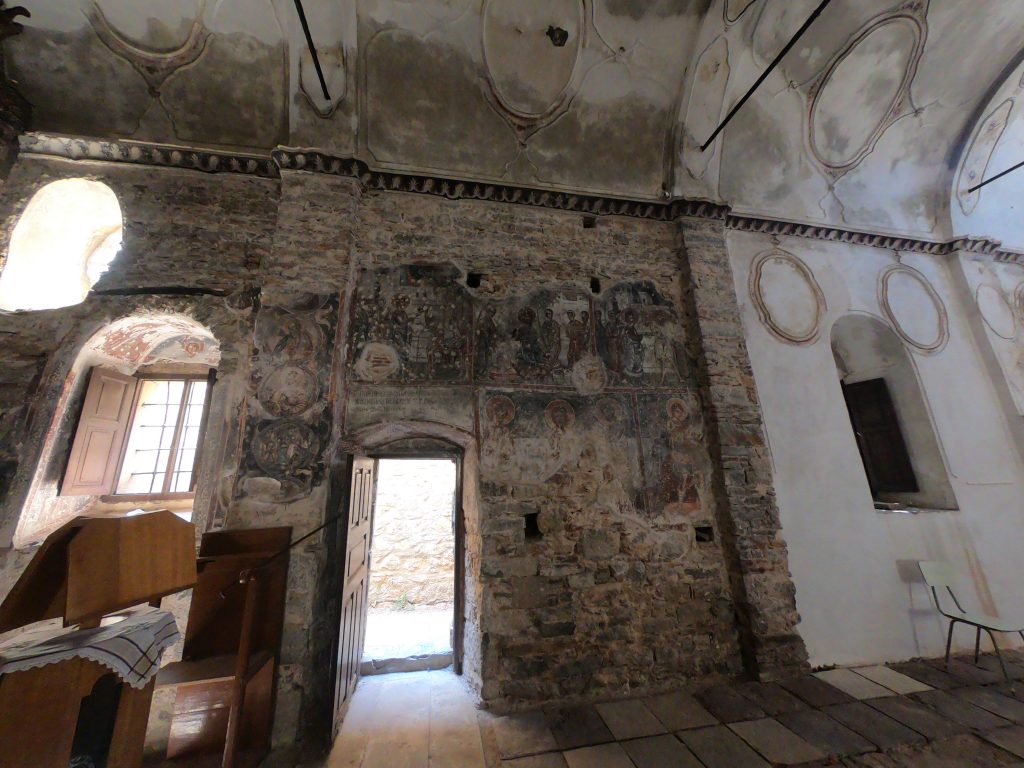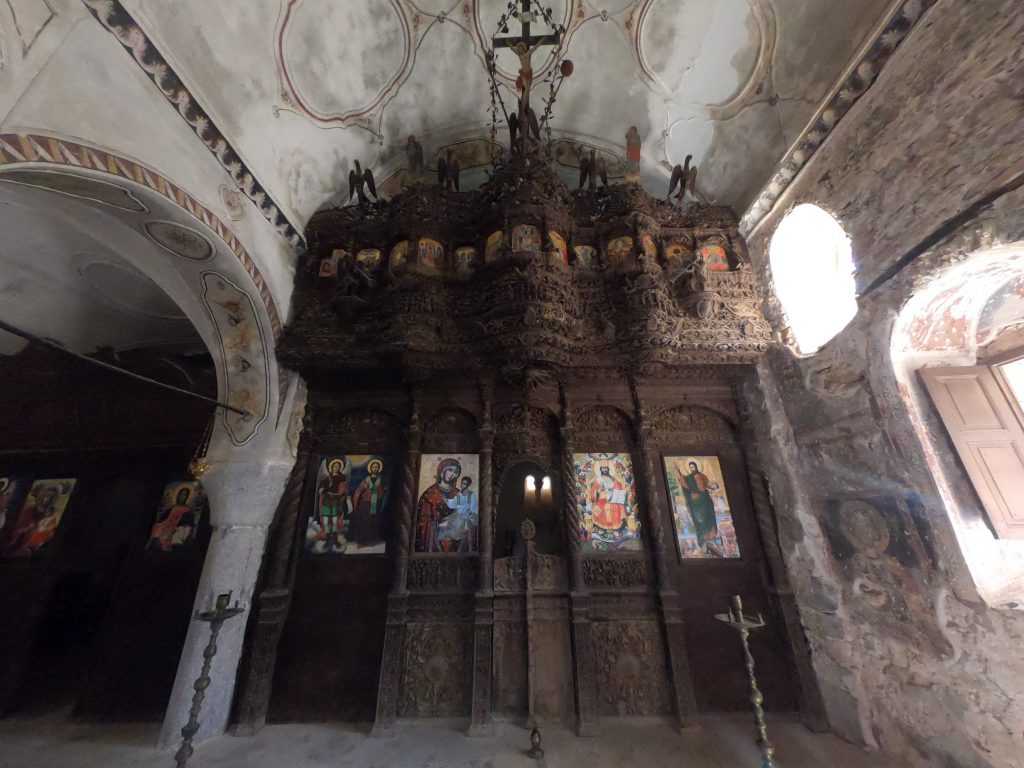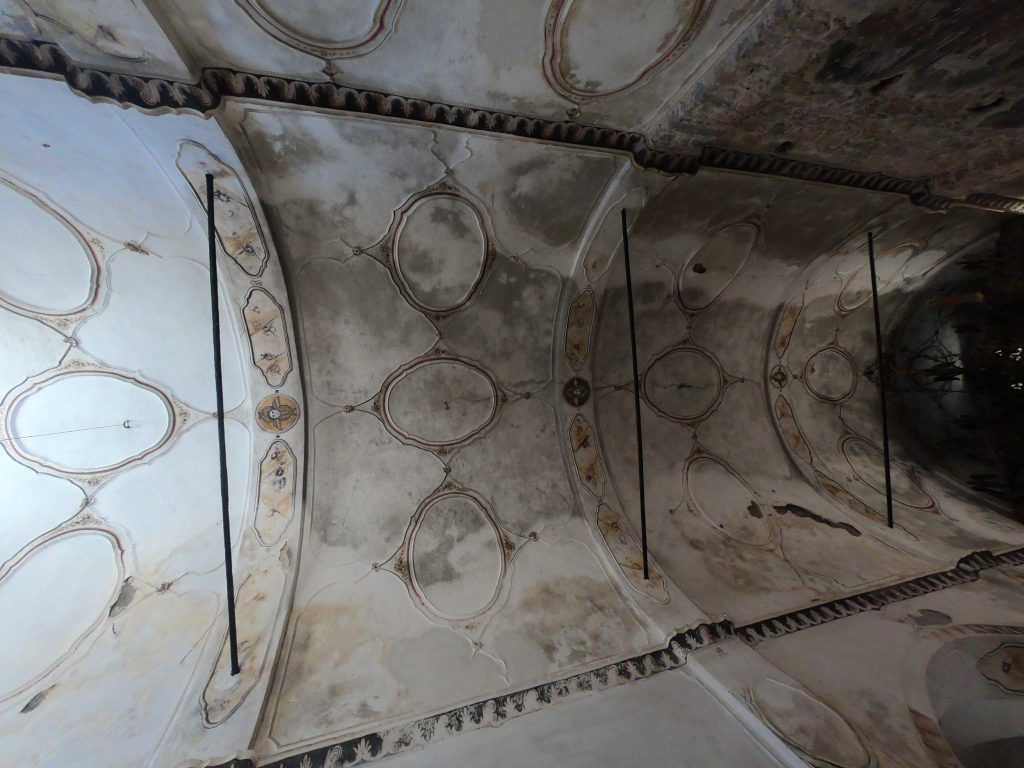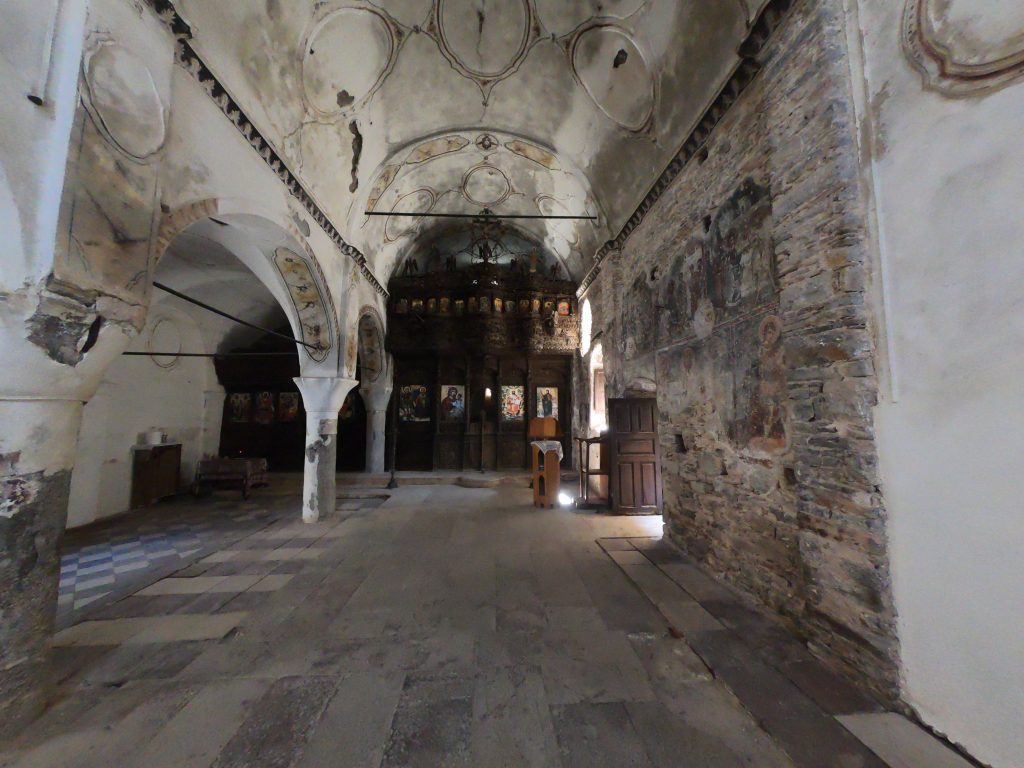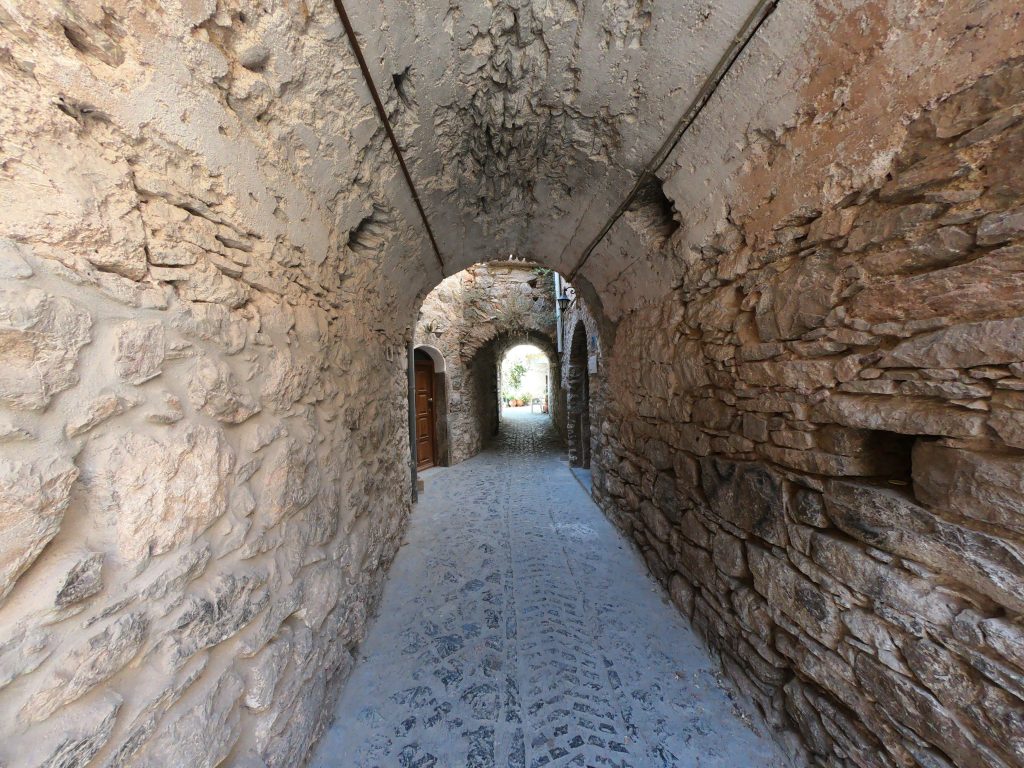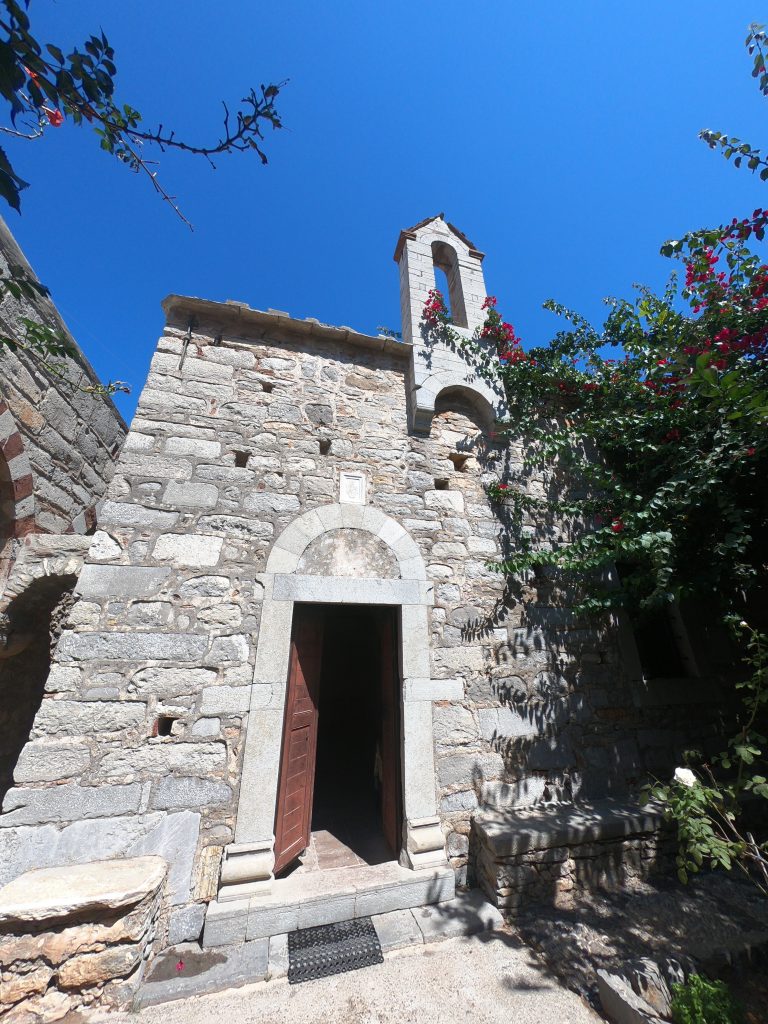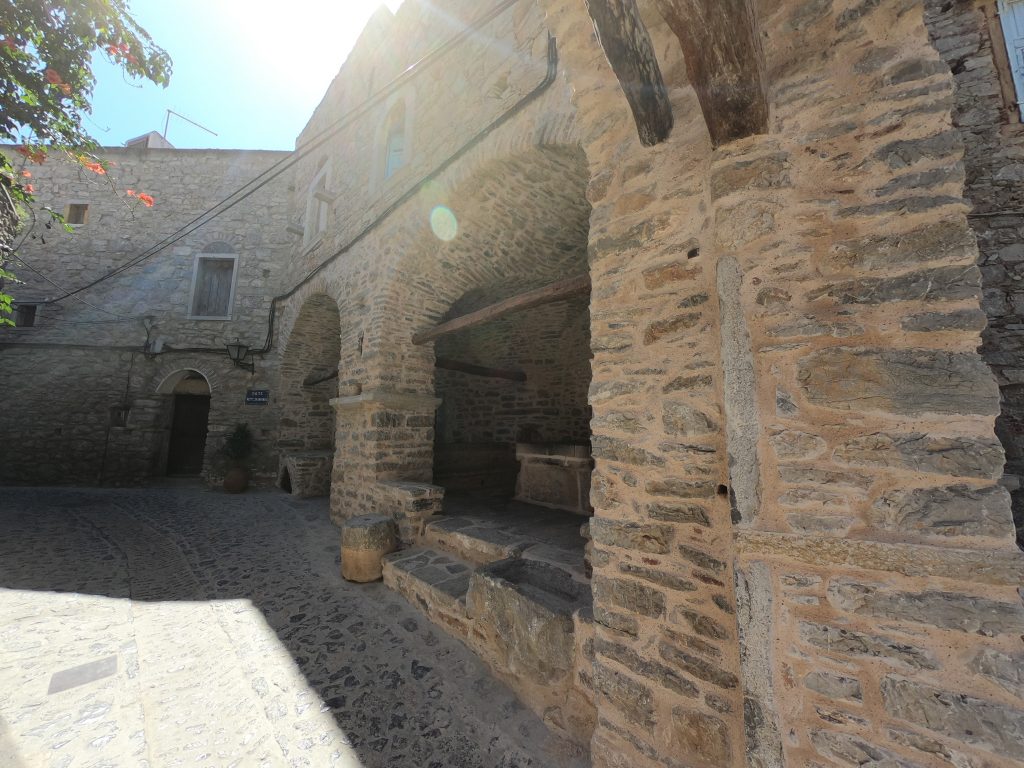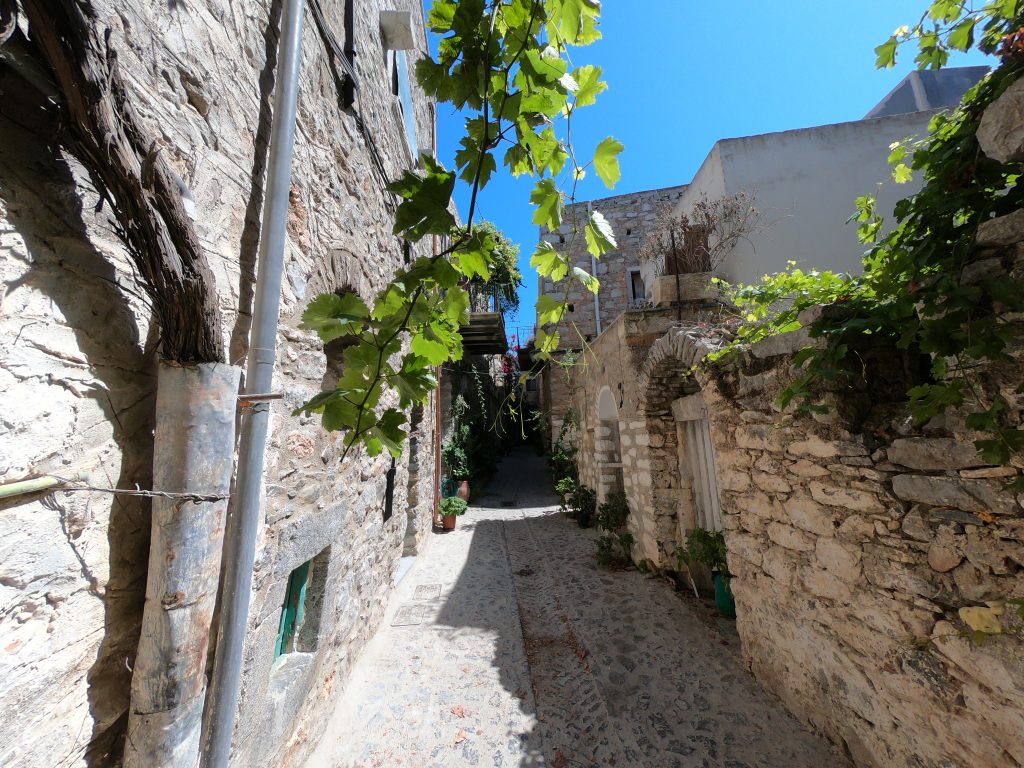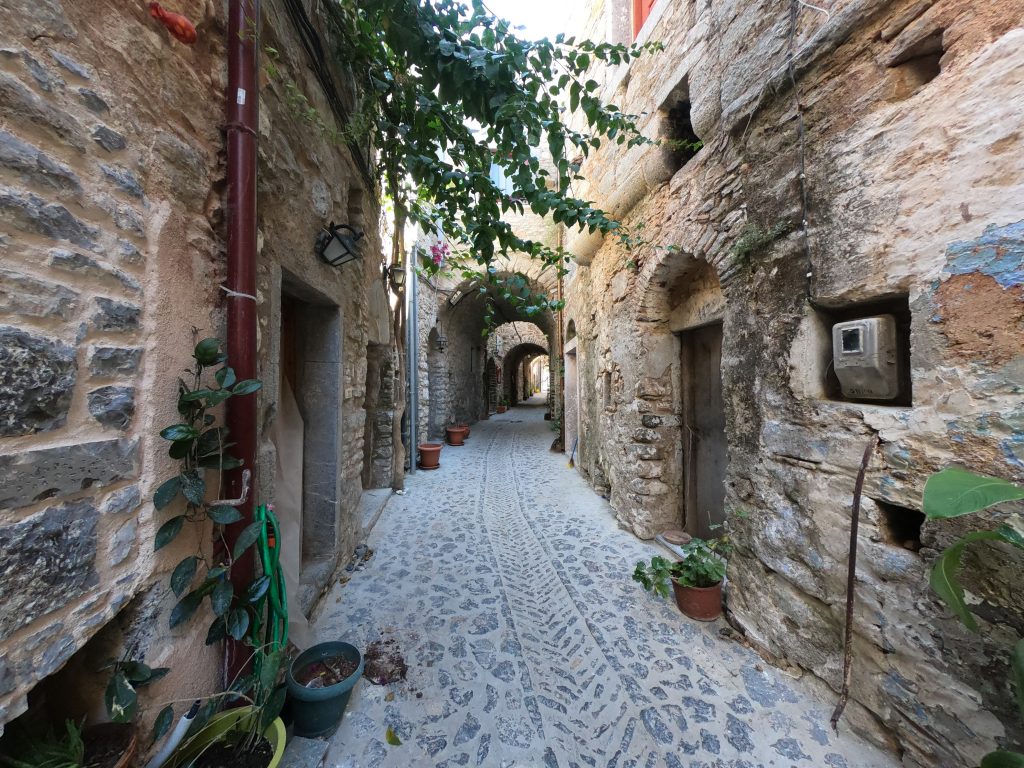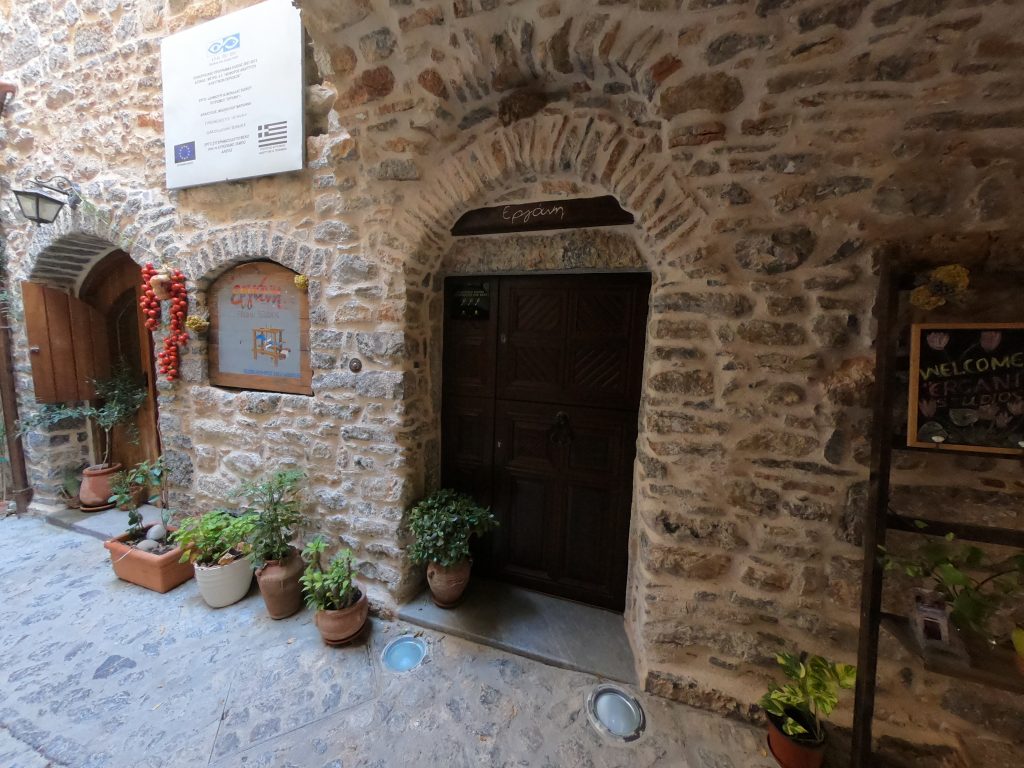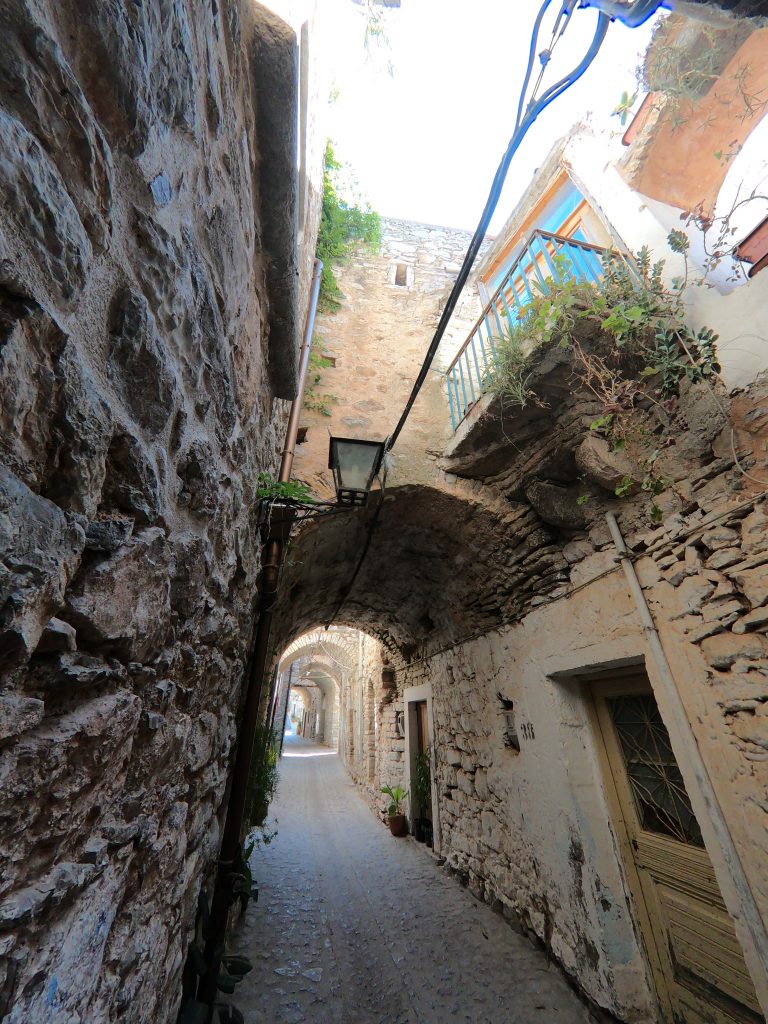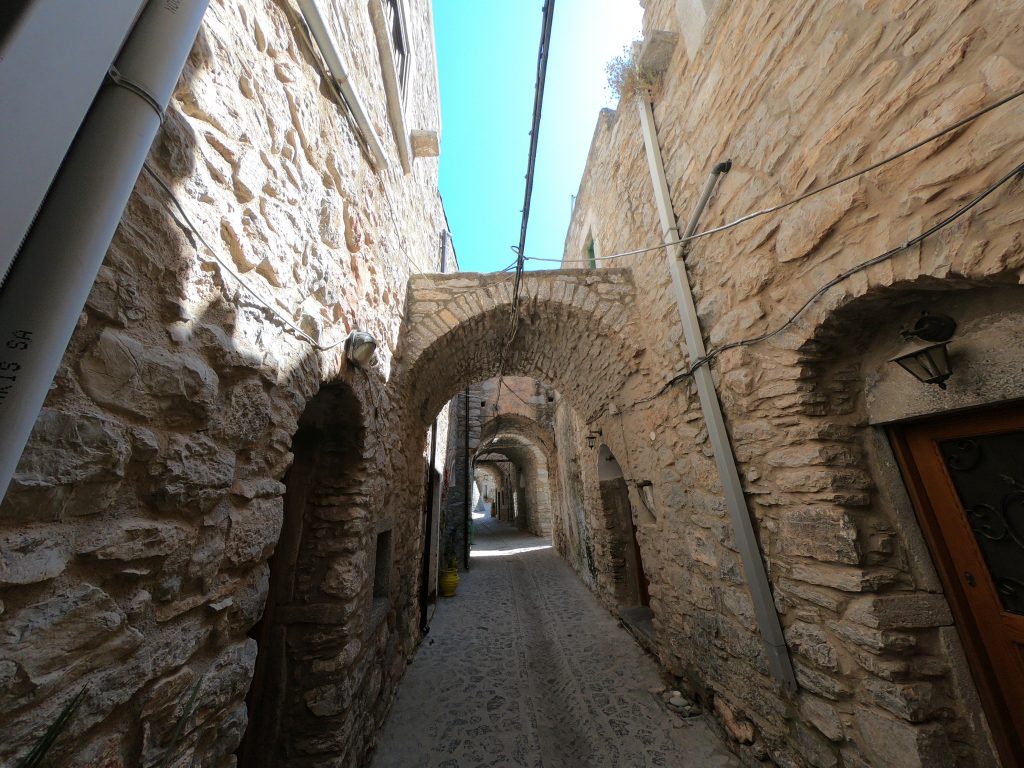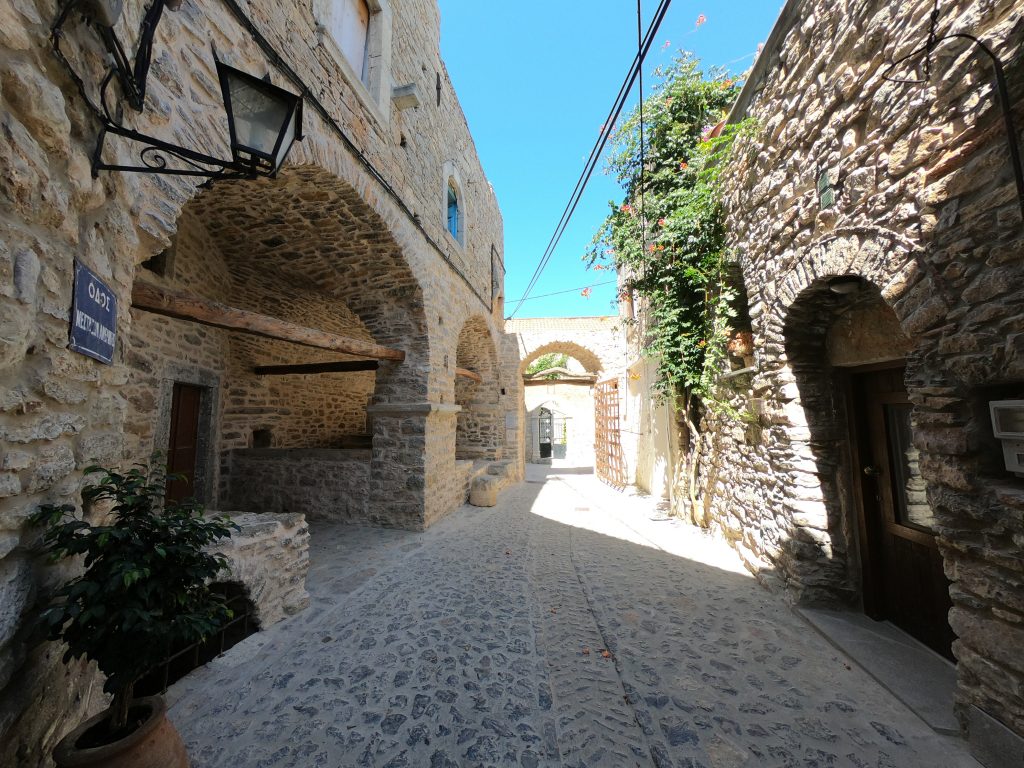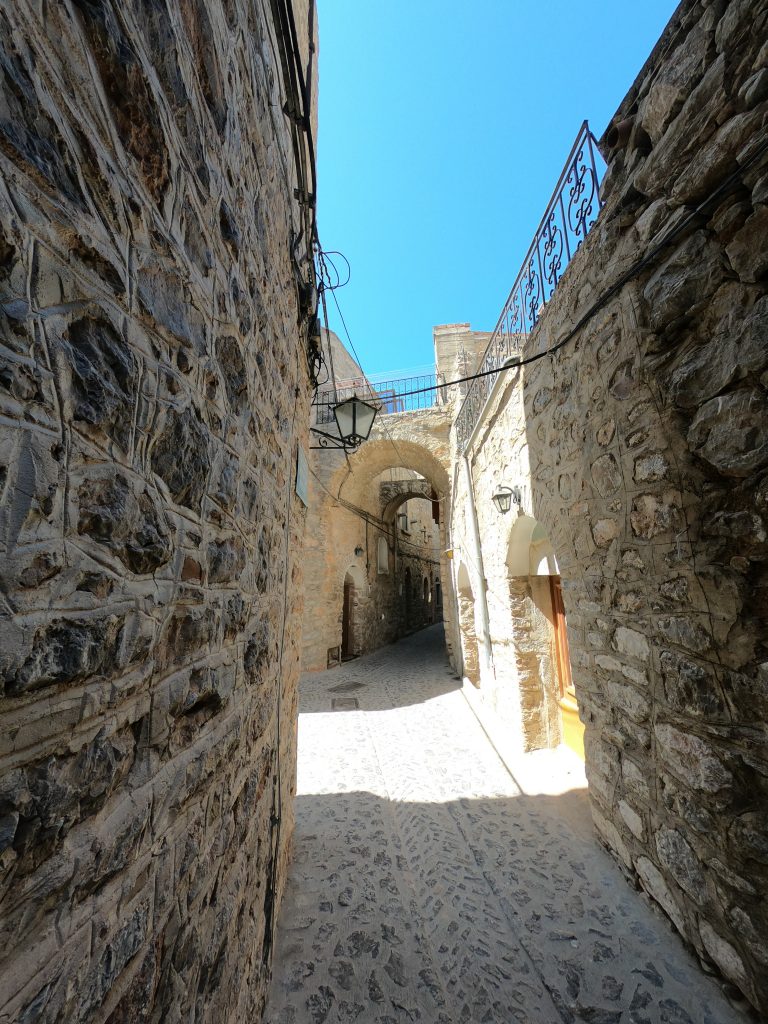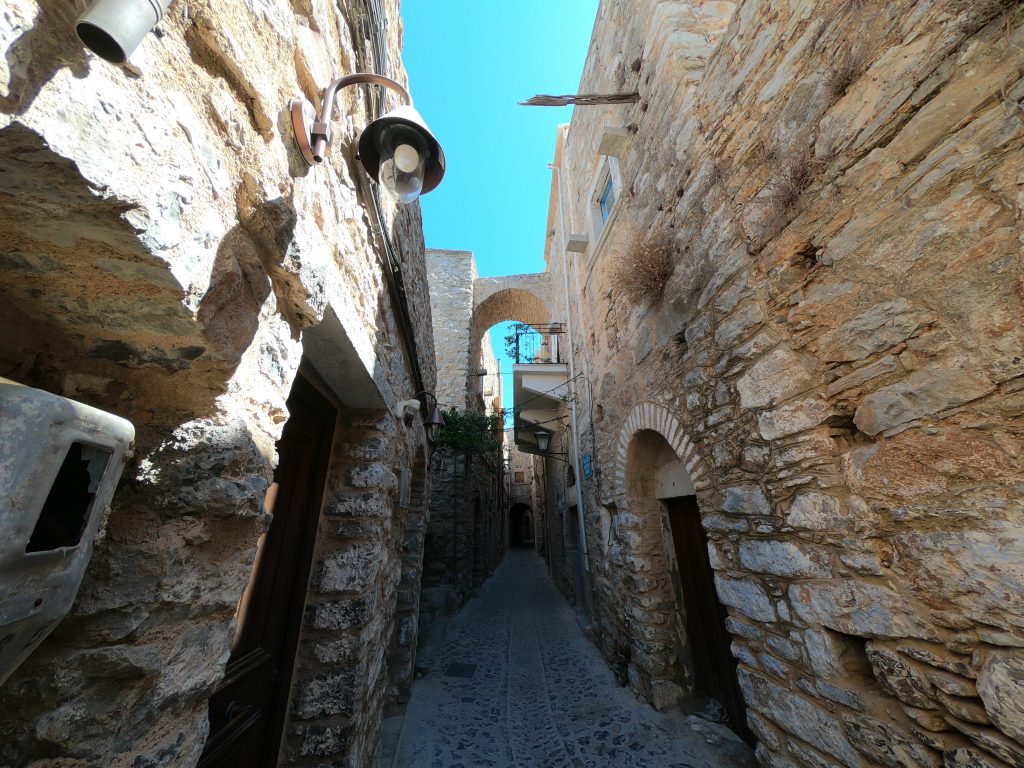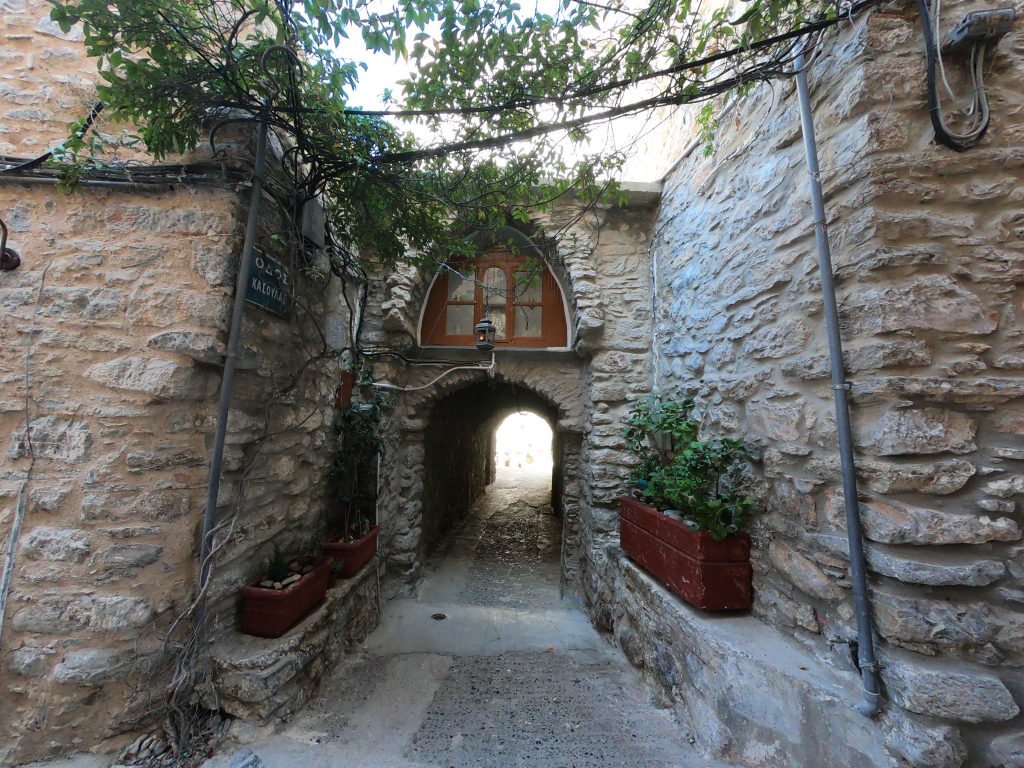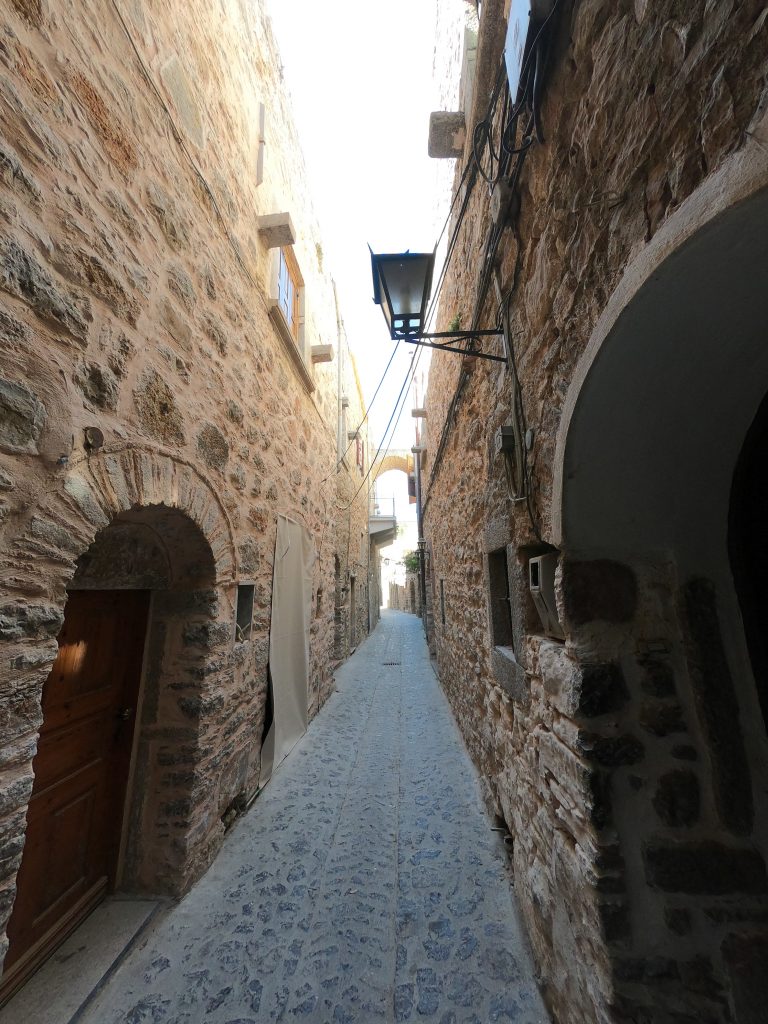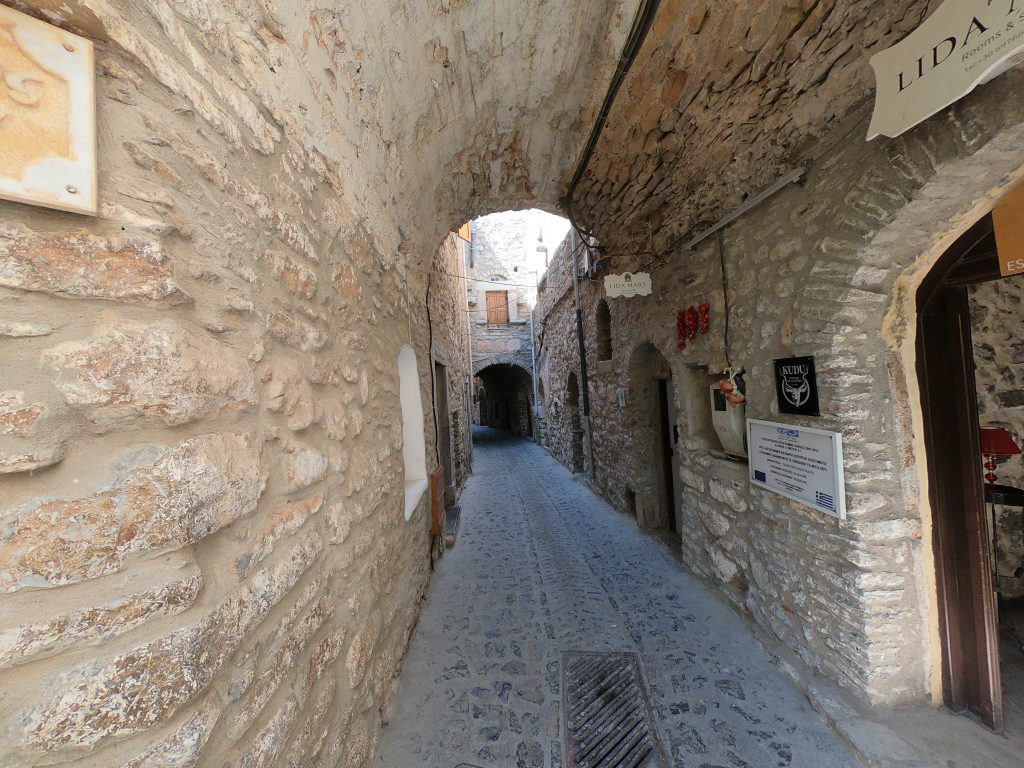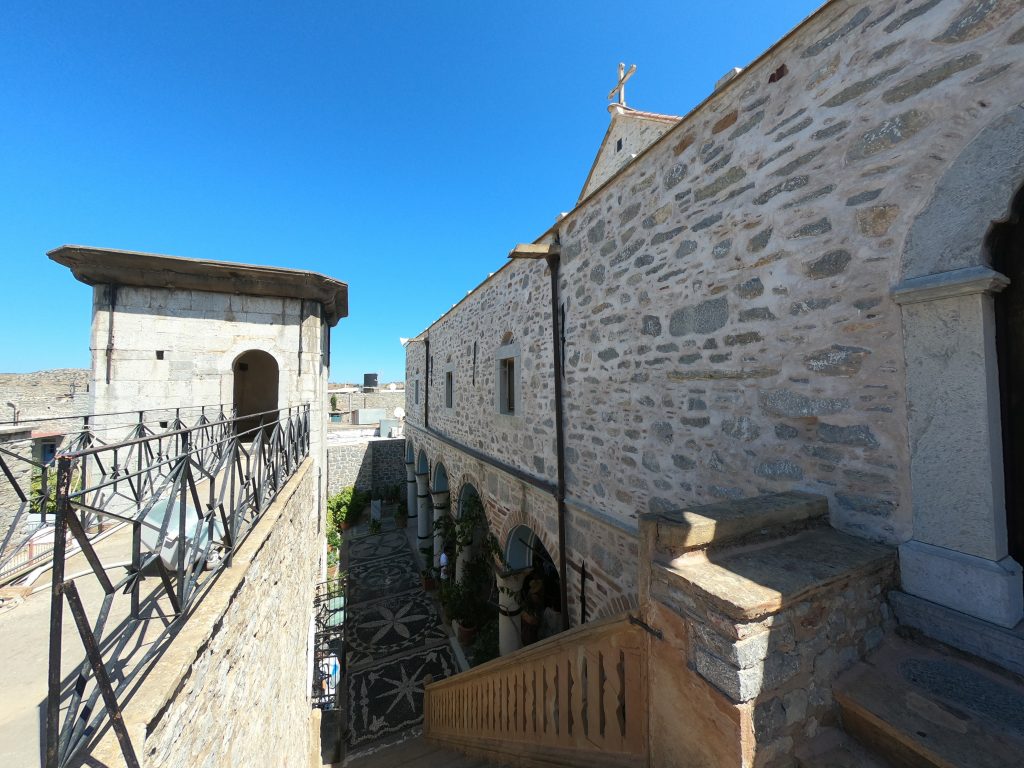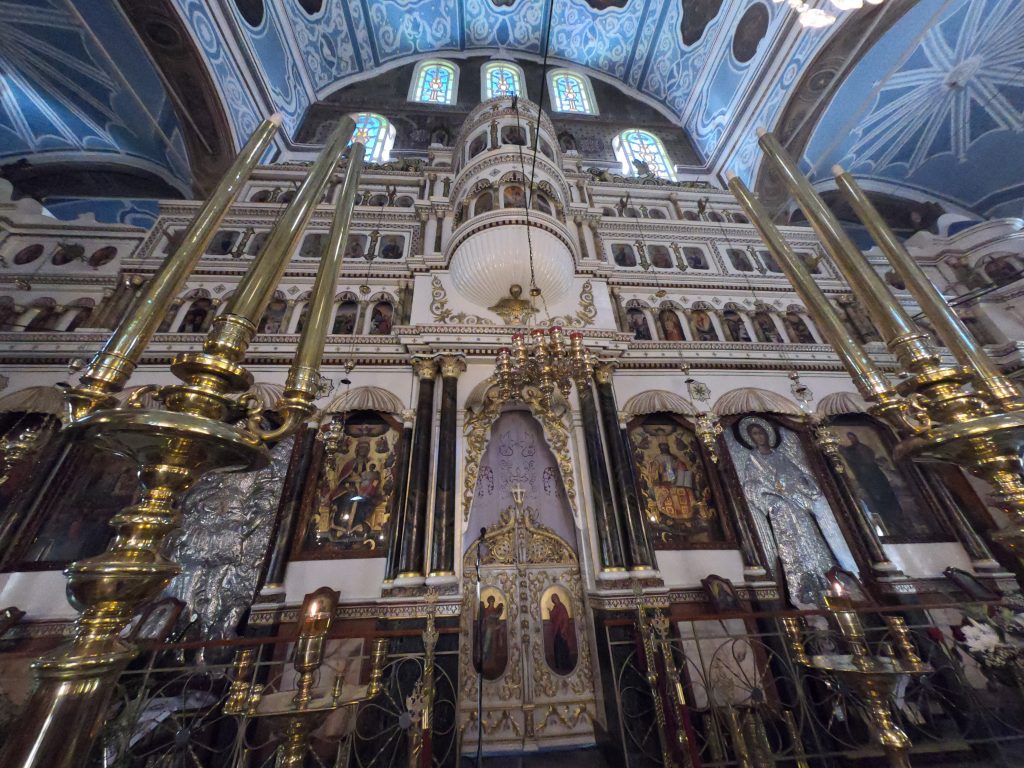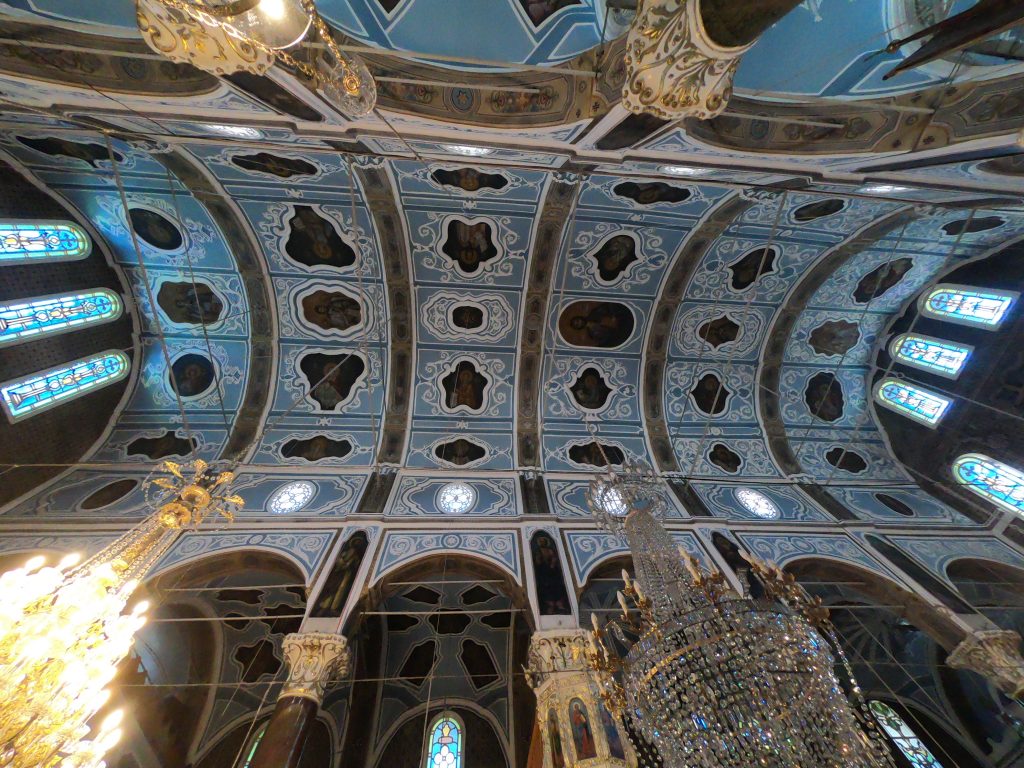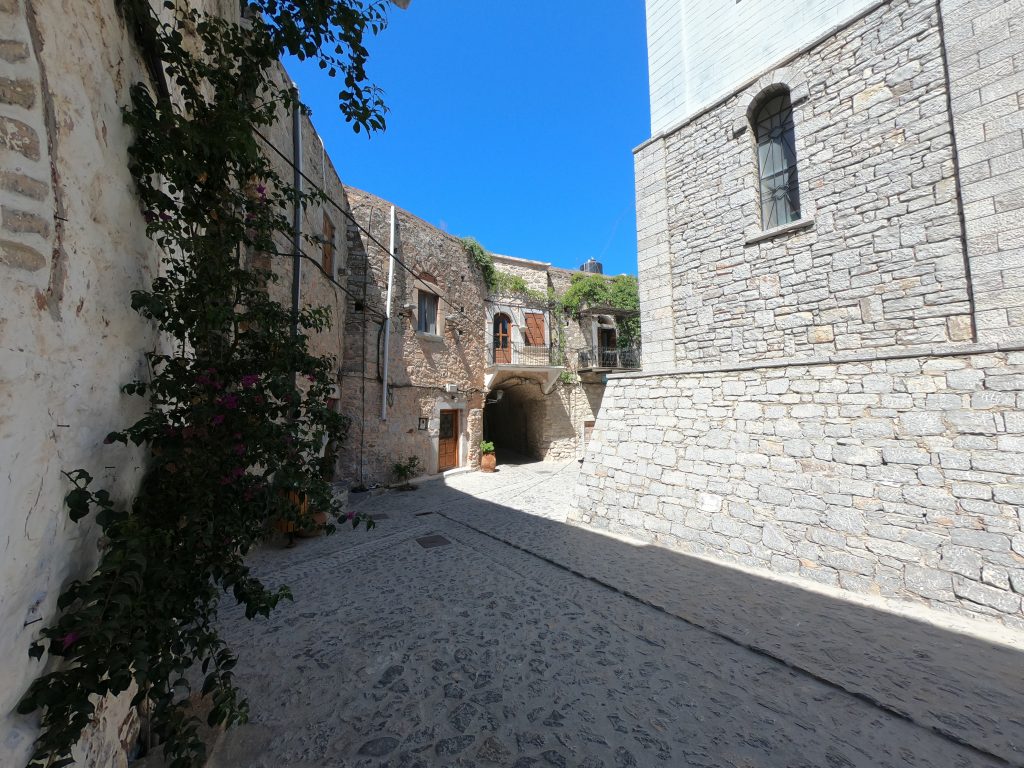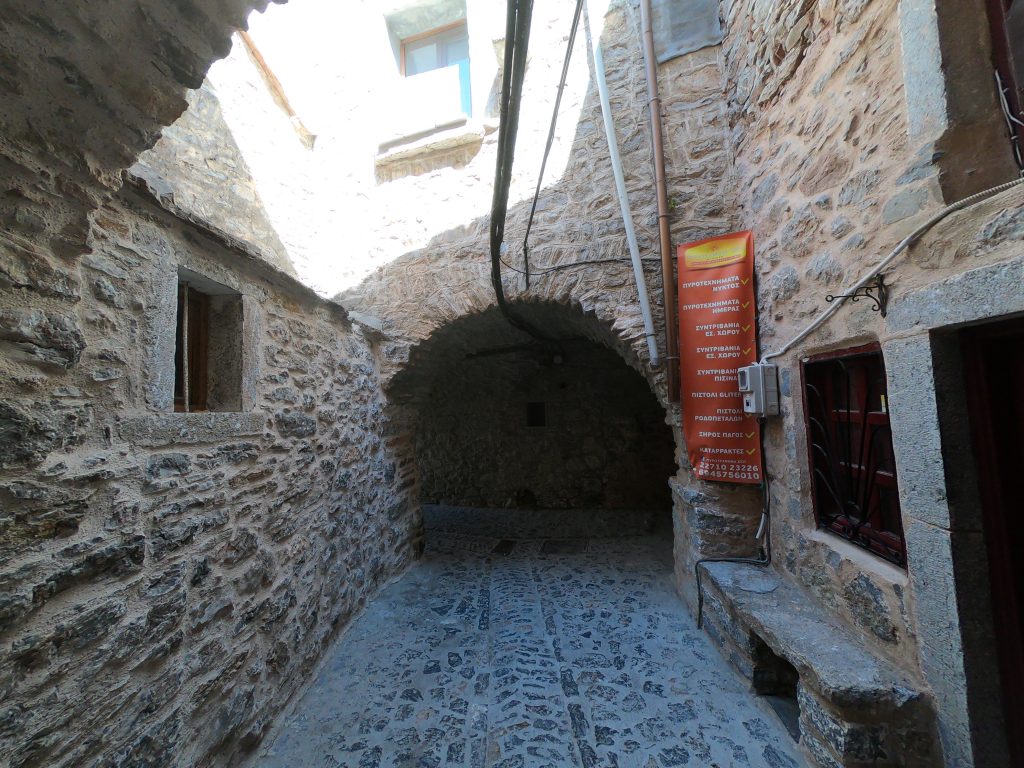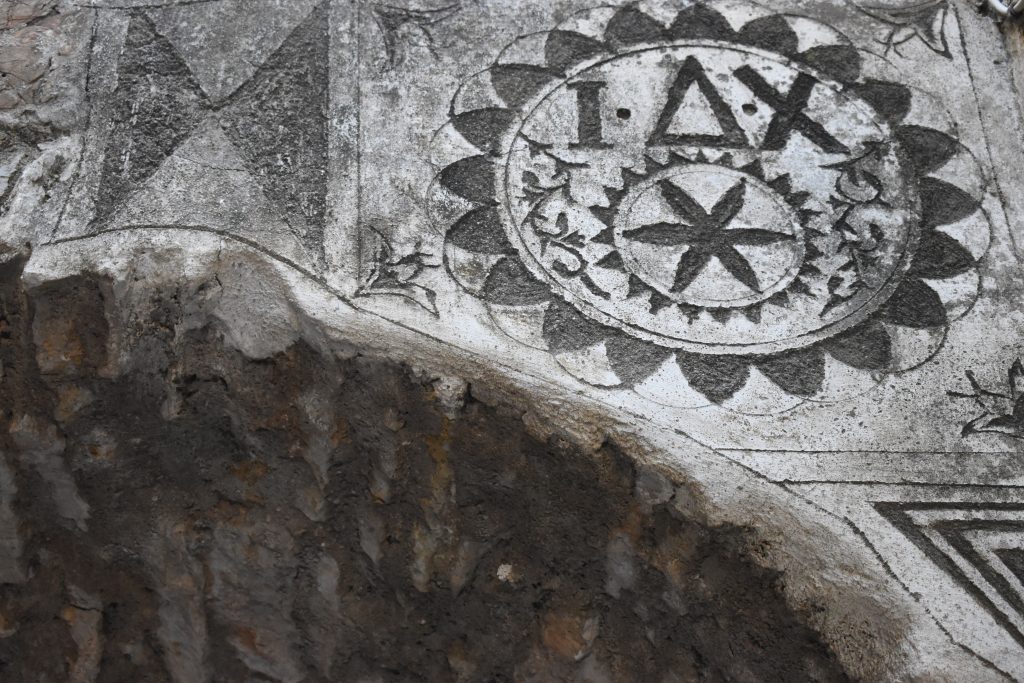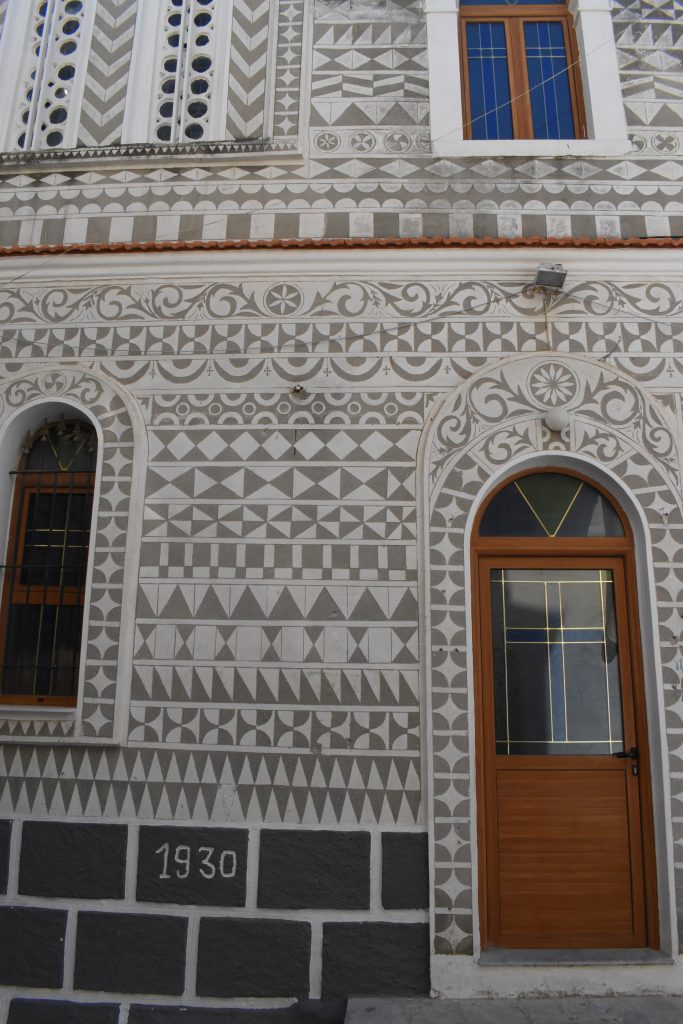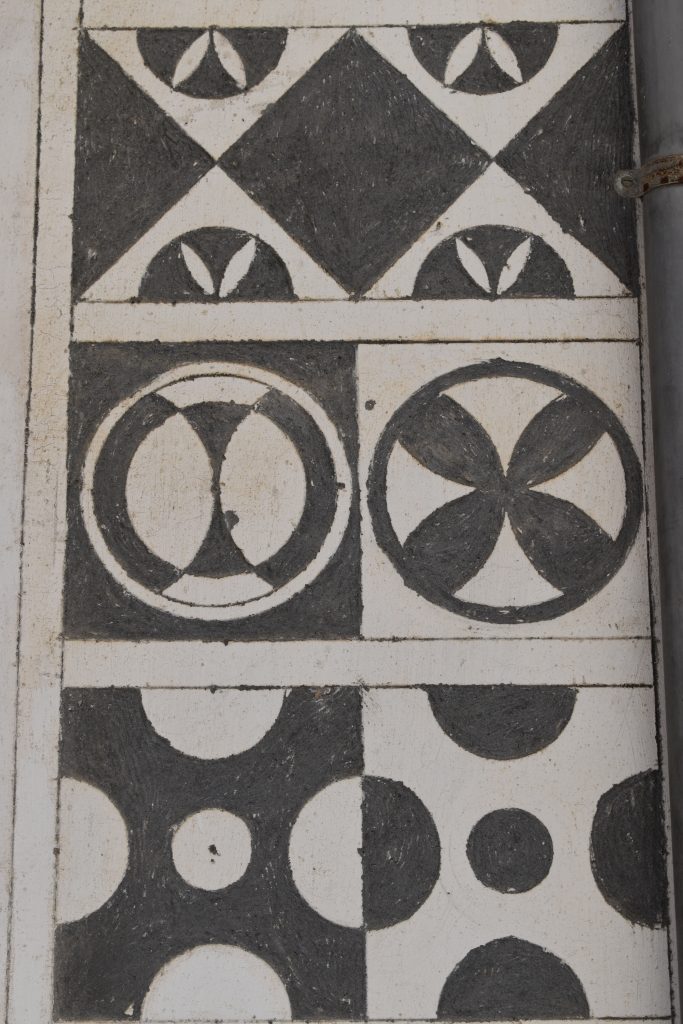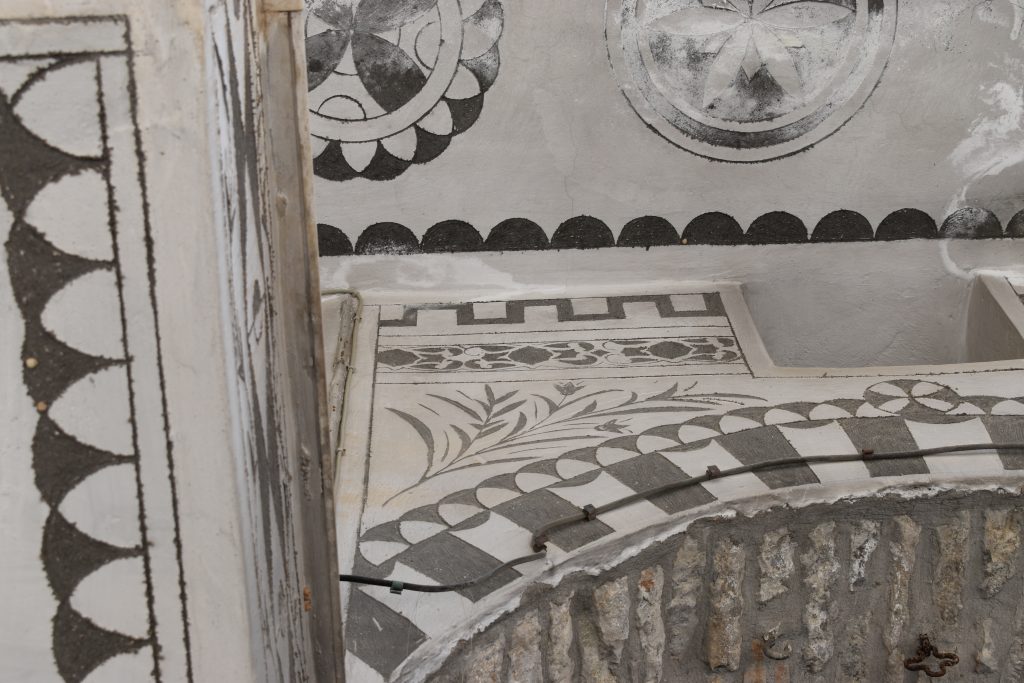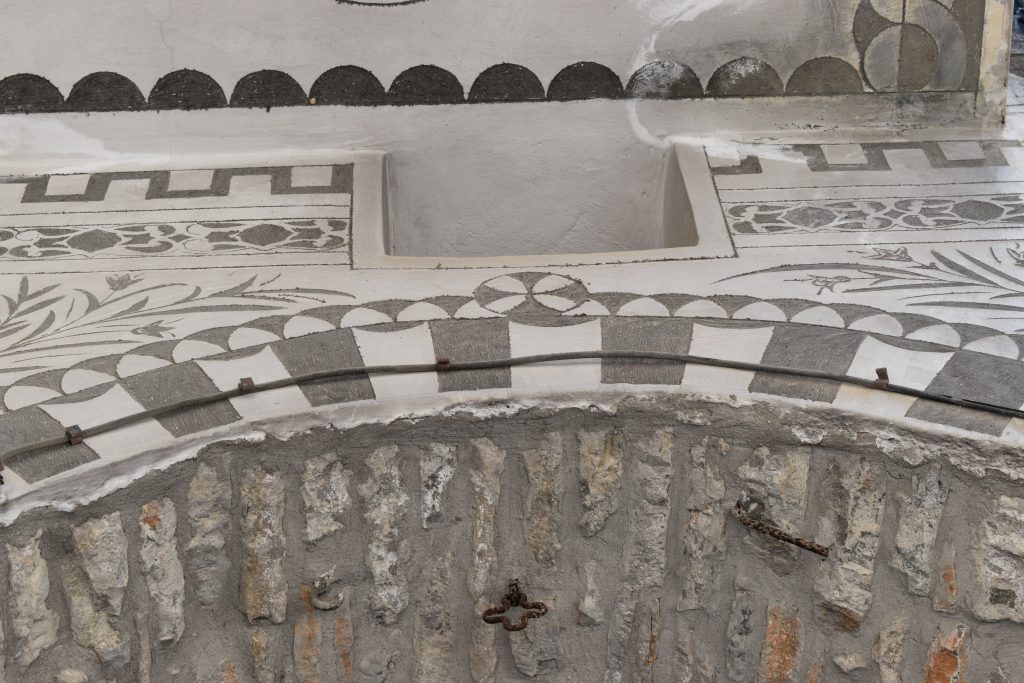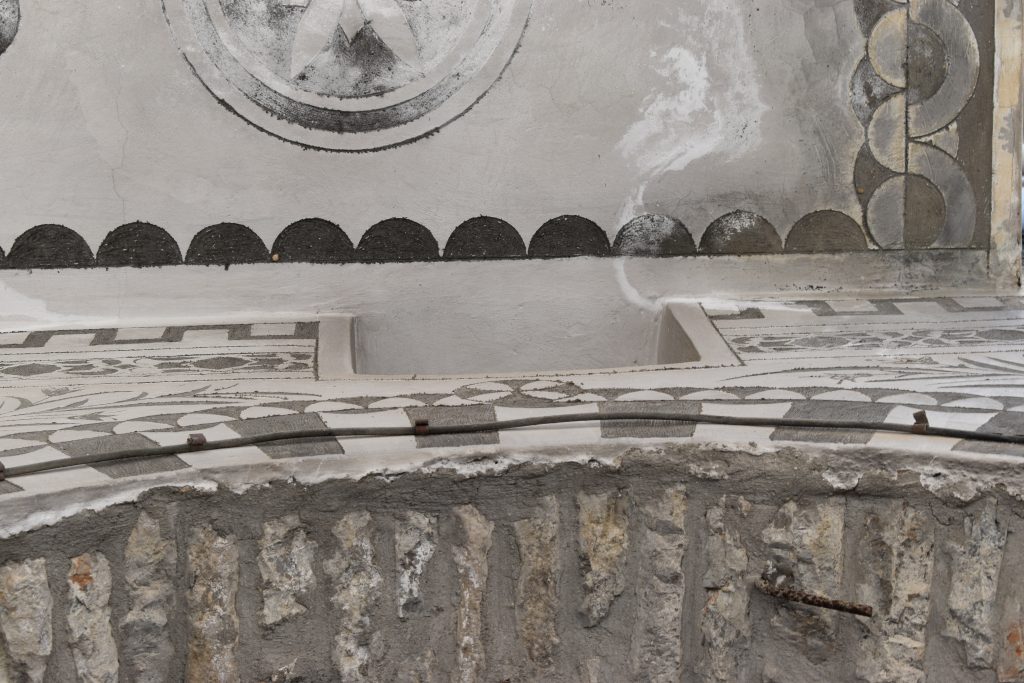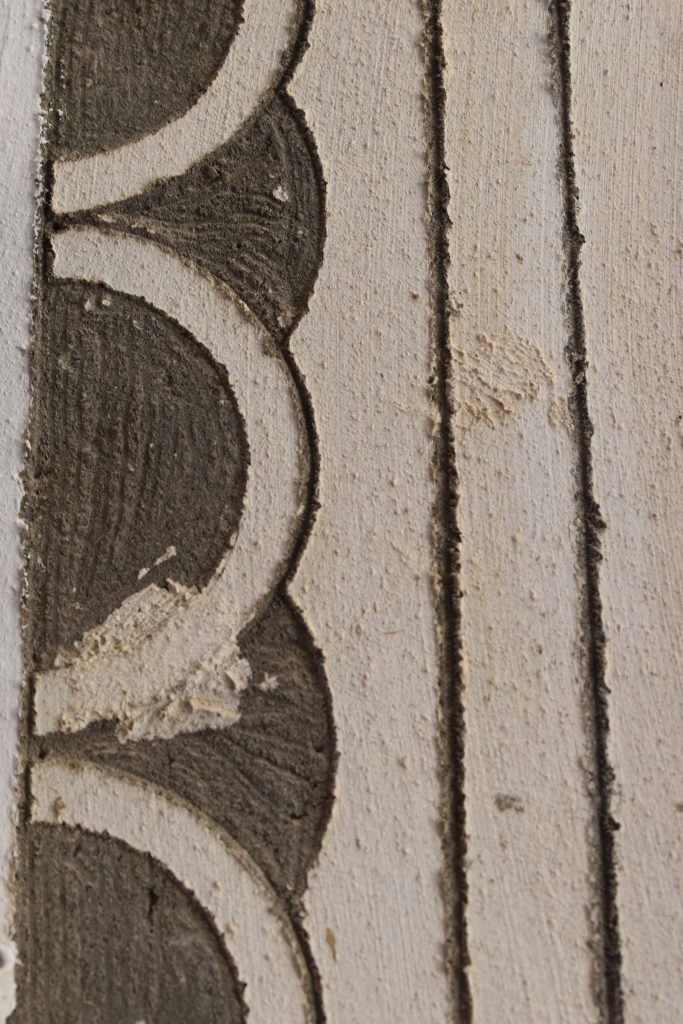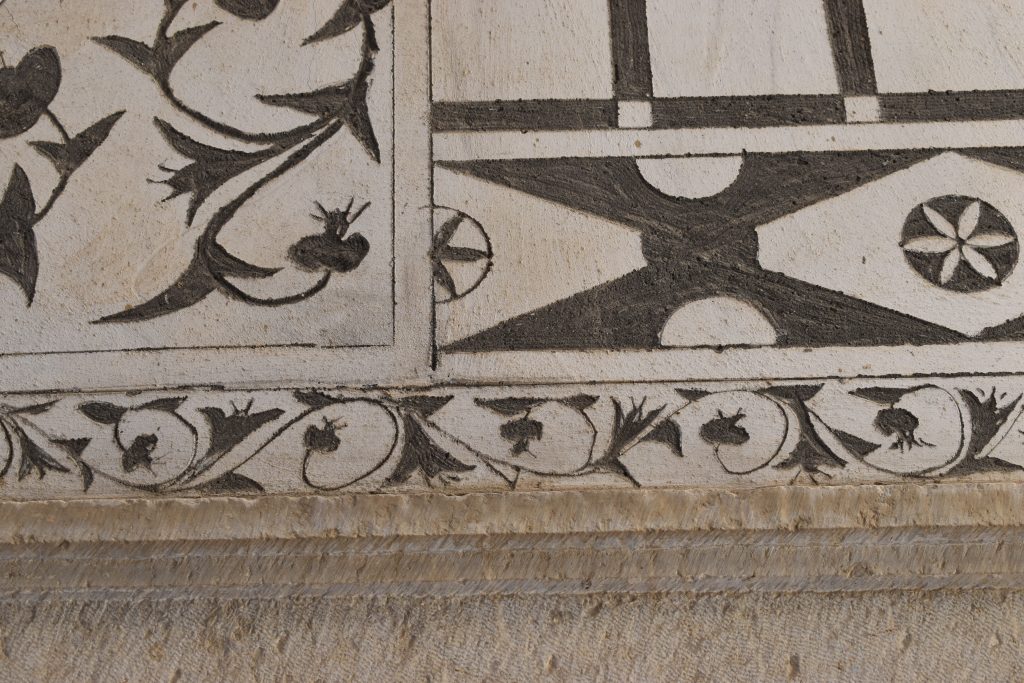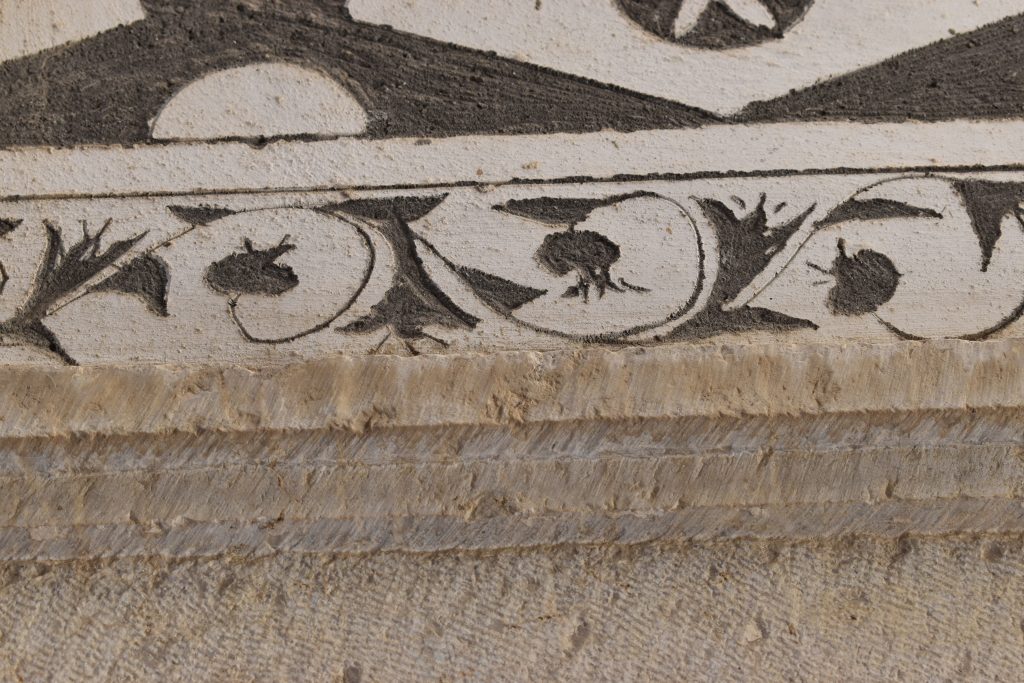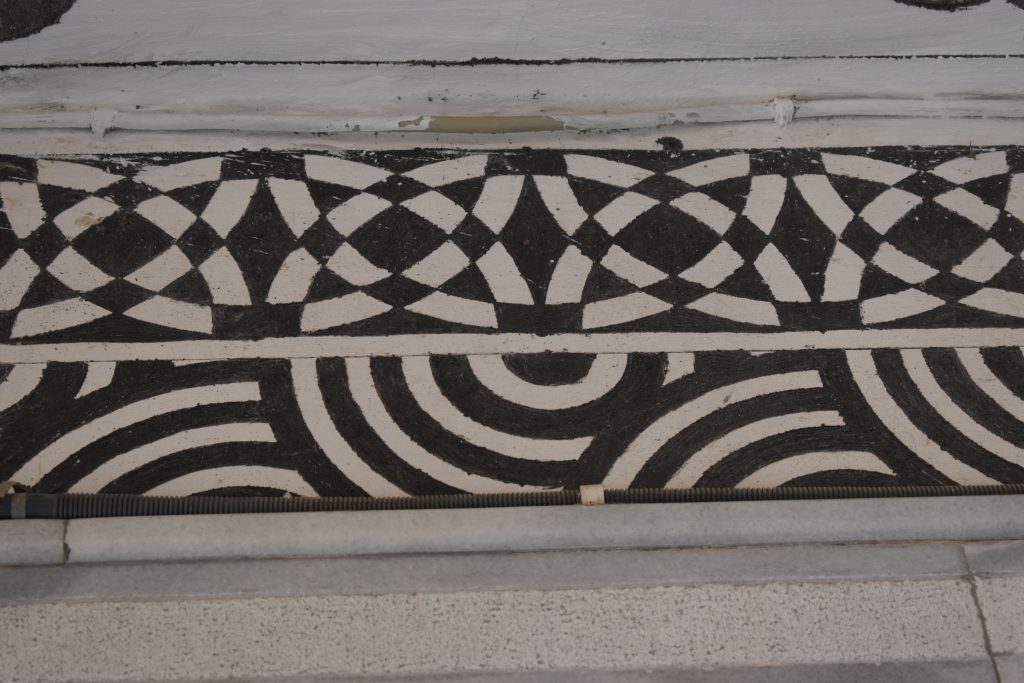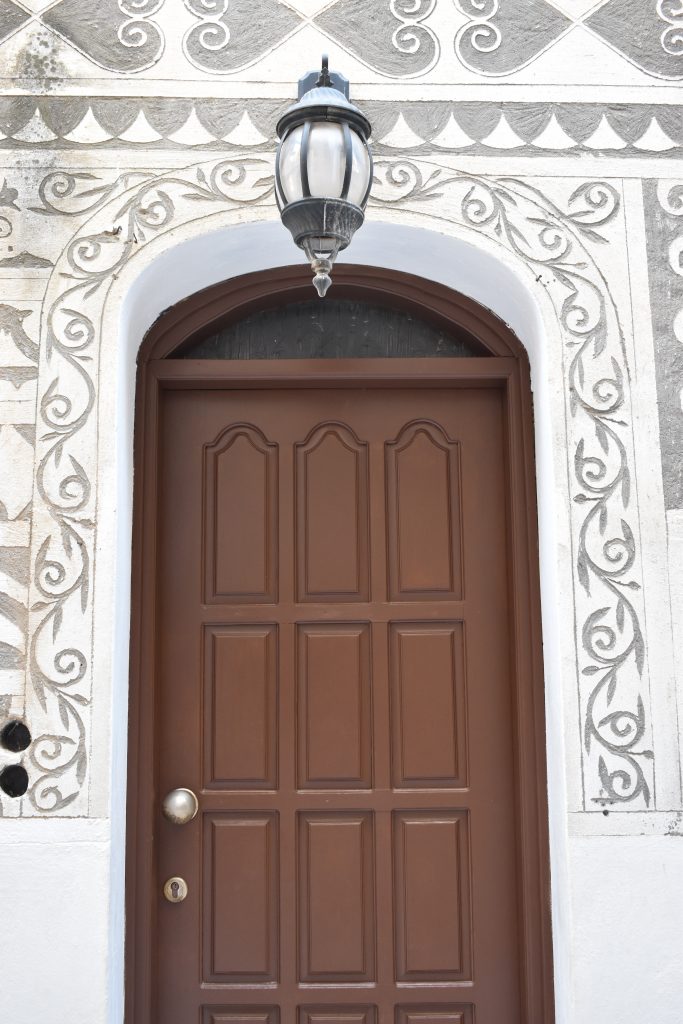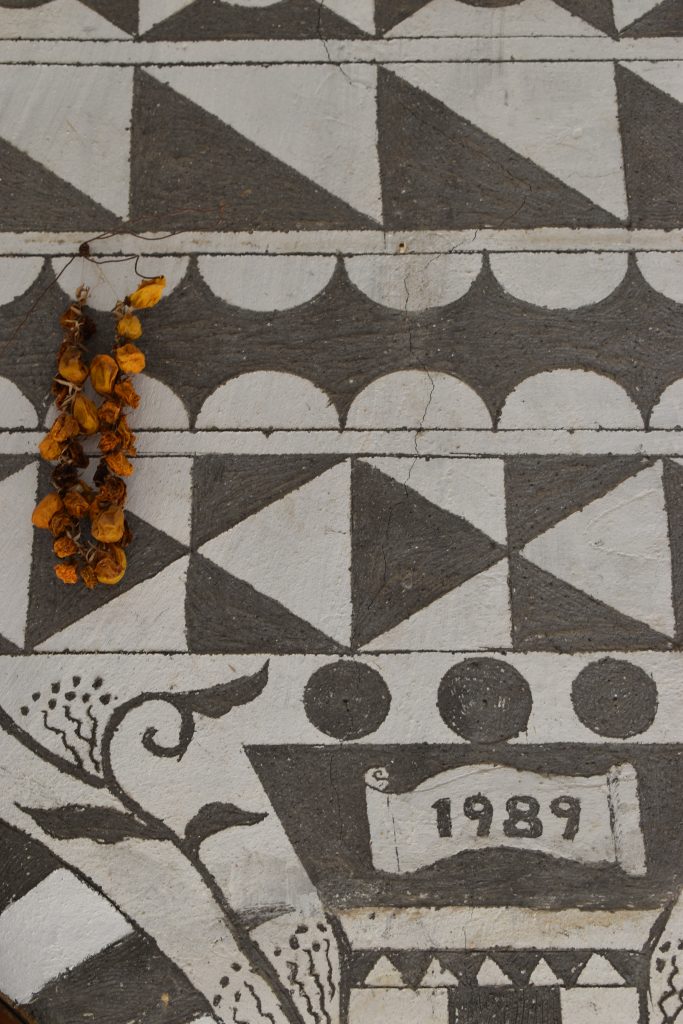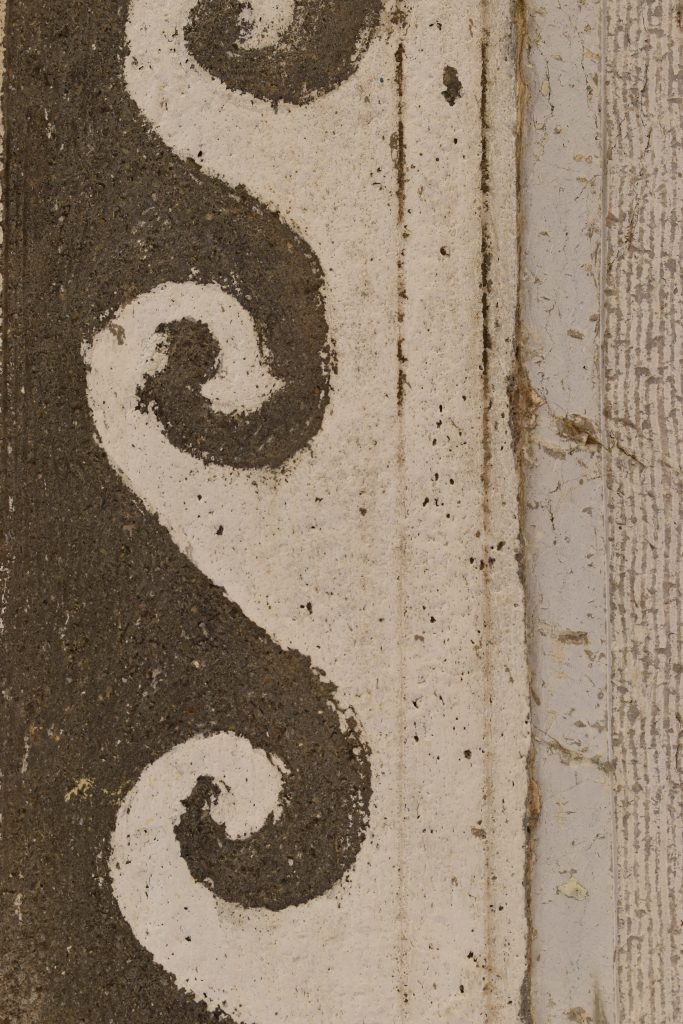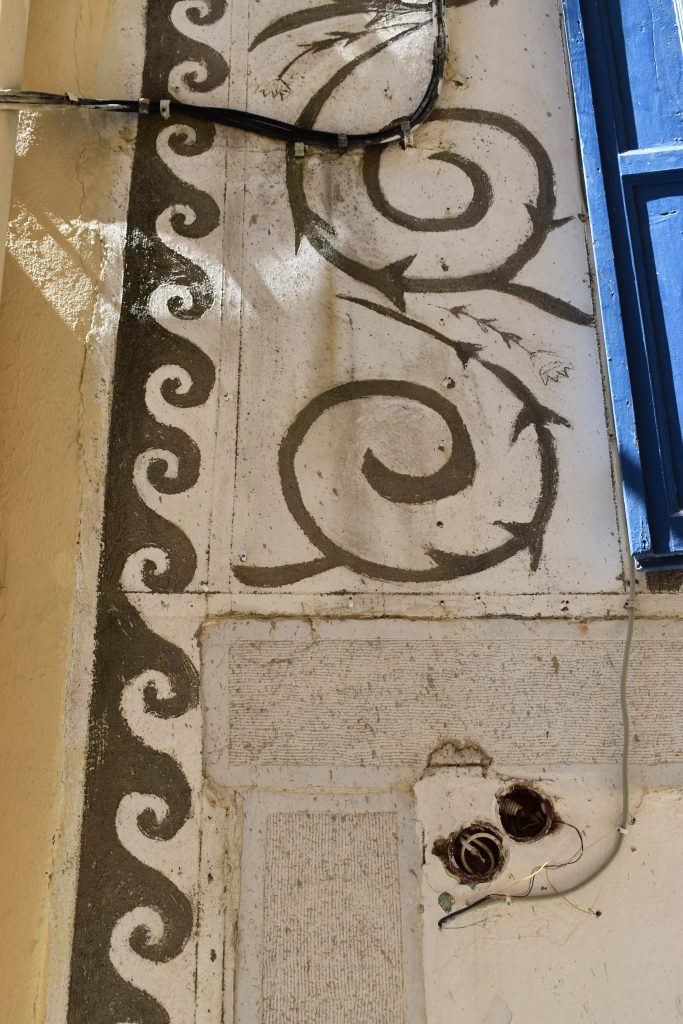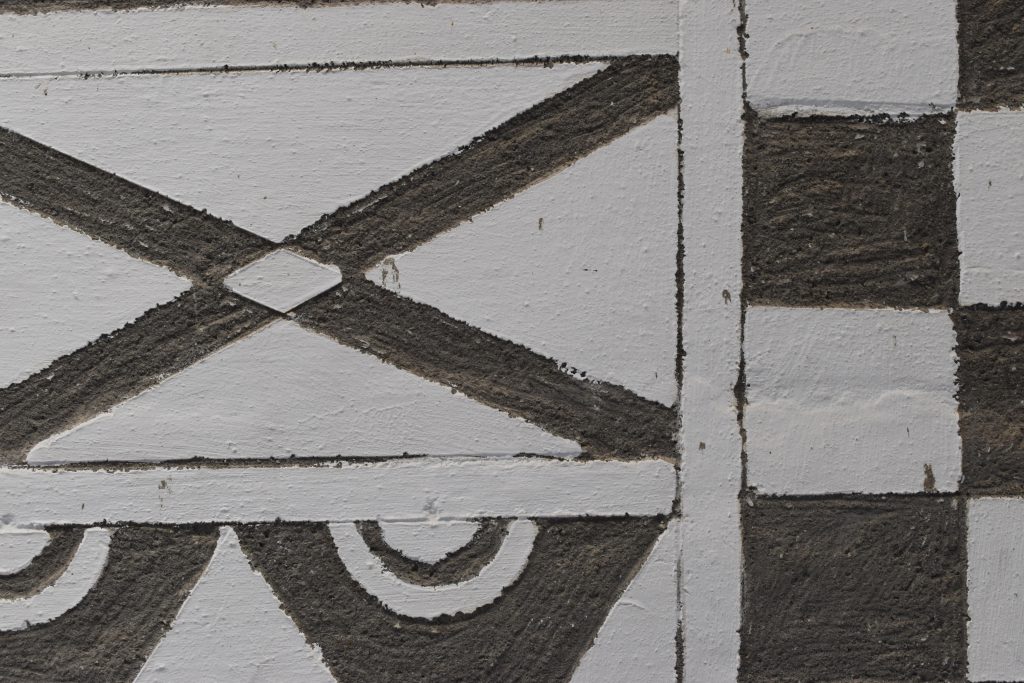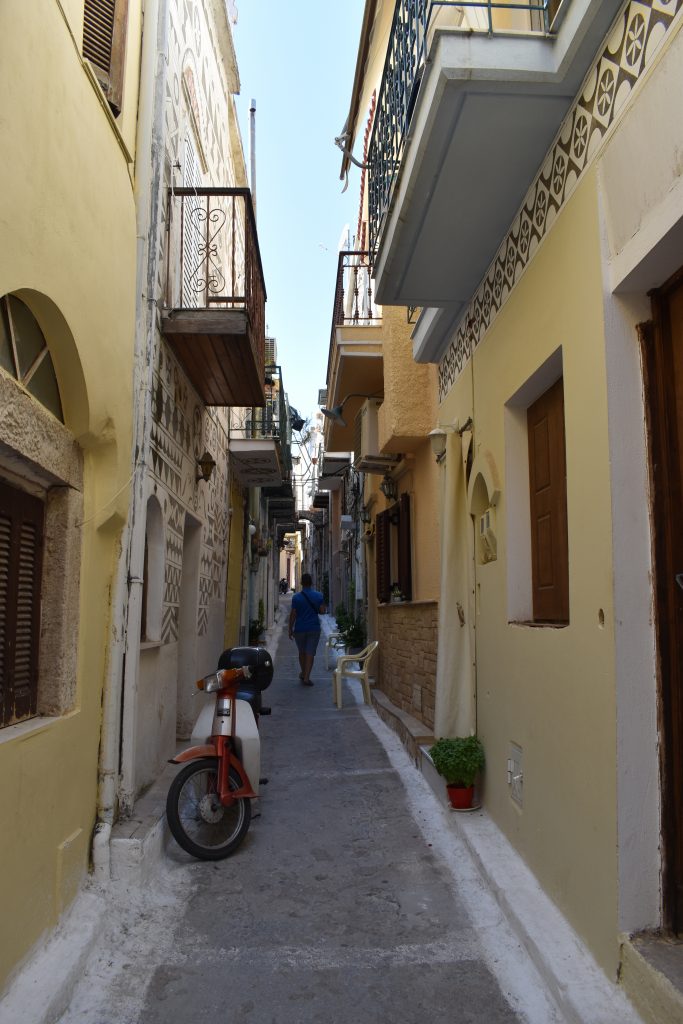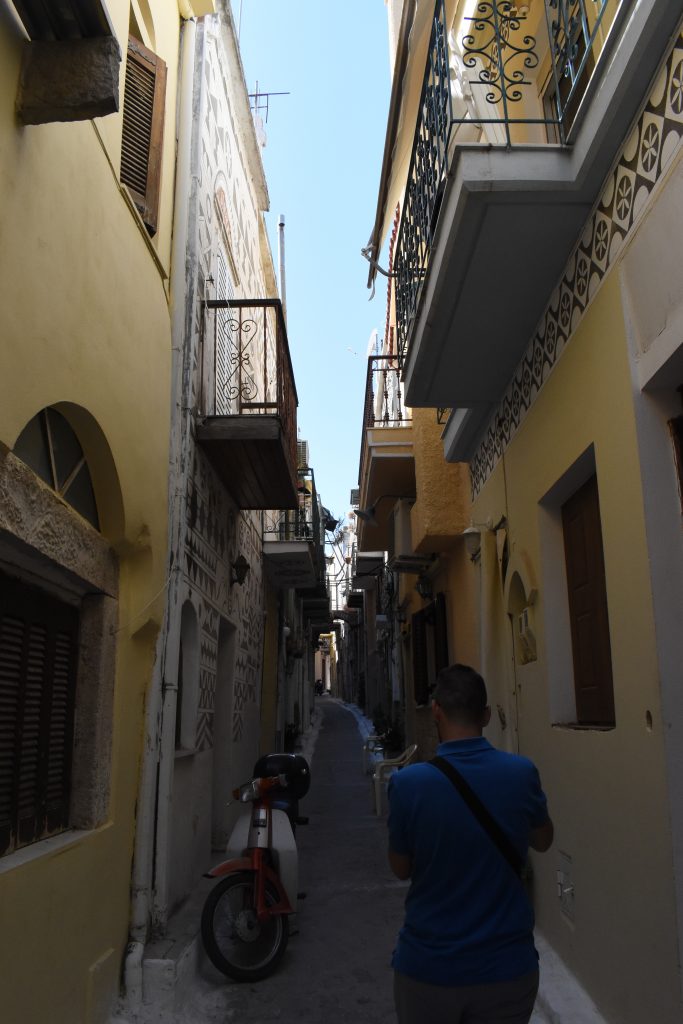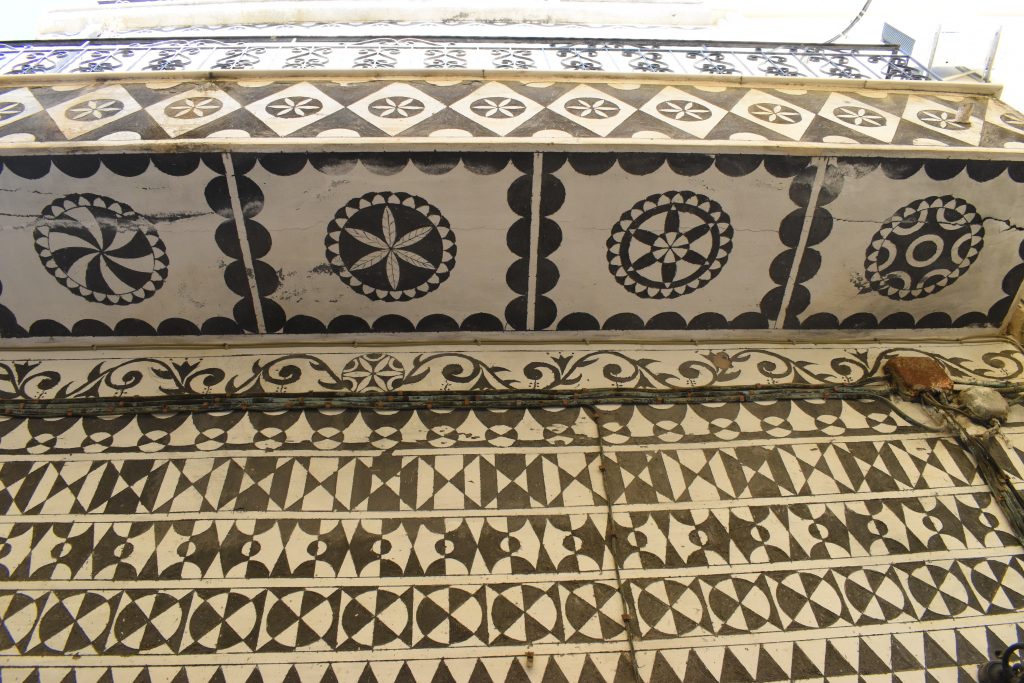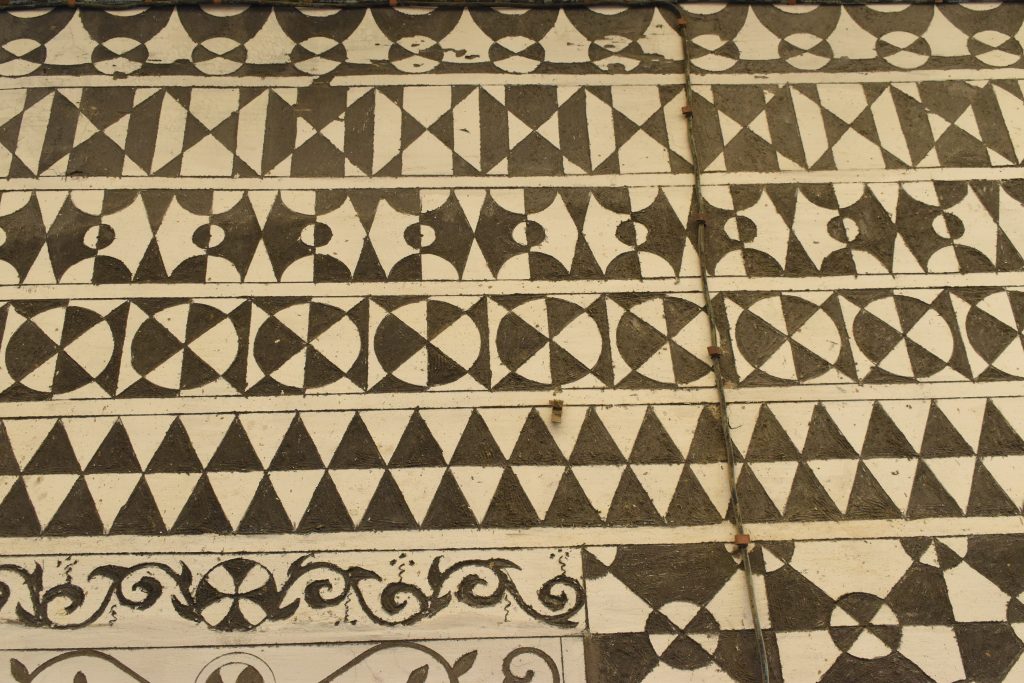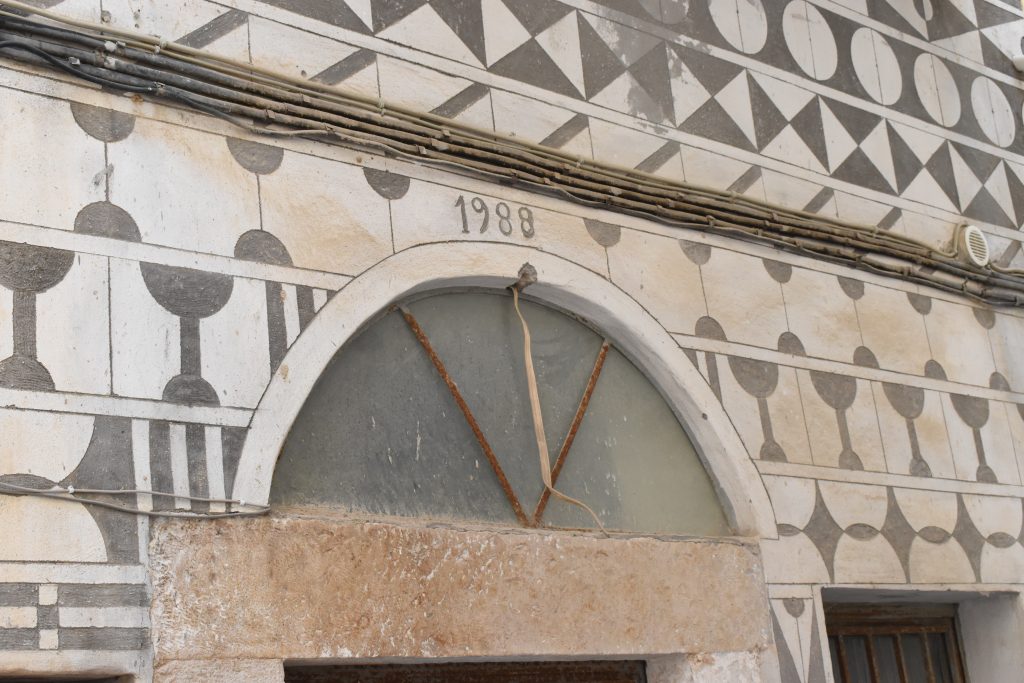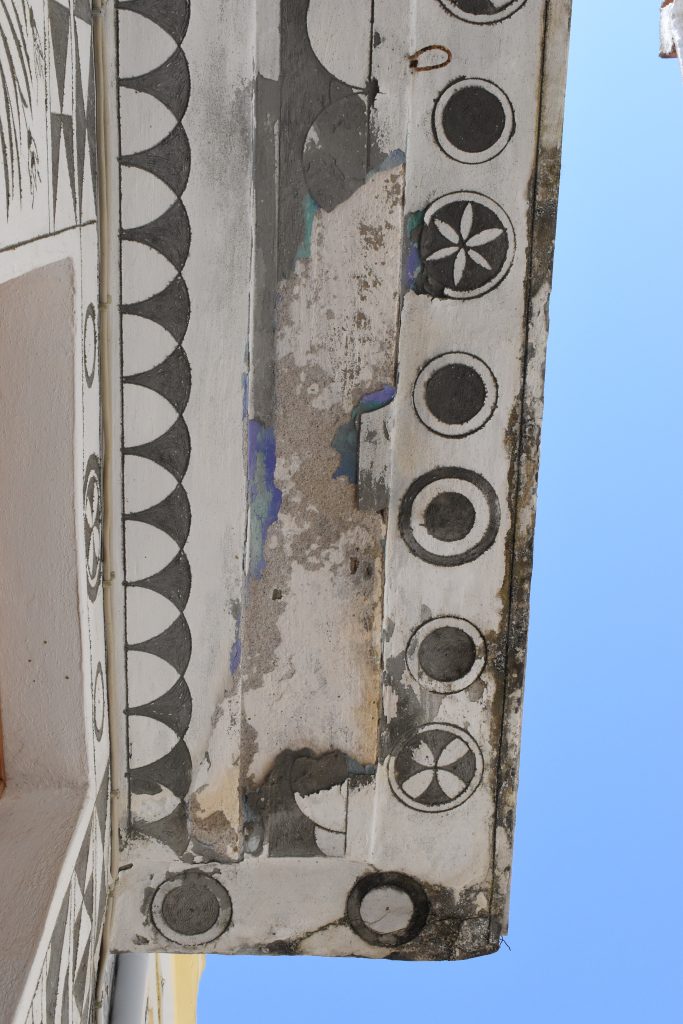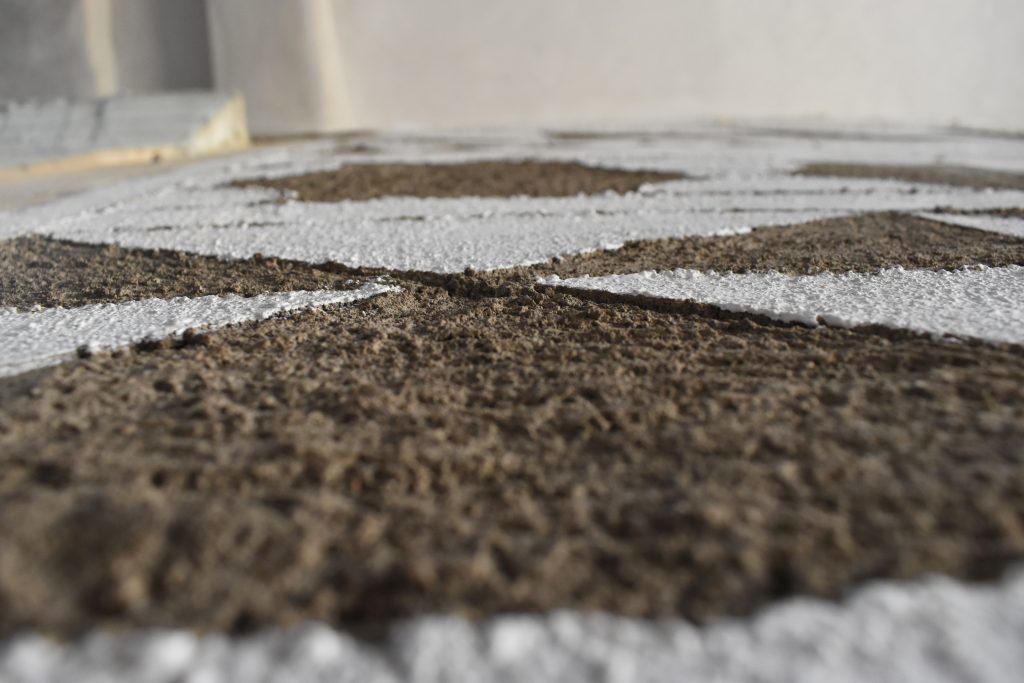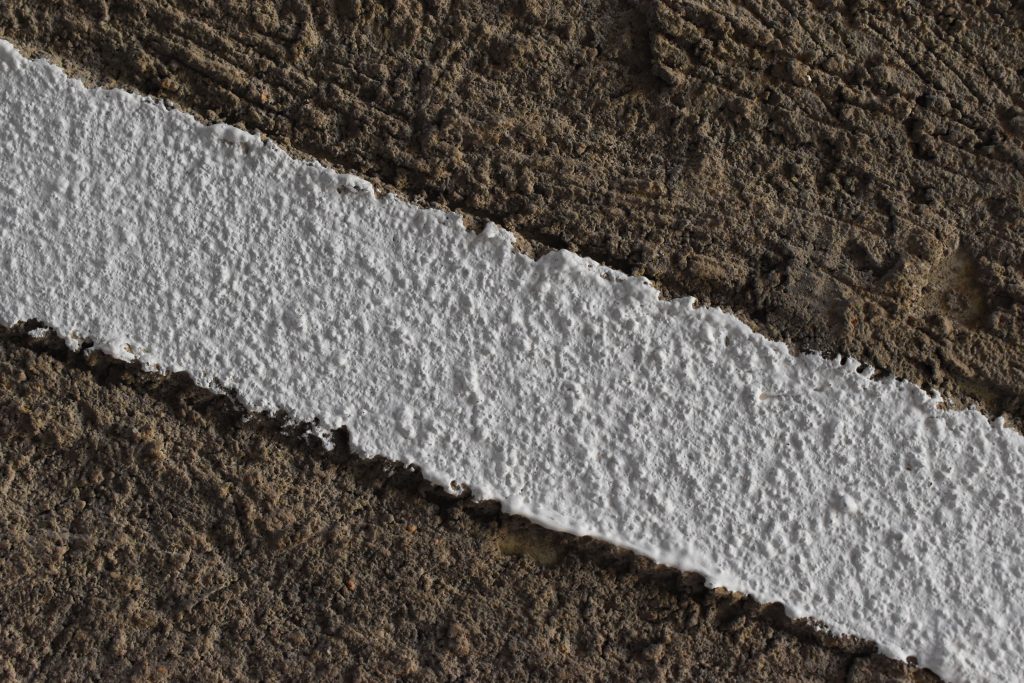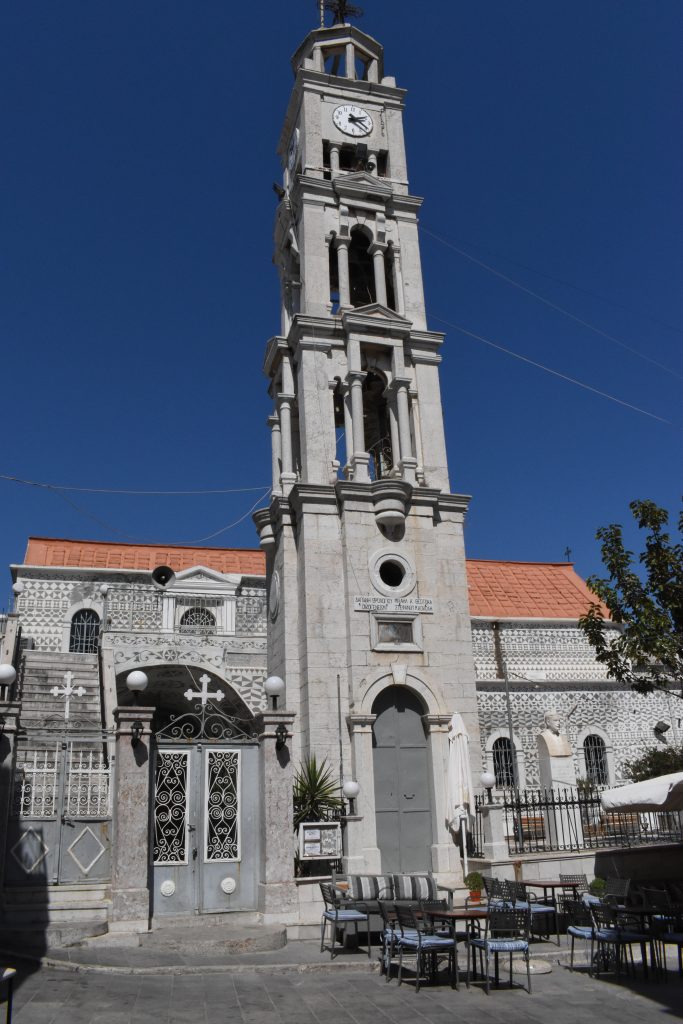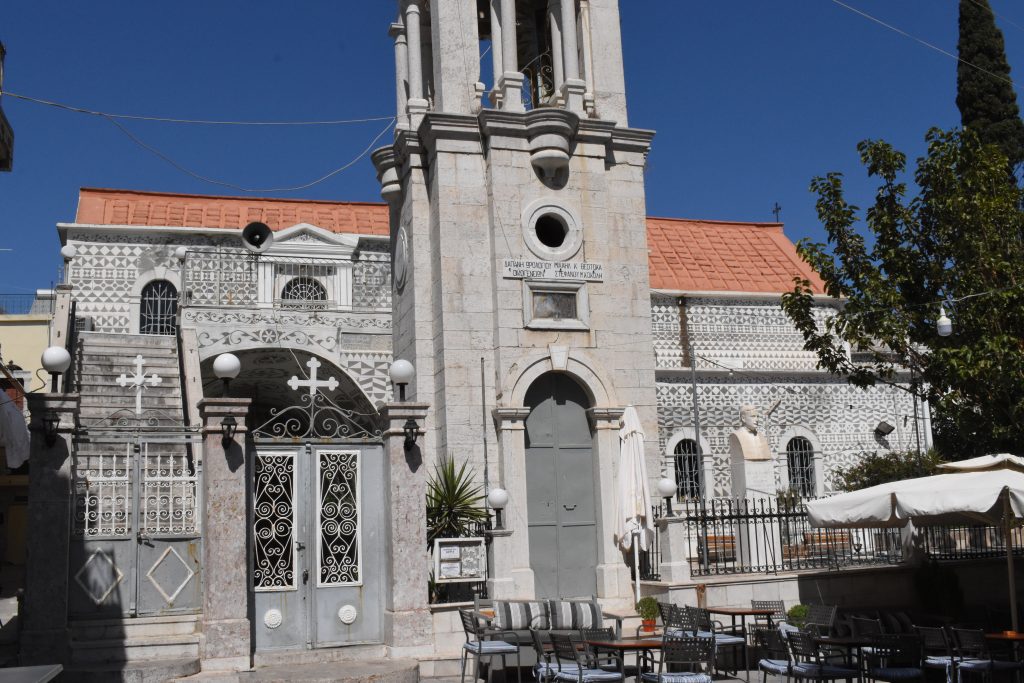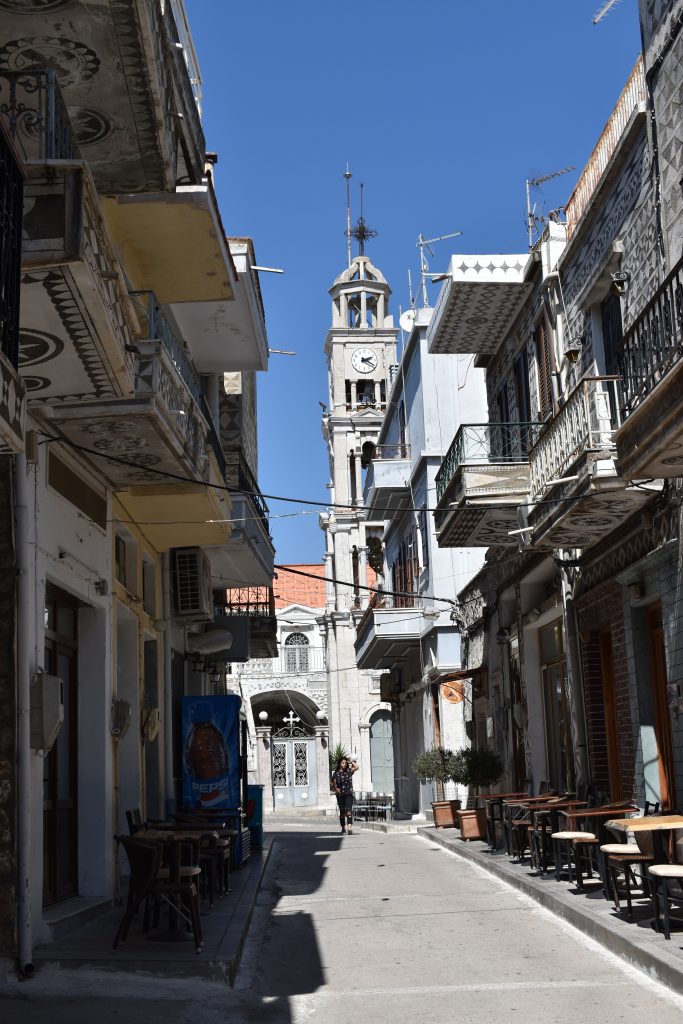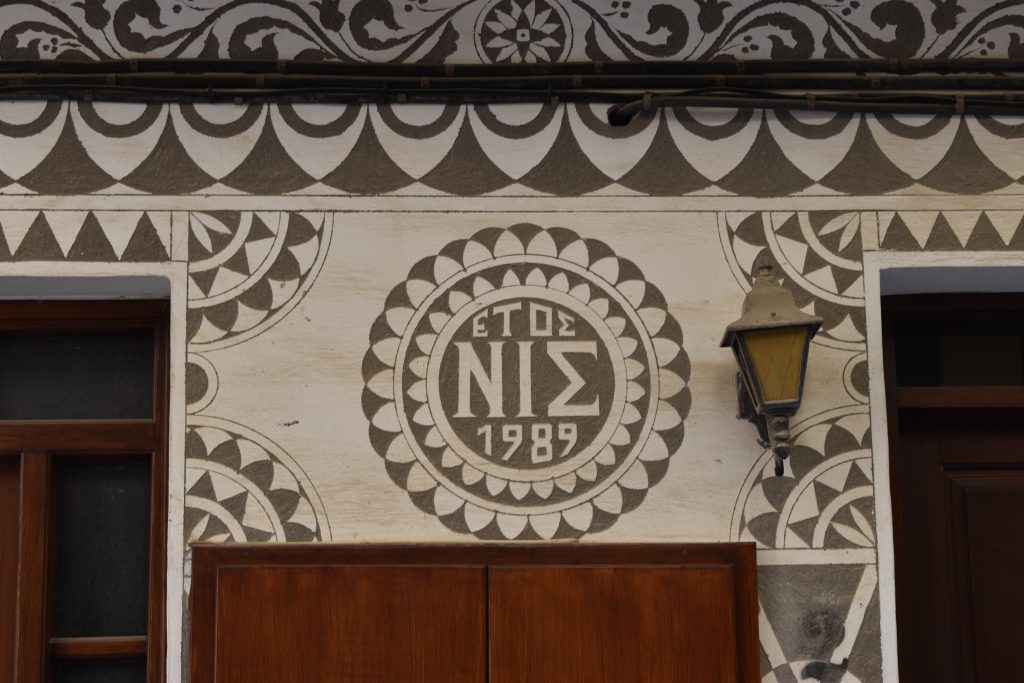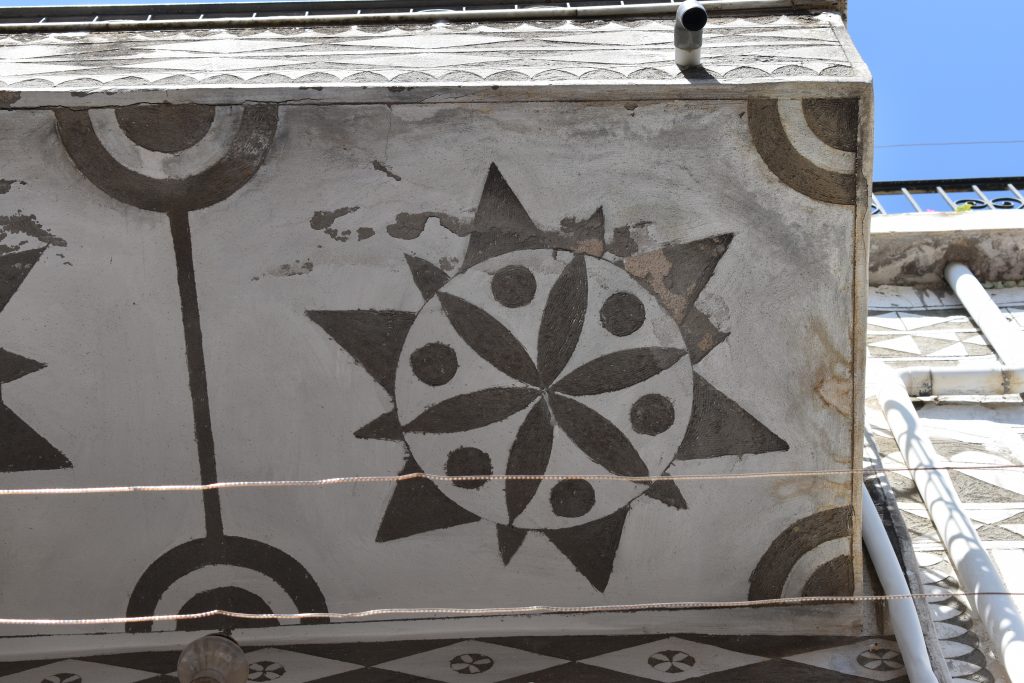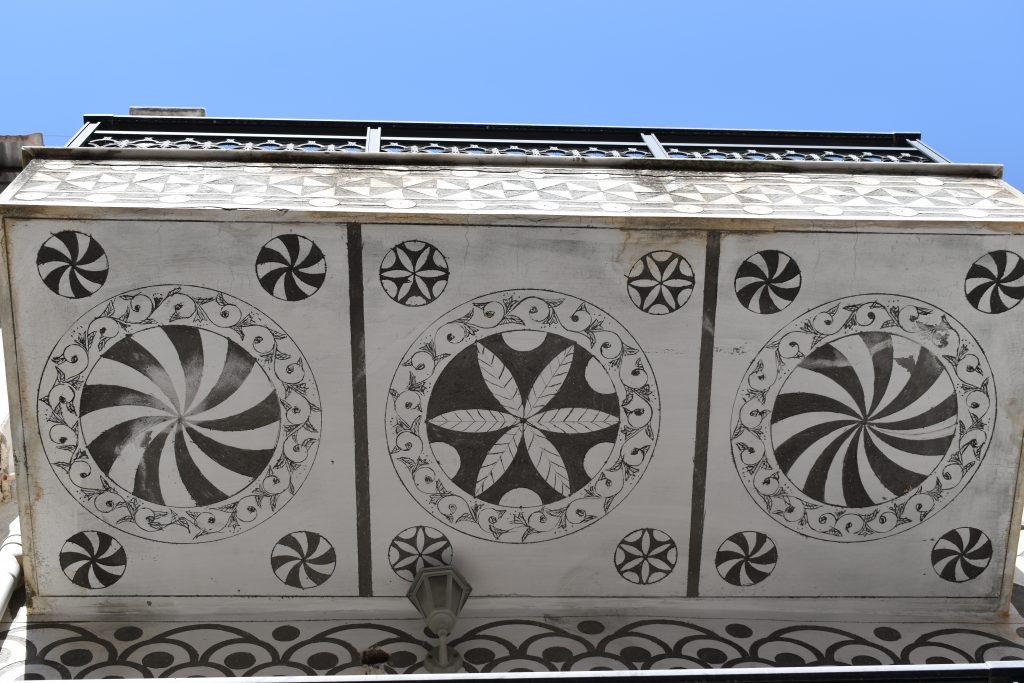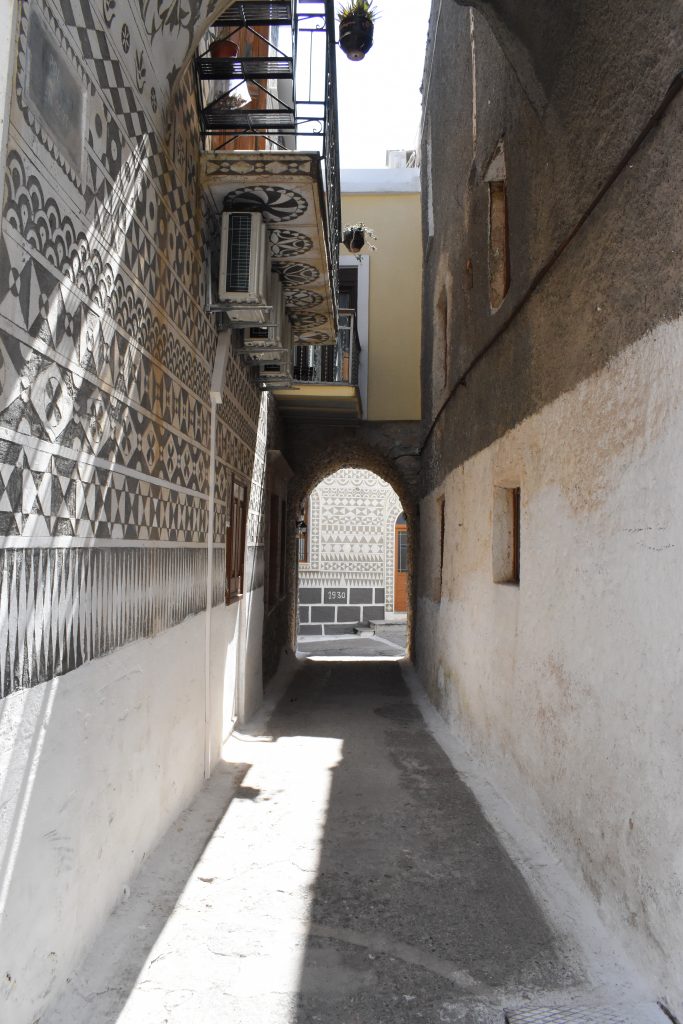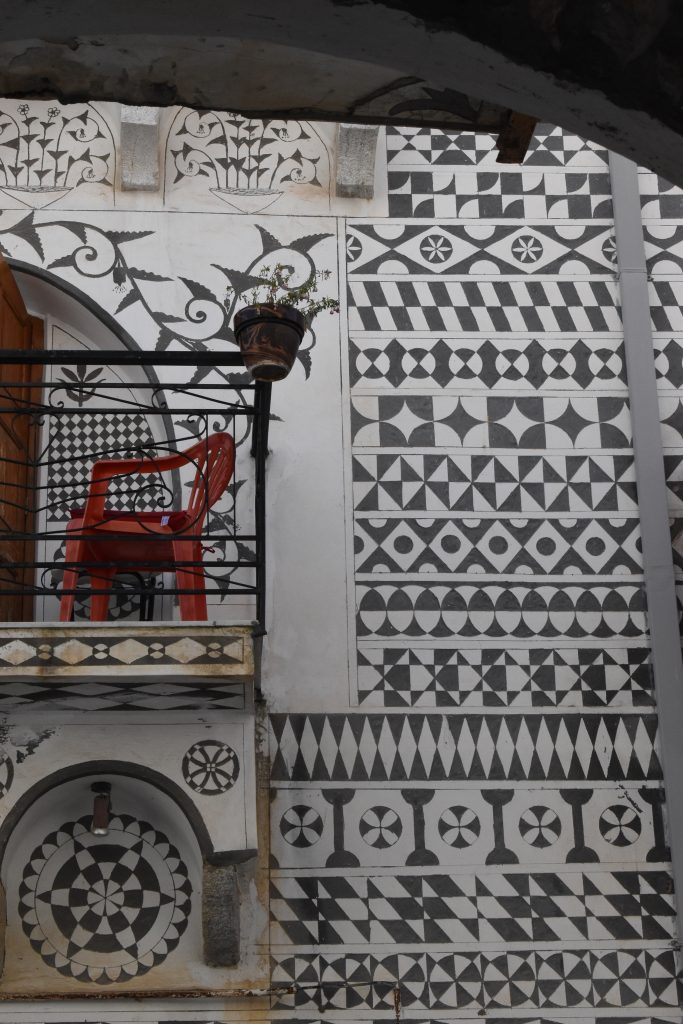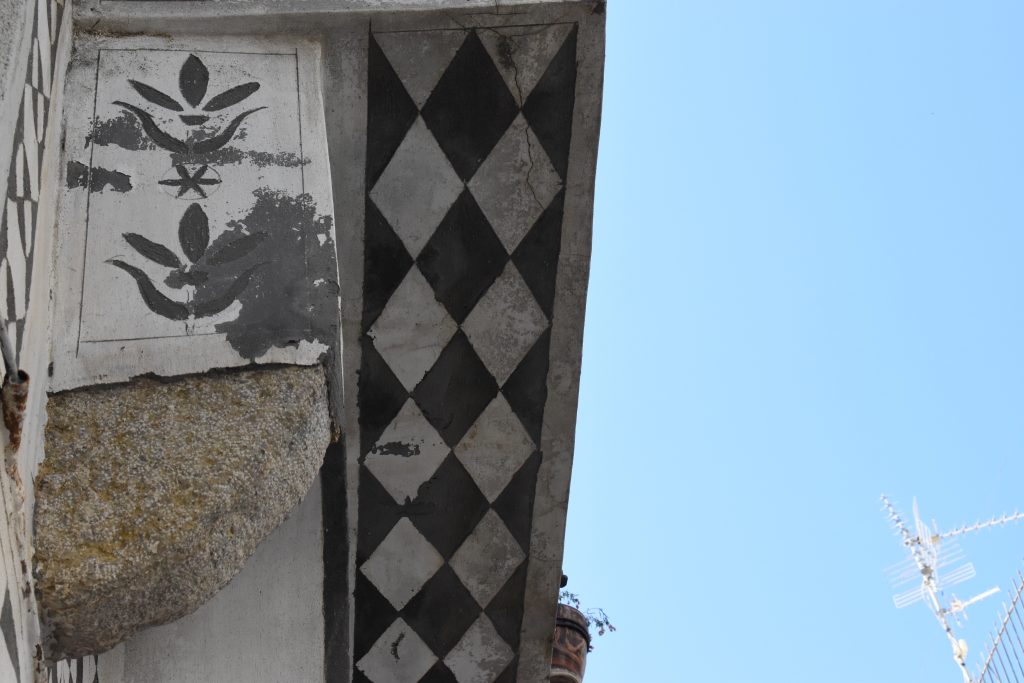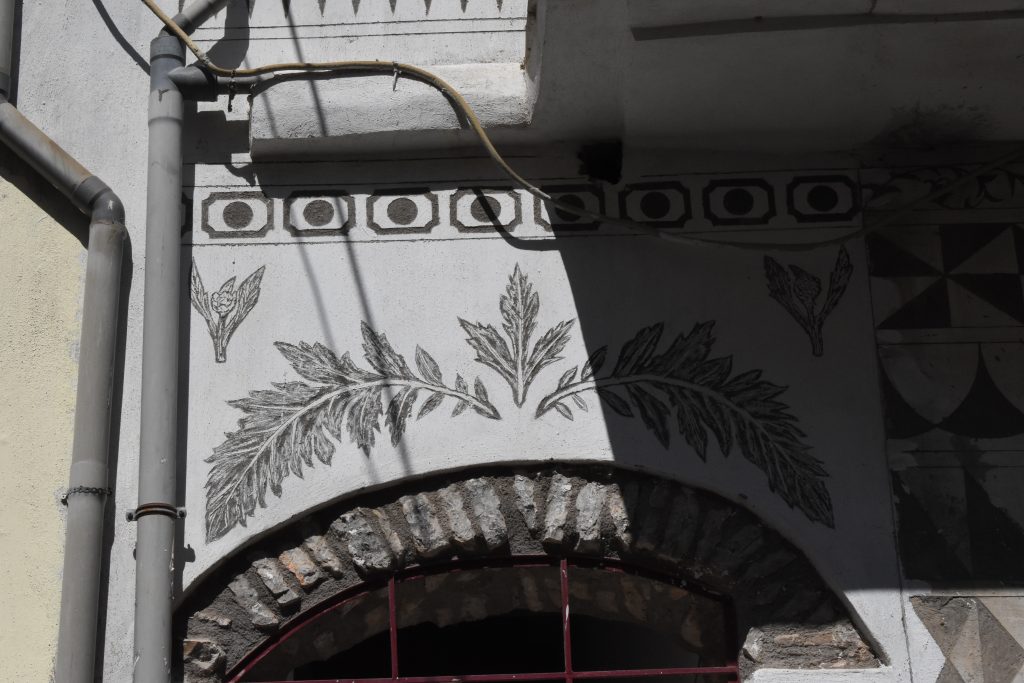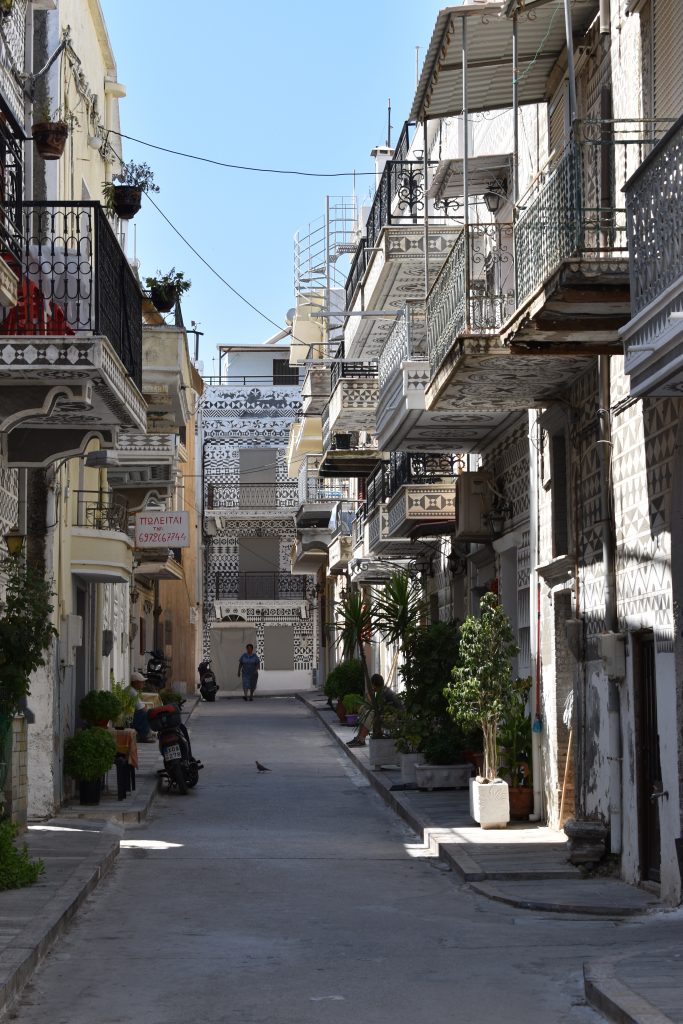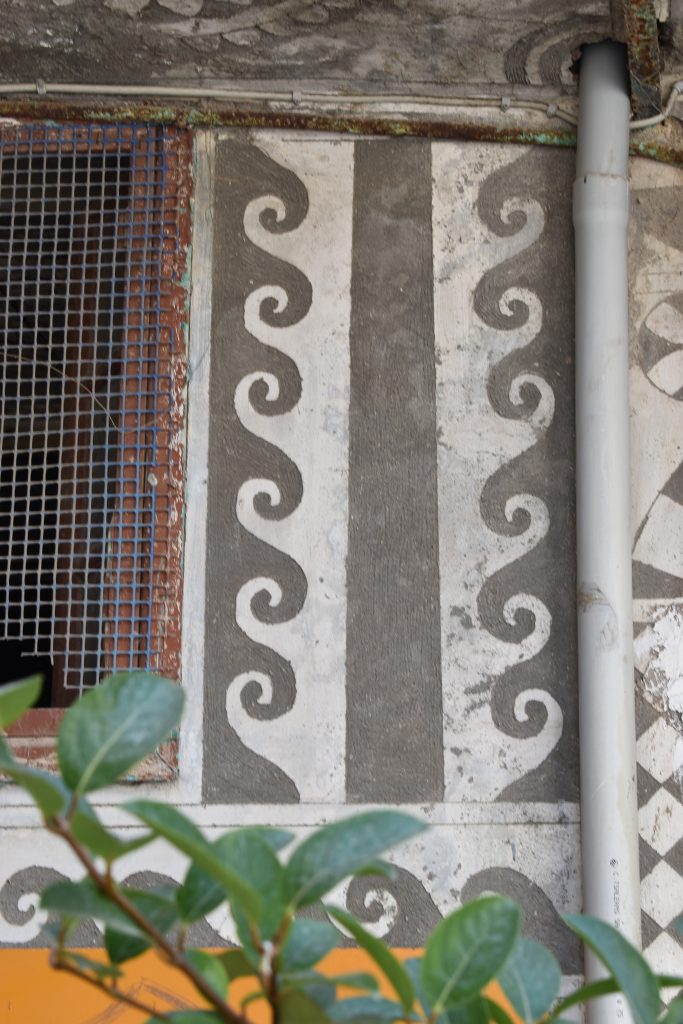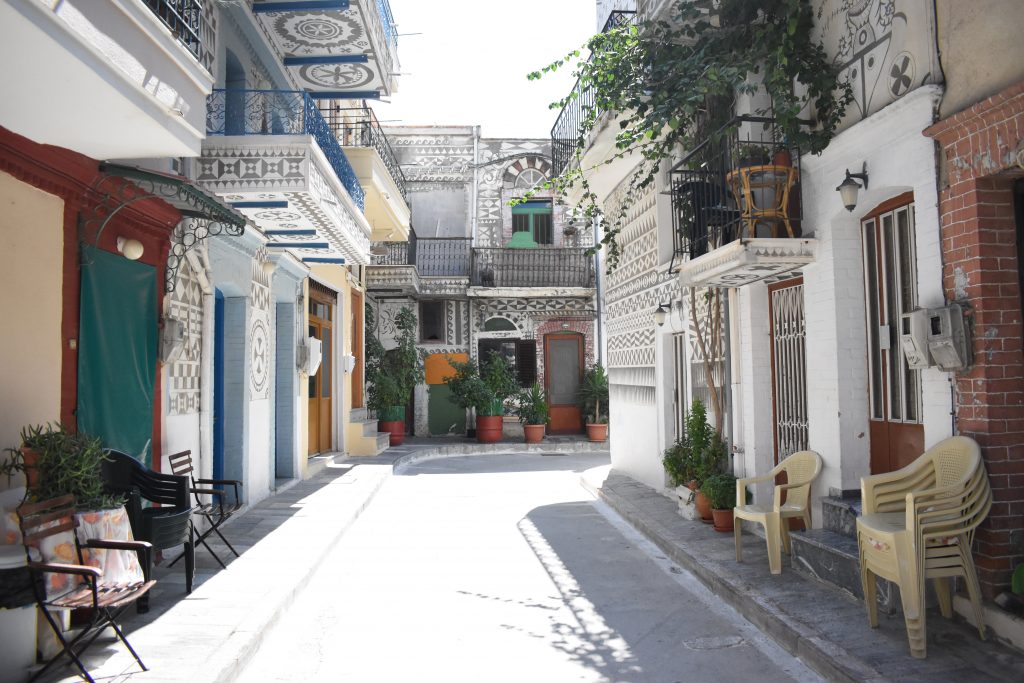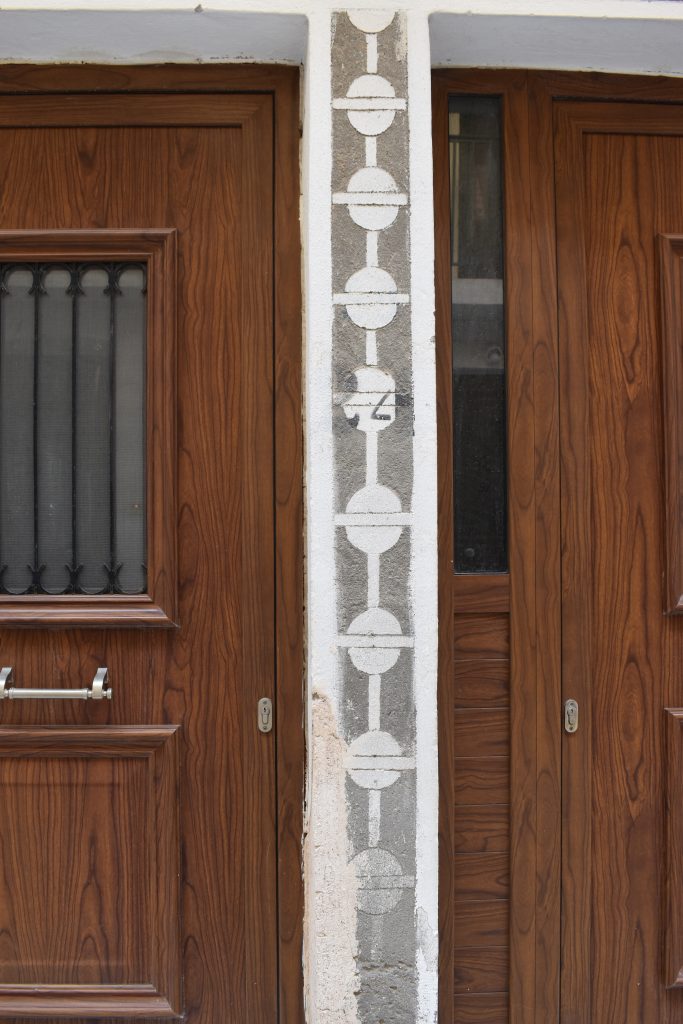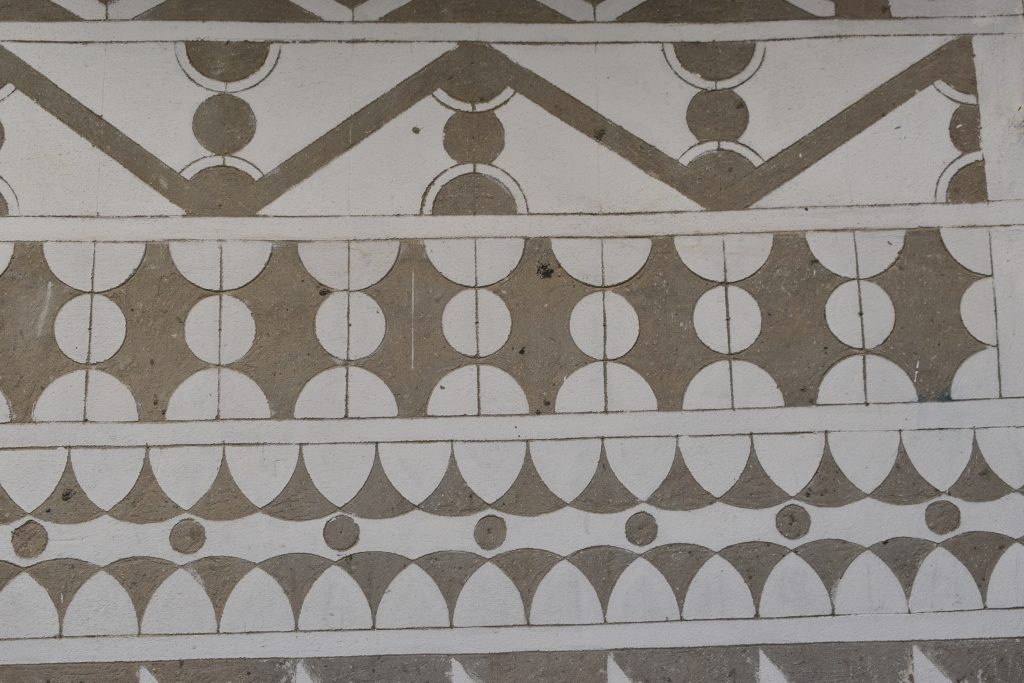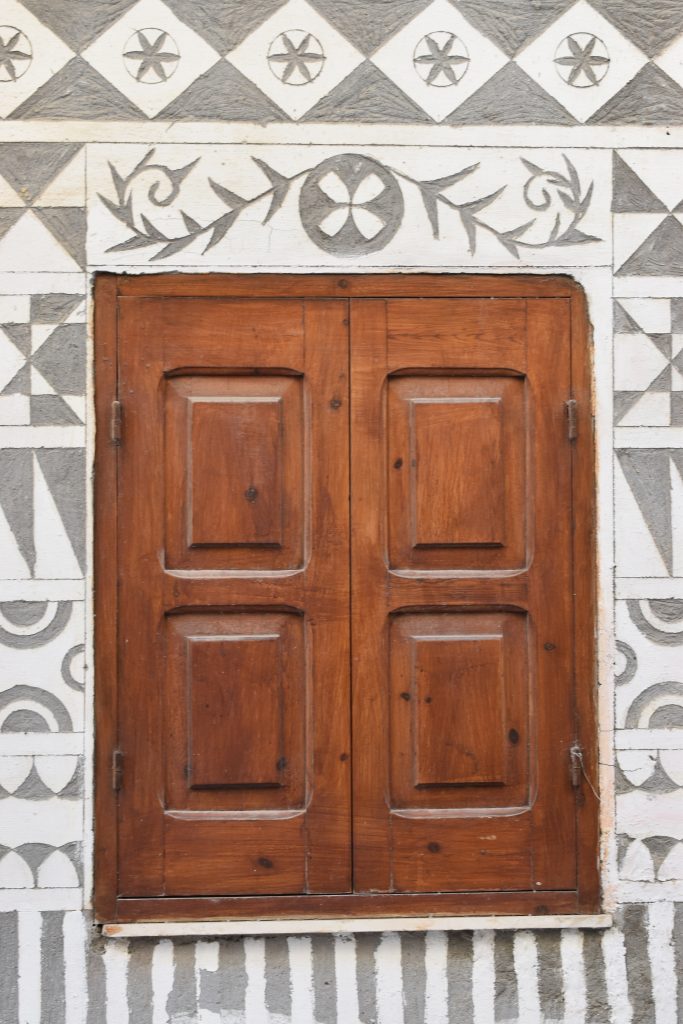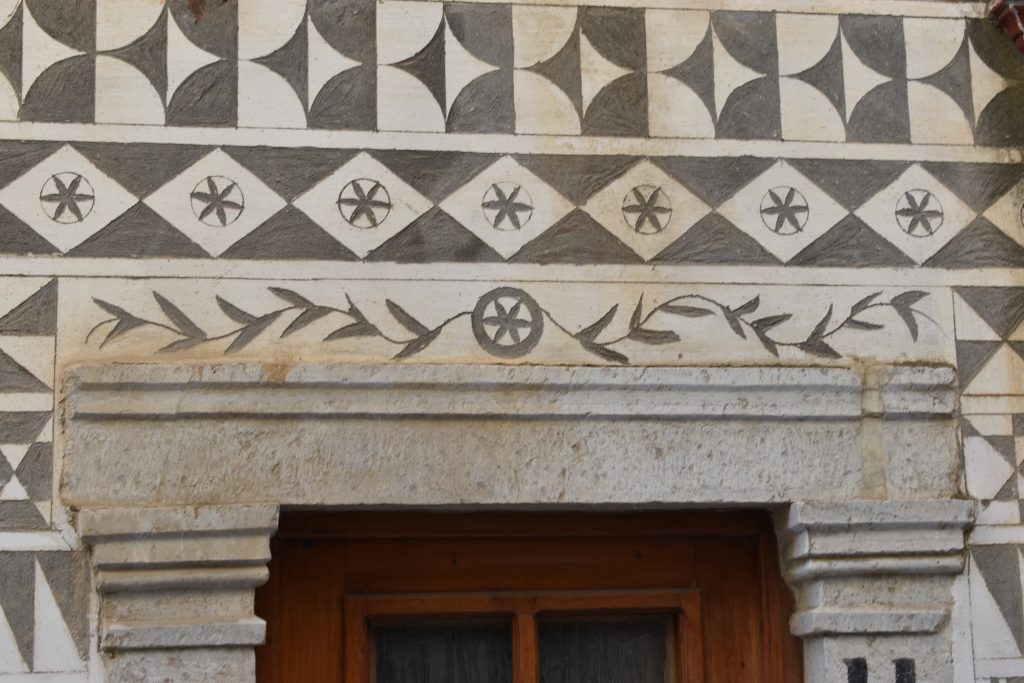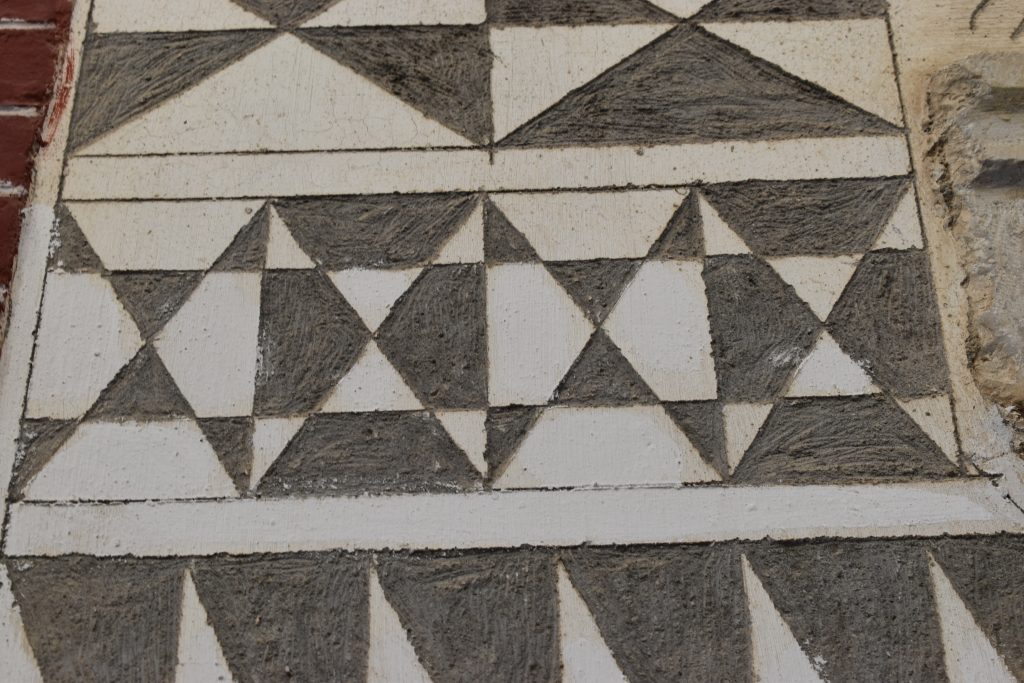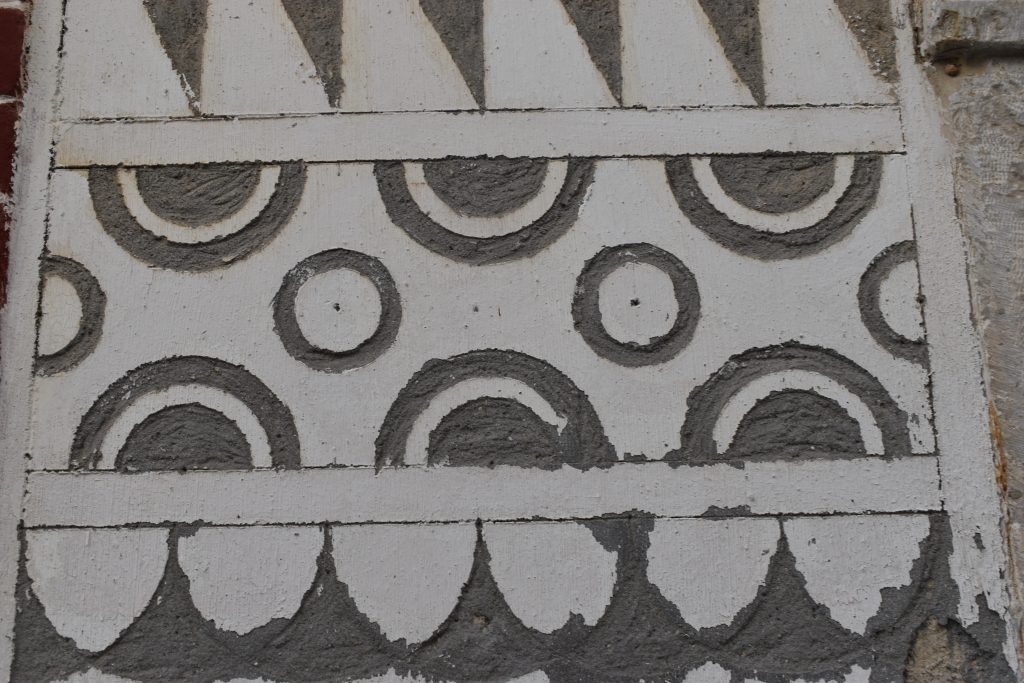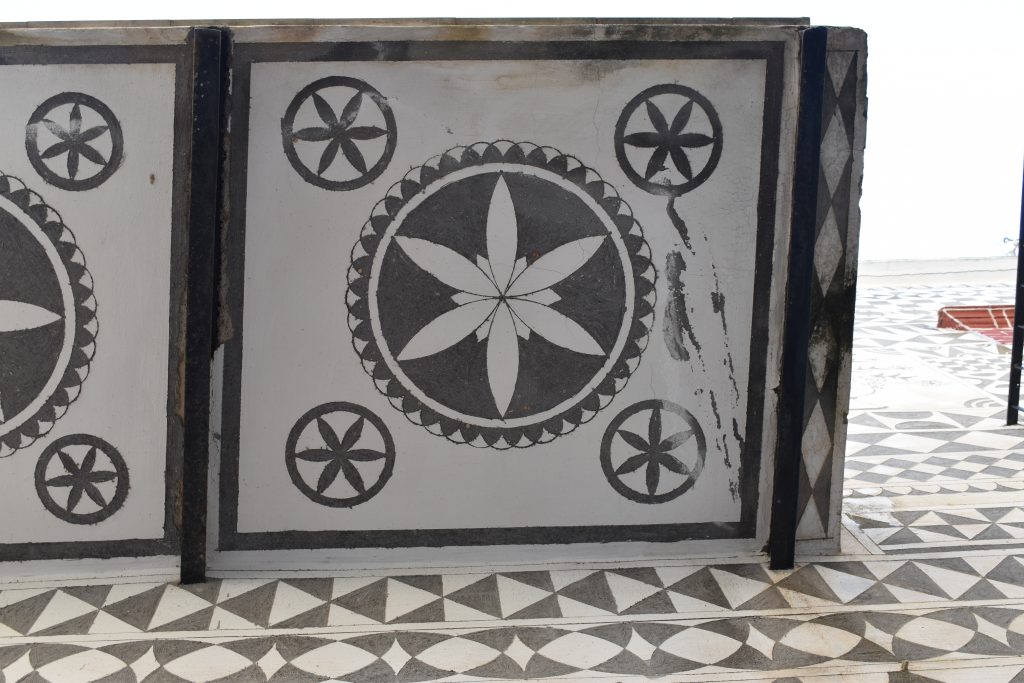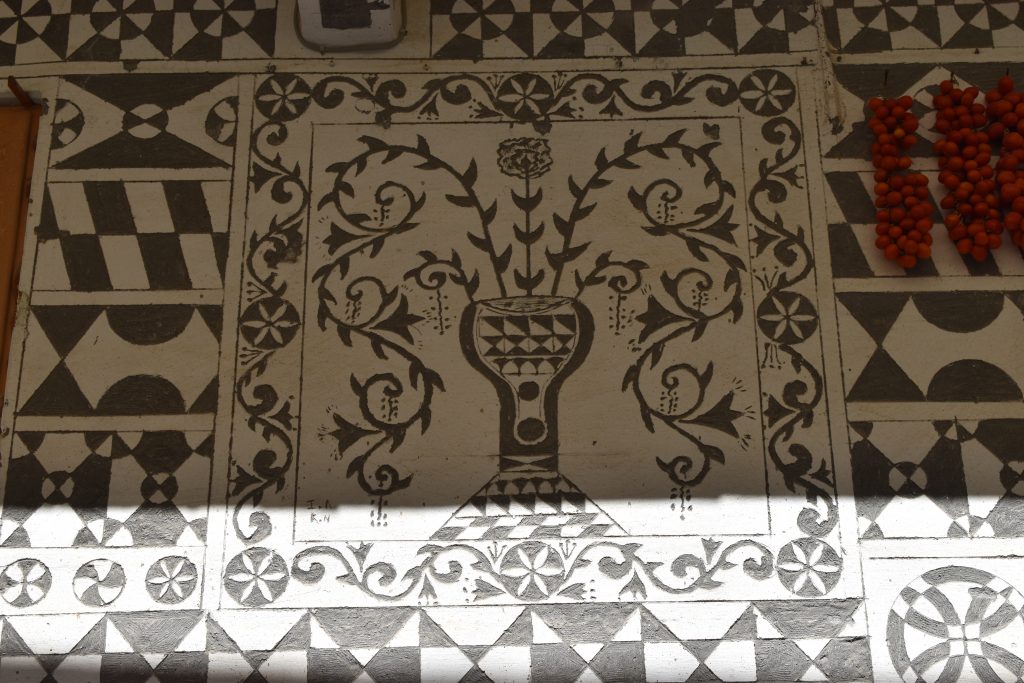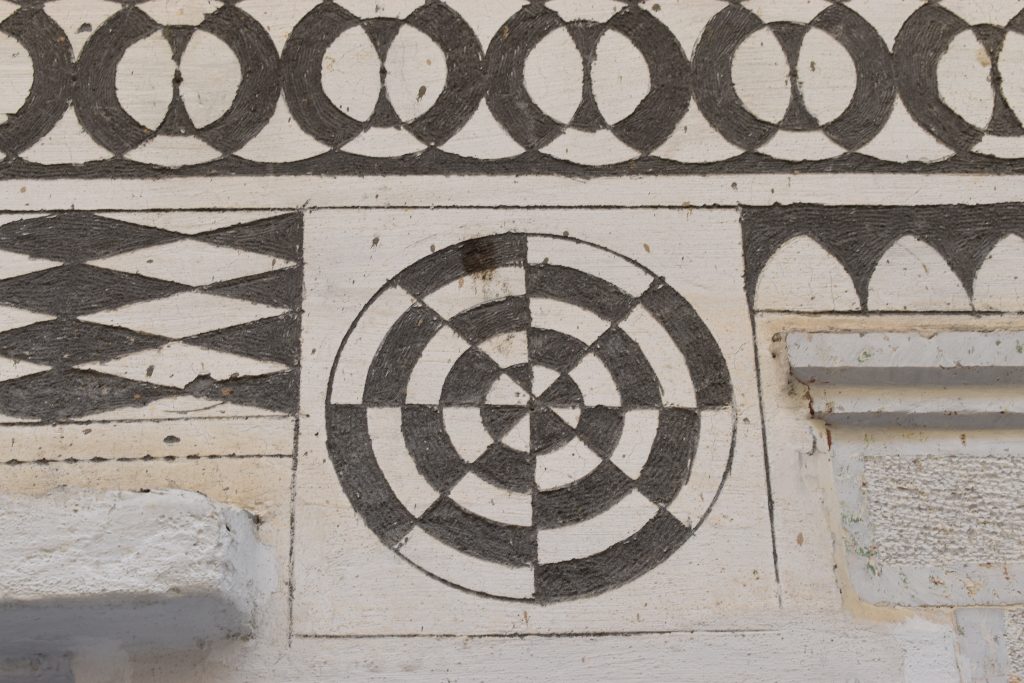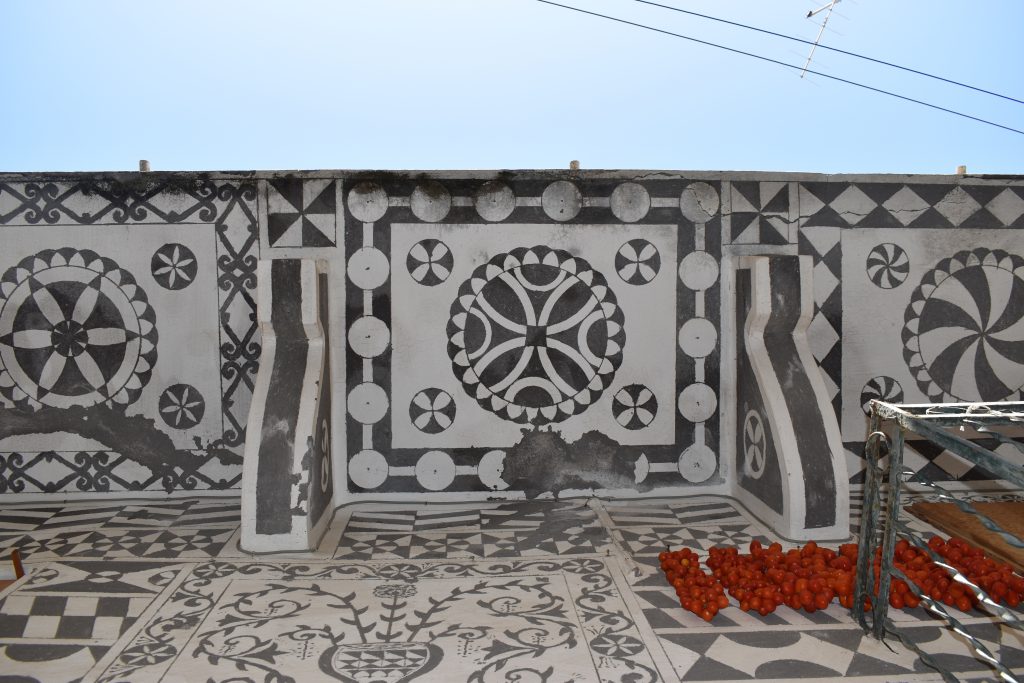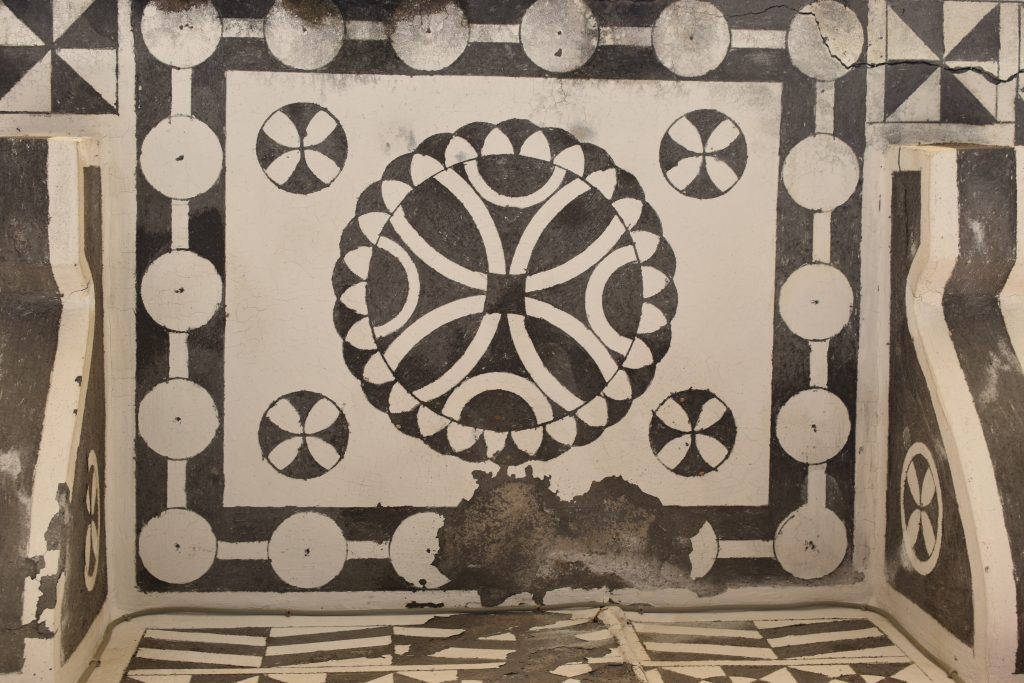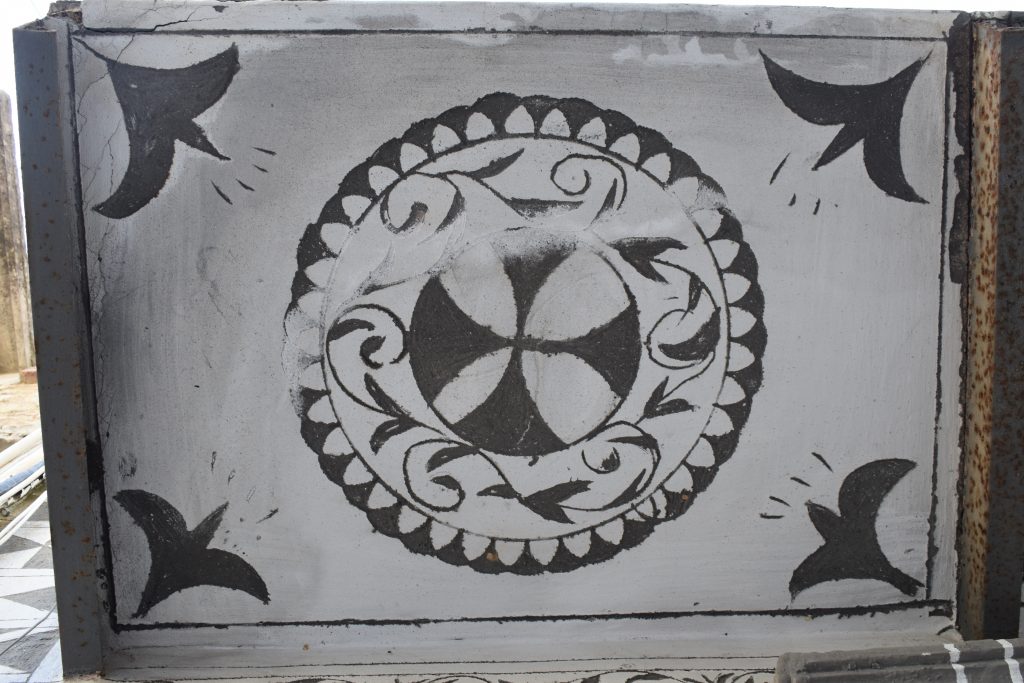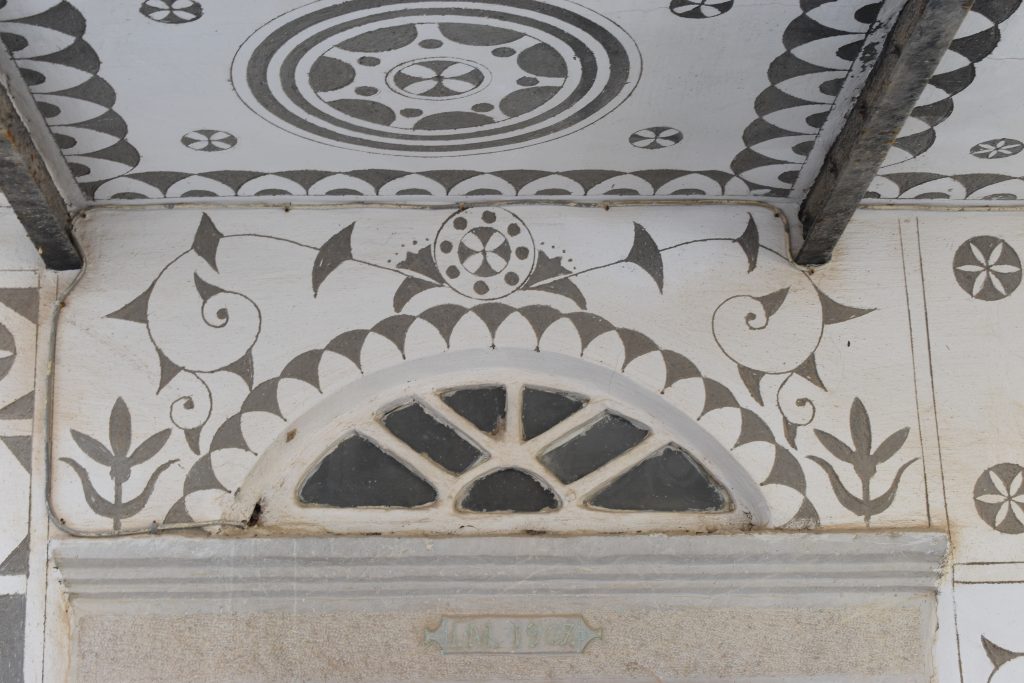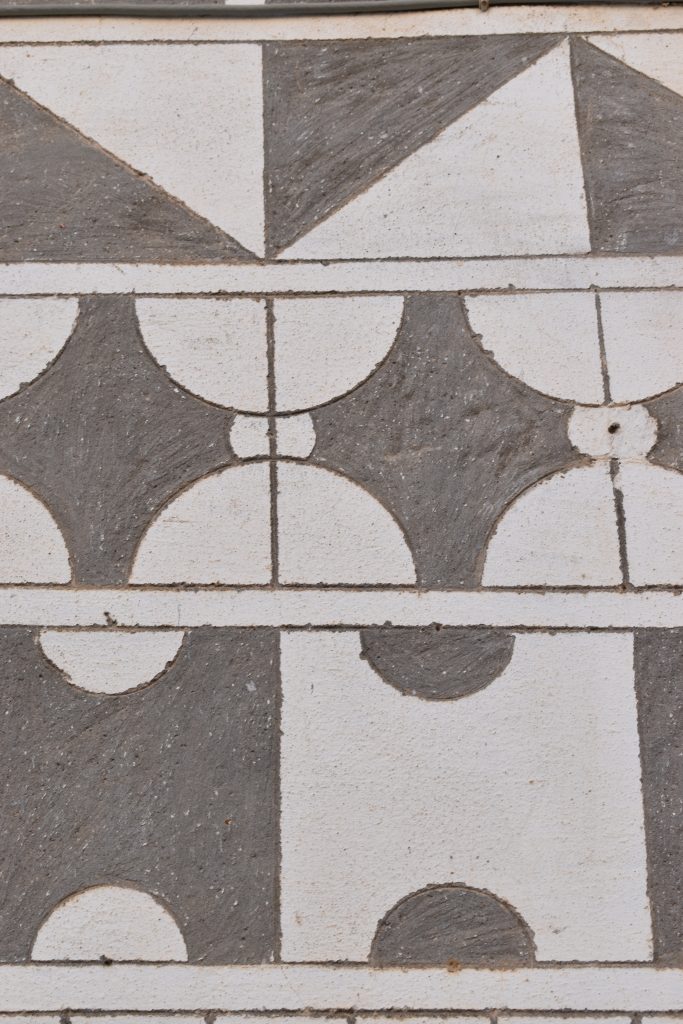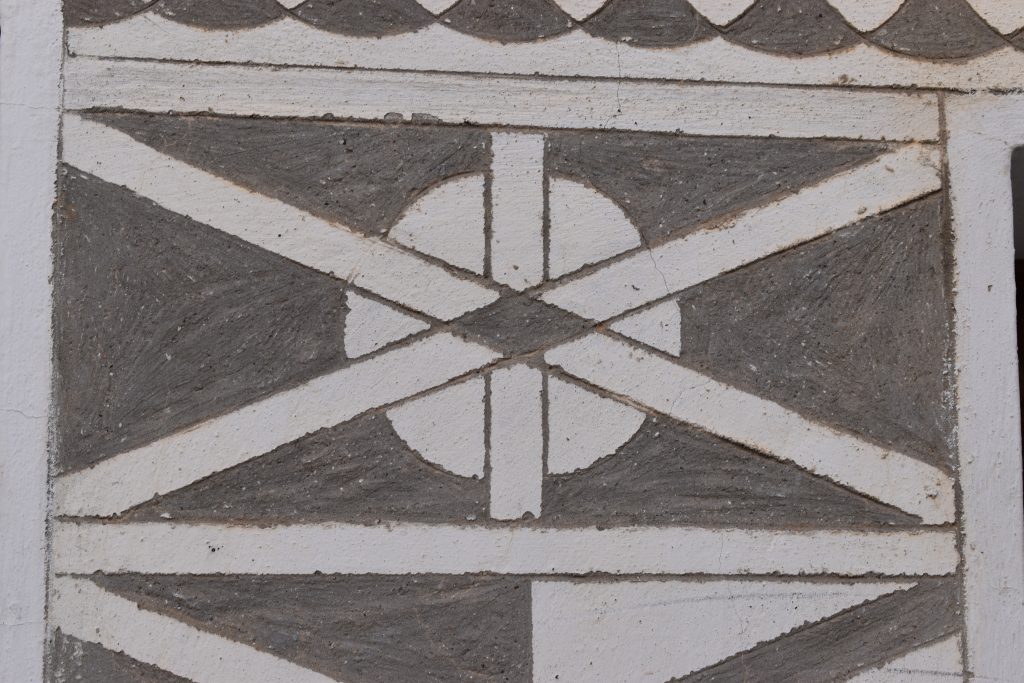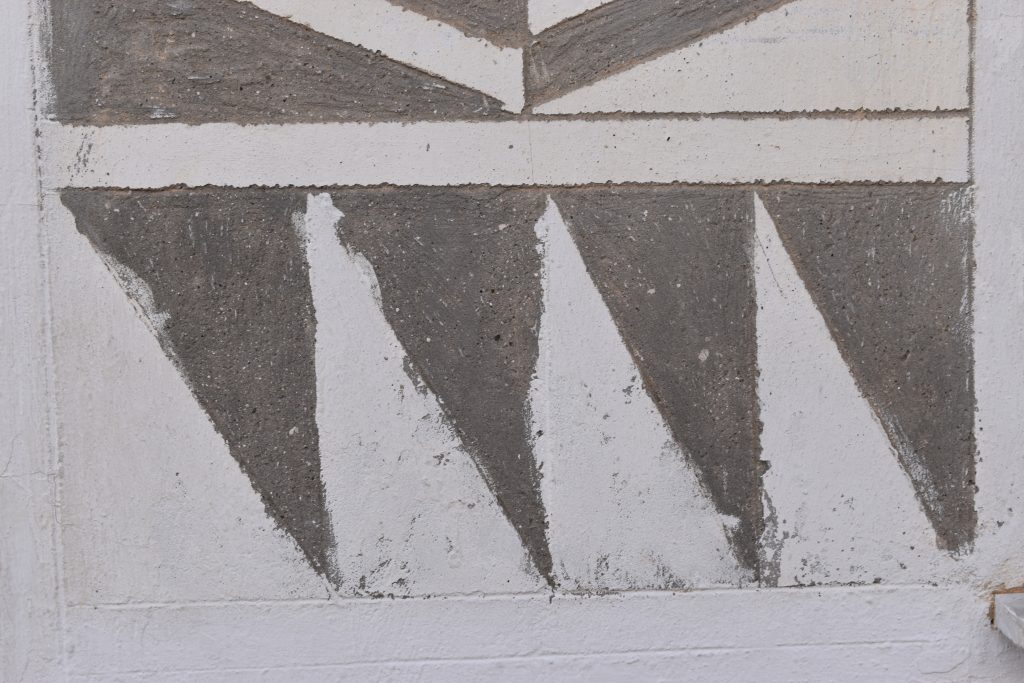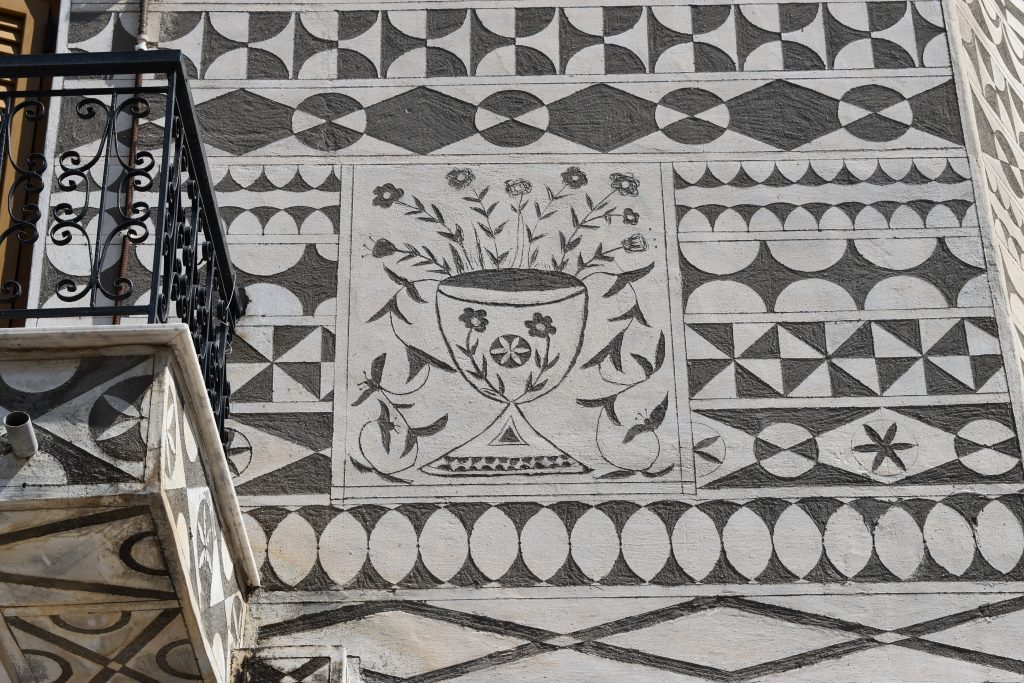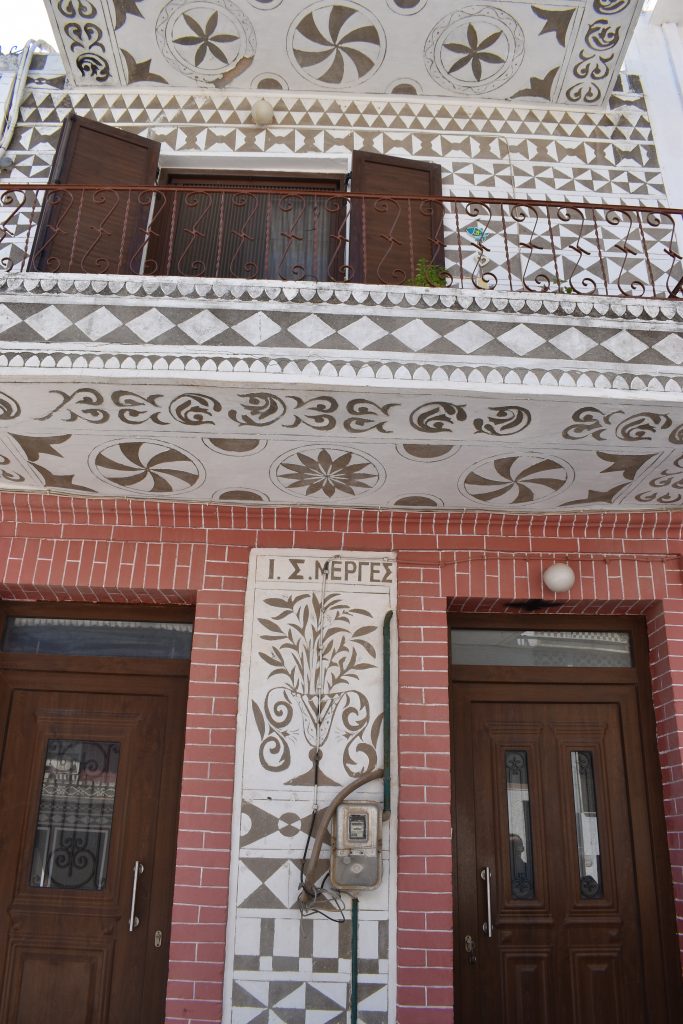Mastic
Mastiha, or mastic, is a product from the mastic tree, which exclusively grows in the south-west of Chios Island in Greece. This HC is therefore highly localised (indigenous craft) and part of the fabric of local life. The 24 villages from where mastiha is harvested are known as Mastihochoria, or Mastic Villages, their name being an indication of the importance of mastiha for the region. It is an outdoor craft, which relies on cottage industry while it is also centralised and organised though the Chios Mastic Growers Association. The production of mastiha, an ancestral practice, unaltered over time, is a family occupation that requires laborious care throughout the year, and in which men and women of all ages participate on equal terms. Tasks are divided across genders and ages. The culture of mastiha represents a comprehensive social event, around which networks of alliances and mutual help have been established in society. Traditions and legends survive in the vernacular language, some of religious nature. The knowledge for growing mastiha follows certain rules and traditional characteristics, which ensure its authenticity, while also promoting improvisation and individuality. The craft and local life still witness age-old traditions related to the production of mastiha, even if the cultivation and application of mastiha are constantly subject to innovation.Key mastic pilot results
Historical narratives
Interactive timeline
Digitisation & 3D Reconstruction outputs
Craft understanding
Historical Narratives
Chios villages
The architectural environment of mastic production villages is shown through aerial 3D reconstruction; their characteristic structure reveals fortification against pirates and storage buildings for mastic at the centre of the village that were guarded. In this dataset, aerial images were acquired via a UAV overlooking a village. The subject is a large building complex….
Museum of Chios machinery
The following videos show the 3D reconstruction outcomes of factory machines used in the production of the mastic chewing gum, exhibited at the Mastic Museum in Chios.
Explore the results of our craft knowledge collection
The mastic tree – Photographic archives from PIOP
The skinos plant, also known as the mastic tree, is an evergreen shrub. It is a resilient plant which thrives in the arid, stony, dry and poor soil of southern Chios, where the male plants are cultivated. The oldest surviving testimony that confirms the existence of the skinos plant (Pistacia lentiscus) has been found at the site of the volcano on Santorini Island, where fossilized leaves of the plant dating from 50,000 to 60,000 years ago have been found enclosed within the walls of the caldera. The plant Pistacia Lentiscus var. Chia belongs to the Anacardaceae family. It is related to species such as the pistachio tree (Pistacia vera) and terebinth (Pistacia terebinthus). Today the mastic trees are characterized by a variety of subspecies that often differ from village to village. The differentiation is more prominent in the foliage and the height of the shrub, while the amount of resin produced may also vary.




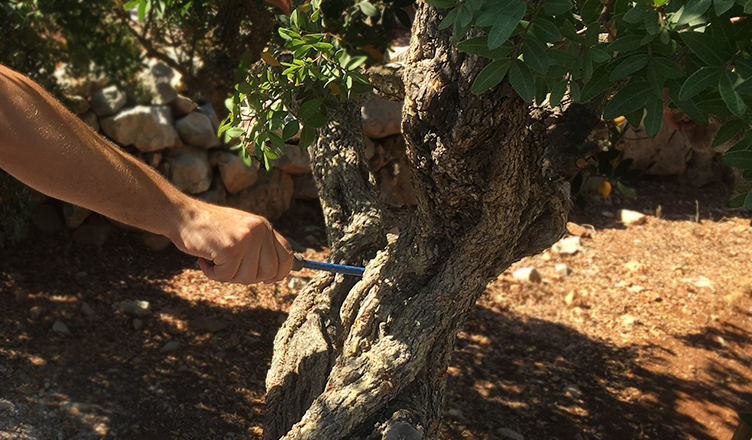
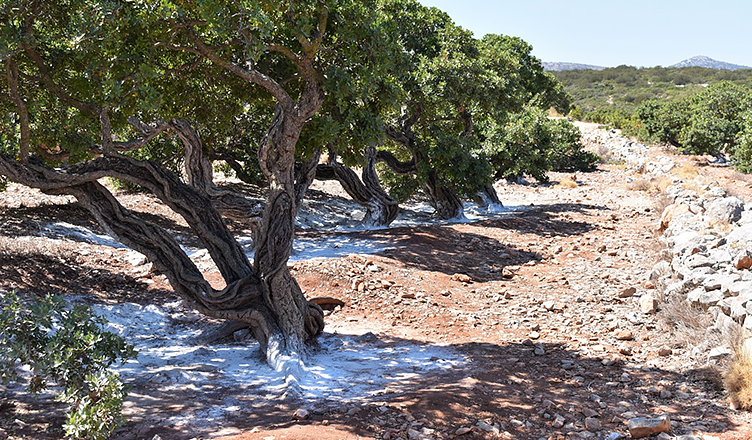
Mastic field of the Chios Mastic Museum, 2019. Photo: Danae Kaplanidi (PIOP)
3D reconstructions of tools used in the mastic cultivation
Mastic tools, scenes, costumes
Applying the Mingei protocol in the Mastic pilot
STEP 1. Human resources and digital assets
In this step, we collect the documentation that will be eventually transformed into knowledge and history that we will digitally represent.
Human resources are invaluable in the description and explanation of craft practice and context. In this process, digital assets serve a range of purposes, from note-taking to reference practices by practitioners. Moreover, sometimes the contribution of a human resource may be available only through a recording.
Digital assets are carriers of documentation, information, and knowledge that required a comprehensive representation of craft. Moreover, digital assets that are appreciated by human observers (i.e., audio-visual) can encompass an insightful understanding of processes, environments and semiotics.
In this context, the following activities were conducted:
Knowledge collection and literature review
Craft understanding is initiated with the collection of existing knowledge of the following categories:
- Basic knowledge including (a) curated text, (b) curated material, and (c) formal representation
- Existing content includes (a) archives, (b) bibliographic research outcomes, (c) audiovisual material, and (d) digital representations
- Contextual information (1) brief description of the craft (2) geographical location and range of the craft, (3) selected and representative communities concerning the craft, (4) craft workers / skilled workers / handicrafts education, (5) gender roles, (6) equipment, (7) craft products, (8) craft traditions incuding oral tradition / story telling / work songs / myths & legends, (9) social practices / social dimension, (10) economic dimension, (11) design dimension, (l2) artistic dimension, (13) rituals, (14) festive events, (15) religious dimension, (16) learning / education / transmission of knowledge, (17) geography of workshops, (18) emic (inside) Presentation
- Narrative interviews with craft practitioners
Social and Historic Context
PIOP holds the archive of the Chios Gum Mastic Growers Association who is the main stakeholder regarding mastic cultivation in Chios, along with the mastic growers themselves. Through this archive and PIOP’s library, literature, audio-visual material, as well as digitised objects such as 2D scans of historical books were retrieved. For the collection of new assets audio-visual material was produced, as well as 3D scans of the museum’s items, the mastic tree, and open spaces such as the Chios Mastic Museum and mastic villages. Furthermore, motion capture of the cultivators performing agricultural tasks took place. Fieldwork was also conducted at the mastic villages in order to collect more information regarding the significance and the perspective of the mastic growers in relation to mastic and its cultivation.
We have identified the following categories and thematics stemming from archival and on-site research in Chios:
- Description of the cultivation craft and the processes performed by the growers and the Chios Gum Mastic Growers Association.
- A dictionary of the equipment that is used in the different processes by the different actors, and the products that are produced with mastic.
- We identify the distinctive geographical places in Chios that relate to mastic cultivation.
- Socio-historically, we identified categories that strongly relate to the economy, history, and social organization of the island.
- Festive events, oral traditions and customs, gender roles in craft processes, local religious beliefs, artistic expression related to Pyrgi’s (mastic village) decorative architecture, traditional clothing, as well as media representations (film, photography, press) of life in the mastic villages were discovered. Furthermore, emic (inside) presentations were collected through both archival research and on-site fieldwork.
Data collection
In this step, the components of the crafting process are digitally recorded, post-processed, and curated in an online platform.
These digital assets record objects and actions, acquired from documenting photographically and in 3D materials, tools, products, and workspaces and recording practitioner crafting actions, in recording sessions. The organization of these sessions is facilitated by the vocabulary and storyboard, in identifying the objects, sites, and practitioner actions to be digitized. Moreover, some of the photographic and video assets may be recorded in combination with ethnographic fieldwork.
Audiovisual recordings
Pertinent assets regard conventional audiovisual data acquired from the ethnography such as audio and video interviews photographic documentation, as well as documentation to be used for craft representation including photographs and video documentation of objects, spaces, and demonstrations.
Audiovisual recordings of the crafting process are important for overview and ethnographic study, as well as for documenting significant aspects of the process with a local spatial expression, such as tool gripping postures, detailed and minute manipulations, and so on.
Photographic documentation
Mastic museum
Context – Mastic Villages
Architecture
Pyrgi
Olympoi
Mesta
Elata
Mastic Houses
Architecture
Inside a mastic house
Results of surface scanning are available in the following video demonstrations:
Video documentation
For acquiring video documentation, in terms of equipment, we used three cameras for data acquisition. One digital camera (Nikon J1) with a 10-30mm lens that captured single images of resolution 3872 x 2592 as well as full HD (1920 x 1080) video at 60fps and two GoPro cameras with an ultra-wide lens capable of 2.7K (2704 x 1520) video footage at 70fps. To ensure that the footage is free of motion blur, we captured the scene at a high frame rate and additionally used tripods and a gimbal.
Motion capture
The cultivation of mastic was recorded in three days, from September 11th to 13th 2019, in Chios, Greece. Due to the nature of the cultivation process, each motion was split into different recordings. This resulted in separate motion files for each part of the process. In general, the cultivation of mastic was recorded realistically. However, in the actual cultivation and harvesting process, all tasks are days or weeks apart and usually take hours to be completed. As such, the expert had to perform a brief example of the gestures while still being realistic.
Post processing of Digital Assets
Ethnographic documentation
Video analysis and identification of key operational sequences that signify craft actions and processes. Definition of process flow diagrams for the weaving processes.
MoCap segmentation
After the correction and noise removal from the MoCap data, the data was segmented by gestures. The recordings initially were done by tasks, being one recording a whole task, these recordings were afterward segmented by gestures. One task could have only one gesture that is repeated several times or might have more gestures that are repeated through the task.
Examples of segmented MoCap data visualisation are presented in the following video:
Digitisation Outcomes
Villages
In the context of this research work, relevant context included the mastic villages formulated in a way to support the productions and economy of mastic cultivation and the industrial processes supporting the creation of mastic products. As such 3D context representations were acquired and implemented. For the reconstruction of the mastic villages of Chios, aerial images were acquired via a drone overlooking the Pyrgi, Mesta, Olympoi, and Elata villages on Chios, Greece. The subjects were large building complexes that pose several challenges due to the complex, medieval city planning, and fortification.
Mastic Museum
Mastic Cultivation Tools
The modeling of mastic cultivation tools was implemented from scratch in 3D using the Blender 3D
Mastic Factory Machines
For building the 3D models of the machines to inhabit the implemented virtual model, the actual machines exhibited at the Chios Mastic Museum were scanned using a handheld tri-optical scanner and photographic documentation was acquired. The scanned models were post-processed, using the Blender 3D software, to deal with known scanning issues relevant to metallic reflective materials, glass parts, etc.
Relevant Publications
- Representation and Preservation of Heritage Crafts, (2020), X. Zabulis, C. Meghini, N. Partarakis, C. Beisswenger, A. Dubois, M. Fasoula, V. Nitti, S. Ntoa, I. Adami, A. Chatziantoniou, V. Bartalesi, D. Metilli, N. Stivaktakis, N. Patsiouras, P. Doulgeraki, E. Karuzaki, E. Stefanidi, A. Qammaz, D. Kaplanidi, I. Neumann-Janßen, U. Denter, H. Hauser, A. Petraki, I. Stivaktakis, E. Mantinaki, A. Rigaki, G. Galanakis, Sustainability, DOI:10.3390/su12041461.
- What is needed to digitise knowledge on Heritage Crafts?, (2019), Zabulis, X., Meghini, C., Partarakis, N., D. Caplanidi, P. Doulgeraki, Karuzaki, E., Evropi Stefanidi, Evdemon, T., Metilli, D., Bartalesi, V., Fasoula, Maria, Tasiopoulou, E., Beisswenger, C., Memoriamedia 1: 1–25.
- Transforming Heritage Crafts to Engaging Digital Experiences, (2020), N. Partarakis, X. Zabulis, M. Antona, C. Stephanidis, Visual Computing for Cultural Heritage, DOI:1007/978-3-030-37191-3_13.
Open Datasets
- Carlo Meghini, Valentina Bartalesi, Daniele Metilli, Nikolaos Partarakis, & Xenophon Zabulis. (2020). Mingei Ontology (1.0). Zenodo. https://doi.org/10.5281/zenodo.3742829
Applying the Mingei protocol in the Mastic pilot
STEP 2. Knowledge Elements
In this step, basic craft knowledge or otherwise knowledge elements are formed and digitally represented. In plain words, this means that the digitisations are entered in the Mingei repository, properly classified and linked to the other entities in the repository. Collectively, the classifications and links formed in this step form the semantic metadata that have been previously introduced.
Forming a knowledge element requires a comprehensive understanding of the digitally represented asset and is regarded as a digital curation process. Digital assets are represented in the system by knowledge elements associated with the result of a curation process that yields metadata, annotations, and descriptions. In this process, the original meta-data (if any) that accompany the digital asset are useful.
Representation of knowledge on craft processes includes curated material which is also digitally represented. The basic elements of such representations are the tools, machines, workshops, etc. At the same time of importance is the social and historical context.
Social and Historical Context
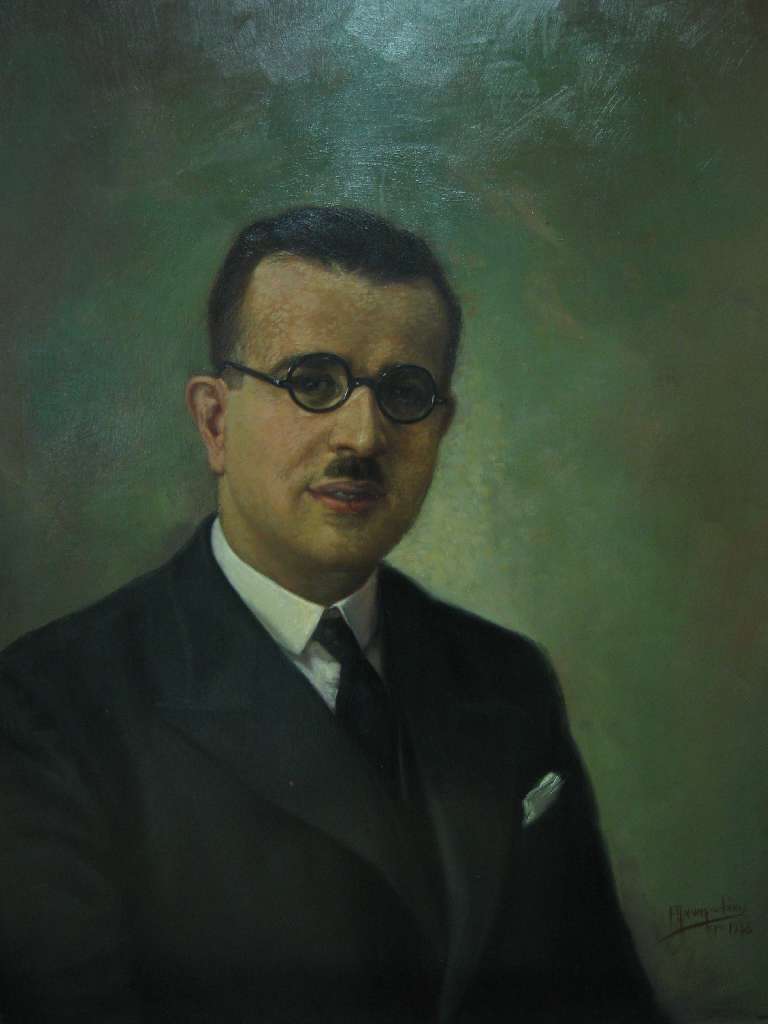
Persons
Human resources are invaluable in the description and explanation of craft practice and context. In Mingei the profession, communal activity, and traditions of a place are of close relevant to the contextualisation of a craft. Of relevance is also the participation of persons in communities, guilds, social or artistic movements. In our case , we record and represent basic information on the life and times of a person, such as occupation, places of visits, time and place of life and death, and key events relevant to the topic of study, such as education, professional activity, collaborations with other persons and so on.
Places
Places are represented with 2 coordinates, latitude and longitude. Regions are polygonal representations upon the surface of the Earth. We also use a data base of location names (GeoNames).
More refined representation of locations may require addresses or even arbitrary user-defined locations on Earth that are not included in the database. The coordinates of these locations are provided through the digital curation process and supported through a GIS system.
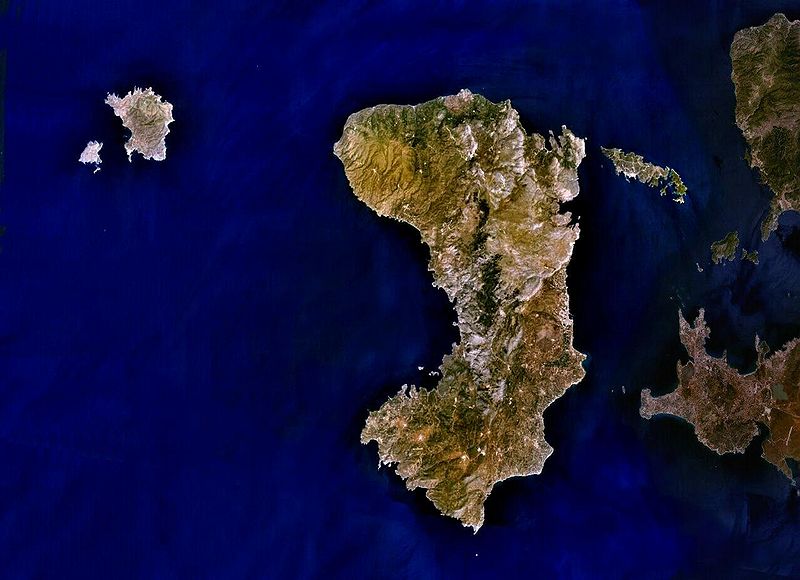
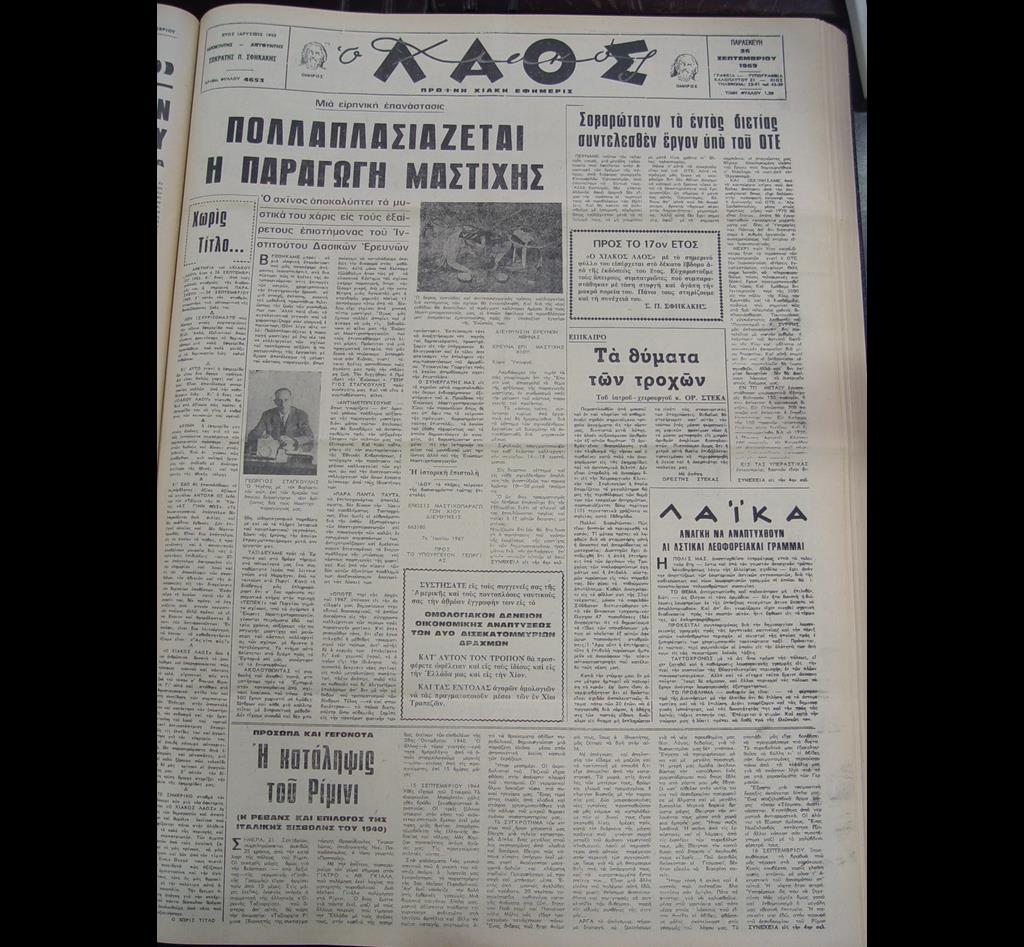
Events
We consider events as the changes of state in cultural, social or physical systems brought by phenomena or influenced by other events. Thus, the definition of an event requires at least two observations of this state in time.
Events are basic elements of stories in general and, in particular, to the type of “stories” we wish to capture in our craft representation. Knowledge elements of the event type are employed to represent:
- Socio-historical context relevant to the expression of a craft instance.
- Actions in craft processes
Craft Context
Digital assets
The most relevant digital data types are:
- Text
- Photographs
- Video
- Audio
- 3D reconstruction
- Human motion digitisation
Additional digitisation types of humans, matter, and actions (e.g. thermal, multispectral, X-ray), provide measurements of more material properties that photography can capture. Such properties are surface reflection and transmission properties, chemical composition, its degree of viscosity at a certain temperature, and other.
We provide some examples of primary digital assets from the Mingei dataset
- Digital text of curated text, literature, and testimonies.
- Photographs: historic photographs, photographic documentation of artefacts, printed matter, records.
- Audio: interviews of glassmaker and mastic producer.
- Video of craft practice.
- 3D reconstruction of a workshop from a laser scan.
- 3D reconstruction of an artefact from a handheld scanner.
- Motion capture of craft practice.
Relevant Publications
- Representation and Preservation of Heritage Crafts, (2020), X. Zabulis, C. Meghini, N. Partarakis, C. Beisswenger, A. Dubois, M. Fasoula, V. Nitti, S. Ntoa, I. Adami, A. Chatziantoniou, V. Bartalesi, D. Metilli, N. Stivaktakis, N. Patsiouras, P. Doulgeraki, E. Karuzaki, E. Stefanidi, A. Qammaz, D. Kaplanidi, I. Neumann-Janßen, U. Denter, H. Hauser, A. Petraki, I. Stivaktakis, E. Mantinaki, A. Rigaki, G. Galanakis, Sustainability, DOI:10.3390/su12041461.
- What is needed to digitise knowledge on Heritage Crafts?, (2019), Zabulis, X., Meghini, C., Partarakis, N., D. Caplanidi, P. Doulgeraki, Karuzaki, E., Evropi Stefanidi, Evdemon, T., Metilli, D., Bartalesi, V., Fasoula, Maria, Tasiopoulou, E., Beisswenger, C., Memoriamedia 1: 1–25.
- An Approach to the Creation and Presentation of Reference Gesture Datasets, for the Preservation of Traditional Crafts, (2020), N. Partarakis, X. Zabulis, A. Chatziantoniou, N. Patsiouras, I. Adami, Applied Sciences, DOI:10.3390/app10207325.
- Qammaz, A., Plastira, N., Vouton, V., & GR70013, H. (2019). MocapNET: Ensemble of SNN Encoders for 3D Human Pose Estimation in RGB Images.
Open Datasets
- Carlo Meghini, Valentina Bartalesi, Daniele Metilli, Nikolaos Partarakis, & Xenophon Zabulis. (2020). Mingei Ontology (1.0). Zenodo. https://doi.org/10.5281/zenodo.3742829
Applying the Mingei protocol in the Mastic pilot
STEP 3. Craft Representation
In this step, the individual entities represented in the previous steps are linked to each other into an organic representation of the craft instance. This linkage implements the semantic representation of the craft.
The scope of this representation covers the following craft dimensions:
- Tangible elements, such as materials, tools, and products
- Craft actions and processes
- Contextual knowledge that provides an understanding of
- Artefact usage
- The CH of a region and its people embedded in the artefact
- The historic, geographical, economic, and social dimensions of the associated craft instance.
Social and Historic context
-
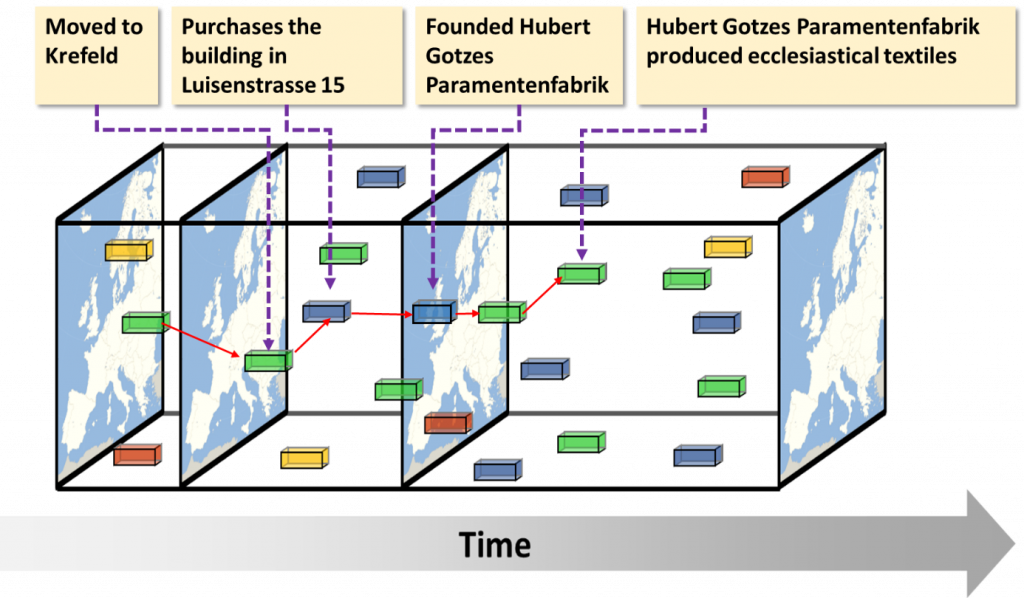
Representation of Fabulae
Regards the structuring of ‘Events’ in MOP to ‘Fabulae’ presenting the sequence of ‘Events’ that are the backbone of a ‘Narrative’. Connection between ‘Events’ is established by two kinds of relations:
- Mereological relating events to other events that include them as parts, e.g., the invention of the flying shuttle is part of the life of the Industrial Revolution.
- Causal dependencies, relating ‘Events’ that in are predicated to have a cause-effect relationship, e.g., “the Industrial Revolution resulted in a reduction of the number of weavers”.
Through MOP ‘Event’ entries are transformed into ‘Fabulae’.
Craft Representation
To encode craft understanding, activity diagrams are borrowed from Unified Modeling Language (UML) and used in the following sense. While UML represents computational actions that transform data are represented, in this work, physical actions that transform materials are. The transition types Transition, Fork, Merge, Join, and Branch are adopted and denoted as in UML.
Activity diagrams can be refined hierarchically, allowing the increase of representation detail at later stages. Moreover, their visual nature was found to support the collaboration with practitioners. Activity diagrams are essential in representing transitions between process steps, in which distinct tools are employed and actions take place. and, in particular, decision points and parallel tasks in the process.
The progression of sequential steps is modeled by a Transition link. Forks are used to represent the initiation of two parallel tasks. In Merge transition, two or more control paths unite and Join connects steps that should be completed before the transitions to the next step. Merge and Join transitions are structurally similar, but a join is a synchronization across a set of parallel flows, while in a merge only a single flow is active. Finally, Branch transitions connect a step with a decision step that accepts tokens on one incoming edge and selects one outgoing alternative. Branch nodes control the flow of a process by selecting one of several alternatives, based on the outcome of a condition evaluation.
Process schemas
Activity diagram are transcribed into transition graphs. The MOP UI facilitates the structured instantiation of process schemas and their steps. Data fields are used to enter appellations, informal descriptions, and step order. Transitions are instantiated via dynamic UI components that adapt to transition type.
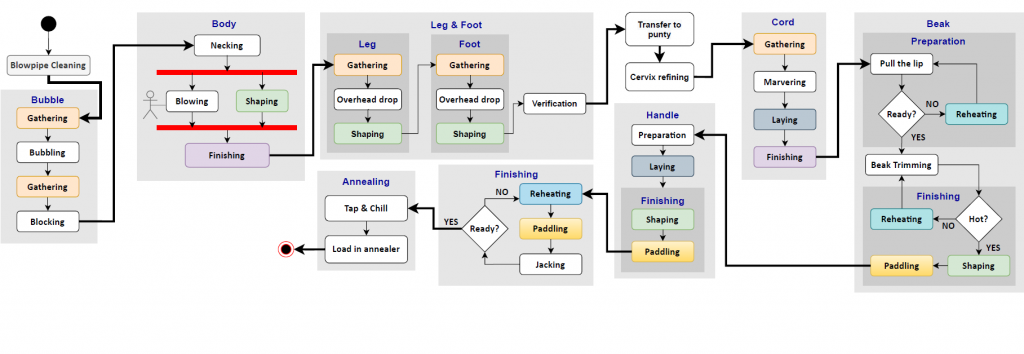
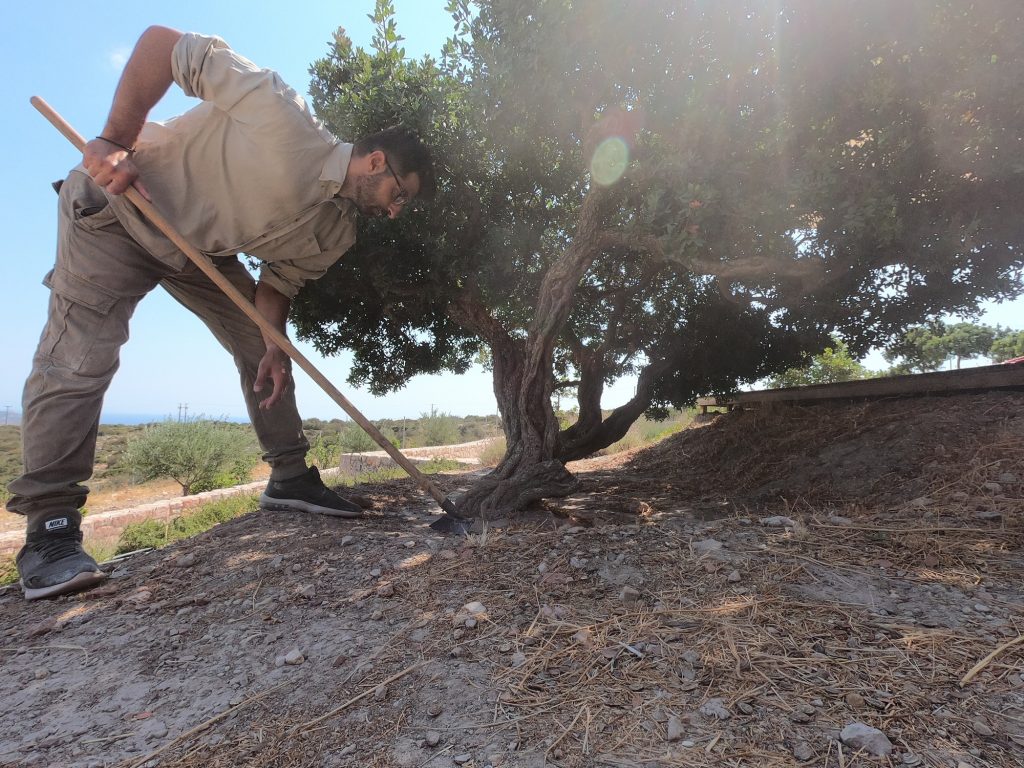
Processes
Processes representations account for the events that took place during the execution of a process schema. Intuitively, a process is an individual flow of events, out of those possible in the activity diagram. The MOP UI enables the instantiation of processes representation, via the entry and chronological ordering of events, accompanied by the recordings that document them.
Relevant Publications
- Digitisation of traditional craft processes, (in press, JOCCH-21-0060), X. Zabulis, C. Meghini, A. Dubois, P. Doulgeraki, N. Partarakis, I. Adami, E. Karuzaki, A. Carre, N. Patsiouras, D. Kaplanidi, D. Metilli, V. Bartalesi, C. Ringas, E. Tasiopoulou, Z. Stefanidi, ACM Journal on Computing and Cultural Heritage, DOI:10.1145/3494675.
Open Datasets
- Carlo Meghini, Valentina Bartalesi, Daniele Metilli, Nikolaos Partarakis, & Xenophon Zabulis. (2020). Mingei Ontology (1.0). Zenodo. https://doi.org/10.5281/zenodo.3742829
Applying the Mingei protocol in the Mastic pilot
STEP 4. Narratives
Relevant Publications
Applying the Mingei protocol in the Mastic pilot
Step 5. Information tools
Historical narratives
- The mastic cultivation process
- A Year in a Mastic Village
- Mastic Trade & Organization
- Mastic Industry & the Chios Gum Mastic Growers Association
Virtual Humans
For the needs of the demonstrations 3D virtual humans, with their corresponding garments and accessories, have been carried out based on cultural and historical information and sources. VHs were created using references from the ethnographic research. For the definition of the 3D meshes and the design of the skin surfaces a customized toolchain was employed that combines automatic generation methods, with manual editing and refining. The approach utilizes VH creation software and 3D modeling software for clothes and accessories. The final model inherits and encapsulates the required structural components, such as bone and skin attachment data. This allows the VH to be dynamically animated and to exhibit real-time animation capabilities.
Another important aspect for attaining a high level of realism is the motion, behavior, and natural interaction of the VH with users, to avoid the “uncanny valley” effect. The VH must have the ability for verbal as well as nonverbal communication skills, be intelligent, have natural communication with the users, perceive information from the user, and physically react with them. The deformation of the skinned characters during their movements must be realistic, smooth, and not contain any discontinuities.
Garment design was also considered during the implementation of avatars. To ensure appropriate rigging, since the generated models are automatically rigged an additional checking was performed to ensure that the rig is applied correctly, and the bones are well adjusted to the 3D body.
An example of a Virtual Human for the mastic pilot can be seen in the following video:
Hello! My name is Anna. Welcome to the chewing gum factory of the Chios Gum Mastic Growers Association.
I am coming from the village of Tholopotami, just a 25 minutes ride by car from the factory. I grew up and still live in the village. Both my parents come from the village and they are cultivators of mastic, olive, and almond trees. We always had an immediate income from the almond production because it does not need any processing, in contrast to mastic that needs year-long processing before we deliver it to the Association. I also have two siblings and when we were all children, we used to accompany our parents in the fields. Nevertheless, I only finished primary school because I was mostly cultivating with my parents.
Video documentation of the craft
Motion Re-targeting
The processing of the motion data has been done on Autodesk MotionBuilder software which is dedicated to animation and the direct integration of motion capture technologies. The process requires different steps: (a) creation of an “actor” in MotionBuilder with skeleton definition corresponding to the BVH hierarchy, (b) mapping of the received animations on the actor, and (c) synchronization of the VH with the actor by adjusting the 2 models so that the measurements match and the animations are correctly reproduced. Examples of the outcomes are presented below:
Access the full playlist from the this link.
Applying the Mingei protocol in the Mastic pilot
Step 6. Experiences
Narrations in the Mastic Factory
The installation at the mastic factory exhibition room is comprised of four tablet devices mounted on floor mounter bases that are located in four main spots of the museum. From each tablet, a specific area of the museum is covered and augmented through the camera of the tablet with hot spots. In each hot spot, one or more stories to be told exist. By selecting the hotspot, a VH appears that is the visual twin of a persona used to work in the factory and operating one of the machines in visual approximation to its location. When the hot spot is selected the VH appears in the factory through the camera of the table to narrate his life story and his daily life and work at the factory.
Craft presentations in the mastic field
One of the requirements of presenting the craft was to display its seasonality. Very often visitors do not understand the complete process of mastic cultivation. Another necessity for the museum was the exploitation of the external spaces and the beautiful mastic tree field which is often overlooked by the visitors. It became also evident that this “guided” tour (it is a simple and straight path through the phases of mastic cultivation, harvesting, and cleaning) is a perfect example of the yearlong process. Visitors of the rural space outside the museum can experience mastic cultivation in the field through their mobile devices. The application facilitates an AR-capable device to recognize metallic sculptures that exist in the rural space of the museum. Through the camera, these sculptures become alive to present typical cultivation activities. The following figure presents an example of app screens with an emphasis in the middle on the AR augmentation of the sculpts that are part of the mastic field with animations of the cultivation process.

Craft Training
Craft training is intended for demonstrating the cultivation activities to the visitors of the museum thus providing a more immersive experience. This application was installed on the ground floor of the museum in the multimedia space. The installation is comprised of a personal computer and a monitor together with a depth sensor for tracking the user’s actions. The user stands in front of the installation and follows the instructions provided on the screen to mimic craft actions. An example of this process is presented in the following figure.
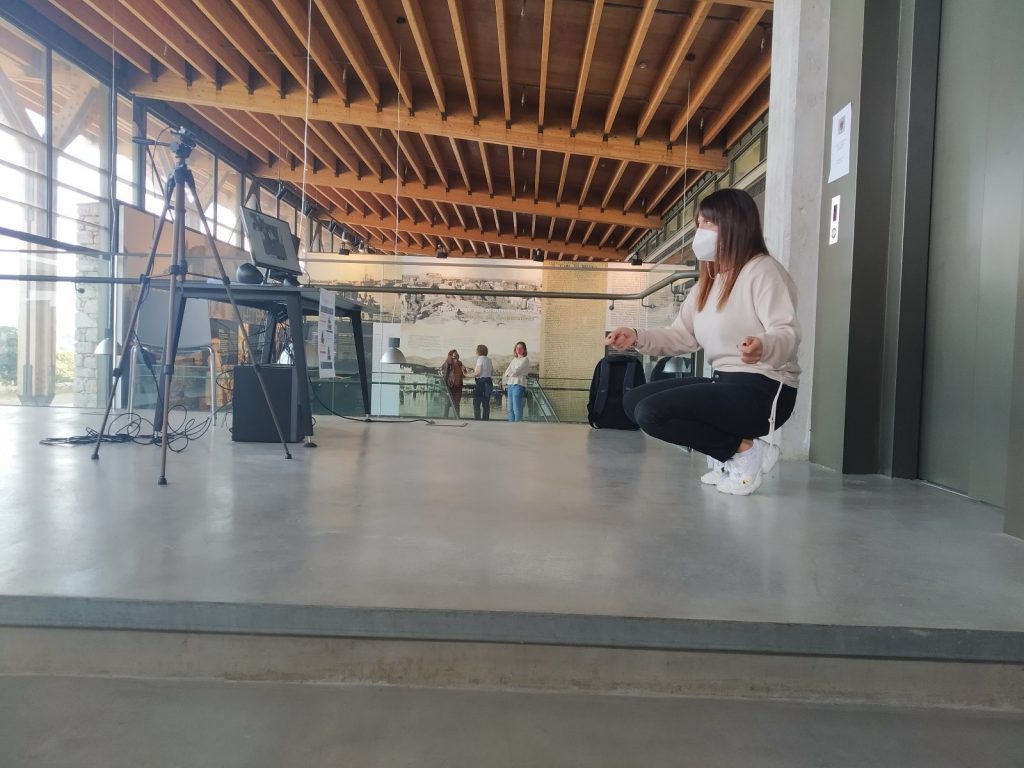
Presentation of geographic context
Information on geographical location and context shows environmental aspects affecting craft practice and development. We developed Airborne an immersive flight simulator allowing users to fly over various mastic villages of Chios. During the flyover, users can stop at each village and retrieve multimedia and text information related to those villages. Airborne is installed in the multimedia room of the museum. The setup was very simple and straightforward as it involved a desktop computer set. There are two options available (a) automated tour and (b) flight simulator. The automated tour targets users that wish to explore the mastic villages in a movie-like way while the flight simulator is more gameplay-oriented since users have control of the virtual drone flying on Chios sky and are free to explore information in any way they like. In the future, the setup will be updated with a large touch-enabled screen to enhance the gameplay of the installation.
Games!
Training on Mastic Cultivation
Section 1 – The Mastic Cultivation Process
Processes performed by mastic growers
Cultivation of new trees: The cultivation of new trees takes place during the winter, from the beginning of January until mid-February. The producers cut branches from a male tree of good quality and plant them in depth of 40 to 60 centimetres. It is rather easy for a plant to be successful and it does not need special care in the beginning.
Pruning, cleaning, fertilization, and irrigation: Pruning of a tree begins on its third year and then takes place every year during the winter, from the beginning of January until mid-February. The dry branches are removed so that the tree can become stronger and to facilitate air and sun supply for the trees. The wounds from the cut branches are covered with a substance (katrami) to proof them from microorganisms. Fertilization of the field takes place in January or February and the producers use ammonium sulphate when the soil is poor and potassium nitrate or calcium ammonium nitrate for red soil. An ecological fertilizer is beans (Vicia faba) which are planted in October. When they reach the time to bloom they are plowed in order to stop their growth. Because of the bacteria staying in the nearly bloomed beans, the soil becomes rich in nitrogen which is essential for the growth of the mastic trees. Young trees do not need water. Irrigation starts after the first year of the tree and it takes place two, three or four times per day depending the weather conditions. The older trees are resistant to drought. It is important to note that persistent humidity can damage the trees to the point of drying and become sensitive in infections.
Cleaning the soil: At the end of June until the beginning of July, producers clean, level and press the soil under the trees. Then the soil is covered with white clay so that the mastic resin that will fall will stay clean.
Kendima (embroidering): Kendima (as it is called in Greek; embroidering) takes place in July and August. The producers create vertical or linear incisions on the bark of the tree. The incisions are 4 to 5 centimetres deep and 10 to 15 centimetres long. The number of the incisions depend on the size of the tree. Vertical wounds heal faster. After kendima, the resin is left 10 to 20 days to dry.
Collecting: Collection of the dried mastic resin takes place from mid-August till mid-October. Usually big mastic pieces of resin fall on the soil while mastic ‘tears’ remain and dry on the bark and the branches.
Sifting and cleaning: Sifting helps to separate mastic gum from gathered dirt and leaves.
Cleaning with water: After sifting the producers clean the gum with soap and plenty of water. Producers that live in a village near the sea prefer to go to the seaside to clean the gum. It is easier in that way to separate them because the salty water keeps the dirt and leaves on the surface of the water while the mastic gum stays at the bottom of the basin.
Tsimbima (pinching): Tsimbima (as it is called in Greek; pinching) is the cleaning of the mastic gum with special knives in order any last dirt attached to the gum. It is performed by women.
Classification: Producers make a first classification of the mastic gum that is collected according to the following types:
- Pitta: flattened round pieces of 3-7 cm, they are created when many mastic drops fall on top of one another
- Fliskari or kandilera: smaller than pitta, more translucent, they hang from the incision
- Dachtilopetra: smaller than fliskari, they name means “rock of a finger ring”
- Tear: smaller than dachtilopetra, it takes its name because it is hanging from the tree like a “tear”
- Kiliasto or psilo: very small pieces in round shape that dry fast, they fall and roll on the ground
- Anapinada or neropinada: of lower quality because while drying it has absorbed water or dirt and therefore its economic value is lost
- Volarida or apovoliariki: mastic gum has gathered together and became a lump. That happens when the mastic is gathered before getting dry. Its economic value is diminished
- Dust: residues of processing
After the classification, mastic gum is sent to the Chios Mastic Growers Association in November.
Processes performed by the Chios Gum Mastic Growers Association
General processing upon arrival of mastic: When the Association receives mastic gum from the producers, further classification takes place according to the size of the gum. In general, they separate the pittas (usually large, round pieces), chondri (‘fat’ pieces) and psili (thin pieces). In this way they store the gum and gradually process it further depending on the demand. Sifting, cleaning with water, drying, weighting, tsimbima (pinching) take place.
Chewing gum production: For the production of mastic chewing gum, first the mixture is prepared which is made out of mastic, sugar, butter, corn flour, and water. The ingredients are placed in the blending machine to produce the mixture. After 15 minutes the mixture is taken out of the blending machine and it is placed on a marble counter. Then it is formed to pieces of maximum height 3 centimetres and left to cool. After cooling the pieces are transferred to the press and engraving machine where they are press and gum dragees are formed. At the end the dragees are cut and put in the candy machine to create their coating made out of syrup.
Mastic oil production: Mastic oil is produced through distillation.
Mastic Cultivation Tools
| Amia* Image from PIOP archive | Old agricultural tool with metal head and wooden handle used for the preparation of the soil before kendima (embroidering) | 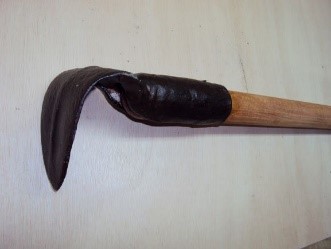 |
| Axe Image from PIOP archive | Agricultural tool with metal head and wooden handle |  |
| Kenditiri* Image from PIOP archive | Metal agricultural tool with metal or wooden handle to make incisions on the mastic tree | 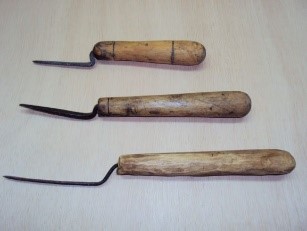 |
| Baltadaki* Image from PIOP archive | A variation of kenditiri | 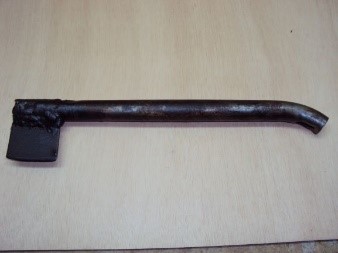 |
| Korakomiti Image from PIOP archive | A variation of kenditiri | 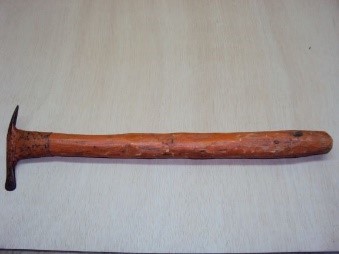 |
| Pickax Image from PIOP archive | Agricultural tool with metal head and wooden handle | 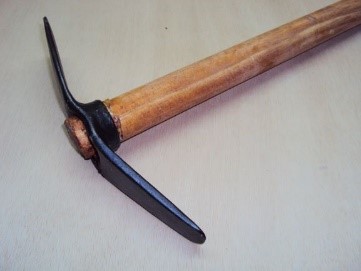 |
| Pruning hook Image from PIOP archive | Agricultural tool for pruning with wooden handle and metal hooked blade | 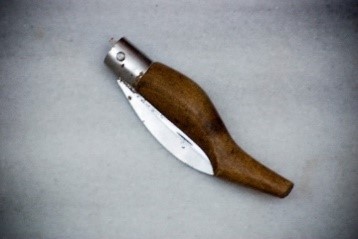 |
| Rake Image from PIOP archive | Agricultural tool with metal head and wooden handle |  |
| Saw Image from PIOP archive | Agricultural tool with metal head and wooden handle used to cut the branches of the tree |  |
| Shovel Image from PIOP archive | Agricultural tool with metal head and wooden handle used to clean and prepare the ground around the tree before kendima (embroidering) |  |
| Sieve Image from PIOP archive | Round shaped tool of variable sizes with wooden wall and metal mesh used to sieve the mastic gum | 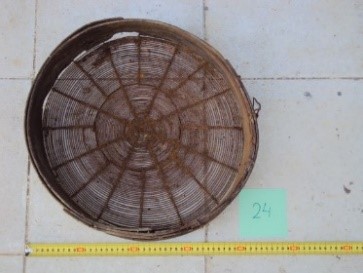 |
| Dramoni Image from PIOP archive | A variation of sieve with metal mesh | 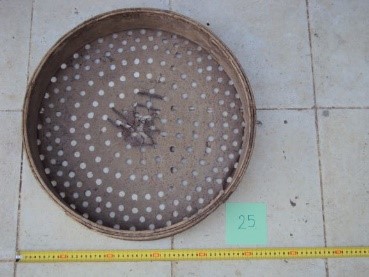 |
| Timitiri or Xistiri* Image from PIOP archive | Agricultural tool with metal head and wooden handle used to collect the mastic gum | 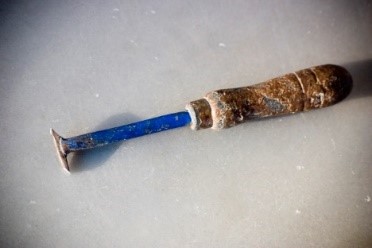 |
| Tsatali or Dikeli* Image from PIOP archive | Agricultural tool with metal head and wooden handle | 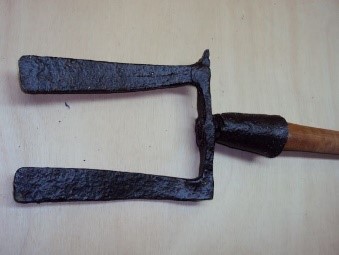 |
Digitisation of Mastic Cultivation Tools
The modeling of mastic cultivation tools was implemented from scratch in 3D using the Blender 3D
Access all tools from the following link.
Video documentation
Craft motion
Access all machines from the following link.
Documentation in 3D
Virtual environment
VR training
Section 2 – The Mastic Chicle industrial production
The Chios Gum Mastic Growers Association warehouse and factory
The Chios Gum Mastic Growers Association is an agricultural cooperation established in 1937 in Chora of the island of Chios, after a long period of crisis that the mastic market faced. While its establishment helped mastic growers have better work conditions in relation to their compensation, its first years of function were deeply affected by the Second World War and the German Occupation of Greece. Before the German Occupation, the Association traded mastic tears of various sizes and qualities. During the German Occupation, the Association was the appointed responsible by the German Financial Office for the supply of food for the local population. For this reason, they were granted special trade permits for mastic to effectuate food exchanges, mainly with Turkey. Nevertheless, these exchanges were not regular and therefore the reserves of the Association were filled with untraded mastic tears. After the Occupation and in order to boost the market, the Association decided to invest in the production and trade of mastic products, along with the tears.
Mastic was processed in the premises of the Association where mastic oil, rosin, resin wax, varnish and incense were produced. In 1952 was the first attempt to produce mastic chewing gum but it failed because of the recipe. After further research on the recipe and the establishment of a chewing gum confection unit at the premises of the Association, the first successful mastic chewing gum, ELMA, was created in 1957. This chewing gum became a trademark product of the Association and market demands started to raise significantly. The Association decided to expand its building in order to host more processes, such as chemical control of the products, manufacturing crates, and printing of packaging material. As sales increased, in 1988, a new chewing gum factory was established at the Kardamada region near Chora, which still operates today.
Production line at the warehouse and factory
After receipt of the mastic at the warehouse of the Association, the workers weight the product. Before storing the mastic tears, they are sifted in order to be separated in sizes and qualities, and then are washed in salty water. Salty water helps to further separate the mastic tears according to its cleanness. The mastic tears with the least impurities will float. Those are transferred for further cleaning by hand. The tears that sink to the bottom of the barrel with the salty water because as the mastic resin was drying in the fields, it absorbed dirt that cannot be cleaned by hand.
Workers clean the mastic tears by hand with the help of a pointy tool, usually a small knife. The clean but not very good looking tears are stored for the production of mastic chewing gum, and the tears that cannot be cleaned are stored for the production of mastic oil and incense. The clean, good looking tears are further washed with soap. After washing, the tears are spread on big sheets on the floor of a room with a fan to dry. When they are ready, they are weighted once again and are packaged.
For the production of the mastic chewing gum at the factory, workers create the chicle mixture by adding natural mastic, sugar (optional), butter and corn flour in a blending machine. The quantities of the ingredients are defined by the supervisor of the unit. The ingredients are blended with hot water for fifteen minutes in the heated cauldron of the machine. When the chicle dough is ready, the workers transfer it on a marble counter on top of which they have sprinkled icing sugar. Then they knead the chicle dough and form ‘pies’. The ‘pies’ are then placed on wooden shelves to cool down and later are transferred at the automated machine for their shaping into sheets and cutting into gum dragées. The dragées are cooled again on wooden shelves. When they are ready, workers break the sheets in order to separate the formed dragées. If the dragées are not well shaped, they are sent back for heating in the blending machine. If they are well shaped, they are loaded in the candy machine for coating. After coating has finished, the dragées are left to cool down and then are polished. When they ready, they are packaged and packed in boxes.
Digitisation of Mastic Factory Machines
Examples of machines that are part of the mastic chicle production industrial line are presented below:
Access all tools from the following link.
Creating stories of the avatar workers for the virtual warehouse and factory of the Chios Gum Mastic Growers Association
The virtual warehouse and factory of the Chios Gum Mastic Growers Association is based on the according exhibition space of the Chios Mastic Museum at the island of Chios in Greece. The space is designed to showcase the machinery that the Association first used during the 1950s and 1960s. The machines for the exhibition were a donation of the Association to the Piraeus Bank Group Cultural Foundation (PIOP) in order to include a section in the Chios Mastic Museum regarding the industrial processing of mastic. Thus, this museum space aims to offer to the visitor an experience of the industrial aspect of mastic during the 1960s through the exhibition and interaction with some of the machines.
In the framework of Mingei, after completing a series of co-creation meetings among the project partners, it was decided to enhance the experience of the visitors in this space by adding virtually the human element along with the machines. The goal of using human avatars is two-fold; on the one hand, they can offer information on the people behind the machines and the way of work and life in Chios at that time, and on the other hand, they can fill in a gap in the museum area, where it has been observed that the visitors do not follow or understand the order of processing mastic in order to produce mastic chewing gum.
To create human avatar workers for the exhibition space, as well as for the online version of the application, it was necessary to go through the archive of PIOP, and more specifically, the archive of oral testimonies of former and present-day workers of the Association (research of late 2000s) which is part of it. This helped to find information regarding the gender of the workers in each process, their age and family background, as well as information concerning the Chian society.
One of the most significant observations was that the majority of workers at the warehouse and factory of the Association were women. The age of the interviewees spanned from forty to eighty years old in a number of twenty-three participants. Although the participants did not work at the Association at the same time, it is interesting to notice differences and similarities, as well as developments in their lives, either as working women and/or in their personal lives.
Having those in mind, eight human avatars were created; seven females and one male. The idea of presenting gender neutral avatars was rejected because it would not reflect the time represented (i.e. the 1960s in the island of Chios, Greece). The profiles and stories of the avatars are a mix-and-match of the material in the oral testimonies. Each avatar comes from a different village of southern Chios (also known as mastic villages) or from Sidirounta (a northern village). The represented villages were chosen after their repetition of appearance in the archive, either in singularity, or by wider locality (e.g. the village of Kini might have been referenced once, so the profile of the participant will correspond better with those of participants coming from villages of the same area, as for example from Kalamoti). The age of the avatars was also defined as the middle age of the participants coming from villages of the same area.
In creating the content of the profiles and the stories of the human avatar workers, it was sought to represent how life at the villages was, how the worker grew up in the village (i.e. education, agricultural life, leisure time, adolescence, and married life), what led them to seek work at the Association in Chora of Chios, how their working life in the Association was, and in which process(es) they worked in. All this information is divided in sections according to (a) family background and early and adult years of life, (b) work life in the Association, and (c) process (es) explanation.
Location
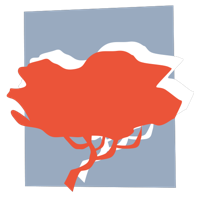
The Chios Mastic Museum has a strong geographical link to the HC it represents. It is built at the south of the Greek island of Chios, whilst the craft is unique to that particular location. Part of the Piraeus Bank Group Cultural Foundation (PIOP), the Chios Mastic Museum is one of a series of craft-related museums across Greece. Mastíha, or mastic, is a product from the mastic tree which exclusively grows in the south-west of Chios.
This HC related to mastic is therefore highly localised (indigenous craft) and part of the fabric of local life. The 24 villages from where mastíha is harvested are known as Mastihochoria, or Mastic Villages, their name being an indication of the importance of mastíha for the region. It is expected that the pilot at the Chios Mastic Museum will explore the impact of hyper-locality, as well as the challenges related to capturing a craft that is highly interwoven with the everyday life of a region. In addition, this pilot offers the possibility of exploring unique traits related to an outdoors craft that relies on cottage industry, but is also centralised and organised through the Association of Mastic Producers of Chios.
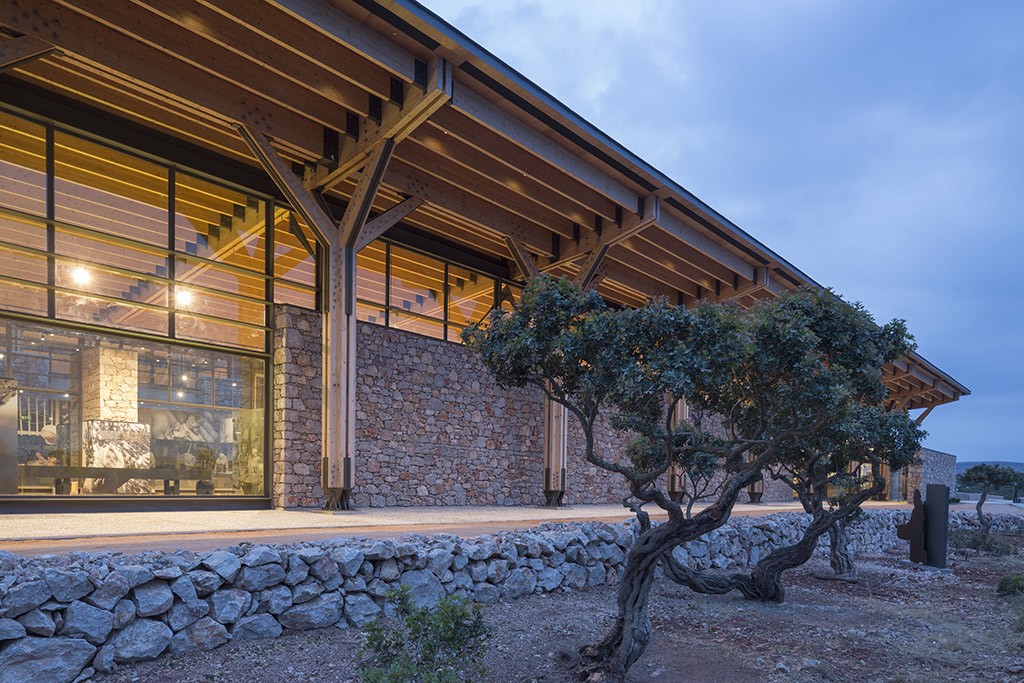
Image courtesy of Pireaus Bank Group Cultural Foundation
The production of mastíha, an ancestral practice, unaltered over time, is a family occupation that requires laborious care throughout the year, and in which men and women of all ages participate on equal terms. Tasks are divided across genders and ages. Men take care of plant fertilisation, pruning, as well as soil and plant preparation. Women (and, in the past, children too) harvest and prepare the raw product, while older members of the community are responsible for transmitting know-how down the generations. The culture of mastíha represents a comprehensive social event, around which networks of alliances and mutual help have been established in society. Traditions and legends survive in the vernacular language, some of religious nature, such as the one about the tree that shed tears when seeing the death of Saint Isidore. Those from this culture see Mastic as part of their identity, which drives their feeling of belonging to the community. The know-how for growing mastíha follows certain rules and traditional characteristics, which ensure its authenticity, while also promoting improvisation and individuality. The craft and local life still witness age-old traditions related to the production of mastíha, even if the cultivation and application of mastíha are constantly subject to innovation.
Experiences
Narrations in the Mastic Factory
The installation at the mastic factory exhibition room is comprised of four tablet devices mounted on floor mounter bases that are located in four main spots of the museum. From each tablet, a specific area of the museum is covered and augmented through the camera of the tablet with hot spots. In each hot spot, one or more stories to be told exist. By selecting the hotspot, a VH appears that is the visual twin of a persona used to work in the factory and operating one of the machines in visual approximation to its location. When the hot spot is selected the VH appears in the factory through the camera of the table to narrate his life story and his daily life and work at the factory.
Craft presentations in the mastic field
One of the requirements of presenting the craft was to display its seasonality. Very often visitors do not understand the complete process of mastic cultivation. Another necessity for the museum was the exploitation of the external spaces and the beautiful mastic tree field which is often overlooked by the visitors. It became also evident that this “guided” tour (it is a simple and straight path through the phases of mastic cultivation, harvesting, and cleaning) is a perfect example of the yearlong process. Visitors of the rural space outside the museum can experience mastic cultivation in the field through their mobile devices. The application facilitates an AR-capable device to recognize metallic sculptures that exist in the rural space of the museum. Through the camera, these sculptures become alive to present typical cultivation activities. The following figure presents an example of app screens with an emphasis in the middle on the AR augmentation of the sculpts that are part of the mastic field with animations of the cultivation process.

Craft Training
Craft training is intended for demonstrating the cultivation activities to the visitors of the museum thus providing a more immersive experience. This application was installed on the ground floor of the museum in the multimedia space. The installation is comprised of a personal computer and a monitor together with a depth sensor for tracking the user’s actions. The user stands in front of the installation and follows the instructions provided on the screen to mimic craft actions. An example of this process is presented in the following figure.

Presentation of geographic context
Information on geographical location and context shows environmental aspects affecting craft practice and development. We developed Airborne an immersive flight simulator allowing users to fly over various mastic villages of Chios. During the flyover, users can stop at each village and retrieve multimedia and text information related to those villages. Airborne is installed in the multimedia room of the museum. The setup was very simple and straightforward as it involved a desktop computer set. There are two options available (a) automated tour and (b) flight simulator. The automated tour targets users that wish to explore the mastic villages in a movie-like way while the flight simulator is more gameplay-oriented since users have control of the virtual drone flying on Chios sky and are free to explore information in any way they like. In the future, the setup will be updated with a large touch-enabled screen to enhance the gameplay of the installation.
Thematic tourism
An Island Full of surprises
About mastic
Mastiha, or mastic, is a product from the mastic tree, which exclusively grows in the south-west of Chios Island in Greece. This HC is therefore highly localised (indigenous craft) and part of the fabric of local life. The 24 villages from where mastiha is harvested are known as Mastihochoria, or Mastic Villages, their name being an indication of the importance of mastiha for the region. It is an outdoor craft, which relies on cottage industry while it is also centralised and organised though the Chios Mastic Growers Association.
The production of mastiha, an ancestral practice, unaltered over time, is a family occupation that requires laborious care throughout the year, and in which men and women of all ages participate on equal terms. Tasks are divided across genders and ages. The culture of mastiha represents a comprehensive social event, around which networks of alliances and mutual help have been established in society. Traditions and legends survive in the vernacular language, some of religious nature. The knowledge for growing mastiha follows certain rules and traditional characteristics, which ensure its authenticity, while also promoting improvisation and individuality. The craft and local life still witness age-old traditions related to the production of mastiha, even if the cultivation and application of mastiha are constantly subject to innovation.
Mastic cultivation
Processes performed by the producers
Cultivation of new trees: The cultivation of new trees takes place during the winter, from beginning of January until mid-February. The producers cut branches from a male tree of good quality and plant them in depth of 40 to 60 centimetres. It is rather easy for a plant to be successful and it does not need special care in the beginning.
Pruning, cleaning, fertilization, and irrigation: Pruning of a tree begins on its third year and then takes place every year during the winter, from beginning of January until mid-February. The dry branches are removed so that the tree can become stronger and to facilitate air and sun supply for the trees. The wounds from the cut branches are covered with a substance (katrami) to proof them from microorganisms. Fertilization of the field takes place in January or February and the producers use ammonium sulphate when the soil is poor and potassium nitrate or calcium ammonium nitrate for red soil. An ecological fertilizer is beans (Vicia faba) which are planted in October. When they reach the time to bloom, they are plowed in order to stop their growth. Because of the bacteria staying in the nearly bloomed beans, the soil becomes rich in nitrogen, which is essential for the growth of the mastic trees. Young trees do not need water. Irrigation starts after the first year of the tree and it takes place two, three or four times per day depending the weather conditions. The older trees are resistant to drought. It is important to note that persistent humidity can damage the trees to the point of drying and become sensitive in infections.
Cleaning the soil: At the end of June until beginning of July, producers clean, level and press the soil under the trees. Then the soil is covered with white clay so that the mastic resin that will fall will stay clean.
Kendima (embroidering): Kendima (as it is called in Greek; embroidering) takes place in July and August. The producers create vertical or linear incisions on the bark of the tree. The incisions are 4 to 5 centimetres deep and 10 to 15 centimetres long. The number of the incisions depends on the size of the tree. Vertical wounds heal faster. After kendima, the resin is left 10 to 20 days to dry.
Collecting: Collection of the dried mastic resin takes place from mid-August until mid-October. Usually big mastic pieces of resin fall on the soil while mastic ‘tears’ remain and dry on the bark and the branches.
Sifting and Cleaning: Sifting helps to separate mastic gum from gathered dirt and leaves.
Cleaning with water: After sifting, the producers clean the gum with soap and plenty of water. Producers that live in a village near the sea prefer to go to the seaside to clean the gum. It is easier in that way to separate them because the salty water keeps the dirt and leaves on the surface of the water while the mastic gum stays at the bottom of the basin.
Tsimbima (pinching): Tsimbima (as it is called in Greek; pinching) is the cleaning of the mastic gum with special knives in order any last dirt attached to the gum. It is performed by women.
Classification: Producers make a first classification of the mastic gum and mastic gum is sent to the Chios Mastic Growers Association.
Processes performed by the Chios Gum Mastic Growers Association
General processing upon arrival of mastic: When the Association receives mastic gum from the producers further classification takes place, according to size of the gum. In general, they separate the pittas (usually large, round pieces), chondri (‘fat’ pieces) and psili (thin pieces). In this way, they store the gum and gradually process it further depending on the demand. Sifting, cleaning with water, drying, weighting, tsimbima (pinching) take place.
Chewing gum production: For the production of mastic chewing gum, first the mixture is prepared which is made out of mastic, sugar, butter, corn flour, and water. The ingredients are placed in the blending machine to produce the mixture. After 15 minutes, the mixture is taken out of the blending machine and it is placed on a marble counter. Then it is formed to pieces of maximum height 3 centimetres and left to cool. After cooling, the pieces are transferred to the press and engraving machine where they are press and gum dragees are formed. At the end, the dragees are cut and put in the candy machine to create their coating made out of syrup.
Mastic oil production: Mastic oil is produced through distillation.
Mastic incense production: Incense is produced with a special press machine that crushes mastic gum of lower quality.
Packaging: The Chios Gum Mastic Growers Association where also responsible for packaging their products. For this reason, they also have packaging machines to wrap the products, and printing machines to create the covers of the products.
Marketing: The Chios Gum Mastic Growers Association took charge also of the marketing strategies for the promotion of the mastic products. In [62] mentioned that the choice of photographic material and design that the Association selected reflects has a cultural meaning for the Chios society.
Thematic tours on mastic cultivation
Destinations – The Mastic Museum of Chios
The Chios Mastic Museum is located in the Mastichochoria (literally: mastic villages), a group of medieval villages in Southern Chios, the only site in the Mediterranean where the mastic tree, or Pistacia lentiscus var. Chia, is cultivated; called by its generic name of skínos in Greek, this is an endemic variety of pistacia plant from which mastíha (gum mastic) is produced.
The Chios Mastic Museum aims to showcase the production history of the mastic tree’s cultivation and the processing of its resin, which it integrates into the cultural landscape of Chios. Through the prism of UNESCO’s inclusion of traditional mastic cultivation on its Representative List of the Intangible Cultural Heritage of Humanity in 2014, emphasis is given to the diachronicity and sustainability of this product of Chios.
What is on display:
The permanent exhibition centres on Chios mastíha as a unique natural product. The introductory module provides information on the mastic tree and mastíha, its resin, which in 2015 was recognised as a natural medicine. The first module presents the traditional know-how of mastic cultivation. The second module focuses on how managing the cultivation and its produce shaped the agricultural landscape and the settlements of southern Chios and the Mastichochoria historically. The third module is dedicated to mastíha resin’s cooperative exploitation and processing in modern times, which marks an important chapter in the productive history of Chios. Particular mention is made to the uses underpinning why mastíha has a worldwide presence today. The museum experience is completed in the outdoor exhibition, where the public comes into contact with the plant itself and the natural habitat it prospers in.
Destinations – Mastic Villages
Every Mastichochori (mastic village) organised the agricultural space around it differently, according to the site where the village was located and the natural resources in the environs. Villages were constructed in flat lowland areas with access to water sources, located far from the sea. Usually they were built in small valleys suitable for systematic cultivation.
Until 1400 most of the Mastichochoria had been already shaped. The gates of the walls surrounding them opened and closed at predetermined times. Villagers left in groups early in the morning and returned in groups at dusk. The tower built for defence purposes was at the centre of the village. It was the largest and tallest building, the final refuge in case of a raid by pirates. The streets linking the central square of the tower with the gates of the walled village were few and narrow. From them branched out other streets, even narrower and leading to cul-de-sacs with small houses.
In the time of Ottoman rule, thanks to the privileges given to the inhabitants of Chios, the villages became densely populated. Residences grew in size and were enriched with decorative elements. Yet, houses located in villages always functioned as units of production and processing of agricultural produce and subsistence needs. The public spaces and the workshops functioned in order to serve the needs of the community.
Villages architecture
During this long-lasting period, the skinos trees were the dominant feature of the landscape. The villages, the pathways and the rural constructions, the farm fields and the pasture grounds were all used uninterruptedly.
Every Mastichochori (mastic village) organised the agricultural space around it differently, according to the site where the village was located and the natural resources in the environs. Villages were constructed in flat lowland areas with access to water sources, located far from the sea. Usually they were built in small valleys suitable for systematic cultivation.
Until 1400 most of the Mastichochoria had been already shaped. The gates of the walls surrounding them opened and closed at predetermined times. Villagers left in groups early in the morning and returned in groups at dusk. The tower built for defence purposes was at the centre of the village. It was the largest and tallest building, the final refuge in case of a raid by pirates. The streets linking the central square of the tower with the gates of the walled village were few and narrow. From them branched out other streets, even narrower and leading to cul-de-sacs with small houses.
In the time of Ottoman rule, thanks to the privileges given to the inhabitants of Chios, the villages became densely populated. Residences grew in size and were enriched with decorative elements. Yet, houses located in villages always functioned as units of production and processing of agricultural produce and subsistence needs. The public spaces and the workshops functioned in order to serve the needs of the community.
Houses architecture
The houses were built from stone and a binding agent. In order to construct a storey, stone or wooden beams were essential. Balance was ensured with the use of carved beams, made out of wood or metal, free-standing or embedded in walls. Even though buildings support each other, as in most cases they share sidewalls in terraced building, it is possible to see joint between houses, as proof of non-concurrent construction.
The buildings were usually crooked and complex in shape, as the building blocks intruded in each other. Quite often, a storey extended over the rooftop of the building next door, through an arch that created a passageway.
The interior of the house, although restricted in size, was by no means Spartan. Wooden cupboards and shelves adorned the walls, while a wooden elevation was used as a bed in the room where the whole family slept. The floor was usually covered with “astrakia”, a kind of hydraulic lime with a smooth texture, also used to cover rooftops. In a few cases, floors were covered with stone tiles, while in houses that are more recent the bedrooms have wooden floors. Sometimes we also see decorated pillars. Window frames were especially decorated, and sometimes-characteristic seats were created in front of the windows, matching the thickness of the wall.
Inside a mastic house
Olympoi
The village is located in a lowland zone. Just outside the village, limits there are orchards, and the skinos plantations are located at higher ground.
The village is walled. There are turrets at the corners of the wall. Two gates open to the two central roads of the village leading to its centre, the tower, where they converge. Houses have been built along the wall, and so there are windows on it.
The village roads are narrow and labyrinthine. The houses have two storeys by now, and often rooms extend outwards over the street. The dominant colours are those of the local rocks.
Mesta
Purgi
Elata
Indigenous Crafts
Xysta – Purgi
The fronτ part of the houses present a special decorative perception, the ”ksista”, which are unfolding to superfluous horizontal patterns with black and white geometrical shapes. They begin mostly from halfway the doors and rarely above it. The patterns consist of squares, rhombus, triangles, most of which depict flower bouquets, sea cranes, tree branches, long narrow tree leaves and many others. Ksista have as a basis a durable lime coating, onto which while being still fresh, are being carved with caliper, ruler and forks the various patterns. After the scraping of the exceeding material, the outline of the patern takes dark colouring and as a total it presents a smooth texture anaglyph. It is considered that this technique displays italian or either oriental roots, the patterns though are prototype.
(source: Chios Tourism Organisation)
Introduction
The introduction emphasizes the paradox surrounding mastic. Despite the fact that the skinos plant is a characteristic feature of the maquis vegetation in countries of the Mediterranean, only in the south of Chios is the plant cultivated systematically in order to produce mastic, thanks to methodical eugenics, standardised commercial exploitation and the particular climatic conditions.
A song about the skinos plant is heard in the room. At the open exhibition case we can touch the sweepings (skinos leaves, soil and mastic), which is the form in which mastic is gathered at the field. The mastic grower’s toil is reflected in the verses sung by Mrs. Marianthi Almyroudi, recorded in 2015 at Mesta village. The smell of mastic becomes stronger. A map shows the 24 villages in the south of Chios where gum mastic is produced; accordingly, they are known as the Mastichochoria (the mastic villages). Written sources serve as proof that mastic is produced only in Southern Chios.
The Mastichochoria in southern Chios
These villages were created in the Middle Ages, in order to organise in a systematic fashion the production and exploitation of natural gum mastic. They were built on sites that were not visible from the sea, and they were enclosed by outside walls in order to ensure protection from invaders as well as to confine and control the population. From the very beginning, the administrative and social unit that each settlement constituted had acquired a special significance. Thus, every village configured and maintained its particular characteristics thanks to which it was distinguished from the others: dialect, customs, clothing, even the various subspecies of the skinos plant.
Today there are 24 mastic villages in southern Chios: Agios Georgios Sykousis, Armolia, Vavyloi, Vessa, Vouno, Elata, Exo Didyma, Tholopotami, Thymiana, Kalamoti, Kallimasia, Katarraktis, Koini, Lithi, Mesa Didyma, Mesta, Myrmigi, Nenita, Neochori, Olympoi, Pagida, Patrika, Pyrgi and Flatsia. The villages that were not destroyed during the earthquake of 1881 retain most of their original features.
The paradox of mastic
The Chios mastic had been a recognizable product even from the time of Antiquity, when it already had acknowledged uses and specific qualities. Oribasius, a physician who lived in the 4th century A.D., reported: Resin is produced from skinos, also called skinini, and becomes mastic; the best and most plentiful is to be found on Chios Island. Around 600 references to gum mastic and its byproducts can be located in the works of at least 50 Greek and Latin authors in ancient times.
In our times, the unique qualities of this resin are attributed to the following factors: a. methodical application of eugenics; b. systematized commercial exploitation; c. the climate of southern Chios. The tall wooded mountains in the northern part of the island contain humidity and weaken the northern winds, thus granting the hilly part of southern Chios a very special climate with mild winters and very dry summers. Often it rains throughout the island, except in the region of Mastichochoria; dry and hot summers at Mastichochoria allow gum mastic to dry. If the mastic gets wet before “maturing”, it is ruined.
Skinos growers on Chios used to distinguish the trees that gave the most and better quality resin. They would cultivate those and propagate them in order to create new plantations with skinos trees that retained the qualities of their ancestors. As centuries passed, methodical application of eugenics created a new kind of skinos tree that was much more productive in terms of the amount of mastic that could be acquired from it, and this variety became known as Pistacia lentiscus var. Chia (mastic tree). Today, though, scientists gradually understand that this variety was the product of systematic cultivation (Pistacia lentiscus cul. Chia).
Through a trade network that was quite extended, gum mastic moved to the centre of a systematized framework of commercial exploitation, and was considered an expensive and valuable product that dominated the market thanks to the variety of its uses and applications. The commercial significance of gum mastic is also reflected in the Price Edict promulgated in 301 by Emperor Diocletian, in order to determine a price cap for goods and services. The Edict was posted in marketplaces of various cities and listed the goods and services chosen by each city according to its particular commercial needs. The Chios mastic is mentioned in excerpts from the Edict that were found in southwestern Anatolia (Aphrodisias of Karia) and in the Peloponnese (Tegea and Troizina). The trading of mastic as commercial product on both sides of the Aegean confirms that this was a product that circulated in short-distance as well as long-distance trade. In addition, records taken from these excerpts reveal that the Chios mastic maintained its high price per libra: one libra of mastic (327.45 grams) costs 175 dinars, when the same amount of incense, for example, costs 150 dinars, while a libra of pork meat or beef costs 12 and 8 dinars, respectively.
Skinos and gum mastic
The exhibition unit “Skinos and gum mastic” presents the characteristics of the plant (skinos) and the qualities of its resin (mastic). The unit develops in visual dialogue with the skinos plantation outside, so as to highlight the form of the plant and its relation to the rest of the plantation. The light box showcases the scientific information about the physiology of the plant and the chemical properties of the resin, thanks to which gum mastic was acknowledged as a natural medicine.
What is skinos?
The skinos plant, also known as the mastic tree, is an evergreen shrub. It is a resilient plant, which thrives, in the arid, stony, dry and poor soil of southern Chios, where the male plants are cultivated. A strong variety of the plant is propagated, as new plants are created when the growers plant branches or grafts.
The mastic tree has a lifespan of more than a hundred years. It grows slowly and starts to produce resin five to seven years after planting. From the age of fifteen and until its fiftieth year, the plant gives its peak production of mastic, which decreases considerably after the seventieth year. Average yearly production per tree is 150-180 grams of mastic. Rarely, a single tree produces up to 2 kilograms.
Because the mastic tree needs adequate air circulation, the skinos trees are planted in lines at a distance of 3 to 5 metres from each other, and in rows at a distance of 2 to 3 metres from each other. Because mastic also needs shade, the foliage of the tree becomes shaped like an umbrella providing ample shade for branches and the area around the trunk of the tree. The tree is pruned in such a way that the branches start out from a low point and develop parallel to the ground, if possible, so that the resin tear may flow on shady and clean soil.
Family and genus
The oldest surviving testimony that confirms the existence of the skinos plant (Pistacia lentiscus) has been found at the site of the volcano on Santorini Island, where fossilized leaves of the plant dating from 50,000 to 60,000 years ago have been found enclosed within the walls of the caldera.
The plant Pistacia Lentiscus var. Chia belongs to the Anacardaceae family. It is related to species such as the pistachio tree (Pistacia vera) and terebinth (Pistacia terebinthus).
Today the mastic trees are characterized by a variety of subspecies that often differ from village to village. The differentiation is more prominent in the foliage and the height of the shrub, while the amount of resin produced may also vary.
What is gum mastic?
The natural gum mastic of Chios is a resin. More than 70 of its ingredients have been identified. It consists of 3% essential oil, 25% natural polymer, and 72% total extract. Subcomponents of this resin have antimicrobial, anti-inflammatory, and anti-oxidant properties as well as beneficial activities against diabetes.
Over time, gum mastic has been used in the following ways: a) as an ingredient of chrism, as incense and as colour stabilizer in religious painting of icons; b) as chemical component of varnish for musical instruments and furniture, benzol, linseed oil, in the mix used as stabilizer and glue for glass and precious stones; c) as aromatic substance in the production of wine and raki, as condiment in the preparation of sweets and pastries; d) as ingredient of soaps, creams, sunscreen; e) as ingredient in products for the cleaning of teeth, for the protection from dental diseases, for clean breath, for periodontal perfusion, to stop toothache, as a stabilizer for teeth, in toothpicks; f) in medicinal uses for the digestive tract, the strengthening of cardiac function, to combat coughing, to regulate hair growth, to combat skin diseases and infections, to disinfect and to ensure asepsis.
Natural medicine
Pedanius Dioscorides, from Anazarbus, Cilicia, in Asia Minor, in his five-volume pharmacological manual titled Περὶ ὕλης ἰατρικῆς, also known as De Materia Medica (About Medical Material), dating from 77 A.D., records the basic information about mastic, apparently adopted by later medical writers as well.
In our days, scientific research gradually confirms the beneficial properties and uses of mastic in medicine. In 2015, the European Medicines Agency (Ε.Μ.Α.) classified mastic as a traditional herbal medicinal product in two therapeutic indications: mild dyspeptic disorders, and treatment of minor inflammations of the skin and as an aid in healing of minor wound.
The ingredients of mastic that have proven therapeutic action are the following: moronic acid (antimicrobial activity), oleanonic acid (anti-inflammatory activity, against diabetes) as well as the isomasticadeniolic acid and masticadenionic acid (anti-oxidant properties, active against diabetes).
Cultivation
The exhibition unit titled “Cultivation” describes the various stages in the cultivation of the skinos plant and the production of mastic. Mastic farming is an arduous toil. The expertise of cultivation techniques is transmitted from generation to generation, further developing the know-how from the past. Local society centres on the production cycle of mastic, as the role of the mastic grower continues to carry full weight until our times.
Mastic growers care for the tree, prepare the soil (arrange the so-called “table”, i.e. the ground around the trunk, and add sifted white soil), they make incisions on the trunk and the branches of the tree (i.e. they embroider it, to get the tears). A few days later, the mastic resin has started to flow, and then growers begin to collect the mastic drops. When the weather gets colder, the women start working on the mastic in the village. They sift it, they soak it, they clean it and they deliver it to the Chios Gum Mastic Growers Association. Today this traditional process has been inscribed by UNESCO on the Representative List of the Intangible Cultural Heritage of Humanity.
This exhibition unit is divided into three sub-units: a) work in the field, b) work in the village, and c) mastic: intangible cultural heritage. Various objects (tools, clothing, equipment, and furniture), texts and oral history, audio-visual productions and photographic material add to the contents of this exhibition unit.
Mastic cultivation in the annual cycle of agriculture
Despite its uniqueness and commercial value, mastic cultivation and production is unable to provide adequate financial resources for the subsistence of local population. For this purpose, the traditional family unit on Chios Island continues to cultivate olives, grains, figs, vine, vegetables and legumes, and also develops bee-keeping, cattle breeding and fishing.
Nevertheless, mastic cultivation is the most arduous and tiring of them all. The skinos plant demands continuous care throughout the year. Indeed, during the harvesting and the cleaning of mastic, everyone works, man and women, children, adults and the elderly, as well. Yet, because agricultural work in general is plenty, mainly the female population is employed in the cultivation of mastic.
Care for mastic trees starts in winter and ends in spring. Resin is produced in summer and during the first months of autumn. From October until early spring, the mastic drops are cleaned in the households. During this long period, mastic cultivation is the dominant element of daily life.
The Skinos Plantation
In the past, the skinos plant used to be cultivated at a distance from the villages, at the edges of hills and generally in the most arid and hilly terrain. Vegetables, grains, and legumes were cultivated in the areas nearest to the villages, while the olives, the carob trees, and the various fruit trees were located further afar.
The skinos plantations, or mastic fields, have a particular morphology. The soil is arranged in terraces divided by dry-stone walls built with stones that are revealed during the clearing of land. Often, a small stone cabin is built in the field, as temporary housing for the family during the mastic cultivation. There are also auxiliary buildings such as warehouses, stables, and water tanks for animals.
The Chios Mastic Museum is located in an original skinos plantation with its auxiliary buildings, the stable, and the water tank.
Work in the field
Planting and care for skinos:
In winter the young skinos plants are planted, after being generated out of the branches of old trees (grafts) that are the best mastic trees in the possession of a grower. Old plantations are renewed through stolons or suckers. According to tradition, the best timespan for planting starts on the next day of Saint John’s feast (8 January) and lasts until mid-February. Usually the new plants are not watered, but they are covered with a wide stone at the point where the graft is planted, so that it will be kept cool and protected from sunlight.
During the same period, from January to February, the skinos tree is pruned and cleaned from all the dry branches, so that it may strengthen. Thus, the field is aerated and resin dries quicker on the tree trunk. In March and April, growers till the field around the skinos trees, to revitalise the soil and remove any pests. In autumn, some growers sow beans as natural fertilisers, which they cover with soil during the flowering period.
Preparing the soil under the skinos tree:
In early summer, the ground around the trunk of the skinos plant is levelled with the use of a tool called amia and cleaned thoroughly with makeshift brooms, so that the “table” is formed, the circular space around the trunk on the ground where the mastic drops are about to fall.
White soil, incisions:
This smoothened ground is then covered with white soil, so that the mastic drops that fall will be solidified, polished, and easily collected. Along with the application of white soil comes the first stage of embroidering, called riniasma. The growers make a few incisions at a low point on the trunk, “so that the tree remembers to give mastic”, as the locals say.
Embroidering:
In August and September, the growers “embroider”. This is the process of scratching the bark of skinos on the trunk and the thick branches, which is made with care and dexterity, so as not to hurt the trunk of the tree in great depth. The incisions are shallow, no deeper than 5 millimetres, and no longer than 15 millimetres.
Usually the embroidering is done in two cycles two and three times a week on the same skinos tree, around a hundred incisions depending on the age and size of the tree, starting from a high point and proceeding lower, with more and thicker incisions around the trunk. After each embroidering session, the tears are left to dry.
Collecting mastic:
From mid-August till after mid-September growers collect the mastic drops. They are gathered very early in the morning dew, because gum mastic tends to soften with heat. If it rains in August or early September, mastic production is destroyed.
The first stage of harvesting takes place in the last days of August, around two weeks after the first incisions, with mastic having dried for at least two weeks. Then the growers collect only the thick pieces of resin, which they call “pita”. Yet harvesting essentially begins on the feast of the (14 September), and continues throughout the month. In the end, the growers clean the “table” in order to gather even the tiniest drop of mastic and they sift in order to leave out the white soil. Mastic is gathered unsifted and uncleaned in the basement of the house in wooden chests, which growers cover with white soil, so that it may not clot.
“Kokoloi”:
“Mastic doesn’t disappoint anyone “people say, because the skinos plant produces even small amounts of resin throughout the year, and there’s always some mastic left, even after the most thorough harvesting. From October to March, it is time for the kokoloi, the collection of the few tiny grains of mastic left on the trees. It is said that in the past this was a task for the poorer cultivators in the area.
Work in the village
Sifting:
During the collection of mastic and until November, it is stored in households, spread out so that it may stay cool and thus solidify. The sifting with the use of sieves called “dromonia” serves to remove the leaves, stones, and twigs. Mastic pieces are sieved according to their sizes, with the use of sieves in four degrees of thickness, as the ones used for grains. Thus, repeating three to five times, the growers initially separate the mastic pieces according to qualities. The “tahtarisma”, the sifting that separates the fine pieces and the mastic in powder form from any impurities, is usually carried out by women and requires a special knack and experience.
Washing:
The traditional practices that are used for the cleaning of mastic are identical in all the villages of Chios. When the weather gets cold, the women clean the mastic pieces in front of the houses, in courtyards or in the street. They wash mastic in water with white soil, leave it to soak for a day, and then drain it. In this way, dust and remains of stones are removed, and yellow resin is separated from the white one. Then they clean the mastic pieces with soap and rinse them. Wet mastic pieces are spread out on white sheets, on the floor, on rooftops, even in the street, so that they may dry and remain clean.
Perhaps the only difference is the washing of mastic in the sea, which is practiced during the last decades by those who live in close distance to the seashore and those who have the means to transport the sacks filled with mastic.
Cleaning:
From autumn till early spring growers clean their mastic. Women, working in groups, “pinch “it in order to remove any impurities that might remain stuck on granules of mastic.
Mastic for sale:
Even though life for the people in southern Chios is inextricably linked to skinos cultivation and the collection of mastic, they were not used to consume their own product. For them, it was just something for sale.
Mastic: intangible cultural heritage
In 2014, the know-how of mastic growing in Chios was inscribed by UNESCO on the Representative List of the Intangible Cultural Heritage of Humanity. Accordingly, the simple tools of labour, constructed based on local knowledge, are gathered from the ground in order to document the intangible cultural heritage of humanity.
Intangible Cultural Heritage is defined as the sum of practices, representations, expressions, knowledge and techniques, as well as the tools, objects, artefacts and the cultural places related to them, which are acknowledged as part of their cultural heritage by communities, groups and at some cases individuals themselves.
Management
The exhibition unit titled “Management” presents the way in which the exploitation and management of mastic for centuries shaped the landscape of southern Chios. From the troubled times during which Chios was part of the Byzantine Empire until the island became part of the Modern Greek State, first the Genoese and then the Ottoman rulers systematized the management and exploitation of gum mastic. Based on this order, the agricultural landscape evolved, the various settlements were created, the houses were built to specific architecture, and the social life of mastic growers was adapted to it as well. Mastic growers represented a special category of serfs for the Genoese, bound by the duty to produce mastic. Until 1400, provisions for organised mastic cultivation had led to the fortification of the settlements. In the time of Ottoman rule, gum mastic production ensured various privileges to mastic cultivators. The affluence of local communities was reflected in the dense web of settlements and the development of housing architecture.
This exhibition unit is divided into five sub-units: a) the cultural heritage of mastic, b) the architecture of the settlements, c) troubled times, d) Chios under Genoese rule, e) Chios under Ottoman rule. First the agricultural landscape is presented, and then the inhabited one. The contents of this exhibition unit are based on photographic and archival material, models, multimedia applications, and a few objects.
Locate the various sites on Chios that are related to the management of mastic throughout history, and look for them while touring the island!
The cultural heritage of mastic
Gum mastic was systematically cultivated and commercially exploited throughout the Middle Ages. It was a significant export product enriching the economy of the island and a major source of wealth for local rulers, since mastic was famous for its medicinal effects and numerous other beneficial qualities already known from Antiquity.
The organised management of mastic production influenced the agricultural landscape of southern Chios. It determined the locations of the skinos plantations and of the remaining cultivations. It traced the paths and roads that connected the villages and the fields. Mainly, though, it shaped the creation of villages, dictating a model of constructing settlements according to the needs and restrictions of the monopoly of mastic. Finally, mastic was also related with monuments of cultural heritage on Chios.
Today we often refer to the “culture of mastic”, meaning that dense network of historical, economic, social and cultural relations that developed around the cultivation and management of mastic. This is the main theme around which Unit D unfolds.
Patron saint of mastic trees
According to tradition, the skinos trees on Chios shed tears owing to the miracle of Saint Isidore. He was born around 230 A.D. in Alexandreia. While serving as officer at the Roman navy in Chios he confessed his faith before admiral Numerius. He was jailed, tortured, and finally beheaded. His martyrdom during transport from Chora to Nechori, the beheading, and the tearing to pieces of his body remained indelibly in the collective memory of local society, and his memory is honoured with great glory on 14 May, as he is considered the patron saint of mastic trees. Churches and chapels dedicated to Saint Isidore can be found at the villages Neochori, Nenita, Kallimasia, Armolia, Pyrgi, Mesta, Lithi, Elata, Komi, Koini, Agios Georgios Sykousis and elsewhere on Chios.
About mastic in the Middle Ages
While Byzantine authors often wrote about various products originating from Chios, especially emphasising the extraordinary quality of the local wine, information about mastic are essentially confined to a few lexical references. One of the first medieval texts referring to the production of gum mastic is by Russian Abbott Daniel, not a figure of major significance, who stopped by Chios in the early 12th century (1106-1107) on his journey to the Holy Land: From Mytilini to Chios, where Saint Isidore is buried, it’s a distance of 100 versts [1,047 metres]. This island produces mastic, good wine, and all kinds of vegetables.
Mastic is presented as a highly esteemed product in both the Christian and the Muslim realm, as a commodity as valuable as pepper and indigo. Some travellers emphasize that, although the skinos tree grew elsewhere as well, gum mastic was produced only on Chios Island. Similarly, Arab chroniclers called Chios “the island of mastic”. The various testimonies of travellers on the issue of the centre of mastic production concur. According to them, the mastic-bearing skinos tree grew exclusively in the southern part of the island. As to the characteristics of the plant from a botanical point of view, in most cases the travellers agreed that it was a variation of the Pistacia Lentiscus species.
The architecture of villages
Despite the fact that Chios was surely inhabited during Antiquity and the Byzantine era, there are no known architectural remains that testify to the cultivation and commerce of gum mastic during those times. For that, we have to rely only on the numerous references to mastic throughout the written sources. On the contrary, mastic cultivation is clearly reflected in the landscape during the following periods of foreign rule on the island.
The creation of settlements came about because of the policies by the Genoese company Maona for the civil reinforcing of rural areas in order to promote the organised management of mastic. Settlements were meant to house the mastic cultivators, a special category of serfs bound by the duty of mastic production. In order to reach its goals, the Maona company had created a web of commitments and duties, rigorous control and punishments. In parallel, under threat of piracy and Ottoman invasion, the villages were fortified and walled within the framework of a special programme imposed by the Giustiniani.
Under Ottoman rule, the mastic villages developed but retained their character as walled fortified settlements. Even though special privileges were accorded to the islanders in lieu of a motive to continue mastic cultivation, stifling restrictions were imposed especially during mastic harvesting, in order to contain and combat smuggling. At least during the 17th and 18th centuries, and until 1840, the possession of skinos trees and housing was tantamount to tax obligation paid in the form of gum mastic.
The organization and inhabitation of rural areas
During this long-lasting period, the skinos trees were the dominant feature of the landscape. The villages, the pathways and the rural constructions, the farm fields and the pasture grounds were all used uninterruptedly.
Every Mastichochori (mastic village) organised the agricultural space around it differently, according to the site where the village was located and the natural resources in the environs. Villages were constructed in flat lowland areas with access to water sources, located far from the sea. Usually they were built in small valleys suitable for systematic cultivation.
Until 1400 most of the Mastichochoria had been already shaped. The gates of the walls surrounding them opened and closed at predetermined times. Villagers left in groups early in the morning and returned in groups at dusk. The tower built for defence purposes was at the centre of the village. It was the largest and tallest building, the final refuge in case of a raid by pirates. The streets linking the central square of the tower with the gates of the walled village were few and narrow. From them branched out other streets, even narrower and leading to cul-de-sacs with small houses.
In the time of Ottoman rule, thanks to the privileges given to the inhabitants of Chios, the villages became densely populated. Residences grew in size and were enriched with decorative elements. Yet, houses located in villages always functioned as units of production and processing of agricultural produce and subsistence needs. The public spaces and the workshops functioned in order to serve the needs of the community.
The creation of settlements
First the castra were created, the square towers in the centre of fortified rectangular courtyards. The basic road network in the settlements most probably developed on the pre-existing footpaths leading to the castra. As housing gradually was built around the castra, loosely shaped settlements started to form, and their population kept growing.
Later, probably within the framework of a wider defensive plan, it was decided that settlements would be fortified with a surrounding wall equipped with round towers in the corners and with gates at the points where the wall met the basic roads. The new walls usually enclosed an area in polygonal shape, in accordance with the natural terrain and the size of the settlement at the time. Most probably the walls also enclosed undeveloped land which was built later.
The fortified settlements of the Genoese era can be divided into three main categories, according to the type of the core dwellings and the process by which they developed. The first category includes villages that developed around a tower with a fortified yard, and a wall built in the perimeter after the expansion of the settlement. The second category, quite similar to the first one, includes villages that were formed around a single tower and were walled much later. The third category includes villages that were created with a surrounding wall and a central tower from the start, also shaped based on urban planning.
During the same period, the possibility of a grave attack on fortified settlements seemed highly unlikely, since pirates were mainly interested in capturing ships and their cargo, not in storming the coastal areas. New buildings were constructed right next to the surrounding walls, transferring their loads on them and opening small windows as well.
It was in the early 19th century that people started to build houses outside the village walls. In villages such as Mesta, Pyrgi and Olympoi the phenomenon started much later, while in villages such Kalamoti, Vessa, and Elata, where the area already enclosed was too small, dwellings were already being built outside the walls much earlier.
In the time of Genoese rule, the so-called castra were created in southern Chios. The film focuses on Pyrgi and presents the rectangular tower and the rectangular walled yard with the round towers and the central gate. Inside, there are warehouses for the storage of produce. Around the tower with the walled yard the village develops, where building blocks are arranged along the natural routes. In these early days, the area is not densely populated. The film centres on the Olympoi village, with the houses being built around the central tower. The roads branch out radially in relation to the central rectangle. Then we move to the Mesta village. When habitations around the tower grow denser, a polygonal wall is built, and parts of the land are left undeveloped.
In the Ottoman era, the empty spaces between the village and the perimeter walls are filled with buildings constructed in contact with the wall, which is utilized as a house wall, and even windows are opened there. Some buildings also acquire multiple storeys, at times extending over the street.
The village of Olympoi
The village is located in a lowland zone. Just outside the village, limits there are orchards, and the skinos plantations are located at higher ground.
The village is walled. There are turrets at the corners of the wall. Two gates open to the two central roads of the village leading to its centre, the tower, where they converge. Houses have been built along the wall, and so there are windows on it.
The village roads are narrow and labyrinthine. The houses have two storeys by now, and often rooms extend outwards over the street. The dominant colours are those of the local rocks.
Houses at the Mastichochoria
The houses were built from stone and a binding agent. In order to construct a storey, stone or wooden beams were essential. Balance was ensured with the use of carved beams, made out of wood or metal, free-standing or embedded in walls. Even though buildings support each other, as in most cases they share sidewalls in terraced building, it is possible to see joint between houses, as proof of non-concurrent construction.
The buildings were usually crooked and complex in shape, as the building blocks intruded in each other. Quite often, a storey extended over the rooftop of the building next door, through an arch that created a passageway.
The interior of the house, although restricted in size, was by no means Spartan. Wooden cupboards and shelves adorned the walls, while a wooden elevation was used as a bed in the room where the whole family slept. The floor was usually covered with “astrakia”, a kind of hydraulic lime with a smooth texture, also used to cover rooftops. In a few cases, floors were covered with stone tiles, while in houses that are more recent the bedrooms have wooden floors. Sometimes we also see decorated pillars. Window frames were especially decorated, and sometimes-characteristic seats were created in front of the windows, matching the thickness of the wall.
Turbulent times
From 330 A.D., when the Eastern Roman Empire was founded, Chios became part of the trade route connecting Constantinople with Egypt and Syria.
From the 7th century, Arab pirates marauding the coasts of the island destroyed its ports. In the early 11th century, after control of the Aegean was regained, powerful Byzantine families settled in Chios. The island’s economy developed and its port attracted merchants from the West.
In the late 11th century, Latin merchants traded in Byzantine ports with the privilege of lower tariffs. Trade in Chios was controlled by the Venetians in exchange for naval protection.
Later, emperor Michail VIII Palaiologos regained control of Chios and transferred the privileges of the Venetians to the Genoese.
The Genoese gradually consolidated their dominance, and after a period of guardianship rule by the Zaccaria family, they conquered the island in 1346.
Mastic exploitation in the Byzantine era
We have nearly no knowledge regarding the organization of production and the trade of mastic on Chios during the Byzantine era. The Nea Moni (New Monastery) of Chios must have had a significant role and a central position in the production of the invaluable resin in the mid-11th century, as according to the Golden Bull of 1259 by Emperor Michail VIII Palaiologos this monastery owned agricultural land with skinos plantations in the mastic-producing region of the island.
The inclusion of Chios in those areas of the Byzantine Empire where the Venetians enjoyed privileges of tax exemption from 1082 is indicative of their early interest in the island and in mastic in particular.
The financial gains to be had from the trade of gum mastic naturally interested the main rivals of the Venetians, the Genoese, as well. Another indication of the profit derived by the Byzantine state from the export of mastic is the Golden Bull of 1304 by Andronikos II Palaiologos, which exempted the Genoese from the payment of tariffs on all products except salt and mastic. Ensuring the monopoly of mastic was a great motive for the Zaccaria who sought control of the island and consolidated their primacy in its exploitation.
The Zaccaria family in Chios (1304-1329)
The Zaccaria were one of the richest and most powerful families in Genoa. Fulcone Zaccaria was a friend of Emperor Michail VIII Palaiologos, who granted Phocaea to Manuele Zaccaria, son of Fulcone, in 1267.
In 1275 his other son, Benedetto, who had been already involved in the trade of mastic since 1282, married the sister of Emperor Michail VIII Palaiologos and acquired the region of Damalas, along with the monopoly of alum, as part of the dowry. In addition, in 1288 he succeeded his brother Manuele as lord of Phocaea.
In 1304, Benedetto Zaccaria conquered Chios, Samos, Ikaria and Kos, which were marauded by pirates. Andronikos II Palaiologos granted him the island of Chios for a period of ten years, provided that the flag with the double-headed eagle would wave as until then on the island. This grant was renewed in 1314, 1319, and 1324.
Throughout his rule, Benedetto Zaccaria settled in Chios, strengthened the naval defence of the island, built the Neokastro (New Castle), respected the rights and the property of Nea Moni, organized the production and trade of mastic. Most important, though, was the fact that the liberated the serfs and established the system of apotritoi. As apotritoi, villagers could farm the land they already worked as serfs, but could also have the ownership of one third of the land. They could own half the fruit produced in the two thirds of the ruler’s lands. In this way, the ruler got rich and the cultivator as well.
After Benedetto died, his son Benedict II Palaiologos succeeded him. The last of the Zaccaria family, the sons of Benedict II, Martin and Benedict III, succeeded him in 1314. In 1320, Martin exiled his brother to Damala and later solicited the support of Western rulers who acknowledged him as a monarch in 1325. As a king he imposed grave taxation and angareies (compulsory service) on the inhabitants of Chios, constantly violated the terms of the initial agreement and derived enormous profit from mastic and other resources of the island. Byzantine Emperor Andronikos III marched against him, and Chios came under Byzantine rule again in 1329.
The exploitation of mastic by the Zaccaria
The annual revenue of Chios during the time of the Zaccaria rule amounted to 120,000 gold coins. A large part of this amount derived from the trade of gum mastic. The monopoly of this product was in the hands of the family, and they used mastic repeatedly as collateral in order to contract loans. In 1319 Martin Zaccaria acquired permission from Pope John XII to export mastic to Alexandreia, despite the fact that all Frankish trading activities in Egypt had been already banned.
Chios under Genoese rule
In 1346 the Genoese attacked Chios. They conquered the whole island quickly, with the exception of the Chios town, also conquered after a three-month siege. Then they attacked Phocaea, on the coast of Asia Minor, and established full control over that area as well.
The new land holdings were given to Maona, a private shipping company, for twenty years. The exploitation agreement included the monopoly of mastic, alum, salt, and tar.
Authorities in Genoa, because of constant financial constraints, never managed to buy out Chios from the Maona company. On the contrary, they were forced to renew the lease agreement eight times. In 1566, the Ottomans conquered the island and seized the possessions of Maona.
Maona
Maona was founded in 1346 as a joint-stock company to exploit areas or monopoly privileges, by 29 creditors of Genoa.
The members of the company provided the funds for a navy of 29 galleys, providing the future revenues from the areas to be conquered as collateral for the debt incurred with the government of Genoa.
Despite the success of the naval campaign, they could not repay the debt.
Thus, they began another military campaign, in Asia Minor, in order to strengthen the position of Genoa, and they conquered Chios. The treaty of 1347 granted the Maona company the rights to Chios and Phocaea for twenty years, until the loan would be repaid. Genoa kept the sovereignty, judicial power and the right to buy back the shares of the creditor members.
With a new treaty in 1362, the government of Genoa accepted that the Maona company had the right to rent Chios and Phocaea for twelve years to twelve leaseholders, provided each would acquire one of twelve equal shares.
The leaseholders were organized into a new corporation called the New Maona. After 1364, they all adopted the surname Giustiniani, from the name of a famous Genoan family.
The members of the New Maona had equal participation in the liabilities, profits, and losses of the company.
The share capital comprised 1,200 shares with a nominal value of 120,000 liras, 100 of them to each member of the company. The members had the right to transfer their shares to persons outside the company.
Soon each share was divided to three parts, which were also subdivided into twenty-four parts. Thus, at the time of the Ottoman conquest of Chios, the Maona company had acquired more than 600 members.
Administrative control from Genoa
The contract of 1346 also provided for the administrative organization of Chios.
A podestà taking orders directly from the government of Genoa was appointed head of the administrative hierarchy on the island. He was appointed by the Doge among four candidates selected by the Maona company from a list compiled by the Genoese authorities. Initially he served for one year, but after 1558, he served for a four-year term. The podestà had the right to mint coins, provided that they were in accordance with the ones already in circulation in Genoa. He had limited powers as far as fiscal management was concerned, since duties and revenues were transferred to the Maona company.
The same held as far as public expenditure was concerned, since all decisions were taken by councillors elected from among members of Maona, who also undertook the defence of the island. This Council was the central governing body of the Maona company. The number of councillors varied between 6 and 10. Among them were also two treasurers or governors of Maona. The Council also had the initiative for diplomatic contacts.
A subordinate of the podestà was the castellan of Chios, also appointed by authorities in Genoa. As second in governmental hierarchy, he was head of the castle – Genoa had retained the rights to the castle as well – and the armed forces on the island.
Finally, Genoa also selected a secretary (notarius) who was in charge of keeping ledgers and registers of the chancellery where public and private contracts were recorded. From 1408 onwards, the notarius also had an assistant.
Administrative structure by Maona
Beside the appointment of the two highest officials and their entourage, the selection of the other government officials was an affair conducted by Maona, as the company had its own administrative procedures and mechanisms.
The representative body was the general assembly of shareholders. After 1350, shareholders gradually replaced the 29 initial partners, and in 1373 Genoa sold them the exploitation rights for the island of Chios. The general assembly of shareholders also determined who would hold office.
Each shareholder was selected by the drawing of lots and could serve in the governing council of the island or sell the right to the office or appoint someone else in his place. The offices were divided in 13 groups of two and were held for six months. Accordingly, each shareholder was called to hold office for a year throughout a cycle of 13 years.
The island was divided into twelve administrative districts. The northern part, Apano Merea, comprised 8 districts, while the southern part, Kato Merea, comprised 4 districts. A castellan was in charge of each districts and responsible for policing and resolving the disputes between villagers, who also had the right to appeal to the judicial powers of the podestà.
Reinforcing the countryside
After the island’s conquest by the Genoese, the population of Chios was less than 25,000 according to calculations. The Maona company divided the island to districts, with their centres were located in castles or villages, referred to as castra. The main settlement and administrative centre of the island was Chios town, known as Kastro, where the seat of Maona and the podestà were located as well.
The countless small villages scattered all over the countryside did not allow efficient protection of mastic production and the farmers themselves, and also hampered efficient governance on the island. Aiming to attract farmers to the countryside and to organize production in the most profitable way, the new overlords of the island applied a policy of systematic reinforcing of the countryside.
The main tool of this policy was fortification. The Genoese initially founded isolated castles at new locations or near pre-existing settlements. The central towers might have been built during the Zaccaria period, who had already fortified the island before its conquest and organization by the Giustiniani. A network of 24 watchtowers served warnings in case of any threat or attack from the sea.
Control of production
The Maona company appointed officials responsible for organizing the production, harvesting and distribution of mastic. They were free from the control of the podestà and the other officials, and they also had the right to force farmers and mastic workers to perform their duties, without any intervention by the authorities. The Maona company appointed a Secretary of mastic affairs in charge of weighing and one in charge of sales. In Chios there was even a special neighbourhood known as Contrata Mastica, with all the offices housing the services related to mastic.
In the southern part of the island, cultivators rented a predetermined number of skinos trees from the Maona company. Even though liberated, the farmers were under the obligation to serve the Genoese overlords of the island. People who married women from mastic-producing areas were also under the same obligation. The whole workforce was registered in special books.
The farmers who cultivated skinos trees were obliged to deliver a minimum predetermined amount of mastic every year, which was weighed with the use of the pendarium as a measurement unit. If they delivered less they would pay, a fine to the administration of the island, while surplus mastic was purchased for a predetermined price.
The cultivators were also responsible for taking care of the plants and cleaning the area under and around each one of them from wild vegetation and dirt so that the collection of mastic could be conducted under the best possible circumstances. The whole production process of gum mastic essentially was the same as the one that is followed even today. The cultivators, using a pointed tool made of iron, made multiple incisions on the bark of the tree. From these, the mastic resin flowed in the shape of tears, which they gathered. Opinions differ as to the time of harvest. It is said that harvesting began during the months of July and August, ending in September. Yet, there are testimonies that the first harvesting of the mastic resin took place in the spring months, from the successive incisions that had been done in the previous year.
According to harvest time and the processing that had taken place, there were different qualities of mastic: there was fresh gum mastic, from the current harvest, and old gum mastic, from the harvest of the previous year; there was unprocessed gum mastic, as it was gathered from the tree, and processed gum mastic, considered higher quality, as it had been cleaned from leaves, soil and dirt residue. Mastic processing included the cleaning of the resin from any impurities and smaller, inferior quality pieces, through sifting.
All the stages of the production process were controlled by specially appointed officials. The produce was then delivered to representatives of the Maona company, most probably in order to be stored in a central warehouse. After harvesting and processing, the produce was packaged and sold in baskets tightly wrapped with canvas sheets. The Maona company owned vessels for the transport of gum mastic, with a capacity of 15 to 30 baskets.
Measures to defend the monopoly
In order to defend the monopoly, the Maona company took strict measures fighting theft, illegal possession and smuggling of mastic. The product was sold wholesale. Mastic officials were not allowed to sell the product to third persons, regardless of their social status. Anyone outside the acknowledged network had no right to trade the product.
Yet, illegal sales and theft were rife. In 1392, the podestà of Chios issued a new decree ordering most rigorous punishment for transgressors. The punishment for stealing mastic varied from the payment of a fine – raised according to the amount stolen – to death by hanging.
The lightest penalty was a fine per ounce of mastic and public flogging, if the fine had not been paid within ten days, for stealing an amount of mastic less than one pound. For larger amounts the fine was also higher, while corporal punishment was enforced when the fines were not paid within the prescribed period. Corporal punishment included public flogging, stigmatization, and even mutilation of the offenders.
In detail, fines were determined as follows: for 1 to 10 pounds of mastic stolen, mutilation of an ear; for 10 to 25 pounds of mastic stolen, stigmatization on the forehead and the cheek; for 25 to 40 pounds of mastic stolen, mutilation of nose; for 40 to 50 pounds of mastic stolen, mutilation of nose and ear; for 50 to 80 pounds of mastic stolen, stigmatization on forehead, mutilation of nose and one ear; for 80 to 100 pounds of mastic stolen, stigmatization on forehead, mutilation of nose and both ears; for 100 to 200 pounds of mastic stolen, mutilation of nose and one arm or limb or removal of one eye; in case of more than 200 pounds of mastic stolen the punishment was beheading, a non-redeemable penalty. At the same time, though, the podestà also ordered that whoever was in illegal possession of mastic, whether Westerner or Greek, member of the clergy or not, would be spared from punishment provided the product would be handed in during the following 15 days at the church of Saint Michail or any other predetermined spot.
Organized exploitation of gum mastic
The policy adopted by the Maona company concerning gum mastic aimed at increasing demand for the product and maintaining stable pricing. It also imposed restrictions on the amount of mastic that would be harvested on a yearly basis; in case of overproduction, the company ensured that the surplus would be either destroyed or stored in warehouses in order to be marketed the following year.
The constant need for liquidity led the Maona company to pre-sales of the product through auctions. According to this process, the highest bidders acquired the exclusive right to sell the product in one or more of the following three geographical zones: a) the Muslim East; b) Romany and the Turkish lands; c) the West. A predetermined amount of mastic per year at predetermined prices corresponded to each of these areas. Conceding the right to sell mastic through auctioning ensured significant revenues to the Maona company. These profits were distributed to the members according to their shares in the company, after having first deducted the management fees and the costs for the defence of Chios Island.
The largest amounts of mastic were sent to the East, where the largest markets were located in the Pera district of Constantinople, in Famagusta, in Beyrut and mostly in Damascus and Alexandreia. In the West, Genoa was the largest commercial hub for the trade of gum mastic. From there, the produce was transported to Ceuta in North Africa, to Sicily, and over the Alps to Paris, Bruges, and London. In the Italian peninsula, significant amounts of mastic were exported to Calabria, Apulia, Marche, Tuscany, and Lombardy, besides Sicily.
In the 15th century, income from the trade of mastic represented half the income of the island. The 43,750 liras brought in from the auction that took place in 1401 were more than amply sufficient to meet the administrative and defence needs of the island. In the end of that century, according to calculations by Christopher Columbus, the island’s profit from the exploitation of this aromatic resin amounted to 50,000 ducats.
Yet this image of prosperity did not always correspond to the actual situation. Just as the Zaccaria had done in the past, the Maona company also had to contract loans repeatedly using the revenue from the sale of mastic as collateral, in order to meet its financial obligations towards other parties. This was especially the case after the mid-15th century, as the needs for cash, under pressure from the Ottomans, became more and more acute.
During the last century of Genoese rule on Chios island the demand for gum mastic fell, perhaps because of a change in the dietary habits, or maybe because the fad for chewing mastic gum receded with the passage of time. The decline in mastic trade cannot be attributed solely to the expansion of the Ottomans in the Aegean. Yet, it is certain that because of the dramatic decrease of revenue from the exploitation of gum mastic, the only source of income for the Maona company, Chios became an easy prey for the Ottomans.
Chios under Ottoman rule
Chios became part of the Ottoman Empire in 1566. The conquest by the Ottomans was not an unexpected event, as a long preparation had already taken place, since from 1512 the Maona company had imposed a tax on the Sublime Porte equalling the one paid by the Chios residents after the conquest of the island.
Aiming to continue the cultivation of mastic, Ottoman authorities imposed a new system of administration and taxation according to which significant privileges and exemptions from duties were granted to the Aga of Mastic (Emin) in return for delivering a predetermined amount of pure mastic on a regular basis. The villagers of the Mastichochoria region were exempted from compulsory services and other kinds of taxation, and they enjoyed religious freedom and self-administration.
The Massacre of 1822 destroyed the Mastichochoria region as far as the population, society and economy is concerned. The Turks were enraged at the attempted revolt on Chios Island. During four months, thousands of people were killed and arrested, as a warning to others, and some managed to escape to the West, to Thessaloniki or the Cyclades (mainly to Syros, Andros, and Naxos islands). This disaster devastated the production of mastic, which had been the pillar of the economy of the island along with other sectors of primary production. Yet, mastic cultivation revived after the inhabitants returned to the island. After 1830, favourable legislation encouraged mastic-producers to return from migration.
Reforms in the Ottoman Empire brought about through the Tanzimat lead to deregulation of mastic trade and changes in the taxation of people in the Mastichochoria region. The mastic-producing villages became organized as a single administrative region (nahiye = municipality), and mastic production was taxed in monetary terms, while the compulsive sale of mastic produce to the Aga of Mastic was abolished. Gradually, though at a low pace, began the processing of gum mastic in Chios town and the trade of skinos products intensified.
In 1850, very low temperatures in winter (in local dialect, the “kaftria”), destroyed a very large number of mastic trees. This disaster ravaged around 80% of the cultivations, and accordingly prices rocketed. In 1881 the “Chalasmos”, an earthquake with a magnitude of 6.5 degrees on the Richter scale destroyed the town of Chios and the eastern Mastichochoria region, leaving behind 3,500 dead and homeless. This catastrophe changed the structure and morphology of the settlements.
When Chios became part of the Modern Greek state in 1912, the island was decoupled from the Asia Minor mainland. Changes in taxation and the wars that followed had a grave effect on the production and revenues of mastic. The male population of the area decreased significantly because of mass recruitment during the First World War.
The short-lived occupation of Smyrna by the Greek army was the last vestige of the single economic area comprising the coast of Asia Minor and the islands.
Thus, the end of the Ottoman era in the history of mastic can be pinpointed to 1923, when the Turkish side accepted from a legal point of view the incorporation of the islands to the Greek State. The creation of nation states and economic borders between the islands and the coast disrupted mastic exports to traditional markets at the Anatolian territories of the former Ottoman Empire.
The Sublime Porte and mastic cultivators
The Porte decreed a special form of administration for the Mastichochoria region. As it had the absolute control of production, the residents of these villages were directly accountable to the Porte, thus differing in terms of administration from the other areas of the island.
The residents of the Mastichochoria region were exempt from all the taxes imposed on all the other islanders, except for the poll tax, paid only by the head of each family, and the tax in kind, mastic ”margarokokos” (first-class). This tax, imposed on the whole of the Mastichochoria region according to the production capacity of each village, was divided among the members of each community.
Residents of the Mastichochoria region had the right to appeal to the Porte when they believed that their fiscal rights and community autonomy were being violated. They also had the right to defy authorities at the community administration whenever their privileges were under threat.
Finally, the Mastichochoria villagers were exempt from additional burdens such as compulsory services, but they were under the obligation to provide beasts of burden for the transport of mastic and to ensure the protection and fortification of the southern part of the island.
The Emin of Mastic
The Lord of Mastic, or Sakız Emini, was charged with the administration of the villages and the collection of mastic tax.
Every spring, the Emin would arrive at the Mastichochoria, along with the custody in charge of counting, weighing, and sifting, in order to determine exactly the amount of mastic to be given by each village. Local officials were in charge of determining and distributing the tax to be paid among the villagers.
The office of the Emin remained until 1839. A remnant (or parody) of this ritual is to be found in the current tradition of the Aga on Clean Monday in Mesta and Olympoi.
Central powers and self-administration
Chios became a pashalik. The Ottoman governor (pasha) had under him a kahya, a kadi, a voyvoda and a customs officer. Yet villages were governed by the elected Council of Elders. At each village, power was in the hands of one or more elders, according to the size of the population. In performing their duties, these elders were assisted by commissars, abbots, guards (viglatores) and dragates (jandarmerie).
All of them were elected during a general assembly.
The vekils or commissars were inspectors or mayors at the Mastichochoria region. Usually they were elected by the elders for one year. They served as judges in case of grievances among villagers or between villagers and strangers. They elected the appropriate “mnemonic” or notaries, to ensure that justice would be served and recorded. They were also responsible for education matters, and exams took place in their presence. They ensured that roads were in good order and that hygiene regulations were obeyed.
The elders were elected by an assembly of elders, the head priest, and the elite, in order to act as “aga” for a year. The elders were remunerated for their expenses and services from the village fund. They had the right to arrest whomever they wanted and to deliver him to be jailed.
They were elected to serve for a year and they were put in charge of all the affairs of the village, the management in general.
The commissars or re-commissars were elected to serve for a year and they were put in charge of all the affairs of the village, the management in general. The viglatores were responsible for the surveillance of the sea around Chios as well as the mainland.
Their main duty was to contain smuggling, especially that of mastic.
Privileges granted
The privileges granted to the residents of the Mastichochoria comprised religious freedom and the building of churches without limitations, ban on the building of mosques outside Kastro, ban on recruitment of children or violent islamisation, free choice of garments, protection of property rights, exemptions from the payment of the tithe, no taxation on housing, on orchards and vineyards, no duties on Chios products traded in ports of the Black Sea, and many more.
Until 1820, many of those privileges had begun to fade or were ignored by agents of the Ottoman Empire. The Porte would frequently “intervene” to redress grievances.
Until 1820, many of those privileges had begun to fade or were ignored by agents of the Ottoman Empire. The massacre in 1822 obliterated the privileges of Chios In 1824 the governor of Chios formally invited the islanders to return. A few years later, in parallel with the re-founding of the Council of Elders, he returned their powers and privileges, thus dividing Chios into two administrative entities: the Municipality of Chios and the Municipality of Mastichochoria. A fireman of 1832 ordered that property confiscated from Chiots be returned, exempt from the tithe, as before. With the introduction of the Tanzimat in 1840, on the basis of the principle of equality among all the subjects of the Empire, the payment of the tithe was imposed on mastic growers as well, and the system of direct taxation took effect, according to data from the property. This brought about the end to the monopoly of mastic and deregulated the market.
Dress in the Mastichochoria region
Thanks to these privileges, residents in the Mastichochoria region were not obliged to comply with the standards of Ottoman dress. On the contrary, they were able to safeguard the local dress that had been developed under the strong influence of the Genoese and their clothing. The short white draped foustania of Mastichochoria, the pristida of Pyrgi, the foustani me gagioma (draped dress) of Kalamoti and the foustani or konto or camisori worn at the rest of the Mastichochoria region were based on dress models from the 16th century strongly influenced by the Italian Renaissance.
Local women manufactured their dress modelled on the dress of the Chios noblewomen, yet making significant changes to the initial patterns. These changes were due to the needs of work in the field and the material used for dress, manufactured by the women themselves in the household loom: the chiotiko (cotton twill fabric). Accordingly, the long draped robes with a vertical aperture in the upper part allowed free movement of the female body during agricultural work.
In Pyrgi, the dress with podies or rasozipouna echoes the medieval male attire in rural areas. In the rest of the island, men wore the familiar island costume with breeches.
Control of the production process
When Evliya Çelebi passed through Chios in 1671, he described the skinos trees as “low trees where farmers make incision in July; when it [mastic] dries on the soil, they gather it with care”. Later, travellers also recounted and illustrated the tools that were used and are almost the same as the ones that are still used today.
Mastic-producers who were responsible for caring for the skinos trees were not allowed to neglect their obligations. They were also obliged to deliver a certain amount of gum mastic (303 crates, according to 18th-century sources) to state authorities in lieu of tax.
The remaining amounts of gum mastic were sold inevitably to the tax collector at a trivial price. Producers could purchase mastic for their own use, if they wanted, at double the price and only from the tax collector, in sealed packaging so that it would not be considered stolen goods. During harvest time, the gates of the villages were shut and guards were put on watch in order to control “all passers-by”. Whoever was arrested “bearing mastic “was punished by confiscation of property, life imprisonment or death. To combat smuggling, villagers were made to spy on each other.
Through a taxation programme, the ownership of skinos trees and a house was linked with the obligation to pay the mastic tax. At least during the last quarter of the 17th century, every owner of a house in the Mastichochoria region was required to deliver an amount of gum mastic in order to cover the tax obligations of the village. This obligation was borne by the property and was transferred or divided between parents and children or between spouses.
The obligation to pay tax in kind was determined according to a pattern identical for all the producers of wealth in the Ottoman Empire. Yet, in the case of mastic, producers were under extreme pressure, because the monopoly of the product in the hands of the Emin of Mastic, the compulsory sale of the product to the capital city of the empire and the ban on smuggling hindered the creation of surplus for the payment of taxes.
The mastic tax was essentially enforced upon the whole village as a unit under the obligation for the payment, accordingly divided among the residents. In particular, the tax collector maintained a register with the number of all the skinos trees in possession of every mastic-producer in every village. In case harvest was insufficient one year, the producer had to contract a loan in order to pay for the taxes, very often burdened with a high interest rate and having to mortgage even his own harvest. If he were unable to meet obligations during the following year as well, he would often proceed to eradicate his trees, preferring to lose his wealth rather than work without remuneration.
Uses and trade of gum mastic
For the Ottomans, mastic was the most important product of Chios, and they controlled its monopoly. Gum mastic provided direct revenue for the Sublime Porte and was the object of taxation profit for the customs offices in Istanbul. The state determined the price and sold the product as well. In order to receive pre-payment of the value of mastic in cash, the state also auctioned off the right to receive payments in kind (mastic) of the annual land tax (mukata’a), based on the minimum annual values as they were determined by the State Treasury. Sometimes the state granted successful tenderers the right to receive payments for more than a year. Potential contractors submitted their tenders having calculated profit and expenses, as well as the annual tax. The successful tenderer (mültezim) paid the said amount to the state and kept the rest of the income from tax as personal profit.
The best quality mastic would be received by the Sublime Porte. In a market register dating from 1640, we find the Chios mastic, among other aromatic substances, in three grades: highest grade (for the Sultan), tear and low-grade mastic. Translucent gum mastic, also called “sultan’s mastic”, was worth more than gold. Its production and trade was controlled by the Sultan himself. If any amounts of gum mastic were found in anybody else beside the lawful contractors (mültezim), it was confiscate, since the mastic trade was exclusively associated with the Sultan’s Treasury.
Gum mastic was traded in East and West. The largest commercial hubs were located in Istanbul and later in Smyrna, as well as in the ports of the Italian peninsula. And large stations in the trade of mastic were located in all the large markets for products of the East in Western Europe. A prominent trading post reflecting the inroads at the Black Sea region was Kaffa in Crimea, which had been a Genoese port and a hub where Latin merchants exiled from Chios were active until the early 18th-century. In the trade of gum mastic, Crimea was an entry point to the markets of Eastern Europe and even the Baltics.
Gum mastic and the products of skinos were used in their natural forms, as chewing gum and mastic wood for toothpicks, in naturally processed form (grated, shredded, dissolved in water), as condiment for kitchen use, as ingredient in the production of pharmaceutics and cosmetics, in painting and in the form of distillate (mainly mastic oil) in perfumery, the beverage industry and pharmaceutics.
The third group developed mainly during the 19th century, in relation to the development of the free trade of mastic and the specialization of some merchants and manufacturers mostly in Smyrna and Istanbul as well as on Chios. It was then that the consumption of mastic spread to wider sections of the population and diversified throughout the Balkans and the Near East through the developments in the beverage industry and confectionery. Mastic, though, always retained its high symbolic value because it was used in the kitchens of the Sultan and in the preparation of chrism in the Orthodox Church.
The prime of Chiot society
Developments in the 17th century were especially significant since they favoured the so-called “communities” of the Mastichochoria. As the right to reside in the villages of the area was bound with the obligation to pay tax, foreigners were excluded from the production of mastic. The residents of the Mastichochoria enjoyed the freedom that enabled them to negotiate directly with the Sublime Porte, since they were autonomous from the elites of the country.
The bourgeoisie of the island was at its prime during the 18th century, when numerous merchant houses were founded in Britain, France, and the Netherlands. During that time, many Chiot merchants also operated in Smyrna and settled in Istanbul. Special emphasis was given to education and culture. In 1792 the School of Chios was founded, an institution renowned throughout Greece, with 12 professors, its own printing house, and a library comprising 30,000 books.
In the mid-19th century, Chios had a population of 60,000 inhabitants, of whom 57,000 were Greeks, 2,000 were Muslims and 400 were Roman Catholics. Mastic was the main export, followed by oranges, lemons, almonds, silk, grains, dried vegetables, olive oil, wine, cotton and fruit. The products of Chios were exported to Istanbul, the Danube region and Russia.
In the end of the 19th century, the Mastichochoria villages were incorporated in the municipality of Kalamoti; they were 22 villages with 13,945 inhabitants in total. The cultivators of skinos trees were all Christians. Mastic was at the top of the list of exported products. Around 200,000 pounds of it were exported mainly to Istanbul and Western Europe, in addition to alcoholic mastic beverages, wine, citrus fruit and olive oil.
Following a single line in time, from the 1st century A.D. to the 21st century, we discover the uses of mastic. On the map of the Mediterranean, the Byzantines, the Genoese and the Ottomans state their positions and their territories. They establish administrative structures for the management of mastic through monopolies and to combat smuggling of the product. The fully loaded galleon travels, but the mastic cultivator always remains at the same geographical location, away from the sea and the ports of mastic, committed to his own role, confined by the walls of the village. Despite cross-sections and discontinuities, gum mastic brings privileges and freedoms, improving the lives of the islanders. Today, mastic is an inextricable feature of the landscape of southern Chios.
Production
The unit titled “Production” presents the production history of gum mastic and all its byproducts. As the obligation to pay tax in kind was abolished in 1840, a transitional period of free trade and initial processing of mastic began. Yet, the mastic cultivators were led to a standstill because of historical circumstances. The compulsory founding of a cooperative was inevitable in order to ensure the protection of mastic producers. Thus began the story of Chios Gum Mastic Growers Association, which holds the fate of mastic since 1938. In the early years, the Association traded gum mastic and managed the network of commercial representatives, packaging of the products and adaptation to international developments. In the 1960s, the Association undertook the processing of gum mastic and produced natural mastic, chewing gum, and mastic oil. Today gum mastic is used in medicine and the pharmaceutical industry, in cooking and confectionery, in the beverage industry, in dyes, perfumes, and cosmetics. Thanks to its constantly increasing uses and applications, gum mastic travels throughout the world.
This exhibition unit comprises the following subunits: a) the foundation of cooperatives; b) the Chios Gum Mastic Growers Association; c) the factory of the Association; d) the uses of mastic. As the unit develops in different levels, visitors acquire a wider perspective on the trajectory of mastic. Photographic and archival material from the archives of the Chios Gum Mastic Growers Association, restored machinery from the old factory of the Association – functioning for demonstration purposes – original objects related to the administrative and commercial activities of the Association, as well as audio-visual productions and multimedia databases accompany the presentation of the trajectory of mastic throughout the cycles of production.
The founding of cooperatives
Deregulation of the mastic trade
Throughout the various stages of the monopolistic exploitation of the mastic trade, growers themselves were in charge of its management only during 1840-1938.
Freedom in management of mastic trade began when the residents of Mastichochoria became equal with the rest of the population for taxation purposes and ended with the founding of the Chios Gum Mastic Growers Association.
Throughout this time, control of production was transferred from the producer and the primary production process to the control of market mechanisms and the development of processing in relation to the sales networks. This strengthened the retailers and the tradesmen who purchased mastic directly from the growers, having unofficially distributed among themselves whole villages or even families.
In an attempt to maximise profits from mastic trade, until the end of the 19th century systematic planting and intensive farming were adopted in stages, as well as the clearing of land to ensure exemption from land tax in the early 20th century.
Commercial pressure, price fluctuations, and the need for money led to overexpansion of mastic cultivations outside villages and to the creation of production surplus. Thus, the price given by the producer was lower than the cost of cultivating mastic. Producers of mastic were in crisis.
In the early 20th century, the “Mastic Regulation” drafted in the village of Kalamoti stipulated a decrease in cultivation time (three months), a ban on the collection of kokkoloi, and the destruction of low quality product. The Regulation was signed by all the producers and approved by the Ottoman authorities. A committee appointed for a four-year period would inspect the application of the Regulation. Violators would be punished by fine or imprisonment. As a result of this Regulation, production decreased and prices doubled.
The liberation of the island in 1912 created a vacuum as far as measures to promote the management and production control of mastic were concerned, as these had been agreed upon in assemblies of growers who had signed the copromissory notes. The fact that they were taxed as the rest of the Greek population dealt a blow to mastic growers, and compulsory recruitment in wartime decreased the production capacity in the area of the Mastichochoria.
Early attempts by individuals to process gum mastic
The deregulation of the mastic trade resulted in the expanded usage and consumption of the product. Traditional uses in vogue during the Ottoman period continued: beverage industry, incense production, various kinds of sweets, medicine and varnish industry. In parallel, new uses were developed and presented in guidebooks to commercial fairs of the time.
In the fair of 1870, the following were presented for the first time: mastic alcohol produced by two companies (one in Nafplion, the other in Constantinople), mastic raki produced in Piraeus, mastic water, and mastic raki produced by Kyriakos Fountoudis in Chios, mastic lokums made in Constantinople and mastic jam prepared by Marietto Bezeri in Chios.
In 1875 in Athens, mastic-secreting skinos trees were sold in pots, as well as mastic alcohol in Piraeus, dried figs with mastic and mastic raki in Corfu. References to activities of this kind continued during the following years, with an emphasis on products mixing mastic with alcohol.
In Athens, in the mid-19th century, mastic coffee shops selling the alcoholic mastic beverage opened one after another. This mastic beverage was drunk in the morning, between 11.00 and 13.00, during the employees’ break at work, as an aperitif at lunchtime, after the end of work and before returning to office after lunch break, but also in the afternoon, after the usual visit to a coffee shop or pastry shop in the city centre. In addition, the streets of the marketplace were filled with itinerant sellers who peddled gum mastic along with nutmeg, frankincense, various rings and trinkets, socks and underwear. Some of the “mastic girls” used the sale of mastic as a façade in order to peddle sorcery remedies.
In 1913-1914, merchants did not purchase mastic from the growers. Greece was at war, and in 1914 the incorporation of the so-called “new countries”, as well as Chios, to the tax regime of “old” Greece caused grave discontent.
In 1915, growers began to organize assemblies asking for protective measures regarding mastic. In Kalamoti, in the summer of 1915, the first general assembly took place, and its conclusions became a decree by law titled “Concerning extraordinary measures to aid Agriculture. Measures in favour of mastic, No. 23”.
In order to ensure protection for gum mastic, in 1929 the Greek state promoted the law 4381, that imposed restrictions on the “incisions” of the skinos trees and the collection of gum mastic in a timespan of three months (15 July-15 October), and through controlled planting of new trees there was an attempt to stabilize production at 200,000 okas (around 550,000 pounds) annually. In parallel, according to this law, distribution and management of the product would be undertaken by third parties: landowners, brokers, politicians, lawyers and members of leading or powerful social groups in general.
Meanwhile, since the mid-1920s various cottage industries processing gum mastic were founded, known as ”masticharia”, by former fruit growers and merchants of dried fruit and mastic. It was there that mastic transported from villages was cleaned and sorted by women workers who had migrated from Asia Minor. Cleaned gum mastic in various grades was delivered to local processing facilities, and sometimes exported directly to Europe (France, United Kingdom, Cyprus, Germany, Romania, Greece), Asia (Turkey, Lebanon, Syria, India, Iraq), or Africa (Egypt, Morocco, Tunisia, Algeria).
Restrictions to the amounts of produce and the very low prices in the marketplace provoked the ire of mastic producers, especially in 1930-1936. In January 1932, a committee to save the product was set up; the committee studied the problem and presented its conclusions at an assembly in Kalamoti. It comprised the local elite, social, financial, and political. Yet G. Choremis, president of the committee, did not believe in cooperatives. Financial cooperatives had been already been founded since 1915, but they had failed. Nevertheless, the founding of the Agricultural Bank of Greece in 1929 and the agricultural reforms during the 1920s provided loan guarantees for the financing of such initiatives as well as systematic encouragement for the creation of cooperatives by producers.
In 1934, the issue of compulsory founding of cooperatives by mastic growers was again on the table. The assembly came out in favour of the cooperative, without exact description of the purpose of the cooperative. Until 1937, the prefect of Chios kept assuring that the Association would concentrate solely on the gathering of mastic, while the cleaning and trade of the product would remain in the hands of merchants.
Compulsory Law 1390/1938, voted in November 1938 by the Metaxas government, officially imposed the cooperatives in every mastic-producing area and their affiliation with the Chios Gum Mastic Growers Association, with compulsory participation by all mastic producers. The statutory texts of the cooperatives and the Chios Mastic Growers Association were approved in early February 1939.
Chios Gum Mastic Growers Association
The Association is governed by the nine-member Governing Council, elected by the General Assembly. Its Mission Statement is the following: The protection of the Chios mastic through the systematisation of production, collection and processing, and through mass marketing, as well as the raising of the living standards of mastic growers by offering them a variety of services and by ensuring their cooperation as members of this cooperative promoting the growth of their economy.
The results from the first fiscal year confirmed the expectations of the Association and vindicated the commitment of the mastic producers, who got 50% more than the price they received until then.
In 1939, the Association comprised the following Departments: management office,
Accounting Department, Financial Services Department, Trade Department, treasury, technical department, and human resources. In 1951, the administrative structure was further reinforced, including the Propaganda and Logistics Department, promoting the management, collection, and sale of the product through the local cooperatives, the Warehouse and Retail Department etc. Regional offices included the agencies, retail outlets, warehouses, and industrial buildings.
In order to fulfil its duties: a) The Association raises loans and grants them to its members. b) It acquires possession of warehouses or sheds for the storage of mastic. c) It packages and sells on behalf of the cooperatives the mastic delivered by them, paying up to 3/4 of its value in advance. d) It acquires possession of buildings for industrial processing of mastic, for own profit or on behalf of the members, and sells the products or by-products resulting from the processing. e) It provides for the balancing of demand and supply of mastic and undertakes its advertisements, also actively searches for new markets and ways to increase consumption of mastic. f) It acts on behalf of the members and after their consent in order to acquire goods necessary for cultivation.
The social role of the Association
During the Second World War, the Chios Gum Mastic Growers Association did not stop purchasing gum mastic from the producers, as part of its social policy. Thus, in early 1950s, when the adverse effects of the war period were more than obvious, the Association was in no position to pay for mastic, whose trade was undergoing a grave crisis. Nevertheless, the Association distributed the humanitarian aid by the Allies and provided various household goods and agricultural supplies to mastic growers. Thus, it became a prime agent providing support to farmers in southern Chios.
After the mid-1950s, the finances of the Association were much improved and payments for mastic purchased in years past were gradually settled. The Association also managed other agricultural products, gathering surplus production, negotiating prices and trading on behalf of the producers. In parallel, it began to provide loans funded by own capital; they were short-term loans, covering needs related to cultivation or emergencies. The amount was proportional to the amount of mastic delivered by the grower, in return for future deliveries.
During the 1960s, the Chios Gum Mastic Growers Association was powerful. It provided financial services; it gathered up agricultural products; it owned industrial complexes for the processing of agricultural products; it sold tools, seeds, fertilisers, household goods and animal feed. It was able to contribute financially to the construction or completion of infrastructure works, to sponsor public institutions, churches, associations, and schools, to establish scholarships for agricultural studies for young people from southern Chios.
The organization of cooperatives
Promoting and enhancing the concept of the cooperatives was a significant priority for the Association, since the relevant sensibility would also ensure that growers conformed to the compulsory law of 1938 and would also increase their active participation in the policy-making procedures. Within this framework, the Association created the Cooperatives Department, organised the cooperative unions and strengthened their local structures.
As local cooperatives neglected their institutional and financial obligations, in order to ensure compliance the Association hired itinerant bookkeepers who undertook the task of keeping records for the various cooperatives. In August 1941, the Association founded three regional accounting offices: one in Nenita, in charge of cooperatives in Nenita, Vouno, Koini, Kataraktis, Neochori and Kallimasia; another one in Exo Didyma, in charge of cooperatives in Agios Georgios, Mesa Didyma, Exo Didyma, Myrmigi, Tholopotami, Lithi, Vesa and Elata; and a third one in Kalamoti, in charge of cooperatives in Mesta, Olympoi, Pyrgi, Armolia, Kalamoti and Patrika. Yet, the war did not allow them to operate normally, and during the first years after 1945, there was a dire need for the accounting issues of the cooperatives to be put in order.
According to directives of the Association, it was decided that technical personnel would be hired to receive mastic deliveries. They would be in charge of applying the best and less expensive system for the cleaning of mastic. They received mastic deliveries and were in charge of quality control and sorting according to the guidelines of the Association, while they also instructed growers how to clean mastic.
The Association took draconian measures to ensure the compliance in mastic deliveries, especially until the end of the 1940. Very often, the craftsmen were fined as well. Whoever did not comply with instructions was fired summarily. These practices, though not common in the Association, emphasized the importance of growers’ compliance with the quality standards set by the administration.
Primary cooperatives
According to the statute, 21 cooperatives were founded in 21 villages of the Mastichochoria region. These cooperatives acted as mediators between mastic growers and the Association. They undertook mastic deliveries on behalf of growers and carried out the payments by the Association; they administered loans given by the Agricultural Bank via the Association; they supplied growers with fertilisers, animal feed and other goods, and they traded on their behalf other agricultural products beside mastic.
The General Assembly would convene whenever an exceptionally important decision had to be taken, as well as to provide information to growers. It also elected two representatives and an alternate for the Association. The Governing Council, with five members, decided on matters concerning the everyday operations of the cooperative. The third-member Supervisory Council, as the controlling mechanism of the cooperative, checked the decisions and activities.
According to the statute, enrolment in a cooperative was determined as follows: Throughout the region of one or many Communities at Mastichochoria of Chios, there is in each one a Cooperative of limited liability, with obligatory membership for any adult mastic producing landowners or growers, or usufructuaries, or tenants, or sharecroppers farming skinos plantations. Those underage are represented by persons acting as their guardians, while those who are deprived of the freedom of managing their property are represented by their legal representatives who register as members themselves. Owners of skinos plantations in the environs of multiple communities are not obliged to register in all the cooperatives of the region, but only one, either where they reside or according to the area where their production is located, as they choose.
The grower delivered the mastic he collected to the cooperative, where it was weighed, and the amount recorded in the file of the grower. Mastic was stored in the cooperative warehouse and then delivered to the Association. During the delivery of the product to warehouses, the ownership of mastic was transferred from the grower to the cooperative. Thus, the amount of mastic in storage was considered property of the cooperative.
The Association sent the cooperative an amount of money as advance payment, which the cooperative transferred to the grower in accordance with the weight of the product delivered by him and the predetermined prices. If the mastic trade went well, he would also receive complementary payments for the amounts of mastic he delivered.
Combating smuggling
Cracking down on smuggling was very important for the Association. Its main tools employed for this purpose was the prosecution of smugglers and the punishment of growers. In parallel, though, the Association administration acknowledged that the best way to minimise illegal channelling of mastic to smugglers was by propagating the collective gains to be had by law-abiding practices. During the following decades, illegal mastic trade was indeed reduced, yet smuggling has never been fully eradicated.
Due to systematic recording of the amount of mastic delivered, as well as the informal network of information, the Association controlled to a large extent the illegal sales of mastic and the growers themselves. The Association’s control mechanism also provided for merchants who bought any amount of mastic directly from growers, as well as anyone mediating between growers and other persons, to be prosecuted after “accusation by the Association” and punished by jail term of up to six months and a penalty payment up to five times the value of the mastic smuggled. This amount of mastic is confiscated and delivered to the Association.
As was to be expected, the Association reserved a different treatment for growers who were arrested while trading illegally, and a different one for the merchants. Typically, Article 11 of the statute states: All members of the Cooperatives are obliged to deliver the whole of their mastic production to the Cooperative to which they belong and via that to the Association. In extraordinary circumstances each grower is allowed to retain at most two okas of the mastic he has produced, provided it will be reserved for household use. The way in which the delivery is carried out will be determined by the Statute of the Association or, as authorised, by its regulation regarding operations. Any member of the Cooperative who does not comply with the above will be liable to a fine equal to the value of the mastic not delivered, imposed by decision of the Governing Council.
Processing at the Association’s factory
After the German Occupation, the Association had reserves of more than 600 tons of mastic. The Association also had to service loans taken by the Agricultural Bank of Greece, but was faced with closed markets and is obliged to make the most of its reserves. So it diversified into processing, by standardising the production of various forms of mastic, such as mastic oil, rosin, resin wax, varnish and frankincense.
In the early 1950s, the Association produced the “ΒΕΜ” chewing gum, yet it production was terminated after the failure of the recipe, and in 1956 the Association marketed the chewing gum under the brand name ELMA, meaning Greek Mastic.
Chios town was the centre of production at the time. The building of the Association was extended, since new operations demanded new equipment, some of which were so rare that they had to be manufactured by local workshops. Parallel activities also developed there: chemical control, manufacturing of wooden boxes, printing of packaging material.
As chewing gum sales continually increased, in 1981 the Association decided to build a new chewing gum factory, completed in 1988, at Kambochora in the Kardamada region, where it still operates today.
As time passed, production processes remained almost unchanged. Today, natural gum mastic, chewing gum and mastic oil are the most important products of the Association. These three production lines are presented in the exhibition, with the use of original mechanical equipment. The restored machinery can be operated by visitors for demonstration purposes.
Production line of natural mastic
Weighing and storage:
The grower delivers mastic to the Association, having cleaned and roughly sorted it.
During delivery, mastic is weighed, sorted according to quality (soft or hard) and size (pita, large, small), and stored.
Sifting:
Mastic is sifted in stages. In this way, it is graded according to the size of the pellets. Each size category has its subcategories. Then, mastic is stored in fridge-rooms.
Washing:
When an order is to be prepared, the prescribed quality and amount of mastic is transferred to the washing area. The washing process is carried out in two stages: first, in saltwater. Clean mastic floats, while pieces containing other elements sink to the bottom. Then mastic is washed with green soap. In this way, it is cleaned of impurities and acquires a sheen. Then it is air-dried.
Cleaning:
Mastic pieces that sunk during the washing process are then spread on large tables, and classified according to quality, they are cleaned from impurities with the help of a sharp knife. This is a task carried out exclusively by women workers.
Production line of gum
Producing chicle:
Chicle is made out of natural mastic, sugar, butter, and corn flour. In the prescribed quantities, the above ingredients are placed inside the blending machine, where the meal is blended for 15 minutes in a heated vat, with the addition of hot water. Then it is spread on a marble counter. Icing sugar is added, and the meal kneaded by hand to form “pies” 2.5-3 cm wide. They are placed in rows of shelves and cooled with the flow of air that lowers their temperature from 50 to 35°C.
Forming gum dragees:
The “pies” are transferred to the machines for cutting. The cylinders in adjustable distances and sizes gradually form thin sheets of the meal and cut it into rectangles like lozenges, also called gum dragees. Then they are placed in the appropriate shelves and left to dry. The ones that are not well shaped are kneaded and cut again.
Coating:
Gum dragees that are whole and well shaped are transferred to the candy machines.
Each of the machines has a capacity of 40 to 60 kilograms and rotation at about 24 times per minute. Their vat is heated by glass flame underneath, while fresh air is channelled through a nozzle. The aim is to control moisture and completely dry the dragees. This process lasts around 24 hours, depending on humidity in the environment. Then the chewing gum dragees are unloaded on thin palettes and left to dry on the shelves.
Polishing:
Having cooled, the dragees are loaded on the revolving cylinder, where they are polished with stearin and talc for about 15 minutes. Now the dragees are ready to be packaged.
Production of mastic oil:
Mastic oil is produced by distilling natural mastic that is unsuitable for other uses, because it is not sufficiently pure. Mastic is placed in a closed vat. Underneath, steam at a temperature of 120οC heats and melts the pieces of mastic. The essential oil turns into vapours that are gradually carried towards the tube at the upper end of the vat. What remains below is solid resin, known as rosin. Via the tube, vapours are led to a condenser that is made up of a tube in the shape of a helix immersed in a vat where water keeps circulating. The vapours of water and essential oil liquefy while cooling and are collected in a tank with overflow. Essential oil, which is lighter, overflows to the oil reservoir while water is separated via the tap at the lower end of the tank.
Packed with special care:
Recently in Athens kiosks, patisseries, and the baskets of street vendors selling sweets a green-red box with the brand ELMA figures more and more often. It contains Chios mastic, in a form and packaging identical to the famous American brand of chewing gum, while it is tastier and more pure. Every day more and more Athenians or residents of other areas taste this delicious Greek product and are amazed at its perfection and value. And of course, its price is much lower than that of the American gum. It is produced by the “Chios Mastic Growers Association”, a huge and very powerful corporation, itself a source of pride for Greece.
This was written in Chiakos Laos (People of Chios) newspaper in 1960.
As the market for chewing gum showed promising growth, the Association undertook the packaging of chewing gum and other products as well. Until today, the marketing pitch for chewing gum has remained constant in its basic argument: the mastic chewing gum from Chios is natural, original, flavours the mouth, cleans the teeth, strengthens the gums, and helps digestion. Most of all, though, it is an exclusive product of Chios.
Uses of mastic: an epilogue
Thus began the story of the Chios Gum Mastic Growers Association, the institution that systematised the cultivation, production and processing of gum mastic. The Chios Gum Mastic Growers Association, based on the structure of a cooperative and operating with democratic procedures, supported cultivations and farmers, and the local economy in general. Its main achievement, though, was that Chios Island became identified with this invaluable natural product, thus opening a significant chapter in the production history of Greece.
Today, gum mastic that is produced on Chios Island travels throughout the world. The Chios Gum Mastic Growers Association, its subsidiary company Mediterra, as well as other merchants and producers, make full use of this natural product and create related manufactured goods for uses that had been known for centuries.
Mastic is a rare material, produced from a rare plant under special conditions thanks to the labour and intelligence of the people. The management of mastic was important, as can be seen from the structures created since the Middle Ages for control of the production process and its trade.
The mastic of Chios Island is valuable today, as it had always been. Yet, in our days, its symbolic value is formally certified: it is recognised as a Protected Designation of Origin product, a natural medicine and a part of the Intangible Cultural Heritage of southern Chios.
The agricultural landscape of the Mastichochoria
Here summer is long, dry and hot, with average highest temperature at 30°C (in July). Winter is mild, without frost, with average lowest temperature at 6°C (in January). Average annual rainfall is half a metre. Sunshine is ample, cloudiness is limited. The predominant winds come from the north, with stronger intensity during the winter months.
In the Mastichochoria region, intensive farming is not practiced. Thus, the semi-natural features of the ecosystem are preserved. The skinos plantations are permanent. In addition, they occupy only one section of the field. The agricultural landscape resembles a mosaic, as it is comprised of small estates with mixed farming.
Land is developed for cultivation with the creation of “scales”, that is terraced ground through the use of dry stone walls, which restricts drainage of water, keeps soil erosion in check and retains nutrients in the soil. These “scales” are built with stones that are found in the fields, and they are maintained by the farmers themselves. Caring for the terraced ground is as important as owning the land.
In order to ensure autonomy as far as subsistence needs were concerned, the residents of the Mastichochoria region cultivated olives for their oil and their edible fruit, fig trees to have dried figs and vine in order to produce wine. In parallel, they made full use of wild trees such as carob, in order to produce flour and fodder, as well as the turpentine tree (tsikoudia) in order to have its oil.
In the same fields where mastic or olive was cultivated, in the free spaces on the terraced ground, farmers would also plant legumes (broad beans, lentils, and chickpeas), vegetables (tomatoes, onions, potatoes, green beans) and grains (wheat, barley, and vetch). They also utilized wild brushwood and herbs, such as aniseed, to produce spices.
Donkeys, mules, horses, and oxen are the main helpers used by man in daily work. The mastic fields were significant grazing areas for the small animals of the village, such as goats and sheep, because herbs flourished in them.
In the cultivations that were at a distance from the settlements, farmers used to build makeshift shelters, sheds (votes or cabins) where they would be protected from the midday sun, they would store their equipment or even stay the night on the field when the needs for cultivation were especially acute. These sheds were used mainly when other cultivations were combined with that of the skinos tree. The sheds were also built with the use of dry stone, without mortar, in rectangular or cyclical shape, and they were covered with wood or tiles that would then be pasted with soil.
The Chios Gum Mastic Growers Association mention in the website (https://gummastic.gr/en/company/vision) their vision as follows:
Chios Mastiha Growers Association’s vision and target is to introduce mastiha to all consumers through modern and healthy products, to demonstrate that unique and special spice gifted with a distinctive flavour & aroma, but also with considerable & certified therapeutic qualities.
Its aim is to make mastiha an indispensable ingredient for a number of functional products of everyday use, in order to be able to actively respond to its purpose and its commitment towards its thousands of growers-associates. Respecting their labour and their efforts, the Association seeks to stand by them as an assistant, by contributing to the upgrade of mastiha cultivation, to the improvement of its producing procedure and of course to the guarantee of the highest possible profits for them.
Mastic has been apparent also in representational arts such as film and photography. The following segments are offered in [62] . The original text is in Greek. Below is a translation in English by the creators of the deliverable:
Film creations of a high level include the work of Dimos Avdeliotis. “The tree we hurt” and “The four seasons of law” are rich in autobiographical moments and personal experiences of the director that consist a highly shrewd aspect of the Mastichochoria society during the 1960s and beginning of the 1970s. The inclusion of many historical facts, pictures, and personalities offer the opportunity to present a combination of artistic creation and historical documentation through photographs, landscapes, and objects of the Mastichochoria and mastic’s culture.
The photographic material of the villages is created after the earthquakes of 1881 and they are followed by the publication of Pernot at the beginning of the 20th century. They are mainly photographs of ethnographic and reporting interest and many like them continue to be produced during the whole 20th century. Great collections, such as those of Periklis Papachatzidakis and Elli Papadimitriou at the Benaki Museum, preserve an image of the villages before and after the war.
From the interwar period and mostly the first years after the war, it is important the appearance of local photographers. A significant case is that of the Maistros family from Kalamoti, which comprises a vaste visual record in film and photographs. The journey of a refugee – Kostas Maistros – to his village inharite us amateur pictures of Chios in 1948. The same individual provides photographic cameras to George Maistros who becomes the main photographer of mastic villages, capturing everyday life scenes and many of the eldest inhabitants of today’s municipality of mastic villages. Recruitment to the army and immigration created the base in which private photography developed and spread to all social stratifications of the agricultural communities of northern Chios.
During the 1st year of the tree, it is best to irrigate 2, 3 or 4 times per day depending also on the weather conditions. The summer of 2nd or 3rd year of the tree is crucial in order to have a successful production. The older trees though are resistant in drought. It is important to note that persistent humidity can make the tree suffer until the point of drying. Thus, the quality of the mastic is reduced and there is danger for infections.

